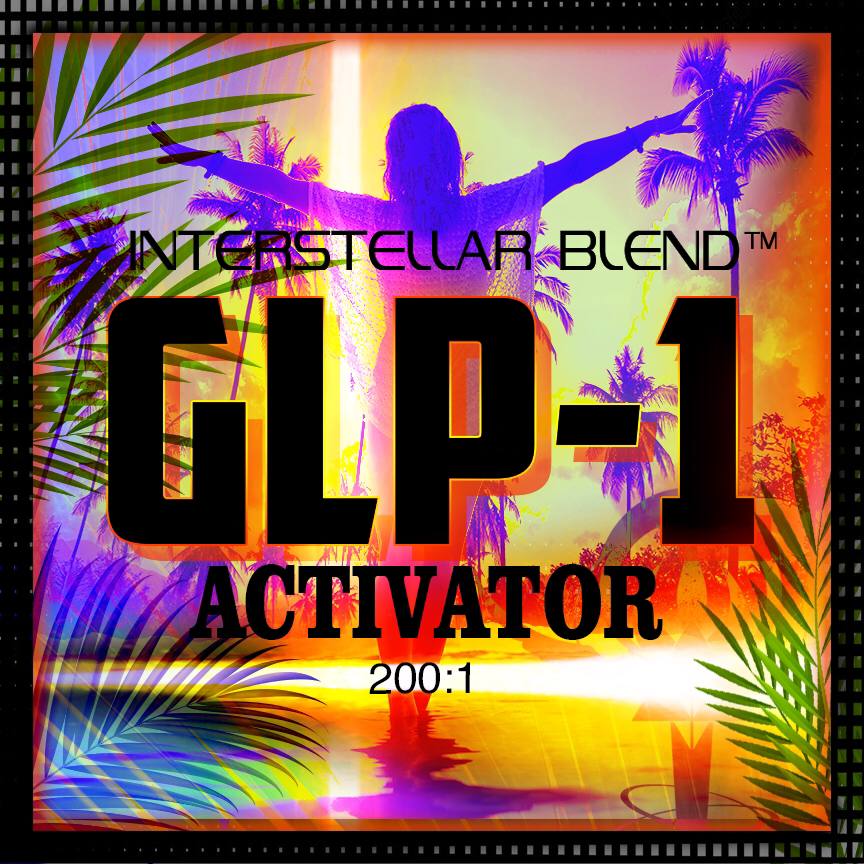
GLP-1 ACTIVATOR 200:1
August 14, 2023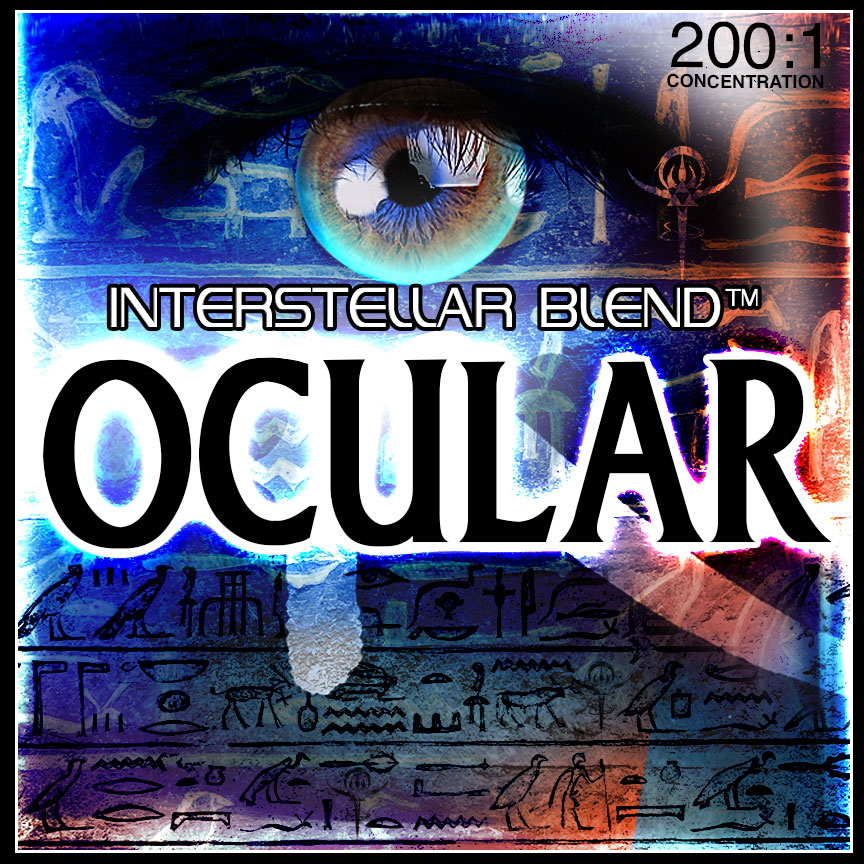
Protected: OCULAR 200:1 – COMING SOON!
November 18, 2023ANTI-FATIGUE 200:1
$275.00
INTRODUCING
INTERSTELLAR BLEND™
ANTI-FATIGUE
Zero stimulants. Zero crash. Endless jitter free natural energy for every level of mental and physical exertion.
200:1 CONCENTRATION
100g = Approx 300 1/8 tsp servings
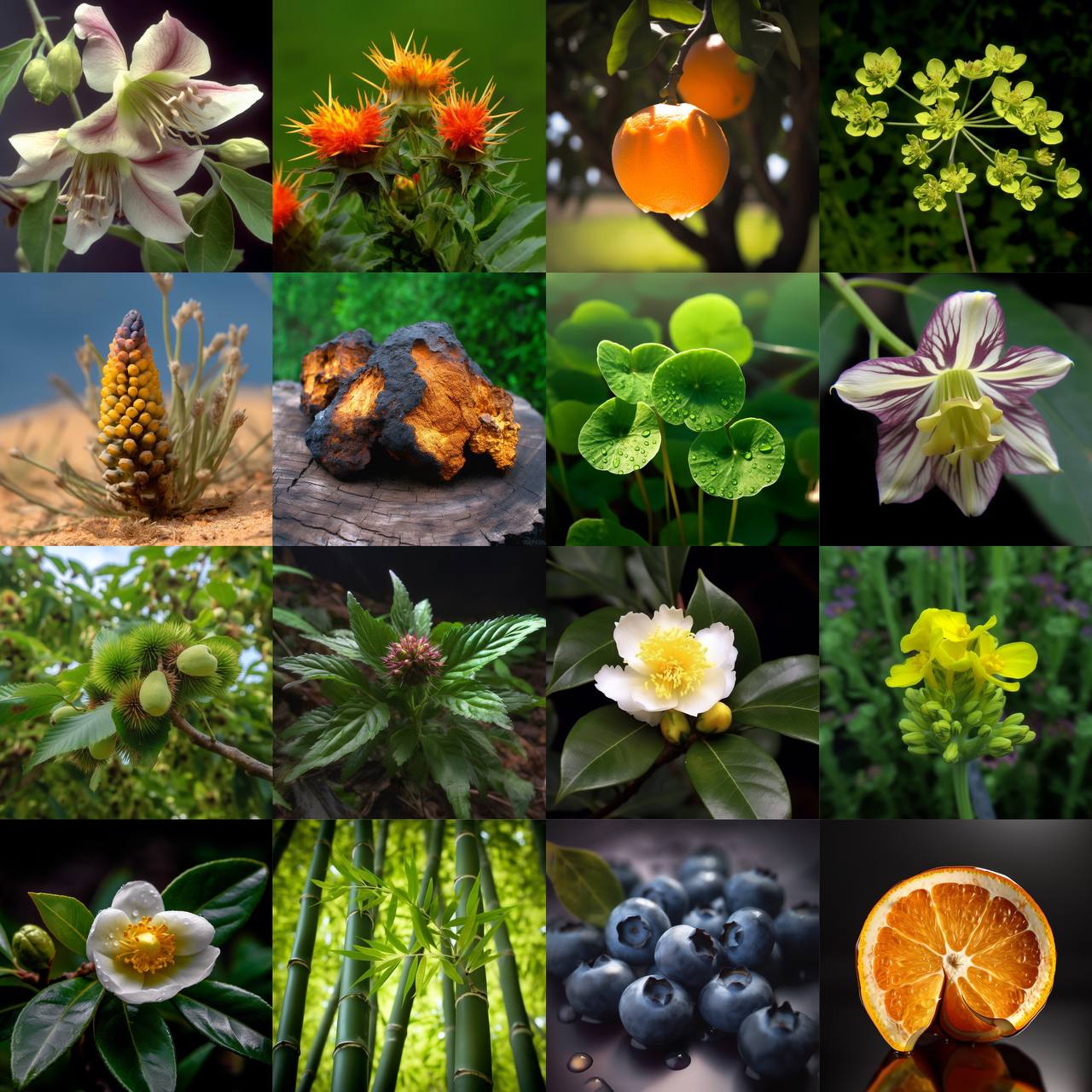
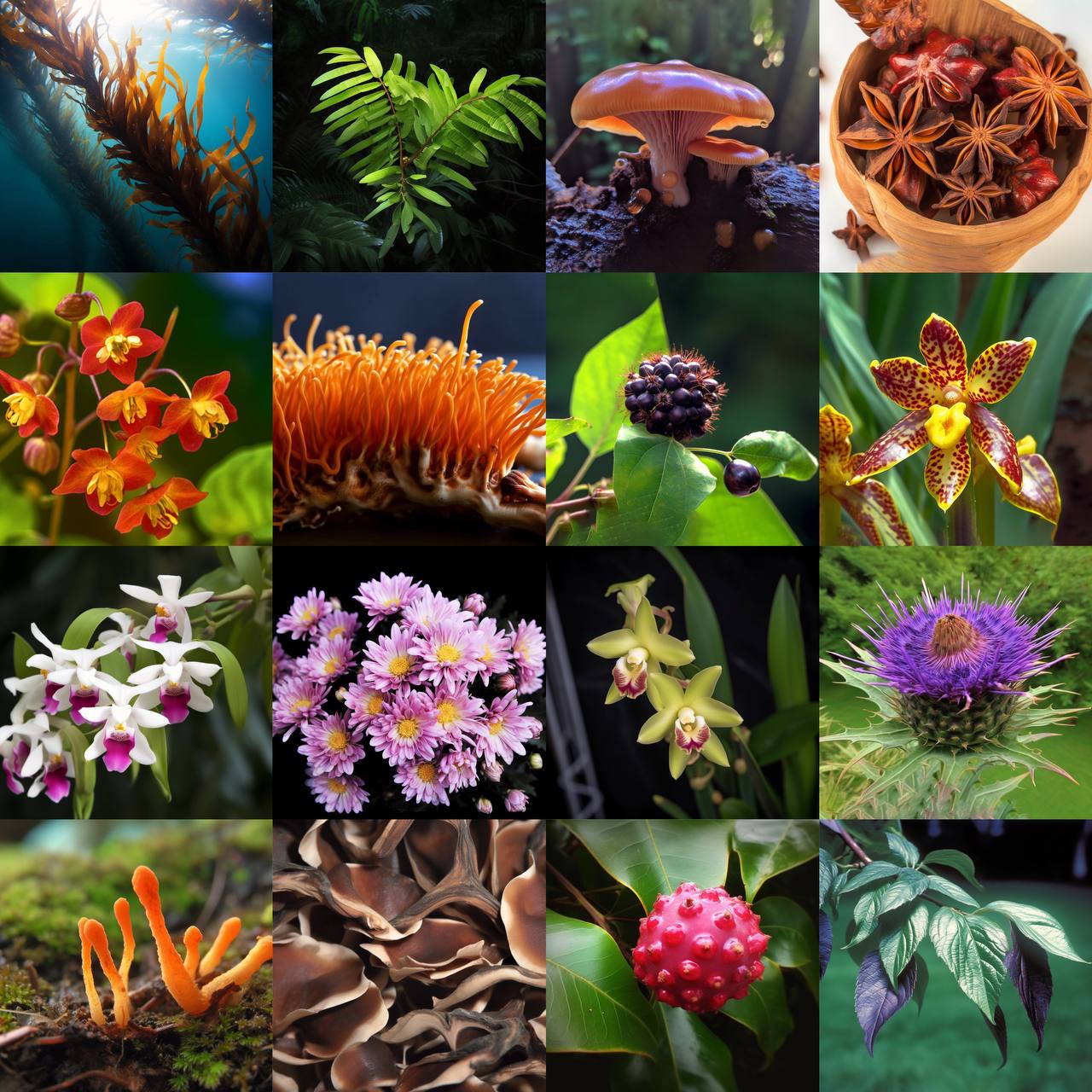

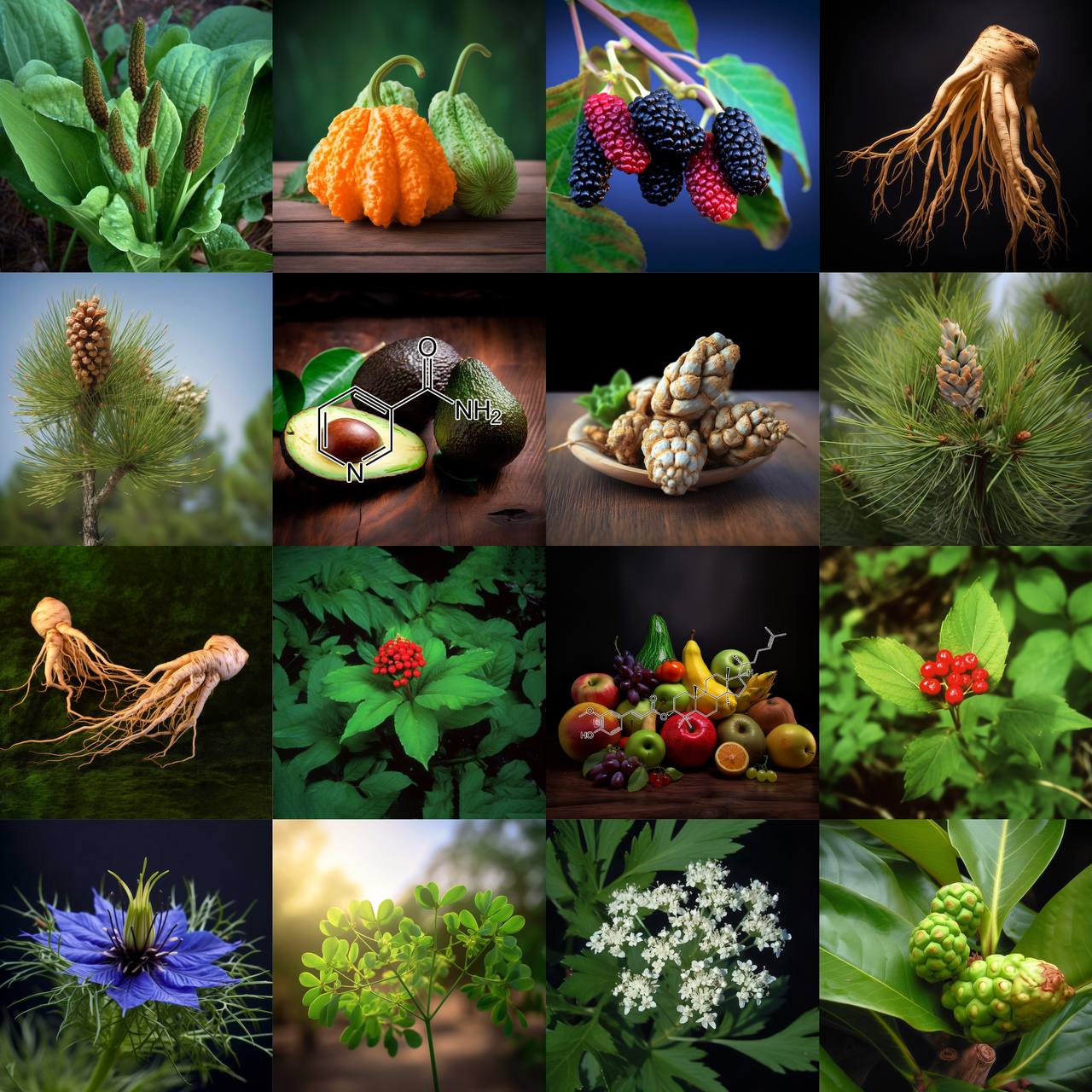
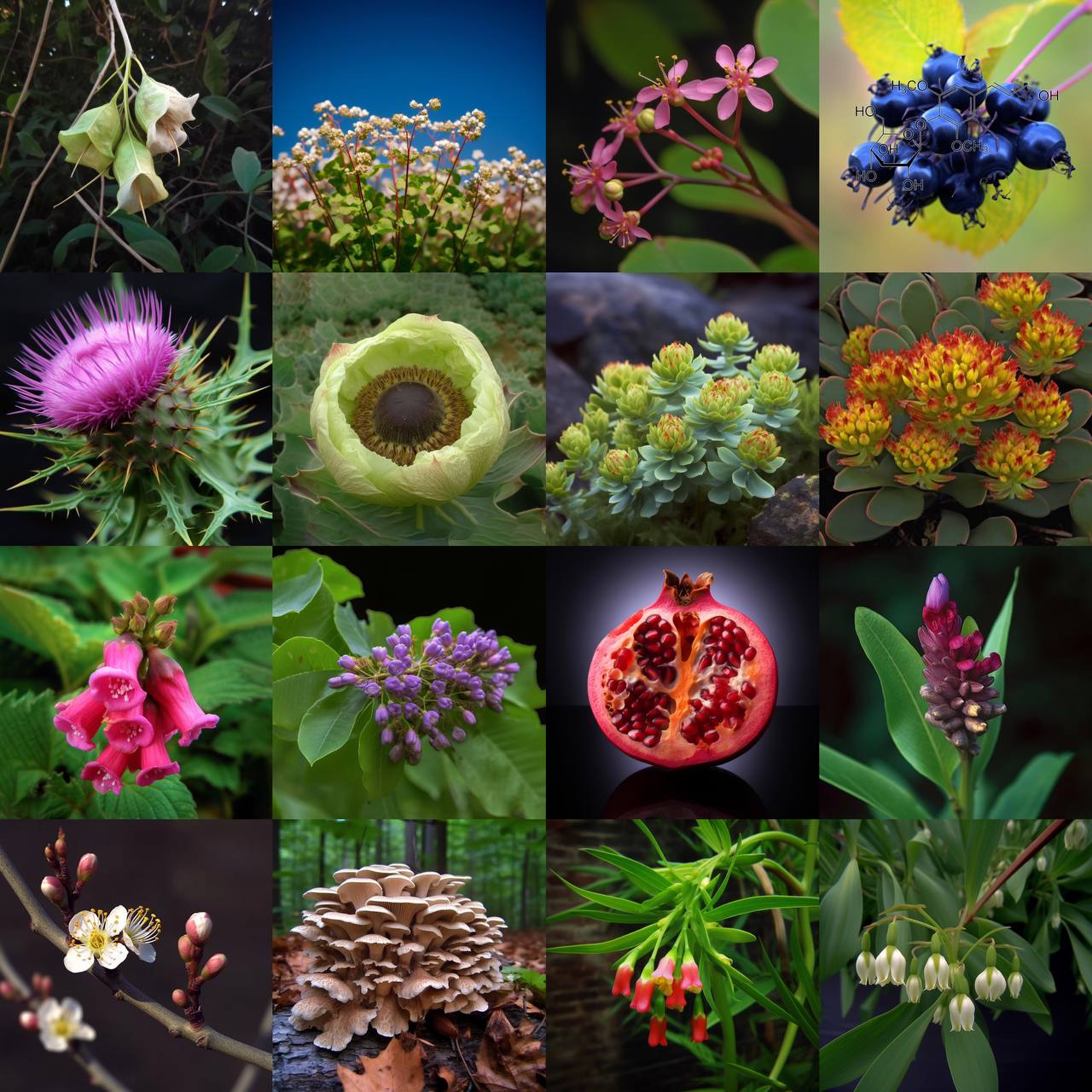
FEATURING: Abelmoschus Esculentus • Acanthopanacis Senticosi Radix Et Rhizoma Seu Caulis • Agrimonia Pilosa Ledeb. • Akebia Quinata • Allium Sativum (Garlic) • Anisomeles Indica • Antrodia Cinnamomea • Apple Pomace • Aralia Continentalis Kitagawa • Arctium Lappa Root • Asparagus Cochinchinensis • Asparagus Officinalis • Astragali Radix Praeparata Cum Melle • Astragaloside Iv • Astragalus Complanatus • Astragalus Membranaceus • Astragalus Polysaccharide (Mongolian Milkvetch) • Blueberry Polysaccharides • Brassica Rapa L. • Carthamus Tinctorius, Carthamin,Precarthamin • Cartialgenous • Castanea Mollissima • Catuaba • Caulis Bamfusae • Centella Asiatica • Chaga Mushroom Polysaccharide • Chinese Chive Seed • Chinese Thoroughwax • Cistanches Herba • Citrus Aurantium • Citrus Sinensis • Codonopsis Pilosula Polysaccharide • Codonopsis Radix • Cordyceps • Cordyceps Guangdongensis • Cornus Officinalis Sieb. • Cortex Eucommiae • Crenulatin • Cultivated Wild Ginseng • Cynara Scolymus • Dark Plum Fruit • Dendranthema Morifolium (Chrysanthemum) • Dendrobium Nobile Lindl • Dendrobium Officinale • Eleutherococcus Senticosus. Eleutheroside E • Epimedium Icariin • Eurycoma Longifolia • Fermented Deer Velvet Antler • Flarnmulina Velutipes Polysaccharides • Fructus Anisi Stellati • Fucoidan • Ganoderma Lucidum Polysaccharide • Ginkgo Biloba Leaves Total Flavone Glycosides • Ginseng Ginsenoside R91 • Ginseng Polysaccharide • Ginsenoside-Rh2 • Glossogyne Tenuifolia • Glycyrrhizic Flavone (Licorice) • Green Tea Polyphenols • Guilu Erxian Jiao • Gynostemma Gypenosides X Ⅺ • Hawthorn Flavonoids • Hericium Erinaceus Polysaccharide • Herpetospermum Caudigerum • Hovenia Dulcis • Inositol (Veggietables) • Irpex Lacteus • Jujubae Fructus • Lactobacillus Plantarum • Lentinus Edodes Polysaccharide • Lycium Chinense (Goji Berry) • Lycium Ruthenicum Murray (Black Goji Berry) • Maca • Millettiae Speciosae Champ. Leguminosae • Momordica Charantia • Morinda Officinalis • Moringa Oleifera Lam.Total Flavonoids • Mulberry Fruit • Mushrooms Polysaccharides • Nicotinamide • Nigella Sativa • Oenanthe Javanica • Oolong Tea • Oryzanol • Panacis Quinquefolii Radix Quinquenoside Rl • Panax Notoginseng Ginsenoside Rb1, Rg1, Rg2 • Panicled Fameflower Root , Pseudoginsenoside F11 • Pinus Koraiensis • Pinus Massoniana Lamb • Plantago Major L. • Polygonatum Cyrtonema • Polygonatum Kingianum • Polyporus Umbellatus Polysaccharide • Pomegranate Peel • Puerariae Radix • Radix Astragali (Huangqi) • Radix Codonopsis Lanceolatae • Radix Rehmanniae Preparata • Radix Rhizoma Glycyrrhizae • Rhizoma Atractylodis Macrocephalae (Baizhu) • Rhodiola Rosea. Salidroside • Royal Jelly • Saussureae Involucratae Herba • Seabuckthorn Flavone • Silybum Marianum • Sonchus Wightianus • Syringin (Siberian Ginseng) • Tartary Buckwheat • Tetracarpidium Conophorum • Toona Sinensis Aqueous • Tremella • Tribulus Terrestris • Tricholoma Matsutake • Trigonella Foenum-Graecum L. • Viola Odorata L. • Withania Somnifera
INGREDIENTS & SCIENCE
Abelmoschus esculentus
The aim of this study was to investigate the anti-fatigue activity of polysaccharide fractions from Abelmoschus esculentus (L.) Moench (AE) in mice. After crude polysaccharide (CAEP) was extracted from AE and purified by DEAE cellulose-52 column, two polysaccharide fractions (AEP-1 and AEP-2) were obtained. The structural analysis suggested that AEP-1 and AEP-2 were a RG-I polysaccharide and an AG-II polysaccharide, respectively.
According to the results of the weight-loaded swimming test, compared with the negative control group, the CAEP, AEP-1 and AEP-2 treatment groups could prolong the swimming time, decrease serum urea nitrogen (SUN) and blood lactic acid (BLA), and increase hepatic glycogen (HG) and muscle glycogen (MG), which indicated that okra polysaccharides have an effective anti-fatigue activity. Furthermore, our study exhibited the anti-fatigue mechanism of okra polysaccharide was correlated with retarding the accumulation of creatine kinase (CK) and lactate dehydrogenase (LDH) in serum, and enhancing succinate dehydrogenase (SDH), adenosine triphosphate (ATP) and adenosine triphosphatase (ATPase) levels. In addition, the anti-fatigue activity of AEP-1 was stronger than that of AEP-2, and significantly better than that of CAEP. Therefore, AEP-1 and AEP-2 may be the main active anti-fatigue functional substances of AE.
Antioxidant and anti-fatigue Constituents of Okra
Okra (Abelmoschus esculentus (L.) Moench), a healthy vegetable, is widely spread in tropical and subtropical areas. Previous studies have proven that okra pods possess anti-fatigue activity, and the aim of this research is to clarify the anti-fatigue constituents. To achieve this, we divided okra pods (OPD) into seeds (OSD) and skins (OSK), and compared the contents of total polysaccharides, total polyphenols, total flavonoids, isoquercitrin, and quercetin-3-O-gentiobiose and the antioxidant activity in vitro and anti-fatigue activity in vivo between OSD and OSK. The contents of total polyphenols and total polysaccharides were 29.5% and 14.8% in OSD and 1.25% and 43.1% in OSK, respectively.
Total flavonoids, isoquercitrin and quercetin-3-O-gentiobiose (5.35%, 2.067% and 2.741%, respectively) were only detected in OSD. Antioxidant assays, including 1-diphenyl-2-picrylhydrazyl (DPPH) scavenging, ferric reducing antioxidant power (FRAP) and reducing power test, and weight-loaded swimming test showed OSD possessed significant antioxidant and anti-fatigue effects. Moreover, biochemical determination revealed that that anti-fatigue activity of OSD is caused by reducing the levels of blood lactic acid (BLA) and urea nitrogen (BUN), enhancing hepatic glycogen storage and promoting antioxidant ability by lowering malondialdehyde (MDA) level and increasing superoxide dismutase (SOD) and glutathione peroxidase (GSH-PX) levels. These results proved okra seeds were the anti-fatigue part of okra pods and polyphenols and flavonoids were active constituents.
Okra, Abelmoschus esculentus (L.) Moench, an annual herbaceous plant, is widely distributed in tropical and subtropical regions. Water-soluble pectic hydrocolloids from okra stems (HOS) were extracted and purified using polydivinylbenzene HP-20 resins. The sugar composition of the purified HOS with an weight-average molecular weight of 178.4 ± 2.1 kDa and a polydispersity index of 1.02 ± 0.02 contained galacturonic acid (34%), galactose (31%), rhamnose (21%), arabinose (4.2%), glucuronic acid (2.5%), xylose (1.2%), and other monosaccharides (6.1%) by weight.
Its favorable rheological behaviors were evident on relatively higher concentrations (20, 25, and 30 mg/mL) and moderately lower pH levels (3 and 5) of HOS. The anti-fatigue experiments in vivo demonstrated that a high dose of HOS (450 mg/kg feed) prolonged the exhaustive swimming time of mice, significantly induced an increase in blood glucose and glycogen, and decreased lactic acid and serum urea nitrogen levels. HOS digestion in vivo was fairly conducive to the improvement of energy storage capacity and renal function for physically induced fatigue, compared with the conventional herbal supplement Panax quinquefolium. Accordingly, HOS exhibits potential for reutilization of okra stem waste.
Acanthopanax senticosus
A review on the immunomodulatory activity of Acanthopanax senticosus and its active components
Acanthopanacis Senticosi Radix et Rhizoma seu Caulis, the dried root and rhizome or stem of Acanthopanax senticosus, is commonly known as Siberian ginseng or Ciwujia in Chinese. It is used all over the world as an adaptogen to enhance physical and mental performance for the sake of normal physiological functioning of human bodies under stress. In the theory of traditional Chinese medicine, Ciwujia can strengthen the spleen that is an essential organ for immunological response. Its traditional applications include inflammation, fatigue and cancer in which the immune-regulating function is always involved.
Objective: To optimize extraction and purification processes of sedative and anti-fatigue ingredients from Acanthopanacis Senticosi Radix Et Rhizoma Seu Caulis.
Method: The contents of sedative and anti-fatigue ingredients were determined by HPLC,chromatographic conditions were as follows: TechMate C18column( 4. 6 mm × 250 mm,5 μm),detection wavelengths of syringin,acanthopanax E,isofraxidin at 265,209,344 nm,flow rate 1. 0 mL·min- 1,column temperature 30 ℃,injection volume 10 μL,mobile phase of acetonitrile-0. 1% formic acid gradient elution. With the contents of syringin,eleutheroside E,isofraxidin as comprehensive evaluation index, orthogonal test was adopted to optimize extraction technology with ethanol concentration,extraction times and ethanol amount as factors,types of macroporous resin was screened by static adsorption-elution test, purification technology of sedative and anti-fatigue ingredients from Acanthopanacis Senticosi Radix Et Rhizoma Seu Caulis was optimized by single factor tests.
Result: Optimum extraction process was as following: extracted 3 times with 10-fold the amount of 70% ethanol,1 h each time. D101 macroporous resin was selected,optimum purification technology was: sample volume 1∶ 1. 3-1∶ 1. 4,the concentration of sample solution was 0. 33 g ·mL- 1,eluted with 3. 5 BV 30% ethanol,purify of sedative and anti-fatigue ingredients18. 35%.
Conclusion: Optimized extraction technology was reliable and repeatable,yield of active ingredients of Acanthopanacis Senticosi Radix Et Rhizoma Seu Caulis had satisfactory results.
anti-fatigue compound preparation of ginseng and acanthopanax
The invention provides an anti-fatigue compound preparation of ginseng and acanthopanax, wherein preparation for the anti-fatigue compound preparation by mixing the extracts of ginseng and acanthopanax has prominent advantages compared with the independent taking of the ginseng or the acanthopanax. On one hand, all the side effects brought by the independent and long-term taking of the ginseng or the acanthopanax are overcome; on the other hand, the influences of animal experiments on the indexes of mouse swimming, serum urea nitrogen, hepatic glycogen and blood lactate indicate that the anti-fatigue compound preparation provided by the invention enhances effects of tonifying qi and resisting fatigue via compound and proportional preparation for the ginseng and the acanthopanax.
Agrimonia pilosa
A Textual Research on the Name and Reality of Plants; it is described as being used for treating scrofula in the book Weiyao Tiao-bian; and it is described as being a strong astringent and hemostatic agent with cardiac effects in Modern Practical Chinese Medicine, treating he- moptysis in lung disease, intestinal bleeding, gastric ulcer bleeding, uterine bleeding, dental bleeding, hemorrhoid bleeding, and liver ab-scess. APL has antioxidant, analgesic, anti-inflammatory, anti-cancer, anti-tumor, and gastrointestinal protective effects. In addition, APL has other pharmacological effects, including anti-coagulant and anti-fatigue effects.
The pharmacological activity of A. pilosa may be attributed primarily to its phenolic compounds agrimoniin, catechin, quercetin, and rutin. A. pilosa has been commonly used in Korea and other Asian countries as a natural flavoring agent and to prevent or treat various diseases, such as hemorrhage, chronic fatigue syndromes, and liver disorders.
Akebia quinata
Ethnopharmacological relevance: Akebia quinata Decaisne extract (AQE; Lardizabalaceae) is used in traditional herbal medicine for stress and fatigue-related depression, improvement of fatigue, and mental relaxation.
Aim of the study: To clarify the effects of AQE on stress-induced fatigue, we investigated the neuroprotective pharmacological effects of A. quinata Decaisne in mice exposed to chronic restraint stress.
Materials and methods: Seven-week old C57BL/6 mice chronically stressed by immobilization for 3 h daily for 15 d and non-stressed control mice underwent daily oral administration of AQE or distilled water. The open field, sucrose preference, and forced swimming behavioral tests were carried out once weekly, and immunohistochemical analyses of NeuN, brain-derived neurotrophic factor (BDNF), phosphorylated cAMP response element-binding (CREB) protein, and BDNF receptor tropomyosin receptor kinase B (TrkB) in striatum and hippocampus were performed at the end of the experimental period. Brain levels of serotonin, adrenaline, and noradrenaline as well as serum levels of corticosterone were measured.
Conclusion: AQE may have a neuroprotective effect and ameliorate the effects of stress and fatigue-associated brain damage through mechanisms involving regulation of BDNF-TrkB signaling.
Five-leaf akebia is a dietary supplement made from the root of the Akebia quinata plant. It is used in traditional Chinese medicine to treat a variety of ailments, including fatigue, anemia, and digestive issues. It is also believed to have antioxidant and anti-inflammatory properties.
Allium sativum (Garlic)
Garlic as an anti-fatigue agent
More than three thousand publications in the past have confirmed the efficacy of garlic for the prevention and treatment of a variety of diseases, acknowledging and validating its traditional uses. Garlic is also used for the treatment of fatigue, although the mechanism involved remain unclear. The anti-fatigue function of garlic may be closely related to its many favorable biological and pharmacological effects. In animal studies, garlic has been shown to promote exercise endurance.
Differences in the methods of processing garlic result in differences in the intensity of its anti-fatigue effect, and the most favorable form of processing has been shown to be extraction of raw garlic followed by its natural aging for a long period in a water-ethanol mixture. In human studies, it has been confirmed that garlic produces symptomatic improvement in persons with physical fatigue, systemic fatigue due to cold, or lassitude of indefinite cause, suggesting that garlic can resolve fatigue through a variety of actions. Recently, primarily in Japan, attempts have been made to measure the intensity of fatigue objectively and quantitatively using biomarkers. Currently available data strongly suggest that garlic may be a promising anti-fatigue agent, and that further studies to elucidate its application are warranted.
Based on the antiinflammatory properties of garlic, current study was conducted to evaluate the garlic supplement effects on serum levels of some inflammatory biomarkers, clinical symptoms, and fatigue in women with active rheumatoid arthritis. In this randomized, double-blind, placebo-controlled trial study, 70 women with RA were randomly divided into two groups: The intervention group was supplemented with 1,000 mg of garlic, and the control group received placebo for 8 weeks. At baseline and at the end of the study, clinical symptoms, fatigue, serum level of C-reactive protein (CRP), tumor necrosis factor-a (TNF-a), and erythrocyte sedimentation rate (ESR) were determined.
After intervention, serum levels of CRP (p = .018) and TNF-a (p < .001) decreased significantly in the garlic group as compared with the placebo group. Also, pain intensity, tender joint count, disease activity score (DAS-28), and fatigue were significantly decreased in the intervention group compared with the control group (p < .001; for all). Swollen joint count was significantly decreased in the garlic group (p < .001), but not in the placebo group (p = .123). No significant changes were observed for ESR. Garlic supplementation by improving inflammatory mediators and clinical symptoms can be considered as a potential adjunct treatment in patients with RA. However, further studies with larger duration are needed.
Garlic is useful in preventing beriberi and scurvy and used to combat stress and fatigue (Sethi et al., 2014). Garlic juice can be used as a vermifuge. In cases of pulmonary tuberculosis, sterility, and impotency, as well as red eyes, the doctor suggested inhaling garlic oil (Alam et al., 2016).
Anisomeles indica
anti-fatigue Effect of Aqueous Extract of Anisomeles indica (L) Kuntze in Mice
Purpose: To determine the anti-fatigue effect of Anisomeles indica (L.) Kuntze, an herb traditionally used for health improvement in Taiwan.
Methods: Three groups (n = 10 per group) of Balb/c female mice were administered A. indica aqueous extract orally for 28 days at 125 (low dose A. indica, LA), 250 (medium dose A. indica, MA), and 500 (high dose A. indica, HA) mg/kg/day, respectively, while a control group received distilled water. After 28 days, a forced swimming test was performed, and biochemical parameters including plasma triglyceride (TG), glucose, lactate and ammonia levels related to fatigue were examined.
Results: No mice died during the study period. Physical examinations did not reveal any treatmentrelated adverse effects after dosing, in terms of food and water consumption. Moreover, no obvious peptic ulcers, haemorrhage, or pathological changes in the liver or kidney were observed in A. indica treated mice, and there were no significant differences in body weight between the control and treatment groups (p > 0.05). Mice treated with A. indica extract in the MA and HA groups showed significantly prolonged exhaustive swimming time (p < 0.05), increased hepatic glycogen and muscle glycogen levels (p < 0.05), and decreased triglyceride and plasma ammonia levels (p < 0.05) in a dosedependent manner, compared with the controls. However, plasma glucose and lactic acid levels were not significantly changed (p > 0.05).
Conclusion: These results provide the first in vivo evidence supporting the anti-fatigue claims associated with A. indica treatment, indicating that this traditional herb may be of therapeutic use as an ergogenic and anti-fatigue agent.
Antrodia cinnamomea
Tricholoma matsutake has been popular as food and biopharmaceutical materials in Asian countries for its various pharmacological activities. The present study aims to analyze the antifatigue effects on enhancing exercise performance of Tricholoma matsutake fruit body (ABM) and liquid cultured mycelia (TM) in mouse model. Two-week Tricholoma matsutake treatment significantly enhances the exercise performance in weight-loaded swimming, rotating rod, and forced running test. In TM- and ABM-treated mice, some factors were observed at 60 min after swimming compared with nontreated mice, such as the increased levels of adenosine triphosphate (ATP), antioxidative enzymes, and glycogen and the reduced levels of malondialdehyde and reactive oxygen species in muscle, liver, and/or serum. Further data obtained from western blot show that CM and ABM have strongly enhanced the activation of 5′-AMP-activated protein kinase (AMPK), and the expressions of peroxisome proliferator have activated receptor γ coactivator-1α (PGC-1α) and phosphofructokinase-1 (PFK-1) in liver.
Our data suggest that both Tricholoma matsutake fruit body and liquid cultured mycelia possess antifatigue effects related to AMPK-linked antioxidative pathway. The information uncovered in our study may serve as a valuable resource for further identification and provide experimental evidence for clinical trials of Tricholoma matsutake as an effective agent against fatigue related diseases.
Apple Pomace Extract
Ursolic acid is a lipophilic pentacyclic triterpenoid found in many fruits and herbs and is used in several herbal folk medicines for diabetes. In this study, we evaluated the effects of apple pomace extract (APE; ursolic acid content, 183 mg/g) on skeletal muscle atrophy. To examine APE therapeutic potential in muscle atrophy, we investigated APE effects on the expression of biomarkers associated with muscle atrophy and hypertrophy. We found that APE inhibited atrophy, while inducing hypertrophy in C2C12 myotubes by decreasing the expression of atrophy-related genes and increasing the expression of hypertrophy-associated genes.
The in vivo experiments using mice fed a diet with or without APE showed that APE intake increased skeletal muscle mass, as well as grip strength and exercise capacity. In addition, APE significantly improved endurance in the mice, as evidenced by increased exhaustive running time and muscle weight, and reduced the expression of the genes involved in the development of muscle atrophy. APE also decreased the concentration of serum lactate and lactate dehydrogenase, inorganic phosphate, and creatinine, the indicators of accumulated fatigue and exercise-induced stress. These results suggest that APE may be useful as an ergogenic functional food or dietary supplement.
Polysaccharides from apple pomace exhibit anti-fatigue activity through increasing glycogen content
The polysaccharides were isolated from apple pomace by hot-water extraction, and their anti-fatigue activity was evaluated in C2C12 muscle myoblasts and male Kunming mice. The purified polysaccharides from apple pomace (PAP) have a molecular weight of 1.74 × 105 Da and were composed of mannose, rhamnose, glucose, galactose and arabinose. In C2C12 myoblasts, PAP showed no cytotoxicity in the concentrations of 0-300 μg/ml. PAP treatment increased the glycogen content, while the ATP content was not affected in C2C12 myoblasts. Further investigation found that the activity and gene expression of glycogen synthase, rather than glycogen phosphorylase, were upregulated by PAP treatment.
The studies in vivo showed that PAP treatment did not affect the food intake and weight again in mice. Importantly, PAP prolonged the exhaustive swimming time, increased hepatic and skeletal muscle glycogen levels, and effectively inhibited the accumulation of blood lactic and blood urea nitrogen in mice. Taken together, the results suggested that PAP exhibit anti-fatigue activity in vitro and in vivo through increasing glycogen content.
The anti-fatigue effects and structure-activity relationship of apple polysaccharides (APPs), the active components in apple pomace, remain unknown. We examined the effects of different extraction methods on polysaccharide structures and anti-fatigue activities. Additionally, the structural and biochemical properties of APPs prepared under acidic (ACAPP) or alkaline (ALAPP) conditions, were characterised. ACAPP and ALAPP were acidic heteropolysaccharides primarily comprising arabinose, rhamnose, galactose, glucose, xylose and galacturonic acid. The molecular weights of ACAPP and ALAPP were 110 kDa and 89.6 kDa, respectively. ALAPP had more branched chains than ACAPP and showed stronger free radical-scavenging and anti-fatigue properties.
The anti-fatigue properties of APPs correlated with their anti-oxidant activities and were exerted through eliminating free radicals and mediating an oxidative balance. The stronger anti-fatigue activity of ALAPP is probably related to its structural characteristics. Collectively, our study provides a fundamental basis for the development and use of APPs in medicine and functional foods.
Aralia continentalis kitagawa
The present study aimed to evaluate the anti-fatigue effects of Aralia continentalis kitagawa (AC) extract during exhaustive exercise of rats by forced swimming. Rats were subjected to forced swimming until exhausted after pre-treatment with AC extract for 21 days. Exhaustion time significantly increased in rats treated with AC extract. AC treatment also preserved blood homeostasis during fatigue due to exhaustive exercise. For fatigue-related serum biomarkers, AC extract significantly fail to decrease glucose and triglyceride (TG), but ameliorated increased lactate levels compared with levels in control rats.
Metabolic acidosis, a major cause of fatigue, was effectively attenuated by AC extract, according to metabolic acidosis-related blood parameters. AC extract suppressed muscle injury and attenuated gastrocnemius muscle apoptotic responses due to exhaustive exercise. To investigate the mechanisms behind the AC extract anti-fatigue effect, we evaluated its effect on oxidative stress-related fatigue. We showed that pro-oxidants were inhibited, while antioxidants were preserved by AC extract treatment.
Therefore, the anti-fatigue effect of AC extract was mediated by suppression of oxidative stress. Overall, the study demonstrated that AC extract effectively attenuates fatigue from exhaustive exercise through oxidative stress inhibition. AC extract, as an antioxidant, could be utilized as a therapeutic or preventive strategy against exhaustive exercise fatigue.
Arctium lappa
Antioxidant Activity of Arctium lappa L. and Its Effect on Biochemical Parameters in Exercised Rats
The root of the medicinal plant locally known as burdock (Arctium lappa L.) has long been cultivated as a popular vegetable across Taiwan for human consumption and traditional medicine. The present study is to investigate the antioxidant activity of Arctium lappa and its effect on biochemical parameters in exercised rats. The extract of root of burdock was prepared and then subjected to analysis of polyphenols and 2,2-diphenyl-1 picrylhydrazyl (DPPH) free radical scavenging activity. Sprague-Dawley rats were divided into five groups including control (fed with drinking water) and three groups of different doses of burdock extracts (BE). After eight weeks, an exhaustive exercise test on a treadmill and the measurement of biochemical parameters related to fatigue were carried out.
The results revealed that burdock extract was able to extend significantly the endurance time of treadmill running to exhaustion, as well as decreasing the blood lactate and serum urea nitrogen contents with comparison to that of control group. Malondialdehyde level of rats in burdock extract treated groups were significantly decreased, while superoxide dilmutase (SOD) were significantly increased compared with that of control group. The results shows that Arctium lappa is capable of ameliorating biochemical parameters related to fatigue in the exercised rat model that could be associated with the antioxidant polyphenols with free radical scavenging activities.
Effect of burdock extract on physical performance and physiological fatigue in mice
Burdock (BD) is a common vegetable with many pharmacological properties. However, few studies have examined the effect of BD on exercised performance and physical fatigue. We aimed to evaluate the potential beneficial effects of BD on fatigue and ergogenic functions following physical challenge in mice. Methods: Male ICR mice were divided into four groups to receive either vehicle, or BD at 348.5, 697 or 1,742.5 mg/kg/day, by daily oral gavage for 4 weeks.
Exercise performance and fatigue were evaluated from forelimb grip strength, exhaustive swimming time, and post-exercise levels of physical fatigue-related biomarkers serum lactate, ammonia, glucose, and creatine kinase (CK). Results: BD supplementation elevated endurance and grip strength in a dose-dependent manner. It also significantly decreased lactate, ammonia, and CK levels after physical challenge. In addition, BD supplementation had few subchronic toxic effects. Conclusions: Supplementation with BD has a wide spectrum of bioactive effects, including health promotion, performance improvement, and fatigue reduction.
Cancer-induced cachexia is a wasting syndrome related to various cancers, affecting body weight with loss of skeletal muscle and adipose tissue [1]. Because of these symptoms, patients who suffer from cachexia experience anorexia, fatigue, anemia, and edema [2]. These symptoms reduce cancer patients’ quality of life and reduce the efficiency of therapies such as chemotherapy and radiotherapy [3]. Furthermore, systemic inflammatory responses and skeletal muscle loss are caused by cancer, and chemotherapy makes the cachexia much worse [4,5,6]. More than half of cancer patients suffer from cachexia, and approximately 20% of them die because of cachexia [7]. However, there is still no apparent treatment drug.
Withania Somnifera (Ashwagandha)
Results: The median age distributions in the study and control arm were 51 years (range = 36-70) and 50.5 years (range = 32-71), respectively. The majority (77%) of patients had stage II and III disease. Patients in the control arm experienced statistically significant higher estimated marginal means of fatigue score compared with the study group (P < .001 PFS, P < .003 SCFS-6).
Furthermore, various symptom scales of the EORTC QLQ-C30 were statistically significant in 7 out of 18 symptoms in the intervention group compared with the control group (P < .001). The 24-month overall survival for all stages in study and control group patients were 72% versus 56%, respectively; however, the result was not significant (P = .176), at a median follow-up duration of 26 months.
Conclusions: Withania somnifera has potential against cancer-related fatigue, in addition to improving the quality of life. However, further study with a larger sample size in a randomized trial is warranted to validate our findings.
Phytotherapy with Ashwagandha root is becoming more common, but it is important to note that the preparations are not recommended for all patients without controlling the other therapies they are receiving. Patients with hyperthyroidism experiencing symptoms such as irritability, restlessness, nervousness, anxiety, hand trembling, palpitations, psychomotor agitation, muscle weakness and fatigue, and decreased libido may be included in this group. Although preparations containing vitania sluggard root have proven efficacy in relieving the above-mentioned symptoms, their use in people with hyperthyroidism is contraindicated, as they exacerbate the effects of the disease. As studies show, this raw material increases the concentration of 3,3’,5-triiodothyronine (T3) and tetraiodothyronine (T4), which is unfavourable in hyperthyroidism [144].
Withania somnifera is an herb with antioxidant, anti-inflammatory, anticancer, antistress, and adaptogenic properties. Previous studies have shown its antistress effects in animals. Traditional Indian medicine has used it for centuries to alleviate fatigue and improve general well-being.
Methods. This is an open-label prospective nonrandomized comparative trial on 100 patients with breast cancer in all stages undergoing either a combination of chemotherapy with oral Withania somnifera or chemotherapy alone. The chemotherapy regimens were either taxotere, adriamycin, and cyclophosphamide or 5-fluorouracil, epirubicin, and cyclophosphamide. Withania somnifera root extract was administered to patients in the study group at a dose of 2 g every 8 hours, throughout the course of chemotherapy. The quality-of-life and fatigue scores were evaluated before, during, and on the last cycles of chemotherapy using the EORTC QLQ-C30 (Version 3), Piper fatigue Scale (PFS), and Schwartz Cancer fatigue Scale (SCFS-6).
Results. The median age distributions in the study and control arm were 51 years (range = 36-70) and 50.5 years (range = 32-71), respectively. The majority (77%) of patients had stage II and III disease. Patients in the control arm experienced statistically significant higher estimated marginal means of fatigue score compared with the study group (P < .001 PFS, P < .003 SCFS-6). Furthermore, various symptom scales of the EORTC QLQ-C30 were statistically significant in 7 out of 18 symptoms in the intervention group compared with the control group (P < .001). The 24-month overall survival for all stages in study and control group patients were 72% versus 56%, respectively; however, the result was not significant (P = .176), at a median follow-up duration of 26 months.
Conclusions. Withania somnifera has potential against cancer-related fatigue, in addition to improving the quality of life. However, further study with a larger sample size in a randomized trial is warranted to validate our findings.
Asparagus cochinchinensis
Total ethanol extract of chinese drugs was administered to mice for 4 weeks (small dosage group) and 3 days (large dosage group), and its anti-fatigue effects and hepatonic activities were compared with those of P. ginseng and A. sessiliflorum. 1. In the long-term administration of extracts, the swimming performance peaked at 2 weeks, and the recovery effects on the intoxicated liver appeared to be significant in the extracts of P. officinale, P. cocos and A. cochinchinensis among tested chinese drugs. 2. The large dose administration of extracts gave high improvement of recovery effect on the intoxicated liver.
adaptogenic property of Asparagus racemosus: Future trends and prospects
The phytoadaptogens (i.e., adaptogens from plant origin) are the vital medicaments since human existence, as these therapeutic agents aid in coping stress response in the alarm phase or thwart the exhaustion phase and consequentially provide some degree of non-specific resistance from chronic/long-term stress. Moreover, they tend to exhibit pleiotropic actions on the neuroendocrine-immunological system. Hence in the contemporary era, the rationale use of adaptogens is linked chiefly to counteract stress-induced fatigue, anxiety, depression, cognitive impairment, and other neurodegenerative ailments.
Asparagus officinalis
Evaluation of Anxiolytic-Like Effect of Aqueous Extract of Asparagus Stem in Mice
As traditional medicine spreads extensively worldwide, edible herbs have become an increasingly important ingredient in functional foods and therapeutic drugs. In India, traditional folk medicine uses the roots of Asparagus officinalis L. to promote improvement in physical and mental health [11–13]. Component analysis showed that asparagus are rich in saponins from Asparagus officinalis (17.8%), aspartic acid (6.1%, accounting to one third of total amino acid), and gamma-amino butyric acid (1.0%).
Aspartic acid is an amino acid that participates in hormone production and nervous system function. Specifically, aspartic acid contributes to fight fatigue and other symptoms related to stamina deficiency. The brain converts glutamine into glutamic acid and increases the amount of gamma-aminobutyric acid (GABA), which is needed to sustain proper brain function and mental activity [20, 21]. Naturally existing GABA in AEAS also participates importantly in relieving stress and exhibiting anxiolytic effect.
[Pharmacological study on Asparagus officinalis Linn].
Our experiment shows that Asparagus officinalis can increase the clearance rate of charcoal particles and the weight of immune organs in mice, and thus helps to facilitate their anti-fatigue, anoxia tolerance, analgesia and memory improvement, as well as decrease the contents of lipid peroxide (LPO) in plasma, liver and brain of the animal.
Astragali RadiX
To provide a basis for the establishment of the commodity grade of Astragali Radix (AR), we compared the chemical components and the anti-fatigue effect of different grades of AR. The components of primary metabolites were analyzed by 1H NMR and the contents of five flavonoids were determined by HPLC-UV with different grades of AR. fatigue efficacy of different grades of AR was compared. All the procedures were approved by the Laboratory Animal Ethics Committee of the Shanxi University. The results showed that the content of water soluble extracts (WSE) of the Grade Ⅱ AR was the lowest, and 21 compounds were identified through 1H NMR spectrum. There are 3 components showing a higher content in the Grade-top AR, and 7 components were higher in the Grade-Ⅳ, and 7 other components were higher in the Grade-Ⅱ AR. Total flavonoid content was the highest in Grade-Ⅱ but it was the lowest in the Grade-Ⅳ.
Pharmacodynamic results showed that AR could significantly enhance the exhaustion time of rats and improve the biochemical indexes of serum and gastrocnemius muscle, and the best anti-fatigue effect was observed with Grade -Ⅱ AR. Therefore, chemical composition and efficacy index were used to evaluate the quality of different grades of AR, and the quality evaluation approach was established based on chemical and pharmacological effects to provide a scientific basis for the development of AR. The study may provide useful information for construction of the quality grade standard of AR.
Objectives: To investigate the anti-fatigue effects of Myelophil, an extract of a mix of Astragali Radix and Salviae Radix, which has been used to treat patients with chronic fatigue.
Subjects and design: A randomised, double-blind, controlled clinical trial was performed with 36 adults who complained of chronic fatigue. The subjects were divided among a control group and low- and high-dose groups (3 or 6 g of oral Myelophil per day, respectively) and were monitored for 4 weeks. fatigue severity was subjectively characterised, and the expression of 42 cytokines was evaluated using an antibody array.
Results: Myelophil administration (3 g per day) significantly decreased the fatigue severity score compared with the control (p < 0.05). No changes were noted in cytokine expression.
Conclusions: Myelophil appears to have a pharmacological effect against fatigue, suggesting the clinical relevance of the traditional medicinal plants, Astragalus membranaceus and Salvia miltiorrhiza.
H NMR based metabolomic study of the anti-fatigue effect of Astragali Radix
Astragali Radix (Huangqi), a well-known traditional Chinese medicinal plant, has been used for centuries as a reinforcing vital energy herb in China. In this study, the anti-fatigue effect of Astragali Radix was investigated by an 1H NMR based metabolomic approach coupled with multivariate statistical analysis.
The results indicated that oral administration of Astragali Radix at a dose of 3 g kg−1 body weight could significantly prolong the exhaustive swimming time of rats, and alter the serum and urine metabolome. The rats treated by Astragali Radix extracts showed higher levels of glucose, creatine, glycine, citrate, guanidinoacetate, allantoin, dimethylglycine, dimethylamine (DMA), creatinine, betaine and malate and lower levels of lactate, choline species, O-acetylated glycoproteins (OAG), glycerol, β-OH-butyrate, α-ketoglutarate, trimethylamine (TMA) and hippurate. And these metabolic changes indicated that Astragali Radix facilitated recovery from fatigue by regulating the glycometabolism, lipid metabolism and energy metabolism. Chemical analysis showed that various components were present in the Astragali Radix extracts, and the bioactive compounds responsible for the anti-fatigue activity should be further investigated.
Astragalus membranaceus
Astragalus membranaceus (AM) is a popular “Qi-tonifying” herb with a long history of use as a Traditional Chinese Medicine with multiple biological functions. However, evidence for the effects of AM on exercise performance and physical fatigue is limited. We evaluated the potential beneficial effects of AM on ergogenic and anti-fatigue functions following physiological challenge. Male ICR strain mice were randomly assigned to four groups (n = 10 per group) for treatment: (1) sedentary control and vehicle treatment (vehicle control); (2) exercise training with vehicle treatment (exercise control); and (3) exercise training with AM treatment at 0.615 g/kg/day (Ex-AM1) or (4) 3.075 g/kg/day (Ex-AM5).
Both the vehicle and AM were orally administered for 6 weeks. Exercise performance and anti-fatigue function were evaluated by forelimb grip strength, exhaustive swimming time, and levels of serum lactate, ammonia, glucose, and creatine kinase after 15-min swimming exercise. Exercise training combined with AM supplementation increased endurance exercise capacity and increased hepatic and muscle glycogen content. AM reduced exercise-induced accumulation of the byproducts blood lactate and ammonia with acute exercise challenge. Moreover, we found no deleterious effects from AM treatment. Therefore, AM supplementation improved exercise performance and had anti-fatigue effects in mice. It may be an effective ergogenic aid in exercise training.
Astragalus on the anti-fatigue effect in hypoxic mice
Objective: Astragalus is a traditional Chinese medicine to improve the function of the body. The purpose of this study is to investigate the effect of astragalus on improvement of anti-fatigue capacity in mice under simulated plateau environment.
Methods: Male Kunming mice were randomly divided into the following groups: the control group, astragalus treatment groups in low dosage (LD) (1.0 g/kg·d), mid dosage (MD) (3.0 g/kg·d), and high dosage (HD) (30 g/kg·d). The control group were fed under normoxia environment, and hypoxic mice were fed at a stimulated elevation of 5000 meters. After continuous intragastric administration for 10 days, exhaustive swimming experiment was conducted in the anoxic environment. The swimming time, glucose and lactic acid concentration in blood, glycogen contents in liver, SOD and MDA were determined.
Results: Compared with the control group, the swimming time of each astragalus treated group was evidently prolonged (P < 0.05), and the area under the blood lactic acid curve was significantly decreased (P < 0.05). In the high and middle dose of astragalus group, liver glycogen was obviously increased. After exhausted swimming, glycogen contents in blood and SOD were significantly increased, while MDA was evidently reduced (P < 0.05).
Conclusion: Astragalus can alleviate physical fatigue in mice under simulated plateau environment. It has an obvious anti-fatigue effect and it’s worthy of further study.
Flavonoids from the Genus Astragalus: Phytochemistry and Biological Activity
Immunoregulatory effects of flavonoids from Astragalus membranaceus were reported. After 6 weeks of oral administration, the flavonoids ameliorated the aberrant cytokine production and the reduced spleen cell proliferation in rats with induced chronic fatigue syndrome.
Astragalus complanatus
Astragalus on the anti-fatigue effect in hypoxic mice
Objective: Astragalus is a traditional Chinese medicine to improve the function of the body. The purpose of this study is to investigate the effect of astragalus on improvement of anti-fatigue capacity in mice under simulated plateau environment.
Methods: Male Kunming mice were randomly divided into the following groups: the control group, astragalus treatment groups in low dosage (LD) (1.0 g/kg·d), mid dosage (MD) (3.0 g/kg·d), and high dosage (HD) (30 g/kg·d). The control group were fed under normoxia environment, and hypoxic mice were fed at a stimulated elevation of 5000 meters. After continuous intragastric administration for 10 days, exhaustive swimming experiment was conducted in the anoxic environment. The swimming time, glucose and lactic acid concentration in blood, glycogen contents in liver, SOD and MDA were determined.
Results: Compared with the control group, the swimming time of each astragalus treated group was evidently prolonged (P < 0.05), and the area under the blood lactic acid curve was significantly decreased (P < 0.05). In the high and middle dose of astragalus group, liver glycogen was obviously increased. After exhausted swimming, glycogen contents in blood and SOD were significantly increased, while MDA was evidently reduced (P < 0.05).
Conclusion: Astragalus can alleviate physical fatigue in mice under simulated plateau environment. It has an obvious anti-fatigue effect and it’s worthy of further study.
Objective: To study the effect of flavonoids of Astragalus complanatus(FAC) on D-galactose-induced sub-acute aging in mice.
Methods: The subacute aging mice model were established with the use of D-galactose, and the effect of FAC on the associated indexes in model mice such as enzymes, immune organ indexes, hypoxia tolerance time, swimming time under hypoxic condition etc were recorded.
Results: FAC treatment significantly up-regulated the activity of SOD, down-regulated MDA content, markedly increased the spleen index and thymus index, prolonged the surviving and swimming time markedly under anoxia condition.
Conclusion: FAC has anti-aging effect and it can enhance mice’s ability against hypoxia and fatigue,which is probably associated to the enhancement of the nonspecific immunity in mice.
Flavonoids from the Genus Astragalus: Phytochemistry and Biological Activity
The underlying mechanism of this action involves endothelial repair due to the over-expression of early growth response factor-1 through the regulation of the MAPK pathways.[225] Immunoregulatory effects of flavonoids from Astragalus membranaceus were reported. After 6 weeks of oral administration, the flavonoids ameliorated the aberrant cytokine production and the reduced spleen cell proliferation in rats with induced chronic fatigue syndrome.
Astragalus membranaceus
Astragalus membranaceus (AM) is a popular “Qi-tonifying” herb with a long history of use as a Traditional Chinese Medicine with multiple biological functions. However, evidence for the effects of AM on exercise performance and physical fatigue is limited. We evaluated the potential beneficial effects of AM on ergogenic and anti-fatigue functions following physiological challenge. Male ICR strain mice were randomly assigned to four groups (n = 10 per group) for treatment: (1) sedentary control and vehicle treatment (vehicle control); (2) exercise training with vehicle treatment (exercise control); and (3) exercise training with AM treatment at 0.615 g/kg/day (Ex-AM1) or (4) 3.075 g/kg/day (Ex-AM5). Both the vehicle and AM were orally administered for 6 weeks.
Exercise performance and anti-fatigue function were evaluated by forelimb grip strength, exhaustive swimming time, and levels of serum lactate, ammonia, glucose, and creatine kinase after 15-min swimming exercise. Exercise training combined with AM supplementation increased endurance capacity and increased hepatic and muscle glycogen content. AM reduced exercise-induced accumulation of the byproducts blood lactate and ammonia with acute exercise challenge. Moreover, we found no deleterious effects from AM treatment. Therefore, AM supplementation improved exercise performance and had anti-fatigue effects in mice. It may be an effective ergogenic aid in exercise training.
Fatigue is a common complaint among people under stress, causing an array of negative effects on physical function. In this study, we investigated the anti-fatigue and anti-inflammatory effects of Cervus elaphus L., Angelica gigas Nakai, and Astragalus membranaceus Bunge complex extracts (CAA) using a treadmill stress test in animal models. The mice were administered various doses of CAA (50–200 mg/kg bw per day) once daily for 21 days. After exhaustive treadmill exercise, the running time of CAA-treated mice increased 1.5 times; fatigue-related biochemical parameters, including lactate dehydrogenase (∼30%), creatine kinase (∼20%), and proinflammatory cytokines interleukin (IL)-1β (∼10%), and IL-6 (∼10%) in the serum and muscle tissue were downregulated compared with those in exercised control mice.
This study provides strong evidence for the prevention of CAA-induced inflammatory incidences mediated by the blockade of nuclear factor-κB activation. Collectively, our results indicate that CAA can alleviate symptoms of fatigue in mice as an effective anti-inflammatory agent.
Fatigue is a common phenomenon usually observed in healthy, as well as in nonhealthy, individuals that affects their performance and quality of life. Efficient supplementation to relieve fatigue is of significant importance. This study was designed to investigate the efficacy of three prescreened natural resources (Cervus elaphus L. [CEL], Angelica gigas Nakai [AGN], and Astragalus membranaceus Bunge [AMB]) against fatigue symptoms induced by heavy exercise. Effects on muscle fatigue and endurance capacity during exercise were investigated in C2C12 myoblasts and exercised mice.
A combination of CEL, AGN, and AMB (CEL:AGN:AMB, 1:2:1) treatment in myoblasts reduced intracellular reactive oxygen species levels induced by hydrogen peroxide by ∼20 times (P < .001). The optimal mixture extract combination was determined as CEL:AGN:AMB, 1:2:1 (CAA), which was recombined by applying the extraction yield of individual substance for in vivo study. Compared to the exercise control (EC) group, the serum lactate dehydrogenase level decreased by ∼40% due to CAA administration. The proliferator-activated receptor gamma coactivator 1-alpha protein expression increased significantly (P < .05) after CAA administration compared to that observed in the normal control group. In parallel, CAA treatment significantly (P < .05) enhanced the maximum running time compared to the EC group.
Overall, combinatorial administration exhibited greater efficacy compared to each individual treatment, indicating that CAA could be used as an efficient ergogenic and anti-fatigue supplement.
Astragalus Polysacharin
Chronic fatigue syndrome (CFS) is a debilitating disease with no symptomatic treatment. Astragalus polysaccharide (APS), a component derived from the traditional Chinese medicine A. membranaceus, has significant anti-fatigue activity. However, the mechanisms underlying the potential beneficial effects of APS on CFS remain poorly understood. A CFS model of 6-week-old C57BL/6 male mice was established using the multiple-factor method. These mice underwent examinations for behavior, oxidative stress and inflammatory indicators in brain and intestinal tissues, and ileum histomorphology. 16 S rDNA sequencing analysis indicated that APS regulated the abundance of gut microbiota and increased production of short chain fatty acids (SCFAs) and anti-inflammatory bacteria. In addition, APS reversed the abnormal expression of Nrf2, NF-κB, and their downstream factors in the brain-gut axis and alleviated the reduction in SCFAs in the cecal content caused by CFS. Further, APS modulated the changes in serum metabolic pathways induced by CFS. Finally, it was verified that butyrate exerted antioxidant and anti-inflammatory effects in neuronal cells.
In conclusion, APS could increase the SCFAs content by regulating the gut microbiota, and SCFAs (especially butyrate) can further regulate the oxidative stress and inflammation in the brain, thus alleviating CFS. This study explored the efficacy and mechanism of APS for CFS from the perspective of gut-brain axis and provides a reference to further explore the efficacy of APS and the role of SCFAs in the central nervous system.
A platinum-based two-drug regimen is currently the standard of care for patients with advanced non-small-cell lung cancer (NSCLC). However, chemotherapy-induced side effects still remain a significant clinical problem. Astragalus polysaccharide (APS) is a polysaccharide isolated from the radix of astragalus membranaceus, a commonly used herbal compound in traditional Chinese medicine. APS was reported to increase tumor response, stabilize and improve performance status, and reduce chemotherapy toxicity.
We designed this trial to determine whether APS injection integrated with vinorelbine and cisplatin (VC) offered an improved QOL over VC for patients with advanced NSCLC. Secondary objectives were tumor response, toxicity, and survival results. One hundred thirty-six patients with histologically or cytologically confirmed NSCLC were enrolled in this study from May 2008 to March 2010. Patients were randomized to receive either VC (VC arm) or VC combined with APS (VC-APS arm). The objective response rate of was 42.64% in the VC-APS arm and 36.76% in the VC arm.
The difference was not statistically significant (P = 0.483). Median survival time was 10.7 and 10.2 months (P = 0.76) in VC-APS arm and VC arm, with 1-year survival rates of 35.3 and 32.4% (P = 0.717), respectively. After 3 cycles of treatment, there were significant differences in the overall patient QOL (P = 0.003), physical function (P = 0.01), fatigue (P < 0.001), nausea and vomiting (P < 0.001), pain (P = 0.007), and loss of appetite (P = 0.023) between the two study groups. In summary, we have proved that the treatment of APS integrated with VC had significantly improved QOL in patients with advanced NSCLC compared with VC alone.
Blueberry polysaccharides
This topic introduces functions, extraction and purification of polysaccharides and focuses on the effect of blue polysaccharides (BPs) on sport capacity, anti-fatigue effect and related physiological indexes in aged mice induced by D-galactose was investigated. Water extract-alcohol precipitation method was used in the experiment to extract polysaccharides from blueberry, after preliminary purification, research on polysaccharide of its vitro antioxidant activity and bacteriostasis is taken, to provide a reference for the production and application of blueberry polysaccharides. Mice were randomly divided into normal control group, aged model group, low-dose BP group, middle-dose BP group, and high-dose BP group.
After the administration of BPs for 20 consecutive days, the exhaustive swimming time and fatigue indexes were determined. The results showed that BPs could extend the exhaustive swimming time, decrease the content of BUN, BLA and MDA, and obviously increase the reservation of HG, MG, SOD and LDH. To conclude, BPs has good anti-fatigue effect. This study may provide theoretical evidence for the development of anti-fatigue drugs from BPs.
anti-fatigue Effect of Polysaccharides Extracted from Blueberry in Mice
The effect of polysaccharides extracted from blueberry (BPs) on exhaustive swimming time and related physiological indexes in aged mice induced by D-galactose was investigated. Mice were randomly divided into normal control group, aged model group, low-dose BP group, middle-dose BP group, and high-dose BP group. The aged model was induced by D-galactose at a dose of 100 mg/(kg·d) for 60 consecutive days. After the administration of BPs for 20 consecutive days, the exhaustive swimming time and fatigue indexes were determined. The results showed that BPs could extend the exhaustive swimming time, decrease the contents of BUN, BLA and MDA, and obviously increase the reservation of HG, MG, SOD and LDH. To conclude, BPs have a good anti-fatigue effect. This study may provide theoretical evidence for the development of anti-fatigue drugs from BPs.
Fatigue (fatigue) refers to the ability to work due to the activity and the phenomenon of body function temporarily reduce, the improvement of sports endurance is the ability to resist fatigue strengthen the strong macro performance. The premise of body exercise endurance is enhancing energy reserves is enough, the more energy supply, the more durable endurance will be. BPs can reduce the content of BLA, BUN and increase HG, MG content in different degrees, these changes may be the important material base of its role of expressing anti-fatigue functions. Based on this, the time of exercise endurance of high-dose BPs group is extended than that of the normal control group at 14.3% (P<0.05), high-dose BPs group also effectively increased the SOD and LDH activity in body, and significantly reduced BUN, BLA and MDA content in body after strenuous exercise, which showed that high doses of BPs have strong ability to remove free radicals.
Blueberry polysaccharides can increase the ability of aerobic metabolism and exercise endurance in body, so after completing the same exercise load, blood lactic acid content is relatively lower than the control group, thus able to resist the role of sports fatigue strength.
Brassica rapa L.
Brassica rapa L. is an edible and medical plant in China used for treating various diseases, especially in the Tibet region. In this study, the chemical constituents of Brassica rapa L. extract (BE) was clarified by UHPLC-MS and anti-fatigue ability of BE was assessed through the behavior test and weight-loaded forced swimming test in mice. Then we determined several biochemical parameters related to fatigue to explore possible reasons. Results indicate that BE could significantly enhance exercise performance in mice, and there was a significant improvement in both grip-strength and the time on rota-rods.
Meanwhile, BE showed significant anti-fatigue effects by decreasing the blood lactic acid (BLA), blood urea nitrogen (BUN), and creatine kinase (CK) levels and increasing the lactate dehydrogenase (LDH) and malondialdehyde (MDA) levels. Increases in superoxide dismutase (SOD) and glutathione peroxidase (GSH-Px) were observed and reactive oxygen species (ROS) levels was regulated. Liver and muscle glycogen levels and adenosine triphosphate (ATP) levels were also significantly increased. Pearson correlation analysis indicates that fatigue-related indexes including metabolites and energy-related indexes were significantly correlated with antioxidant levels.
In conclusion, BE possesses remarkable anti-fatigue activity, thereby shows great potential for improving exercise performance and alleviating physical fatigue and can be considered as a functional food supplement for further development.
Fractionation, characterization and anti-fatigue activity of polysaccharides from Brassica rapa L.
Limited information is available on polysaccharides in Brassica rapa L. (BRP) cultivated at the plateau with an altitude over 3000 m. In the present study, an efficient ultrasonic-assisted extraction (UAE) procedure for polysaccharides from Brassica rapa L. was investigated and optimized by response surface methodology (RSM). Based on the optimal extraction parameters, gradient ethanol precipitation was used as the purification procedure of BRPs, obtaining four fractions named as BRP-20, BRP-40, BRP-60, and BRP-80, respectively. The four fractions presented different physicochemical properties and antioxidant activities. According to the chemical composition detection and monosaccharide compositions analysis, the uronic acids contents of BRP-40 and BRP-60 were higher than the other two fractions.
The results of monosaccharide composition suggested that these four fractions were all heteropolysaccharides, consisted of rhamnose, xylose, mannose, glucose, galactose, galacturonic acid, and glucuronic acid. Furthermore, BRP-80 gave the best performance in radical scavenging tests, which could attribute to its lowest molecular weight. What’s more, animal experiment suggested that BRP-80 had anti-fatigue and antioxidant activity in vivo. Overall, polysaccharides from Brassica rapa L. might be developed as a novel source of natural antioxidant and be a potential candidate of anti-fatigue dietary supplements.
Brassica rapa L. has been widely used as an edible, feeding and medicinal plant in the Qinghai–Tibet Plateau due to its several pharmacological effects of alleviating deficiency or weakness, anti-inflammation, and relieving acute mountain sickness. However, its therapeutic efficacy and the underlying mechanism against fatigue have not been elucidated. The aim of this study is to investigate the action mechanisms of Brassica rapa L. extract (BE) in treating fatigue, with emphasis on the fatigue-related biomarkers, targets and pathways, via network pharmacology and widely targeted metabolomics.
Based on the UHPLC-MS results, a total of 33 components were identified and the energy metabolic homeostasis and inflammation related signaling pathways were considered crucial for BE against fatigue by gene functional enrichment analysis. Western blotting (WB) showed that BE significantly up-regulated Nrf2/HO-1, phosphorylation of AMPK, and expression of the downstream signaling pathway, which was further verified by quantitative real-time PCR (q Rt-PCR). The metabolic pathway analysis of BE showed that linoleic acid metabolism was mainly involved, as well as the generation and degradation of ketone bodies, and taurine and hypotaurine metabolism, which are closely related to the regulation of energy metabolism and immunoregulation.
Furthermore, the drug-containing serum of BE attenuated intracellular ROS levels in macrophage Raw264.7 cells and reversed the M1 polarization by enhancing the level of IL-10 and Arg-1 and inhibiting that of IL-12 and iNOS in vitro. Hence, Brassica rapa L. has the potential to become a functional food or alternative therapy for fatigue management among immune-compromised people.
Carthamus tinctorius L.
Postoperative fatigue syndrome (POFS) is a common clinical complication following almost every major abdominal surgery. There is not a full explanation of the etiology of POFS, especially its central mechanism. Carthamus tinctorius L. is a classic traditional Chinese medicine (TCM) which could exert an anti-fatigue effect on POFS. However, its mechanism is still lacking. Here, ultra-high performance liquid chromatography coupled with a quadrupole time-of-flight mass spectrometry (UHPLC-Q-TOFMS) based metabonomic approach was used to characterize hippocampal metabolic fluctuations of POFS in a rat model induced by partial hepatectomy, and to evaluate the anti-fatigue effect of C. tinctorius L. extract (CTLE). With partial least-squares discriminant analysis for classification and selection of biomarkers, 15 hippocampal metabolites related to POFS were identified, primarily involving alanine, aspartate and glutamate metabolism, valine, leucine and isoleucine degradation, purine metabolism, phenylalanine metabolism, tryptophan metabolism, phospholipid metabolism and fatty acid metabolism.
With these altered metabolic pathways as possible drug targets, we systematically analyzed the protective effect of CTLE, which showed that CTLE could provide an anti-fatigue effect on POFS through partially regulating the perturbed metabolic pathways. This study indicated that UHPLC-Q-TOFMS-based metabolomics provided a powerful tool to reveal hippocampal metabolic fluctuations of POFS and study the mechanism of TCM.
anti-fatigue and sport performance enhancement effects of safflower extracts in mice
In this study, the anti-fatigue and sports performance enhancement effects of safflower extracts were evaluated in mice. anti-fatigue effect of mice was judged by determining Blood Lactate Concentration (BLA) after a rolling stick and forced swimming exercise. Sports performance was evaluated by calculation of swimming endurance time and hypoxia tolerance time. BLA in test groups (weather low dose or high dose) was significantly lower than that of control groups (p < 0.05) after forced swimming and rolling stick exercise. The swimming endurance time in the test groups was significantly prolonged (p < 0.05) relative to the control groups.
Furthermore, the hypoxia tolerance time in low-dose group was significantly longer (p < 0.05) as compared to the control group. Safflower extracts detectably relieve exercise-induced fatigue; as well as significantly increase the exercise endurance capacity and hypoxia tolerance in mice.
Approximately 300 Asteraceae species are already used for medicinal purposes in China. For example, Artemisia annua and its derivatives are effective in treating malaria [1]. Saussurea involucrate, an endangered species, possesses anti-fatigue, anti-inflammation, anti-tumor and free radical scavenging properties [2]. Echinacea also has immuno-modulatory properties with its ability to reduce inflammation, speed up wound healing and boost the immune system in response to bacterial or viral infection
Cornu cervi pantotrichum
Cornu cervi pantotrichum (CCP) is a well-known yang-invigorating agent used in traditional Chinese medicine that can nourish the blood, tonify qi, and invigorate bones and tendons with multifunctional bioactivities. However, evidence on the effects of CCP on exercise performance and physical fatigue is limited. We evaluated the potential beneficial effects of ethanolic extract from CCP on ergogenic and anti-fatigue functions following a physiological challenge. Male ICR mice from four groups (n = 8 per group) were orally administered CCP for 14 days at 0, 2054, and 4108 mg/kg/day, and were respectively designated as the vehicle, CCP-1X, and CCP-2X groups. The physical performance and anti-fatigue function were evaluated using forelimb grip strength and exhaustive swimming time as well as serum levels of lactate, ammonia, glucose, and creatine kinase after a 15-min swimming exercise.
The results indicated that CCP-1X supplementation significantly improved grip strength; reduced fatigue-associated biochemical indices, including lactate and ammonia levels; and ameliorated skeletal muscle injury induced by acute exercise challenge. A trend analysis revealed that CCP supplementation significantly increased grip strength and dose-dependently reduced serum alkaline phosphatase, uric acid, triacylglycerol, and glucose levels in healthy mice. Therefore, CCP is a potential agent with an anti-fatigue pharmacological effect.
Pharmacodynamics Function of Athletic fatigue Relief Health Food
Health food contains fatigue resisting substances which can effectively relieve human fatigue and discomfort. This study took health food extracts like ginseng, pueraria, cartialgenous, etc., as objects and used mice to do experiments to study the pharmacodynamics function of athletic fatigue relief health food.
In the experiment, the loaded-swimming time of mice in 300 mg/kg compound ginseng extract group was much longer than control group (p<0.05). Serum urea value was significantly reduced after swimming (p<0.05) and hepatic glycogen value was significantly increased (p<0.05). Blood lactic acid value was lower than control group and after resting for 25 min, it was still lower than control group and the difference had statistically significant (p<0.05). Therefore, compound ginseng extract is proved to be able to significantly enhance exercise tolerance and resist fatigue.
Fatigue relief health food can significantly extend the loaded-swimming time of mice, increase the content of hepatic glycogen in mice’s bodies and reduce the consumption of glycogen after vigorous exercises. Besides, it can obviously inhibit accumulation of blood lactic for mice in rest state, but has no influence on serum urea. To sum up, compound ginseng extract is able to relieve fatigue.
Castanea mollissima
anti-fatigue activity of purified flavonoids prepared from chestnut (Castanea mollissima) flower
Castanea mollissima Blume has been used to treat a variety of diseases in Chinese traditional medicine. This study was aimed to examine the anti-fatigue effect of purified Chestnut flower flavonoids (CFF) in mice and its underlying mechanisms using the weight-loaded swimming test. The study revealed that the content of total flavonoids in CFF was 754.20 mgRE/gdm, which identified six main types of flavonoids, myricetin-3-O-glucoside, quercetin-3-O-rutinoside, quercetin-O-glucoside, kaempherol-3-O-rutinoside, isorhamnetin-3-O-rutinoside, kaempferol, respectively. CFF showed excellent free radical scavenging and anti-fatigue effect.
Notably, CFF significantly prolonged the swimming time of mice, while down-regulating the levels of lactate dehydrogenase (LDH), blood lactic acid (BLA), blood urea nitrogen (BUN), and creatine kinase (CK), and increasing liver and muscle glycogen. Meanwhile, CFF suppressed exercise-elicited oxidative stress through promoting the SOD activity and reducing the MDA level. Furthermore, CFF up-regulated PGC-1α and PPARα expression in mouse skeletal muscle.
In conclusion, these findings indicate that CFF exerts an anti-fatigue effect presumably via energy reserves and oxidative stress inhibition.
Recently, it has been found that polysaccharides have many biological functions. They pose anti-oxidative and anti-inflammatory functions through promoting the expression of antioxidant enzymes and decreasing the expression levels of inflammation factors [5–8], immunobiological activity [9, 10], and anti-cancer functions [11, 12]. Chestnuts are found throughout China and are used in traditional Chinese medicine [13]; they contain many nutrients that have several health benefits.
Chestnut polysaccharides (CPs) include many monosaccharides such as glucose, rhamnose, arabinose, galactose, xylose, mannose, and fructose. CPs have been shown to have anticancer activity [14, 15], antifatigue effects [16], and antioxidative activity [17–21] via inhibiting tyrosinase and cancer cell proliferation; they also improve the ability of endurance and scavenge free radicals. Although CPs have many biological functions, their effects on the recovery of spermatogenesis are unknown.
Caulis bamfusae
The anti-fatigue activity of a pentacyclic triterpenoid extract from bamboo shavings (EBS) from the bark of bamboo (Bambusa tuldoides Munro), was evaluated in BALB/c mice. EBS, isolated by the supercritical CO2 fluid extraction (SFE) technique, was given to mice at concentrations of 0.04 (low-dose group), 0.08 (middle-dose group) and 0.25 g/kg body weight (high-dose group). The anti-fatigue activity of EBS was estimated by the change in body weight, weight-loaded swimming test and climbing test, and corresponding parameters including serum urea nitrogen, hepatic glycogen and blood lactic acid were measured. The results showed that an appropriate level of EBS could prolong the weight-loaded swimming and climbing time, and had an active effect on the serum urea nitrogen, hepatic glycogen and blood lactic acid level in BALB/c mice, which significantly embodied the anti-fatigue activity of EBS. Overall, it is predicted that EBS, being a composition mainly containing a group of pentacyclic triterpenoids, and its main triterpenoid components have great potential for application in relevant fields for its anti-fatigue activity.
anti-fatigue Properties of Tartary Buckwheat Extracts in Mice
Anti-fatigue properties of tartary buckwheat extracts (TBE) was investigated in male Kunming mice. The animals were divided into four groups. The first group, designated as the control group (control), was administered with distilled water by gavage every day for 28 days. The other three groups, designated as TBE treatment groups, were administered with TBE of 60, 120 and 240 mg/kg body weight, respectively, by gavage every day for 28 days. Exhaustive swimming time, blood lactic acid (BLA), blood urea nitrogen (BUN), tissue glycogen, glutathione peroxidase (GPx) and superoxide dismutase (SOD) of mice after swimming were determined. The results showed that tartary buckwheat extracts had anti-fatigue properties, which extended the exhaustive swimming time of mice, effectively inhibiting the increase of BLA, decreasing the level of BUN, increasing the tissue glycogen content and the activities of SOD and GPx of mice. However, further study is needed to elucidate the exact mechanism of the effect of TBE on fatigue.
Centella asiatica
The present study was undertaken to elucidate the mechanism responsible for ameliorating effect of asiaticoside rich Centella asiatica leaf extract (CAE) on fatigue. CAE at 10 mg kg-1 b.wt. was administered orally to rats for 2 weeks and subjected to weight-loaded forced swim test (WFST) every alternative day for a period of three weeks to evaluate physical fatigue. CAE administrated rats prolonged the swimming time for exhaustion almost two fold compared to the control. Moreover, WFST also reduced the levels of glycogen content in muscle and liver tissues and activities of superoxide dismutase and catalase in liver and brain tissues. These effects were reverted back with the administration of CAE and therefore it is concluded that C. asiatica extract ameliorates the various impairments associated with physical fatigue in enhancing the physical endurance capacity.
Skeletal muscle is an important component of the body and constitutes approximately 50% of the body mass [15]. Sarcopenia is a generalized loss of muscle mass and function that occurs in the absence of underlying diseases and is characterized by aging-associated progression [16]. The damage caused is irreversible and destructive and is instigated by oxidative stress in skeletal muscle cells [17]. Oxidative stress is induced by the homeostatic impairment of reactive oxygen species (ROS) and leads to several pathological conditions including obesity, inflammation, and aging [18]. A previous study has confirmed that asiatic acid exhibits antioxidative and antiapoptotic effects by reducing ROS production [19]. Anand et al. (2012) demonstrated that administration of C. asiatica extract suppressed physical fatigue by increasing glycogen stores and antioxidant enzymes and decreasing lipid peroxidation in a rat model
Chaga Mushroom
Effect of Inonotus Obliquus Polysaccharides on physical fatigue in mice
Objective: To evaluate the potential beneficial effects of Inonotus obliquuspolysaccharides (IOP) on the alleviation of physical fatigue in mice.
Methods:Sixty-four male mice were randomly divided into four groups (n = 16 per group). Mice were orally administered IOP for a period of 14 days at 0, 100, 200 and 300 mg/kg/d, and were assigned to the control, IOP-100, IOP-200, and IOP-300 groups, respectively by the random number table method. Mice in the control group received an oral administration of sterile distilled water. A forced swimming test was performed for 8 mice per group at one hour after the last treatment. The other 8 mice in each group swam for 30 min. Blood, liver and muscle samples were taken after resting for 30 min. Levels of blood urea nitrogen and lactate, as well as glycogen contents of the liver and muscle were measured. Morphology of liver was observed by light microscopy.
Results: IOP extended the swimming timeof mice, and increased the glycogen content of liver and muscle, but decreased blood lactic acid and serum urea nitrogen levels. IOP had no toxic effects on major organs such as the liver as assessed by histopathological examinations.
Conclusion: IOP might be a potential anti-fatigue pharmacological agent.
Spatial structure and anti-fatigue of polysaccharide from Inonotus obliquus
The aim of this study was to evaluate the spatial structure and potential anti-fatigue activity of polysaccharide fractions which was extracted from Inonotus obliquus. The first polysaccharide fractions of Inonotus obliquus (PIO-1) were obtained after hot-water extraction and purification by DEAE cellulose-52 chromatography. Results of the forced swimming test showed that the doses (50 mg/kg) of PIO-1 could increase the climbing duration and swimming time as well as reduced the immobility time in the PIO treated mice. The fatigue related metabolic parameters showed that PIO-1 decreased the level of blood lactic acid (BLA), urea nitrogen (BUN) and lactic dehydrogenase (LDH).
Additionally, PIO-1 significantly decreased the 5-HT concentrations in the mice brain. The results of monosaccharide analysis showed that the molar ratio of mannose, glucose, galactose, xylose and arabinose with the molar ratio of 1.0:1.9:3.5:18.5:5.7. The molecular morphology of the PIO-1 observed under atomic force microscopy (AFM). There were many spherical and heterogeneous clumps existed in the images. Therefore, current study indicated polysaccharide PIO-1 not only has great potential to postpone physical fatigue but also shown potential to improve mental fatigue.
Atomic force microscopy (AFM) was used to observe IOPS spatial structure and surface morphology. Figure 2 exhibits the molecular morphology of the IOPS observed under AFM. With around 0.665 nm roughness, the contact area with water molecules was increased, which showed superior anti-fatigue activity
Chinese Thoroughwax
Structure and potential anti-fatigue mechanism of polysaccharides from Bupleurum chinense DC
Two polysaccharides, BCP-1 and BCP-2, were obtained from Bupleurum chinense DC. by water extraction and ultrafiltration. BCP-1 (1.04 × 105 Da) and BCP-2 (2.14 × 104 Da) were composed of Mannose, Rhamnose, Glucose, Galactose, Arabinose, and Galacturonic acid in different proportions. They both contained oligogalacturonides in their main chain. Besides, the backbone of BCP-1 was composed of 4-β-Galp and 4,6-β-Glcp, and branched at C4 of 4,6-β-Glcp. While BCP-2 contained a backbone of 3,5-α-Araf residues with branches at C3. BCP-2 effectively extended the forced swimming time, improved the glycogen reserves and antioxidant system, decreased the levels of blood urea nitrogen, lactic acid, lactate dehydrogenase and creatinine kinase expression. It alleviated physical fatigue through regulating 5′-AMP-activated protein kinase (AMPK) and Nuclear Factor erythroid 2-Related Factor 2 (Nrf2) signalling pathway in skeletal muscles. This study demonstrated that BCP-2 exhibited more effective anti-fatigue activity than BCP-1 potentially associated with its primary and higher structures.
Tao-Hong-Si-Wu-Tang (THSWT) is a famous traditional Chinese herbal medicine formula, which has traditionally been used in China for about one thousand years. The present study investigated the effect of THSWT on physical fatigue. 32 male mice were randomly divided into 4 groups with 8 in each group. All were administered orally and daily for 28 days. Group I received isotonic saline solution as control; Group II, III and IV obtained 5, 10 and 20ml/ kg body weight of THSWT solutions, respectively. After 28 days, the anti-physical fatigue effect of THSWT was evaluated by using a forced swimming test, along with the determination of blood lactic acid, blood urea nitrogen (BUN), liver glycogen and muscle glycogen contents. The data showed that THSWT could extend exhaustive swimming time of mice, as well as decrease the BLA and BUN contents and increase the liver glycogen and muscle glycogen contents. The results support that THSWT had anti-physical fatigue effect.
Chinese Chive Seed
Chinese chive seed is expected to enhance general health, aphrodisiac, relieve fatigue, prevent aging, and relieve symptoms of benign prostate hyperplasia (BPH). It is believed that Chinese chive seed will be synergistic with saw palmetto, sterol and pumpkin in the prevention of BPH.
Cistanches Herba
anti-fatigue activity of phenylethanoid-rich extract from Cistanche deserticola
A phenylethanoid-rich extract (ECD) of Cistanche deserticola Y.C. Ma, a holoparasitic plant and a valuable traditional Chinese medicine, was evaluated for anti-fatigue activity in ICR mice. ECD (0.25, 0.50, 1.00 g/kg) was administered orally to mice for 3 weeks. The swimming time to exhaustion was longer in the treatment groups (0.50, 1.00 g/kg) than in the control group (p < 0.01). The serum creatine kinase, lactate dehydrogenase and lactic acid levels were decreased significantly in the treatment groups compared with the control group, while the contents of hemoglobin and glucose were increased significantly. In conclusion, ECD appeared to enhance the swimming capacity of mice by decreasing muscle damage, delaying the accumulation of lactic acid and by improving the energy storage. These results provide scientific evidence for the traditional Chinese medical practice of C. deserticola.
Cistanche deserticola Y. C. Ma, “Desert ginseng”: a review
Cistanche deserticola Y. C. Ma (C. deserticola, “Rou Cong Rong” in Chinese) is an officinal plant that grows in arid or semi-arid areas. The dried fleshy stem of C. deserticola has been generally used as a tonic in China and Japan for many years. Modern pharmacology studies have since demonstrated that C. deserticola possesses broad medicinal functions, especially for use in hormone regulation, aperient, immunomodulatory, neuroprotective, antioxidative, anti-apoptotic, anti-nociceptive, anti-inflammatory, anti-fatigue activities and the promotion of bone formation. The phenylethanoid glycosides (PhGs) presented in C. deserticola have been identified as the major active components. This review summarizes the up-to-date and comprehensive information on C. deserticola covering the aspects of the botany, traditional uses, phytochemistry, and pharmacology.
Citrus aurantium
Citrus essential oils (CEOs) possess physiological functions due to diverse aroma components. However, evidence for the effects of CEOs on exercise performance and exercise-induced fatigue is limited. The CEOs with discrepancies in components may exert different effects on the amelioration of exercise-induced fatigue. In this study, sweet orange (Citrus sinensis L.) essential oil (SEO), lemon (Citrus limon Osbeck) essential oil (LEO), and bergamot (Citrus bergamia Risso and Poit) essential oil (BEO) were chosen to explore the effect on amelioration of exercise-induced fatigue. Our results demonstrated that SEO and LEO increased the swimming time by 276% and 46.5%, while BEO did not.
Moreover, the three CEOs exerted varying effects on mitigating exercise-induced fatigue via inhibiting oxidative stress, protecting muscle injury, and promoting glucose-dependent energy supply. Accordingly, BEO showed the best efficiency. Moreover, the GC-MS and Pearson correlation analysis of BEO showed that the contents of the major components, such as (±)-limonene (32.9%), linalyl butyrate (17.8%), and linalool (7.7%), were significantly positively correlated with relieving exercise-induced fatigue.
Beneficial effect of compound essential oil inhalation on central fatigue
Background: Although the physical and mental enhancement effect of essential oils have been proved, the beneficial effect of essential oil in central fatigue remains unclear. In this study, we extracted essential oils from nine aromatic plants to make a compound essential oil, and detected the therapeutic effect of central fatigue by daily aerial diffusion.
Method: Thirty-three rats were randomly and equally divided into control group, chronic sleep deprivation group, and compound essential oil inhalation group. Central fatigue was generated by chronic sleep deprivation.
Result: After 21-day various interferences, it is found that the sleep deprivation rats showed an evident decrease in physical endurance, negative emotion, and cognitive dysfunction compared with the control group, and the group that treated with the compound essential oil behaved significantly better than central fatigue group.
Conclusion: We concluded that this formula of essential oils could alleviate central fatigue on rats, and our study provides a new direction of application of aromatic therapy, which could be expanded to insomnia, depression and other healthy issue in the further research.
Objectives: Anxiety and fatigue affect the clinical course and quality of life in patients with Acute Myocardial Infarction (AMI). Complementary therapies are recommended for managing these symptoms. The present study was conducted to evaluate the effects of Citrus aurantium aroma on anxiety and fatigue in patients with AMI admitted to coronary care units.
Design: In this triple-blind, randomized, controlled, clinical trial, 80 patients with AMI were allocated to a Citrus aurantium group and a placebo group (n = 40 per group) through stratified randomized blocks. From their second day of hospitalization and for two consecutive days, the subjects in the experimental and control groups inhaled three drops of Citrus aurantium essential oil or the placebo using absorbable patches connected to the inside of oxygen masks for 20 min. Anxiety and fatigue were measured in the patients using the Spielberger State-Trait Anxiety Inventory (STAI) and the Multidimensional fatigue Inventory (MFI-20) 30 min before and 15 and 30 min after the interventions.
Results: There was a statistically significant difference between the Citrus aurantium and placebo groups concerning the mean changes in their anxiety and fatigue scores (P < 0.001Citrus aurantium essential oil reduced anxiety and fatigue on all the four measurement occasions after the intervention compared to before.
Conclusion: Aromatherapy with Citrus aurantium can be used as part of holistic care for managing the symptoms of AMI by nurses.
Citrus sinensis
Objective: To study the effect of the essential oils of Citrus sinensis L., Mentha piperita L., Syzygium aromaticum L., and Rosmarinus officinalis L. on physical exhaustion in rats.
Methods: Forty-eight male Wistar rats were randomly divided into a control group, a fatigue group, an essential oil mixture (EOM) group, and a peppermint essential oil (PEO) group. Loaded swimming to exhaustion was used as the rat fatigue model. Two groups were nebulized with EOM and PEO after swimming, and the others were nebulized with distilled water. After continuous inhalation for 3 days, the swimming time, blood glucose, blood lactic acid (BLA), blood urea nitrogen (BUN), superoxide dismutase (SOD), glutathione peroxidase (GSH-PX), and malondialdehyde (MDA) in blood were determined.
Results: While an increased time to exhaustion and SOD activity were apparent in both the EOM and PEO groups, the BLA and MDA were lower in both groups, in comparison with the fatigue group, and the changes in the EOM group were more dramatic. Additionally, the EOM group also showed marked changes of the rise of blood glucose and the decrease of BUN and GSH-PX.
Conclusion: The results suggested that the inhalation of an essential oil mixture could powerfully relieve exercise-induced fatigue.
Citrus essential oils (CEOs) possess physiological functions due to diverse aroma components. However, evidence for the effects of CEOs on exercise performance and exercise-induced fatigue is limited. The CEOs with discrepancies in components may exert different effects on the amelioration of exercise-induced fatigue.
In this study, sweet orange (Citrus sinensis L.) essential oil (SEO), lemon (Citrus limon Osbeck) essential oil (LEO), and bergamot (Citrus bergamia Risso and Poit) essential oil (BEO) were chosen to explore the effect on amelioration of exercise-induced fatigue. Our results demonstrated that SEO and LEO increased the swimming time by 276% and 46.5%, while BEO did not.
Moreover, the three CEOs exerted varying effects on mitigating exercise-induced fatigue via inhibiting oxidative stress, protecting muscle injury, and promoting glucose-dependent energy supply. Accordingly, BEO showed the best efficiency. Moreover, the GC-MS and Pearson correlation analysis of BEO showed that the contents of the major components, such as (±)-limonene (32.9%), linalyl butyrate (17.8%), and linalool (7.7%), were significantly positively correlated with relieving exercise-induced fatigue.
Codonopsis pilosula
This study investigated the effects of polysaccharides from the root of Codonopsis pilosula (PCP) on physical fatigue induced by forced swimming in mice. The mice were divided into five groups, i.e., one control group and four PCP-treated groups. The control group was given distilled water and four PCP-treated groups were given different doses of PCP (100, 200, 400, 800 mg/kg). After 28 days, anti-fatigue effects of PCP were assessed using the forced swimming test, and the exhaustive swimming times, blood lactic acid (BLA), serum urea nitrogen (SUN), liver glycogen and muscle glycogen were measured. The data showed that PCP could prolong exhaustive swimming time of mice by decreasing BLA and SUN levels, and by improving the liver and muscle glycogen contents. The results clearly demonstrate that PCP had anti-fatigue effects.
Codonopsis pilosula is a traditional Chinese medicine and food supplement that is widely used in China. This study aimed to investigate the anti-fatigue and antihypoxia activities of different extracts and fractions from C. pilosula, including ethanol extract (ETH), water extract (WAT), polysaccharides (POL), inulin (INU) and oligosaccharides (OLI). Different extracts and fractions were orally administered to mice at the doses of 0.25, 0.5 and 1.0 g kg-1 once a day for 21 days. anti-fatigue activity was assessed through the weight-loaded swimming test on the 21st day, and antihypoxia activity was evaluated through the normobarie hypoxia test on the following day.
Finally, biochemical parameters, such as liver glycogen (LG), muscle glycogen (MG), blood urea nitrogen (BUN), lactic dehydrogenase (LDH), malondialdehyde (MDA), and glutathione (GSH) levels, were determined. The results showed that, compared with the control treatment, only POL treatment significantly prolonged the swimming time of the mice. POL groups had the strongest hypoxia tolerance, followed by the OLI and WAT groups. The levels of LG and MG were significantly increased by treatment with POL at the doses of 0.5 and 1.0 g kg-1, whereas BUN and LDH levels in POL groups were significantly lower than those in the control group. MDA under POL and OLI treatment was significantly lower than that under the control treatment. In addition, treatments with POL and OLI, except for treatment with a low dose of OLI, significantly increased GSH levels. In conclusion, POL could efficiently enhance anti-fatigue and antihypoxia abilities by increasing energy resources, decreasing detrimental metabolite accumulation, and enhancing antioxidant activity. OLI could improve antihypoxia activity by preventing lipid peroxidation and enhancing antioxidant activity.
Codonopsis Radix
Background: Astragali Radix (AR) and Codonopsis Radix (CR) are widely used as the tonic herbal medicine with efficacy of tonifying qi in traditional Chinese medicine (TCM), which showed significant anti-fatigue activities. In this study, AR and CR were combined, with Jujubae Fructus (JF) further added to improve the taste, to afford the ACJ extracts in the ratio of 2:1:2.
Results: The results showed that ACJ water extract exhibited anti-fatigue effect by the weight-loaded exhaustive swimming test in mice. The untargeted fecal metabolomic approach and 16S rRNA gene sequencing analysis showed that ACJ could improve exercise performance by regulating changes of gut metabolites and microbiota to alleviate fatigue. Four pathways were determined as the key pathways relating with its anti-fatigue effect, which included sphingolipid metabolism, glycerophospholipid metabolism, valine, leucine and isoleucine biosynthesis and d-arginine and d-ornithine metabolism. Correlation analysis showed the complex association among bacteria, metabolites and phenotypes.
Conclusion: In conclusion, this study revealed new perspectives to study the anti-fatigue mechanism of ACJ extracts from the gut microbiota, which provided the basis for further functional food development.
Codonopsis Radix modulates water and electrolytes homeostasis in mice
Codonopsis Radix is a well-known tonicifying agent in traditional Chinese medicine (Lin et al., 2013). It has been reported to regulate blood glucose, increase hematopoietic function, resist hypoxia and fatigue, and enhance immunity.
Cordyceps extract
The purpose of this study was to examine the effectiveness of the cultured Cordyceps sinensis (Cs, supplement) powder during exhaustive running of human comparing with the placebo (control). These supplements were given to 36 male sedentary subjects over period of 2 weeks. During the exercise, following bio-signals were measured such as the respiratory variables (VO2, VCO2, VE), the blood pressure (BP), the heart rate (HR), and the lactic acid (LA).
In addition, their storing urine for one night was inspected about the catecholamine (CA, Adr, NorA, Dop) and the cortisol hormone (17-KA-S and 17-OHCS) at the pre-and the post-ingesting with those supplements. The changing ratio calculating between the pre- and the post-variables of VO2/kg (5.2±0.1 & 4.8±0.1 ml), VE (12.0±0.2 & 11.0±0.2 L), and LA (6.1±2.1 & 5.2±2.6 mmol/dl) had decreased to lower percentages at the recovery period from the exercise test than those of CON, significantly (p<0.01). Futhermore, concentration of the total CA (1.19±0.51 & 1.29±0.49 mg/L), Adr (13.5±1.2 & 17.7±1.9μg/L), NorA (127.4±8.1 & 130.0±8.5μg/L), Dop (1.06±0.1 & 1.14±0.4mg/L), 17-OHCS/creatinine (4.42±0.30 & 4.2±0.31), and 17-KS-G/creatinine (3.18±0.09 & 3.06±0.07) showed changes of significant difference related to the placebo (p<0.05). There have been appeared an augmentation of the energy generation and the anti-fatigue ability intaking with this supplement during the exercise test. During this prolonged exercise, ingesting with this Cs might elicit the superior efficiency and the economical function on the energy metabolism.
Cordycepin exhibits anti-fatigue effect via activating TIGAR/SIRT1/PGC-1α signaling pathway
Fatigue, a most commonly sub-health condition, may cause people more susceptible to many diseases. Cordycepin, a principal active ingredient from Cordyceps militaris, exerts various pharmacological activities including anti-diabetes, anti-inflammatory, immunomodulatory and antioxidant effects. However, the anti-fatigue effect of cordycepin and specific mechanism remained unclear. This study aimed to investigate the beneficial effect of cordycepin on physical fatigue and elucidate the potential mechanism. 20 mg/kg, 40 mg/kg of cordycepin and 500 mg/kg taurine were respectively treated to mice for 28 days before weight-loaded swimming test.
The results revealed that cordycepin significantly prolonged the weight-loaded swimming time of mice. Meanwhile, cordycepin decreased the levels of lactic acid, blood uric nitrogen, and malondialdehyde, and increased the contents of superoxide dismutase, glutathione, nicotinamide adenine dinucleotide phosphate, hepatic glycogen, muscle glycogen and ATP. The metabolomic study by GC-MS showed that eight biomarkers were found in livers, including L-lactic acid, L-asparagine, 3-phosphoglyceric acid, inosine, D-galactose, L-tyrosine, glyceric acid and L-threonine. There were seven biomarkers in gastrocnemius, including D-ribose-5-phosphate, acetic acid, propionic acid, butyric acid, palmitic acid, oxaloacetic acid and citric acid. The results of metabolomics indicated that cordycepin might relieve fatigue by regulating energy metabolism and pentose phosphate pathway. Furthermore, we found cordycepin significantly enhanced the protein levels of TIGAR, SIRT1, PGC-1α, NRF1 and TFAM in gastrocnemius of weight-loaded swimming mice. Taken together, the present study demonstrated that cordycepin possessed an anti-fatigue effect via activating TIGAR/SIRT1/PGC-1α signaling pathway. Our study indicated that cordycepin may be a potentially efficient candidate for fatigue.
Studies on the anti-fatigue Activities of Cordyceps militaris Fruit Body Extract in Mouse Model
Cordyceps militaris has been used extensively as a crude drug and a folk tonic food in East Asia due to its various pharmacological activities. Our study aims to investigate the effect of Cordyceps militaris fruit body extract (CM) on anti-fatigue in mouse model. Two week CM administration significantly delayed fatigue phenomenon which is confirmed via rotating rod test, forced swimming test and forced running test. Compared to nontreated mouse, CM administration increased ATP levels and antioxidative enzymes activity and reduced the levels of lactic acid, lactic dehydrogenase, malondialdehyde, and reactive oxygen species. Further data suggests that CM-induced fatigue recovery is mainly through activating 5′-AMP-activated protein kinase (AMPK) and protein kinase B (AKT)/mammalian target of rapamycin (mTOR) pathways and regulating serum hormone level. Moreover, CM-enhanced the phosphorylation of AMPK contributes to its antioxidant effect. Our data provides experimental evidence in supporting clinical use of CM as an effective agent against fatigue.
Cordyceps guangdongensis
anti-fatigue property of Cordyceps guangdongensis and the underlying mechanisms
Context: Cordyceps guangdongensis T.H. Li, Q.Y. Lin & B. Song (Cordycipitaceae) is a nontoxic folk medicine and can be cultivated, with noticeable effects of anti-H9N2, life-prolonging and treating chronic renal failure.
Objective: The anti-fatigue effect of C. guangdongensis, possible mechanism and active constituent were investigated.
Materials and methods: Treatment mice were treated with C. guangdongensis powder (0.455, 0.91 and 1.82 g/kg bw daily for low, middle and high doses, respectively); treatment rats were fed, respectively, with ethanol, petroleum ether, ethyl acetate, n-butanol, aqueous phase and hot water extract fractions, for 30 d. Forced swimming time to exhaustion, blood urea nitrogen (BUN) and hepatic glycogen (HG) levels of mice and blood lactic acid (BLC) levels of rats were determined.
Results: The swimming times to exhaustion of mice were very significantly (p < 0.01) longer in low-, middle- and high-dose groups (respectively 1.87-, 1.94- and 1.88-times), and significantly (p < 0.05) longer in the n-butanol fraction group (1.52-times), hot water extract group (1.88- times) and refined polysaccharide group (2.66-times) than in blank control; the BLC levels of rats were significantly (p < 0.05) lower in the ethyl alcohol partition group (84.8%), the n-butanol fraction group (84.0%) and the hot water extract group (84.4 %) than in blank. The BUN and HG levels were not significantly different.
Discussion and conclusion: Cordyceps guangdongensis can potently alleviate fatigue through reducing the accumulation of BLC; a functional constituent was the refined polysaccharide. This might become a new functional food for fatigue resistance.
Cordyceps spp.: A Review on Its Immune-Stimulatory and Other Biological Potentials
In recent decades, interest in the Cordyceps genus has amplified due to its immunostimulatory potential. Cordyceps species, its extracts, and bioactive constituents have been related with cytokine production such as interleukin (IL)-1β, IL-2, IL-6, IL-8, IL-10, IL-12, and tumor necrosis factor (TNF)-α, phagocytosis stimulation of immune cells, nitric oxide production by increasing inducible nitric oxide synthase activity, and stimulation of inflammatory response via mitogen-activated protein kinase pathway. Other pharmacological activities like antioxidant, anti-cancer, antihyperlipidemic, anti-diabetic, anti-fatigue, anti-aging, hypocholesterolemic, hypotensive, vasorelaxation, anti-depressant, aphrodisiac, and kidney protection, has been reported in pre-clinical studies.
These biological activities are correlated with the bioactive compounds present in Cordyceps including nucleosides, sterols, flavonoids, cyclic peptides, phenolic, bioxanthracenes, polyketides, and alkaloids, being the cyclic peptides compounds the most studied. An organized review of the existing literature was executed by surveying several databanks like PubMed, Scopus, etc. using keywords like Cordyceps, cordycepin, immune system, immunostimulation, immunomodulatory, pharmacology, anti-cancer, anti-viral, clinical trials, ethnomedicine, pharmacology, phytochemical analysis, and different species names. This review collects and analyzes state-of-the-art about the properties of Cordyceps species along with ethnopharmacological properties, application in food, chemical compounds, extraction of bioactive compounds, and various pharmacological properties with a special focus on the stimulatory properties of immunity.
Cordyceps guangdongensis T. H. Li, Q. Y. Lin & B. Song (Cordycipitaceae) is a novel food approved by the Ministry of Public Health of China in 2013. Preliminary studies revealed that this novel food has multiple pharmacological activities such as anti-fatigue effect, antioxidant ability, prolonging life, anti-avian influenza virus activity, and therapeutic effect on chronic renal failure. However, the anti-inflammatory effect on chronic bronchitis and the effective constituent are still unknown. The purpose of this study was to investigate both the anti-inflammatory effect of the edible fungus on experimental rats with chronic bronchitis induced by tobacco smoking, and the pilot effective constituent. Test rats were intragastrically administered with 3 doses of hot-water extract from C. guangdongensis (0.325, 0.65 and 1.30 g kg(-1) bw daily for low, middle and high dose, respectively) for 26 days. Biochemical indices and histological examinations in rats with chronic bronchitis induced by tobacco smoking were determined.
The content and molecular weights of the polysaccharide from the hot-water extract were detected by the phenol-sulfuric acid method and gel permeation chromatography, respectively. Biochemical indices in the low, middle and high-dose groups with the hot-water extract of C. guangdongensis were only 53.4%, 46.0% and 40.4% of those in the model control group (total leukocytes), respectively; 70.7%, 60.3% and 58.1% (macrophages); 33.0%, 26.8% and 16.1% (neutrophils); and 22.2%, 23.5% and 13.6% (lymphocytes) of those in the model control group. The bronchial lesions and inflammatory cell infiltration were significantly alleviated in all groups with hot-water extract of C. guangdongensis. This study indicates that the hot-water extract from C. guangdongensis has a significant anti-inflammatory effect on chronic bronchitis. The content of the polysaccharide was 6.92%; the molecular weights of the 3 polysaccharide components were respectively 1.28 × 10(6), 2.36 × 10(4) and 5.21 × 10(3) Da.
Cornus officinalis Sieb.
anti-fatigue Effect of Cornus officinalis Sieb. et Zucc. Extract in Forced Swimming Test
This study examined the effects of Corni Fructus administration on the exercise performance and fatigue accumulation in the forced swimming test (FST). The ICR mice were divided randomly into four groups: water-treated FST (control), 500 mg/kg of red ginseng-treated FST (RG), 500 mg/kg of water extract of Corni Fructus-treated FST (CFW), and 500 mg/kg of 30% EtOH extract of Corni Fructus-treated FST (CFE). After FST, an autopsy was performed, and the soleus muscle and serum were collected.
The experimental result show that the running time increased in the CFW. In addition, the soleus muscle showed that glycogen was increased by CFW and CFE. Furthermore, CFW significantly regulated GOT (glutamic oxaloacetic transaminase), GPT (glutamic pyruvic transaminase), BUN (blood urea nitrogen), ammonia, LDH (lactate dehydrogenase), D-lactate, TG (triglyceride), and FFA (free fatty acid) in serum. On the other hand, CFE regulated the above factors but not significantly. Overall, CFW and CFE in FST are considered effective in preventing fatigue by controlling the liver enzyme, kidney enzyme, and fatigue-related factors, and the CFW is considered to be more effective than CFE.
BPH is defined as the enlargement of the prostate gland and is a common disease in aging men. The estimated incidence of BPH is 50% in men aged 50–60 years and 90% in those over 80 years [1]. Histologically, BPH is characterized by a non-malignant proliferation of epithelial and stromal cells in the prostatic glandular tissues [2]. Although the etiology of BPH is not fully elucidated, evidence suggest that male sex hormones and aging are important factors for the development of BPH [3]. Androgenic hormones, testosterone, and dihydrotestosterone (DHT), are important determinants of the pathogenesis of BPH. Therefore, to improve BPH-associated lower urinary tract symptoms, androgen ablation therapy, such as the use of finasteride and other 5α-reductase inhibitors, forms the basis of medication [4]. However, these treatments are not completely successful owing to the risk of adverse reactions, such as fatigue, weakness, insomnia, sexual dysfunction, and prostate cancer.
Cortex Eucommiae
Neuroendocrine–Immune Regulatory Network of Eucommia ulmoides Oliver
Several components display vital biological functions both in vivo and in vitro, such as hypolipidemic, antihypertensive, antidiabetic, anti-inflammatory, antioxidative, neuroprotective, hepatoprotective, bone-metabolic, renoprotective, anti-aging, anti-fatigue, antidepressant, hypnotic-sedative, immune regulation, cognitive improvement, uterine smooth relaxation muscles, and erectile function enhancement [11,12,13,14,15]. Apart from being a medicine, E. ulmoides has also been employed as a health supplement popular in China, Japan, and Kore.
A kind of preparation method of eucommia composite anti-fatigue functional beverage
The invention discloses a kind of preparation method of eucommia composite anti-fatigue functional beverage, after folium cortex eucommiae is extracted, adopt the method for ozone treatment and bioencapsulation process, overcome the careless fishy smell in bark of eucommia extract, bitter taste and astringent taste, add wilsonii simultaneously, rhodiola root and date hybrid extraction liquid, be prepared into Sugarless type and plain edition composite beverage, at color and luster, outward appearance and mouthfeel have the advantages that to be similar to coffee and black tea, adapt to the feature that young man follows the fashion, and overcome black tea and coffee impact sleep, the deficiencies such as impact digestion, also have simultaneously and remove fatigue, to refresh oneself intelligence development, improve the health cares such as immunity.
Crenulatin
anti-fatigue effects of Rhodiola rosea extract
Regular exercise is known to help protect and alleviate hypertension, stroke, cardiovascular disease, diabetes, hyperlipidemia, and cancer [1,2]. However, strenuous exercise causes excessive production of reactive oxygen, lipid peroxides, and lactic acid, which can damage muscle tissues [3 – 5]. Rhodiola rosea L. (Crassulaceae) is a perennial plant which grows in the alpine regions of Europe and Asia [6]. This study was conducted to examine the protective effects of fermented Rhodiola rosea extract against fatigue and exercise stress. As a result, Rhodiola rosea extract significantly inhibited L6 muscle cell death (57.4% at 50 ppm) and ATP reduction (70.0% at 50 ppm) caused by H2O2 damage. In addition, the oral administration of Rhodiola rosea extract in mice improved treadmill running time by 43.9% and blood profiles of glutamic oxaloacetic transaminase, glutamic pyruvic transaminase, lactate dehydrogenase, creatinine, lactate when compared to distilled water by 106.9%, 68.0%, 29.2%, 100.0%, 50.0% respectively. Given the above results, it is considered that Rhodiola rosea extract effectively protects against fatigue caused by strenuous exercise.
The aim of present study was to evaluate the potential effects of Rhodiola crenulata oral liquid (RCOL) on exhaustive exercise (EE)‑induced fatigue in mice. Male Institute of Cancer Research mice from five treatment groups (n=10 per group) were orally administered with sterilized water for the Control and EE groups and/or RCOL at doses of 1.02, 3.03 and 6.06 ml/kg/day, once daily for 2 weeks. Anti‑fatigue activity was subsequently evaluated by measuring the levels of creatine kinase (CK), lactic acid (LA), lactate dehydrogenase (LDH), malondialdehyde (MDA), superoxide dismutase (SOD), catalase (CAT) and total anti‑oxidative capability (T‑AOC). Histopathology was assessed using hematoxylin and eosin staining. Ultrastructures of mitochondria were observed by transmission electron microscopy.
Energy supply capacity was assessed using citrate synthase (CS), succinate dehydrogenase (SDH), Na+‑K+‑ATPase, and liver and quadriceps glycogen content assays. Expression levels of mRNA and protein associated with mitophagy in the skeletal muscle were measured by reverse transcription‑quantitative PCR and western blotting, respectively. RCOL was observed to markedly inhibit fatigue‑induced oxidative stress by increasing the activities of SOD, CAT and T‑AOC, whilst reducing the accumulation of LA, CK, LDH and MDA. Histological analysis of the quadriceps femoris tissue suggested increased numbers of muscle fibers in the RCOL groups compared with those in the EE group. RCOL administration was found to reverse EE‑induced mitochondrial structural damage and alleviated defects inflicted onto the energy supply mechanism by increasing CS, SDH, Na+‑K+‑ATPase and glycogen levels.
Additionally, RCOL reduced the protein expression of PTEN‑induced kinase 1 (PINK1), Parkin, microtubule‑associated proteins 1A/1B light chain 3, sequestosome 1 and ubiquitin, whilst lowering the gene expression of PINK1 and Parkin. Taken together, results from the present study clarified the anti‑fatigue effect of RCOL, where the underlying mechanism may be associated with increased antioxidant activity, enhanced energy production and the inhibition of mitophagy by suppressing the PINK1/Parkin signaling pathway.
In both traditional and more recent popular uses, the pharmacological effects are mainly attributed to different classes of compounds (phenylpropanoids, flavonoids, terpenes, and carbohydrates) with reference to salidroside, tyrosol, crenulatin, and rhodionin in the sample. But the exact composition of R. crenulata varies according to its geographical source, and the value of utilization of various compounds is also different, such as the phenylpropanoids are thought to be critical for the adaptogenic properties (Ma et al., 2007). It has been also demonstrated to contribute to the sedative-hypnotic, neuroprotective and anti-fatigue effects.
Cultivated wild ginseng
Objectives: Cultivated wild ginseng (cWG), called SanYangSanSam, has been used clinically in patients with chronic fatigue in Korea. Little is known about effects of the ginseng distilled (volatile) components produced during evaporizaiton. Recently, we first identified one major component from cWG distilled extract, panaxydol, by using mass spectrometry. However, functional properties of cWG distilled extract and panaxydol remains elusive. Therefore, the present study evaluated the effect of cWG distilled extract or panaxydol on exercise-induced fatigue in rats.
Methods: Fatigue was induced by forced swimming and the immobility time was analyzed in male Sprague-Dawley rats. The animals received intraperitoneally either vehicle, cWG distilled extract, or panaxydol 10 min prior to beginning of the forced swimming test (FST) once daily for 5 days. After the FST on day 5, we also analyzed fatigue-related biochemical levels including blood urea nitrogen (BUN), lactate acid (LAC), and lactate dehydrogenase (LDH) in serum and levels of glycogen in liver and soleus muscle.
Results: The forced swimming time in cWG distilled extract (0.6 mL/kg)-treated group was significantly longer than that of control group on day 4 and 5. Panaxydol (0.1 and 0.25 mg/kg)-treated groups showed significantly enhanced performance in the forced swimming, compared to control. In addition, a significant decrease in serum LDH level was found in panaxydol-treated group, while there were no alternations in levels of serum BUN and LAC and glycogen in liver or soleus muscle.
Conclusion: The present study demonstrated cWG distilled extract and its active component panaxydol have a function of anti-fatigue.
Ginseng is usually considered as a functional food and herbal medicine, and it has anti-fatigue activity, which is of great attention and expectation. Based on the comparison of Mountain Cultivated Ginseng (MCG) with Cultivated Ginseng (CG), this study aimed to explore the material basis and mechanism of Ginseng in anti-fatigue effects. The results showed that the Mountain Cultivated Ginseng acidic polysaccharides (MCGAPs) had obvious advantages, which significantly prolonged the fatigue tolerance time, alleviated the accumulation of BLA, LDH, BUN and MDA, increased the activities of SOD, CAT and CK, regulated glycolysis and alleviated muscle fiber contraction. It also significantly upregulated the expression of AMPK axis related proteins in mice muscle.
Preliminary results exhibited the anti-fatigue effect of MCG was significantly better than CG, which was mainly due to the difference of acidic polysaccharide. The findings supported the potential of MCGAPs to be used as a functional ingredient for anti-fatigue.
anti-fatigue and tonic agent containing wild ginseng
Disclosed is an anti-fatigue and nutritious tonic agent containing powder of wild ginseng, optionally in admixture with a herb medicine, or water extract of the powder, which has remarkably enhanced anti-fatigue, and nutrition and tonic effects as compared with agents containing cultivated ginseng.
Cynara scolymus
High-intensity physical exercise decreases intracellular antioxidant potential. An enhanced antioxidant defense system is desirable in people subjected to exhaustive exercise. The aim of this study was to investigate the influence of supplementation with artichoke-leaf extract on parameters describing balance between oxidants and antioxidants in competitive rowers. This double-blinded study was carried out in 22 members of the Polish rowing team who were randomly assigned to a supplemented group (n = 12), receiving 1 gelatin capsule containing 400 mg of artichoke-leaf extract 3 times a day for 5 wk, or a placebo group (n = 10). At the beginning and end of the study participants performed a 2,000-m maximal test on a rowing ergometer. Before each exercise test, 1 min after the test completion, and after a 24-hr restitution period blood samples were taken from antecubital vein.
The following redox parameters were assessed in red blood cells: superoxide dismutase activity, glutathione peroxidase activity, glutathione reductase activity, reduced glutathione levels, and thiobarbituric-acid-reactive-substances concentrations. Creatine kinase activity and total antioxidant capacity (TAC) were measured in plasma samples, lactate levels were determined in capillary blood samples, and serum lipid profiles were assessed. During restitution, plasma TAC was significantly higher (p < .05) in the supplemented group than in the placebo group. Serum total cholesterol levels at the end of the study were significantly (p < .05) lower in the supplemented group than in the placebo group.
In conclusion, consuming artichoke-leaf extract, a natural vegetable preparation of high antioxidant potential, resulted in higher plasma TAC than placebo but did not limit oxidative damage to erythrocytes in competitive rowers subjected to strenuous training.
Background: Strenuous acute exercise induces oxidative stress in the active muscles and circulation, However, consumption of products rich in antioxidants may potentially ameliorate these effects.
Objective: The present investigation was conducted to determine the effect of Artichoke (Cynara scolymus L.) extract on oxidative stress and antioxidant defense after aerobic exercise in young athletes.
Method: Twenty two subjects received 2400 ml/kg/day Artichoke-leaf extract or placebo capsule for a period of 14 days. All subjects of both groups underwent in acute aerobic exercise before and after 14 days supplementation. Blood samples were collected at pre supplementation, pre exercise, post exercise and 24 hours after exercise. Malondiadehyde (MDA), plasma total antioxidant capacity (FRAP), superoxide dismutase (SOD), and 8-iso-prostaglandin-F2α (8-iso- PGF2α) were measured.
Results: The results showed that concentration of MDA and Serum 8-iso-PG F2α, SOD, and plasma total antioxidant significantly increased at immediately and 24 hrs after aerobic exercise (P<0.05). Artichoke supplementation has no effect on concentration of MDA, FRAP and SOD activity immediately after aerobic exercise (P>0.05), but after 24-h of exercise, 8-iso-PG F2α concentration in the group supplement was significantly lower in comparison to placebo group (P=0.002).
Conclusion: The results of this study indicated that a single session of strenuous aerobic exercise induces oxidative stress production and increase of antioxidant indices in young athletes. However, further studies are necessary to clarify the exact antioxidant effects of Artichoke extract in athletes.
Dark Plum Fruit
Prunus mume Extract Ameliorates exercise-Induced fatigue in Trained Rats
This study evaluated the effects of Prunus mume extract on exercise-induced fatigue recovery in a trained rat model. Male Sprague-Dawley rats were raised either on a control diet (EC) or on diets supplemented with 0.15% (0.15EP), 0.3% (0.3EP), or 0.9% (0.9EP) Prunus mume extract for 4 weeks (n = 18). Each dietary group was divided into two subgroups; at the end of the experimental period, one subgroup was sacrificed immediately after a 1-hour exercise, and the other subgroup was sacrificed after a 30-minute rest following the exercise (n = 9). Compared to the values for EC rats, serum ammonia concentration was significantly lower in 0.3EP and 0.9EP rats that were sacrificed immediately after the exercise-loading and in 0.15EP, 0.3EP and 0.9EP rats that were sacrificed after a 30-minute rest following the exercise.
Compared to that in EC rats, serum lactate levels were significantly lower in rats fed 0.15% or higher levels of P. mume extract when they were sacrificed after a 30-minute rest following the exercise. Dietary supplementation with the P. mume extract significantly elevated hepatic and muscle glycogen concentrations of the rats sacrificed immediately after the exercise. P. mume extract significantly reduced lactate dehydrogenase activity and increased citrate synthase activity in the skeletal muscles of the rats sacrificed immediately after the exercise-loading. Taken together, these results indicate that the P. mume extract administered during endurance exercise training may enhance the oxidative capacity of exercising skeletal muscle and may induce the muscle to prefer fatty acids for its fuel use rather than amino acids or carbohydrates.
The Effect of Prunus Mume Supplementation on Energy Substrate Levels and fatigue Induction Factors
The purpose of this study is to examine the effect of Prunus mume supplementation on changes of energy substrate (glucose, FFA) and fatigue factors (lactate, ammonia, phosphorous) in the performance of exercise. The subjects of this study were 15 male university students. The exercise test was performed for 30 minutes at 75% on the treadmill and conducted both before and after administering Prunus mume for 6 weeks. Through Prunus mume supplementation, the accumulation of such fatigue factors as lactate, ammonia, and phosphorous along with concentration of glucuse decreased, but the concentration of FFA increased. From the study, it can be seen that Prunus mume plays a positive role for the use of energy substrates and accumulated fatigue factors.
anti-fatigue Effect of Prunus Mume Vinegar in High-Intensity Exercised Rats
Nowadays, new types of vinegar have been developed using various raw materials and biotechnological processes. The fruit of Prunus mume has been extensively distributed in East Asia and used as a folk medication for fatigue. In this study, the Prunus mume vinegar (PV) was produced by a two-step fermentation and was evaluated for its anti-fatigue activity by C2C12 myoblasts and high-intensity exercised rats. The administration of PV significantly improved running endurance and glycogen accumulation in the liver and muscle of PV supplemented rats compared to sedentary and exercised control groups. In addition, PV supplementation elicited lower fatigue-related serum biomarkers, for instance, ammonia, inorganic phosphate, and lactate. PV administered rats exhibited higher lactate dehydrogenase activity and glutathione peroxidase activity, and lower creatine kinase activity and malondialdehyde levels.
Furthermore, phenolic compounds in PV were identified using HPLC analysis. The phenolic acids analyzed in PV were protocatechuic acid, syringic acid, chlorogenic acid, and its derivates. These results indicate that the administration of PV with antioxidative property contributes to the improvement of fatigue recovery in exhausted rats. The findings of this study suggest that the PV containing various bioactive constituents can be used as a functional material against fatigue caused by high-intensity exercise.
Dendranthema morifolium
As a clinical empirical prescription for ophthalmology, compound chrysanthemum has been used gradually and has a good effect on eye fatigue. However, the detailed mechanisms of antiasthenopia have not been studied. In order to clarify the mechanisms of the compound chrysanthemum in the treatment of asthenopia, network pharmacology was combined with experimental study in this paper. A total of 593 genes and 39 active chemicals were identified, and both were considered to be essential to the advancement of asthenopia research. The results of the molecular docking analysis demonstrated a certain affinity between PRKACA, PRKCA, PRKCB, and their related compounds; molecular dynamic simulations assessed the stability of these receptors and ligands.
The effects of compound chrysanthemum extract on ciliary muscle were studied in vitro and in vivo. By using the MTT assay, compound chrysanthemum extracts (50, 100, 200, 400, and 800 g·mL-1) showed no effect on the proliferation of rCSMCs for 24 and 48 hours. It raised nitric oxide and decreased Ca2+ in ciliary muscle cells isolated from the eyeballs of rats. Besides, compound chrysanthemum extract had a direct relaxing effect on the isolated gastric smooth muscle of rats by reducing the contractile tension. Furthermore, in vivo experiment results showed that, compared to the incandescent lamp-irradiated rats (model group), SD rats treated with compound chrysanthemum extracts (660 mg·kg-1 and 1320 mg·kg-1, orally) displayed considerably retracted pupils and increased NO content. It is also found that compound chrysanthemum extract can downregulate the mRNA expression of PKA and PKC in the calcium signaling pathway. Overall, our results suggested that compound chrysanthemum extract may lessen visual fatigue through multiple components, multiple targets, and multiple pathways.
Evaluation of anti-fatigue and immunomodulating effects of quercetin in strenuous exercise mice
The purpose of the present study was to investigate the anti-fatigue and immunomodulating effects of quercetin in strenuous exercise mice. Mice were given orally either corn oil or quercetin (20, 40 and 60 mg/kg body weight suspended in corn oil) by gavage once a day for 28 day. All mice were sacrificed after rotarod test and the major biochemical parameters were analyzed in serum and liver.
The results indicated that quercetin possessed anti-fatigue effects by prolonging retention times, decreasing levels of blood lactate and serum urea nitrogen, and increasing levels of blood glucose, tissue glycogen and serum glucagon. Furthermore, quercetin could improve the immune function of fatigue mice by decreasing tumor necrosis factor-α levels, and elevated interleukin-10 levels. Quercetin possessed anti-fatigue effects may be related to its immunomodulating effects.
Dendrobium nobile
Dendrobium nobile Lindl: A Review on Its Chemical Constituents and Pharmacological Effects
Dendrobium nobile Lindl (D. nobile), a well-known precious herb, has a long history of use as a medicine and health food in China. Phytochemically, D. nobile has been found to contain various bioactive compounds, such as alkaloids, bibenzyl, phenanthrene, phenylpropanoids, and polysaccharides. Its medicinal applications are closely correlated to its diverse pharmacological activities, including antitumor, anti-inflammatory, nervous system protective, anti-fatigue, hypoglycemic, and hypolipidemic actions. In this review, we provide a comprehensive summary of the main chemical constituents and pharmacological activities of D. nobile, as well as the underlying molecular mechanisms for its bioactivities. It is expected that this review will provide a helpful scientific reference for the development and use of D. nobile.
anti-fatigue Effects of Active Ingredients from Traditional Chinese Medicine: A Review
Background: The application of traditional Chinese medicine (TCM) in the treatment of fatigue has long been practiced in clinical and showed significant effects.
Objective: This article summarizes the work done on the natural products from TCM that are reported to have effects of treating fatigue, in the past two decades.
Method: Research status, sources, models, efficacy and mechanisms of active ingredients and their monomer in the treatment of fatigue are discussed.
Results: Pharmacological research shows that active ingredients of polysaccharide can significantly improve body’s resistance through promoting glycogen synthesis, reducing sports metabolites and increasing hypoxia tolerance; Alkaloids have been proven to be effective in promoting the reserving of various glucogen substances, improving exercise endurance and speeding up the metabolism of body’s urea nitrogen in mice; With the increase of glycosides amount, up goes the sport endurance, liver glycogen content and the ability of clear lactate index in mice, indicating that saponin has clear, dose-dependent anti-fatigue effect; Polyphenols have also functions of resisting fatigue, where they reduce free radicals accumulated and thus slow down the rapid declination of exercise capacity when doing sports; There are other active ingredients of TCM that have biological activities, like some proteins, anthraquinones, terpenes, unsaturated fatty acid monomer compounds; And research has found that tonic medicine can promote the elimination of fatigue and improve athletic ability.
Conclusion: It is hoped that the data summarized in this review will be beneficial to the screening of new nature-derived drugs with the ability of relieving and improving fatigue.
D. nobile extracts, particularly the EA and EAC extracts, improved immunity with antifatigue properties and against degenerative changes in the spleen and thymus, protected skin, liver, hippocampus, and overy tissues from ROS damage and degenerative changes by increasing antioxidant enzymes such as SOD, CAT and GSH-Px and reducing MDA levels. Moreover, the EA and EAC extracts remodelled the intestinal microecosystem by improving the abundance of Lactobacillus and Muribaculum, which have a synergistic effect with antioxidants and anti-ageing. Both slowed brain aging by downregulating the expression of senescence-related genes Il1a, Il1b, Il1rn, Ccl3, Ccl4, Fos and Gck. Both the ethyl acetate extracts and the ethanol extract from D. nobile could be used as drugs or functional foods to delay aging.
Dendrobium officinale
anti-fatigue Effects of the Unique Polysaccharide Marker of Dendrobium officinale on BALB/c Mice
Dendrobium officinale extract shows potent anti-fatigue effects; however, the active substance responsible for these effects remains undetermined. A glucomannan with a huge molecular size of 730 kDa, called DOP, was identified as the unique authentication marker of this expensive herb. DOP exhibited immunomodulating effects on macrophages and lymphocytes in our previous study. Clinical reports also showed that people with fatigue syndrome have a disturbed immune system. Because DOP is the unique and dominant component of D. officinale, we hypothesize that DOP may also have anti-fatigue activity. The present study aims to evaluate the anti-fatigue activity of DOP on BALB/c mice, with Rhodiola rosea extract as a positive control. DOP and Rhodiola rosea extract were orally administered at doses of 50 mg/kg and 100 mg/kg, respectively, for four weeks, and the anti-fatigue activity of DOP on BALB/c mice was evaluated using the weight-loaded swimming test.
The contents of lactic dehydrogenase (LDH), creatine phosphokinase (CK), triglyceride (TG), blood urea nitrogen (BUN), superoxide dismutase (SOD), malondialdehyde (MDA), lactic acid (LD), and glutathione peroxidase (GSH-Px) in serum, glycogen of liver and gastrocnemius muscle were also determined. Their effects on variability of T cells and B cells were determined by using tetrazolium compound (MTS) method. The weight-loaded swimming exercise caused fatigue syndrome, mainly including the decreases of serum SOD/GSH-Px and gastrocnemius glycogen, as well as the increases of LDH, BUN, MDA, CK, TG, and LD in serum. All of these indicators of fatigue were inhibited to a certain extent by both DOP and Rhodiola rosea extract; however, the effects of DOP were much stronger than those of Rhodiola rosea extract. Compared to the positive control, mice dosed with DOP showed increases in endurance, body weight, and food intake.
Furthermore, DOP-feeding mice significantly increased the cell variability of T lymphocytes and B lymphocytes, compared with that of mice in control group. This study indicates that the unique and dominant polysaccharide DOP of D. officinale has stronger anti-fatigue activity than Rhodiola rosea extract. As such, DOP has promising potential for pharmaceutical development into health products to reduce fatigue.
Dendrobium officinale (D. officinale, DO) is a traditional medicinal herb used in China. Phytochemicals and its antioxidant activity of puffed dendrobium extract was measured for antioxidant capacity. Physiological mechanism on skeletal muscle was analyzed by blood glucose, lactic acid, glycogen and ATP content and mRNA gene expression. Antioxidant effect of the extract on liver were measured. The extraction yield and phytochemical contents in DO extract were increased by the change of puffing pressure. In addition, antioxidant activities creased after explosive puffing process. DO extract treated with explosive puffing at high dose was significantly prolonged in swimming time. The glycogen content of puffing DO at high dose was significantly different. The expression of the PGC1-α and the level of ATP in PHD was higher. Explosive puffing DO strongly improve fatigue resistance of mice correlated with inhibiting the depletion of glycogen stores, regulating oxidation related enzymes, and modulating the activation of PGC-1α.
This study was to investigate the anti-fatigue, prebiotic effects and their relationships to the structure properties of three ethanol precipitated polysaccharides from Dendrobium officinale (EPDO), as EPDO-40, EPDO-60 and EPDO-80. EPDOs with anti-fatigue activity were screened out by forced swimming test, and blood lactic acid (BLA), blood urea nitrogen (BUN), superoxide dismutase (SOD), liver glycogen, muscle glycogen, and intestinal microflora were investigated.
Results showed that purified EPDO-60, 277.3 kDa, with a backbone consisted of 4-Manp and 4-Glcp. EPDO-60 had the best anti-fatigue activity, because it could significantly prolong the forced swimming time, as well as down-regulating the levels of BLA and BUN, increasing SOD. Proportions of Bacteroidetes and Firmicutes and abundance of Lactobacillus and Bifidobacterium in gut microflora increased after treated with EPDO-60. Accordingly, EPDO-60 could affect the community structure of gut microflora, leading to promote the balance of oxidation and antioxidation, and accelerated the fatigue metabolism in vivo.
Eleutherococcus senticosus
The cortex of Eleutherococcus senticosus (Rupr. & Maxim.) Maxim. has been used extensively in Russia, China, Korea and Japan as an adaptogen whose properties are the ability to increase as non-specific body resistance to stress and fatigue. Although it has been reported that Eleutherococcus senticosus has anti-fatigue and anti-stress actions, their actions are still unclear on the relationship between immune system, especially natural killer (NK) activity and endocrine system (corticosterone level).
We compared the effects of the water extracts (A, B, C, D and E) of five Eleutherococcus senticosus cortex on the swimming time, NK activity and blood corticosterone level using forced swimming stressed mice. Among five kinds, C, D and E extracts significantly prolonged the swimming time. C and D extracts inhibited the reduction of NK activity and the corticosterone elevation induced by forced swimming. The contents of eleutheroside E, isoflaxidin and eleutherosides B plus E were in the order C > D > E > B > A and C > E > D > A > B extracts, respectively. Therefore, it is suggested that eleutheroside E may be contributed to the anti-fatigue action, the recovery of the reduction of NK activity and the inhibition of corticosterone elevation induced by swimming stress.
Pharmacological effects of Eleutherococcus senticosus on the neurological disorders
Eleutherococcus senticosus is a medicinal plant widely used in traditional medicine and edible remedies with effects on anti-fatigue, sleep improvement, and memory enhancement. Recently, the application of E. senticosus to neurological disorders has been a focus. However, its overall pharmacological effect on neural diseases and relevant mechanisms are needed in an in-depth summary. In this review, the traditional uses and the therapeutic effect of E. senticosus on the treatment of fatigue, depression, Alzheimer’s disease, Parkinson’s disease, and cerebral ischemia were summarized. In addition, the underlying mechanisms involved in the anti-oxidative damage, anti-inflammation, neurotransmitter modulation, improvement of neuronal growth, and anti-apoptosis were discussed. This review will accelerate the understanding of the neuroprotective effects brought from the E. senticosus, and impetus its development as a phytotherapy agent against neurological disorders.
Eleutherococcus senticosus as a crude medicine: Review of biological and pharmacological effects
Eleutherococcus senticosus (Rupr. et Maxim.) Harms (Acanthopanax senticosus, Araliaceae, ES, thereafter), also called Siberian ginseng, Ciwujia in Chinese, and Gasiogalpi in Korea, is distributed in the southeastern Russia, northeast China, Korea, and Japan. The woody medicinal plant has been known since ancient times for its curative properties, and particularly the cortical roots and stem tissues of ES have been utilized for the treatment of various ailments such as cancer, diabetes, cardiovascular diseases, hepatitis, spleen and liver complaints. Due to its giant therapeutic efficacy, more and more investigations have been carried out on the isolation and analysis of active compounds of ES, and their in vitro and in vivo pharmacological activities and even clinical effects in humans.
This review, therefore, provides a comprehensive review of the pharmacologically relevant compounds of ES characterized so far and of the studies supporting its use as a medicinal plant. Particular attention has been given to anti-inflammatory, anti-oxidative, anti-carcinogenic, anti-fatigue, anti-diabetes, hypolipide, immunoprotection and immunoregulation, and antimicrobial and antiviral activities.
Epimedium Extract icariin
Icariin supplementation protects mice from exercise-induced oxidant stress in liver
Icariin is recognized as the major bioactive component of Herba Epimedii. The aim of this study was to evaluate the anti-fatigue properties of icariin using a weight-loaded forced swimming test. The mice were randomly divided into four groups, a control group and three icariin treatment groups. The icariin treated groups received different doses of icariin per os (100, 200 and 400 mg/kg of body weight/per day) for 4 weeks, while the control group received equal amount of distilled water.
After 4 weeks, exhaustive swimming times and some biochemical parameters related to fatigue were measured. The data showed that icariin could prolong exhaustive swimming times of mice, which was accompanied by increases in blood glucose, hemoglobin and glycogen levels, and decreases in blood lactic acid (BLA) and blood urea nitrogen (BUN) levels. Overall, these results suggest that icariin possesses anti-fatigue properties.
Background: Icariin, a traditional Chinese medicine, plays a protective role in the treatment of exercise fatigue. Zinc, a trace element, plays an important role in the reproductive system. Therefore, we aimed to synthesize an Icariin-Zinc complex (by chemical means) and verify its protective effect on exercise fatigue and the reproductive system using animal experiments.
Methods: The icariin-zinc complex was prepared by the reaction of icariin carbonyl and zinc ions (molar ratio 1:3). The molecular formula and structural formula of the complex were identified and tested. Fifty-six rats selected by swimming training were randomly divided into six groups: static control, exercise control, icariin, gluconate zinc (G-Zn group), icariin glucose zinc and icariin-zinc exercise ( low, high dose/L-E group, H-E group) groups. These groups respectively received the following doses: 1 ml/100 g, daily gavage with NS (for the first two groups), 45 mg/kg icariin, 110 mg/kg Gluconate Zinc, Icariin glucose zinc (45 mg/kg Icariin and 110 mg/kg Gluconate Zinc), 60 mg/kg icariin zinc and 180 mg/kg icariin zinc. After 3 weeks of gavage, we conducted 6 weeks of exhaustive swimming training. Test indices such as exhaustive swimming time of rats and body weight were evaluated after the last training exercise. The seminal vesicles, testes, and prostate gland were weighed, and their indices were calculated. The levels of testosterone (in the plasma) and glycogen (in the liver and muscle homogenates) were also evaluated using ELISA.
Results: Compared with the static control group, the exhaustive swimming time of the rats in each group was prolonged. Compared with the other groups, the exhaustive swimming time of the L-E and H-E groups was significantly longer (p < 0.01); the Icariin-Zinc complex significantly increased the exhaustive swimming time of the rats. Compared with the static control group, the plasma testosterone content of the L-E and H-E groups increased significantly (p < 0.05). Compared with the exercise control group and G-Zn group, the plasma testosterone content of the H-E group also increased significantly (p < 0.01). The Icariin-Zinc complex significantly increased the serum levels of testosterone in rats. Compared with the control group, the muscle glycogen reserves of each group decreased, indicating that the muscle glycogen reserves of the rats decreased after swimming. Compared with other groups, the Icariin-Zinc complex can reduce the level of glycogen in the muscles, indicating that it can increase the utilization efficiency of glycogen in muscles. Compared with the static control and exercise control groups, the testicular weight of rats in the administration groups increased slightly. The Icariin-Zinc complex increased the testicular weight, indicating that the function of the reproductive system was improved to some extent.
Conclusion: Icariin-Zinc can significantly prolong the exhaustive swimming time, improve exercise ability, and increase the plasma testosterone level (which is beneficial for improving the reproductive ability of male rats). Moreover, the beneficial effect of Icariin-Zinc on the glycogen content, testis index, and other reproductive system glands is dose-dependent.
anti-fatigue properties of icariin from Epimedium brevicornum
Icariin is recognized as the major bioactive component of Herba Epimedii. The aim of this study was to evaluate the anti-fatigue properties of icariin using a weight-loaded forced swimming test. The mice were randomly divided into four groups, a control group and three icariin treatment groups. The icariin treated groups received different doses of icariin per os (100, 200 and 400 mg/kg of body weight/per day) for 4 weeks, while the control group received equal amount of distilled water. After 4 weeks, exhaustive swimming times and some biochemical parameters related to fatigue were measured. The data showed that icariin could prolong exhaustive swimming times of mice, which was accompanied by increases in blood glucose, hemoglobin and glycogen levels, and decreases in blood lactic acid (BLA) and blood urea nitrogen (BUN) levels. Overall, these results suggest that icariin possesses anti-fatigue properties.
Eurycoma longifolia
Common clinical features of hypogonadism include reduced libido and erectile dysfunction, male factor infertility, obesity with reduced lean body mass, reduced bone density, fatigue, and depression [2]. Lower levels of testosterone in healthy men is a predictor of co-morbidities [5,6], such as obesity, metabolic syndrome, type 2 diabetes mellitus, cardiovascular disease, and osteoporosis.
Review on Eurycoma longifolia Pharmacological and Phytochemical Properties
This plant has been used to increase energy and vitality, as health tonic, relieve fatigue, anti-malaria treatment, tonic for woman after childbirth, diarrhea, dysentery, glandular swelling, bleeding, dropsy, cough, fever, ulcer and high blood pressure (Bhat and Karim, 2010). The aborigines are known to drink the decoction of this plant before entering deeper into mosquito infested jungle. This plant is investigated to contain canthin-6-one and β-carboline alkaloids which are naturally occurring amine compounds formed as metabolic by-products in order to repel insects and herbivores
Fermented Deer Velvet Antler
anti-fatigue Effect of Fermented Deer Velvet Antler Extract in Sprague-Dawley Rats
Objectives: The aim of this study was to investigate the Anti-muscle fatigue effect of fermented deer velvet antler extract in Sprague-Dawley rats.
Methods: Rats were randomly divided into four groups of 10 mice each according to a randomized block design. Saline solution was orally administered to the control group, 100 mg/kg of water-extract of deer velvet antler to the positive control group, 50 mg/kg of fermented deer velvet antler extract to experimental group 1 and 100 mg/kg of fermented deer velvet antler extract to experimental group 2. Each of the four groups were treated for seven days and then participated in a forced swimming test which applied both a high intensity exercise model and a prolonged exercise model. We observed swimming times and examined blood biochemical parameters.
Results: In the high intensity exercise model, the effect of the deer velvet antler was seen in the increased swimming times. Experimental group 2 swam for approximately 600% longer as compared to the control group(p<0.001), indicating that the recovery effect is dose-dependent. In the forced swimming tests using the prolonged exercise model, blood sugar levels(p<0.001) and free fatty acid levels(p<0.05, p<0.01 each) in the positive control group and experimental groups 1 and 2 demonstrated a significant recovery effect in comparison with the control group.
Conclusions: Fermented deer velvet antler extract may have an Anti-muscle fatigue effect similar to that of deer velvet antler extract and could be used when it has an effect equal to one-fifth of the amount considering the yield rate.
Enhancement of Swimming Endurance by Herbal Supplement M3P
Objective: To investigate the effect of M3P (containing Deer antler, Cordyceps sinensis, Rhodiola rosea, and Panax ginseng); an herbal remedy with the function of tonifying Kidney (Shen) and invigorating Spleen (Pi), replenishing qi and nourishing blood; on fatigue alleviation, endurance capacity and toxicity.
Methods: Swimming with weight-loading of 24 male ICR mice was used to evaluate the endurance capacity, and fatigue-related plasma biomarkers were determined. Mice were randomly assigned to control or M3P treatment groups with 6 mice for each group and were orally administered with M3P everyday for 8 weeks at doses 0, 10, 33 or 100 mg/kg. Swimming time to exhaustion was measured in a specialized water tank. Lliver and kidney functions, body weight, and hematological profile were determined to evaluate the safety and toxicity after long-term M3P administration.
Results: M3P supplementation 100 mg/kg significantly increased swimming endurance time up to approximate 2.4 folds of controls (P<0.05). The plasma concentrations of cortisol and hepatic glycogen content were significantly increased in mice received M3P (P<0.05, P<0.01 respectively). The lactic acid level and blood glucose were not changed after M3P treatment (P>0.05). The liver and kidney functions muscle damage biomarker creatine, body weight, and hemograms were not altered in M3P supplementation (P>0.05).
Conclusion: M3P supplementation may improve swimming endurance accompanied by increasing hepatic glycogen content and serum cortisol level without major toxicity.
Flarnmulina velutipes
EXPERIMENTAL RESEARCH ON THE anti-fatigue EFFECT OF FLAMMULINA VELUTIPES
The present paper reports a systematic research of the anti-fatigue effect of Flammulina velutipes. The anti-fatigue effect was judged by the examination of serum lactate dchydrogenase activity, level of blood lactic acid, serum urea nitrogen, muscle and liver glycogen,The experiments indicated that feeding Flammulina velutipes to mice for several days the lactate dehydrogenase activity, muscle and liver glycogeu levels were significantly higher than that of the control. After exercise, the levels of blood lactate and serum urea nitrogen were significantly lower than those of control. After exercise, the recovery rate of lactic acid was much faster than that of control.From the above results, we concluded the Flammulina velutipes may have significant effect on the capability of adaptation to heavy exercise and prevention or elimination of fatigue after exercise.
Effect of Flammulina velutipes (golden needle mushroom, eno-kitake) polysaccharides on constipation
Flammulina velutipes (Curt. ex Fr.) Sing (Figure 1), belonging to Tricholomataceae, is a fruiting body [1], and one of the most popular edible fungi [2]. As a culinary and medicinal mushroom, F. velutipes also named golden needle mushroom (China) and enokitake (Japan) has been widely used as a restorative drug and as a tonic food in China [3]. It is a highly nutritious food rich in protein, vitamins, carbohydrates and crude fiber. One of its main groups of active substances are the polysaccharides, which have been reported to possess a wide spectrum of biological functions including anti-oxidation, anti-tumor, anti-virus, anti-fatigue activities and improvement of memory.
Fructus Anisi Stellati
anti-fatigue effects of Fructus Anisi Stellati extract
Background: Delay fatigue or fatigue elimination are the research focuses in the sports medicine. It has great prospect to utilize traditional Chinese drug to eliminate sports fatigue and increase sports ability.
Objective: To study the anti-fatigue effects of Fructus Anisi Stellati on mice.
Methods: Based on body weight, 120 male Kunming mice were randomly divided into 4 groups, which given 21, 42, 84 mL/ (kg •d) Fructus Anisi Stellati extract or distilled water. Exhaustive swimming time, pole-climbing time and post exercise lactate level were detected at 35 days after medication. Post exercise hepatic glycogen content, serum urea nitrogen and lactate dehydrogenase activity were determined at 40 days after medication.
Results: The Fructus Anisi Stellati could increase exhaustive swimming time, pole-climbing time and post exercise hepatic glycogen content, raise lactate dehydrogenase activity, decline lactate and serum urea nitrogen levels, the effectiveness was most manifest in the 84 mL/(kg•d) group (P < 0.05 or P < 0.01). The findings demonstrated that Fructus Anisi Stellati has noticeable anti-fatigue effect on mice.
The invention provides a compound for improving immune and resisting fatigue and virus. The compound is prepared by adding vitamin C and vitamin E to natural plant essences extracted from honeysuckle, chrysanthemum, liquorice, polygonatum, sea backthern, sealwort, Chinese yam, tuckahoe, Chinese anise and the like. The invention also provides a preparation method of the effective compound and the application to the preparation of food, food additive, health-care food and medicaments having the efficacy of improving immune, resisting fatigue and virus, and the like.
FUCODIAN
Fucoidan Supplementation Improves Exercise Performance and Exhibits Anti-Fatigue Action in Mice
Fucoidan (FCD) is a well-known bioactive constituent of seaweed extract that possess a wide spectrum of activities in biological systems, including anti-cancer, anti-inflammation and modulation of immune systems. However, evidence on the effects of FCD on exercise performance and physical fatigue is limited. Therefore, we investigated the potential beneficial effects of FCD on ergogenic and anti-fatigue functions following physiological challenge. Male ICR mice from three groups (n = 8 per group) were orally administered FCD for 21 days at 0, 310 and 620 mg/kg/day, which were, respectively, designated the vehicle, FCD-1X and FCD-2X groups.
The results indicated that the FCD supplementations increased the grip strength (p = 0.0002) and endurance swimming time (p = 0.0195) in a dose-depend manner. FCD treatments also produced dose-dependent decreases in serum levels of lactate (p < 0.0001) and ammonia (p = 0.0025), and also an increase in glucose level (p < 0.0001) after the 15-min swimming test. In addition, FCD supplementation had few subchronic toxic effects. Therefore, we suggest that long-term supplementation with FCD can have a wide spectrum of bioactivities on health promotion, performance improvement and anti-fatigue.
Ganoderma lucidum
The anti-fatigue effect of Ganoderma-lucidum-fermented-tea extract on the mice
The anti-fatigue effect of Ganoderma-lucidum-Fermented-Tea extract on the mice was evaluated in this paper. The mice (BABL/c) were randomly divided into the control group and three experimental groups according to their weight, and the dosage of Ganoderma-lucidum-Fermented-Tea extract taken by the mice in the experimental groups were 4.198g/kg, 3.358g/kg and 2.798g/kg respectively. After being gtiven Ganoderma-lucidum-Fermented-Tea extract continuously for 30 days, all the mice were put into swimming test bearing a load. And serum urea-nitrogen, serum lactic acid and hepatic glycogen of the mice were measured too. The result indicated that Ganoderma-lucidum-Fermented-Tea extract with certain dosage had significant anti-fatigue effect on the mice.
In this paper, cascade membrane technology was utilized to classify polysaccharides from Ganoderma lucidum (GLPs). The properties and anti-fatigue activity of graded polysaccharides were identified and compared. GLPs were separated using cascade ultrafiltration membranes of 100 kDa, 10 kDa and 1 kDa in sequence. The molecular weights of polysaccharides in these GLP fractions were approximately 322.0 kDa, 18.8 kDa and 6.4 kDa, and all polysaccharides were in active β-configurations. This showed that all graded GLPs could elongate swimming time, improve endurance and promote fatigue recovery, especially polysaccharides with molecular weights above 10 kDa. This demonstrated that GLPs could decrease the activities of SUN and CK and the levels of MDA and BLA. They also increased the level of Gly, accelerated fat transformation, and improved the activities of GPx, SOD and LDH in all treated mice. Accordingly, GLPs above 10 kDa might be potential agents with anti-fatigue activity.
Preliminary study of the applications of Ganoderma lucidum in chronic fatigue syndrome
Chronic fatigue syndrome (CFS), a group of physical and mental disorders with no medical treatment, can disturb quality of life and daily routine of the sufferers. An extract from a traditional herb, Ganoderma lucidum, was applied in this preliminary study on fatigue and quality of life of CFS. A total of 50 volunteers were randomly assigned to receive G. lucidum extract or placebo. Each volunteer was asked to respond to SF-12 questionnaires for quality of life and score the levels of fatigue and VAS, before and 4, 8 and 12 weeks after the first dose. Serum cortisol level was measured before and 12 weeks after the first dose. Satisfaction and side effects were also evaluated at the end of the study.
In comparison to placebo, a significant increase in quality of life (p=0.005) with a decrease in VAS scores (p=0.010) of those who received G. lucidum extracts was observed 4 weeks after the first dose. An increase in serum cortisol was observed in volunteers who took G. lucidum extract for 12 weeks, but not placebo. Satisfaction of volunteers with 12-week G. lucidum extract was significantly higher than those with the placebo group (p<0.001) while side effects, diarrhea and nausea, from both groups were not significantly different (p = 0.785). It is concluded that G. lucidum extract could be potentially effective in the treatment of fatigue and improve quality of life in CFS patients.
Ginkgo Biloba
This study investigated the effect of Ginkgo biloba extract on Free Radical Metabolism of Liver in mice during endurance exercise. Forty-eight mice were divided into the quiet group and the exercised group. And the two groups were both grouped again, including the control group and the drug-treated group. After exhaustive exercise, the exercised groups were subdivided into the immediate group and the recovery group. The swimming time to exhaustion significantly prolonged in the exercised drug-treated group as compared with the exercised control group (P <0.05); The SOD activity of drug-treated groups significantly increased (P <0.05) as compared with the control groups and MDA content was significantly lower (P <0.05). The SOD activity and MDA content of exercised control groups significantly increased (P <0.05) as compared with the quiet control group. The SOD activity and MDA content of exercised drug-treated groups significantly increased (P <0.05) as compared with the quiet drug-treated group.
The results indicated that Ginkgo biloba extract can obviously increase the body’s endurance exercise capacity in mice and delay fatigue; Ginkgo biloba extract can help to increase the activity of the antioxidant enzymes in liver tissue, reduce the lipid peroxidation injury in liver tissue caused by free radicals, improve athletic ability, and promote the recovery process after exercise in mice.
Positive effect of Ginkgo biloba plant have been reported on Alzheimer’s disease, memory enhancement, dementia of vascular origin, cognitive disorders, and its antioxidative effects in combination with other drugs, which enhance their effects or decrease their psychiatric side effects (Fig. (Fig.3)3) [49–62]. Ginkgo biloba can be used as a reinforcing antidepressant agent and a neuroprotective drug in brain injuries [63]. This plant modifies the cerebral blood flow and may help to reduce fatigue and inattention
The effect of Ginkgo biloba and psycho-education on stress, anxiety and fatigue among refugees
Background: Refugees and war survivors are at higher risk of developing mental health disorders. Anxiety and stress are caused by many factors, including a stressful environment that could cause fatigue and low quality of life. Despite the existence of many synthetic anxiolytic and antidepressant drugs, symptom management has still not been successful. Ginkgo biloba extract has been used as one of the potential herbal remedies to enhance cognitive functions. Psycho-education plays a significant role in alleviating psychological distress. However, the role of G. biloba in alleviating anxiety, stress and fatigue among refugees was not well studied previously.
Objectives: In this study, we aimed to compare the effect of G. biloba and psycho-education with only psycho-education on refugees’ anxiety, stress and fatigue.
Methods: A randomized controlled, pre-test–post-test design was used. Data were measured at baseline and 6 weeks later.
Results: Providing psycho-education for the control group showed a non-significant improvement in outcome variables. However, adding G. biloba to psycho-education for the experimental group showed a significant reduction in mental, physical, activity fatigue and anxiety.
Conclusion: The addition of G. biloba to the psycho-education proved superior to psycho-education alone. Therefore, combining the two approaches is beneficial in alleviating anxiety and fatigue.
Ginseng (Ginsenoside R91)
As an ancient Chinese herbal medicine, Panax ginseng C.A. Meyer (P. ginseng) has been used both as food and medicine for nutrient supplements and treatment of human diseases in China for years. fatigue, as a complex and multi-cause symptom, harms life from all sides. Millions worldwide suffer from fatigue, mainly caused by physical labor, mental stress, and chronic diseases. Multiple medicines, especially P. ginseng, were used for many patients or sub-healthy people who suffer from fatigue as a treatment or healthcare product. This review covers the extract and major components of P. ginseng with the function of anti-fatigue and summarizes the anti-fatigue effect of P. ginseng for different types of fatigue in animal models and clinical studies. In addition, the anti-fatigue mechanism of P. ginseng associated with enhancing energy metabolism, antioxidant and anti-inflammatory activity is discussed.
anti-fatigue Effects of Small Molecule Oligopeptides Isolated from Panax ginseng C. A. Meyer in Mice
Panax ginseng C. A. Meyer (ginseng) is an edible and medicinal Chinese herb, which is often used in Asian countries for physical fitness. Ginseng is reported to have a wide range of biological activity and pharmaceutical properties. There were more studies on ginsenosides and polysaccharides, but fewer studies on ginseng oligopeptides (GOP), which are small molecule oligopeptides isolated from ginseng.
The present study was designed to evaluate the anti-fatigue effects of GOP in mice and explore the possible underlying mechanism. Mice were randomly divided into four experimental sets for the detection of different indicators. Each set of mice were then divided into four groups. The control group was administered distilled water, and three GOP intervention groups were administered 125, 250, and 500 mg/kg of body weight, respectively, of GOP by gavage each day.
After 30 days of GOP treatment, it was observed that GOP could significantly increase the forced swimming time, enhance lactate dehydrogenase (LDH) activity and hepatic glycogen levels, and retard the accumulation of serum urea nitrogen (SUN) and blood lactic acid (BLA) in mice. GOP also markedly ameliorated fatigue-induced alterations of inoxidative stress biomarkers and antioxidant enzymes. Notably, GOP increased the mRNA expression of mitochondrial biogenesis factors and mitochondrial DNA content in skeletal muscles of mice.
These results suggest that GOP possess anti-fatigue effects, which may be attributed to the inhibition of oxidative stress and the improvement of mitochondrial function in skeletal muscles. GOP could be a novel natural agent for relieving exercise fatigue.
Ginseng Polysaccharide
Ethnopharmacological relevance: Panax ginseng C. A. Meyer is a traditional Chinese herbal medicine, which has been used in China for more than 2000 years. Its traditional effect of “invigorating vitality” is mainly reflected in anti-fatigue. However, due to the difficulty of identification of polysaccharide structure, there are few reports on homogeneous ginseng polysaccharide, and the molecular mechanism of its anti-fatigue effect remains to be further explored.
Aim of the study: In order to find the homogenous ginseng polysaccharide with the most anti-fatigue effect, this study is for the first time extracted, isolated and structurally identified polysaccharide monomer from Mountain Cultivated Ginseng (MCG). Then the anti-fatigue activity and molecular mechanism were studied.
Materials and methods: The structure of ginseng acidic polysaccharide APS-1 prepared by high performance gel permeation chromatography (HPGPC) was determined by acid hydrolysis/HPLC, methylation/GC-MS and NMR analysis. anti-fatigue effect was evaluated by exhaustive swimming model, and AMPK axis-related proteins were detected by Western blot.
Results: APS-1 significantly prolonged fatigue tolerance time, alleviated accumulation of BLA, LDH and BUN, increased activities of SOD and CAT, alleviated oxidative damage caused by MDA, increased activity of CK, regulated glycolysis, and alleviated muscle fiber contraction. The expressions of LKB1, p-AMPK, PGC-1α and Glut4 in muscle were significantly up-regulated.
Conclusions: The anti-fatigue effect of APS-1 was significantly, and the molecular mechanism may be related to the activation of AMPK axis signaling pathway to improve glucose uptake and mitochondrial function.
Ginseng for the Treatment of Chronic fatigue Syndrome: A Systematic Review of Clinical Studies
Background: Chronic fatigue syndrome (CFS) is a complex and often disabling chronic condition emerging worldwide, with no curative or definitive therapy yet identified. Ginseng has been widely used to treat fatigue in other patient groups and conditions; however, a systematic review focusing solely on the impact of ginseng on fatigue in patients with CFS has not been performed.
Objective: This study aimed to assess the current state of evidence regarding ginseng for CFS.
Methods: Multiple databases were searched from inception to October 2020. All data was extracted independently and in duplicates. Outcomes of interest included the effectiveness and safety of ginseng in patients with CFS.
Results: 2 studies enrolling 68 patients were deemed eligible, including one randomized clinical trial and one prospective observational study. The certainty of evidence in the effectiveness outcome was low and moderate from both studies, while the safety evidence was very low as reported from one study.
Conclusion: Study findings highlight a potential benefit of ginseng therapy in the treatment of CFS. However, we are not able to draw firm conclusions due to limited clinical studies. The paucity of data warrants limited confidence. There is a need for future rigorous studies to provide further evidence.
As an ancient Chinese herbal medicine, Panax ginseng C.A. Meyer (P. ginseng) has been used both as food and medicine for nutrient supplements and treatment of human diseases in China for years. fatigue, as a complex and multi-cause symptom, harms life from all sides. Millions worldwide suffer from fatigue, mainly caused by physical labor, mental stress, and chronic diseases. Multiple medicines, especially P. ginseng, were used for many patients or sub-healthy people who suffer from fatigue as a treatment or healthcare product.
This review covers the extract and major components of P. ginseng with the function of anti-fatigue and summarizes the anti-fatigue effect of P. ginseng for different types of fatigue in animal models and clinical studies. In addition, the anti-fatigue mechanism of P. ginseng associated with enhancing energy metabolism, antioxidant and anti-inflammatory activity is discussed.
Ginsenoside-Rh2
Preparation and bioactivity of the rare ginsenosides Rg3 and Rh2: An updated review
Ginseng, an ancient medicinal herb, is used in oriental medicine for the treatment of various diseases. Saponins are the main bioactive components of ginseng, but the multiple glucosyl side chains on its molecules prevent ginsenosides from entering the blood through the intestinal membrane, thus reducing the efficacy. The preparation of rare ginsenosides, which are easy to be absorbed by human body and have higher drug activity, has been widely practiced by removing the sugar group of natural ginsenosides in vitro. Rare ginsenosides Rg3 and Rh2 have been approved as drugs or health supplements to improve immune function. This review summarizes the preparation methods of ginsenoside Rg3 and Rh2 in recent years. Ginsenoside Rg3 and Rh2 were prepared by biotransformation of protopanaxadiol type ginsenoside, with the highest conversion rate of 98.19% and 95.89% in the laboratory, respectively.
At present, improving the conversion rate and reducing the production cost are still the bottleneck of industrial scale production of Rg3 and Rh2 through the deglycosylation directly from Rb1, Rb2, Rb3, Rc and Rd in the crude extract of ginseng. In addition, ginsenosides Rg3 and Rh2 play anti-inflammatory, anticancer, cardiovascular protective, immunomodulatory, neuroprotective, anti-diabetic, anti-fatigue, anti-allergic, anti-aging, antioxidant and other pharmacological effects by activating AMPK, JNK, NF-κB, MAPKs, P13K/AKT/mTOR and other signaling pathways. As potential drugs for prevention and treatment of various diseases, ginsenoside Rg3 and Rh2 need to further clarify other underlying mechanisms of action through in vitro and in vivo experiments.
Ginsenoside Rb1 (GRb1), one of the principle active ingredients of Panax ginseng, exerts multiple pharmacological activities to fight fatigue. In the present study, we investigate the anti-fatigue effect of GRb1 on postoperative fatigue syndrome (POFS) in a rat model induced by major small intestinal resection. GRb1 (10 mg/kg) was administrated intraperitoneally once daily for 1, 3, 7, and 10 d from the operation day. anti-fatigue effect was assessed by grasping test and biochemical parameters in blood or skeletal muscle were determined by autoanalyzer or commercially available kits. Transmission electron microscope was applied to observe the ultra microstructure of skeletal muscles.
The results revealed that GRb1 significantly enhanced rat maximum grip strength with POFS. Similarly, negative alterations in biochemical parameters (lactic acid, hepatic glycogen, muscle glycogen and malondialdehyde) of POFS rats were improved by GRb1. In addition, GRb1 also increased the activity of lactate dehydrogenase and superoxide dismutase in POFS. No significant differences of levels of blood urea nitrogen and ultra microstructure of skeletal muscles were found between the POFS and GRb1 treatment rats. The potent anti-fatigue effect of GRb1 on POFS might be achieved through improvement of energy metabolism and suppression of skeletal muscle oxidative stress.
Analysis of anti-fatigue mechanism and potential targets of ginseng]
Ginseng has effects in reinforcing vital energy,invigorating health effectively and relieving fatigue symptoms,and ginsenoside( GS) is the main component of its anti-fatigue effect. Totally 17 active components and 92 drug targets of ginseng compounds were screened from Traditional Chinese Medicine Systems Pharmacology; and 78 intersecting genes of diseases and drug targets were obtained based on R Language Technology. The protein-protein interaction( PPI) network was constructed by STRING 11. 0 software,and Matthews Correlation Coefficient( MCC) algorithm was used to screen core target genes. Gene ontology enrichment analysis and Kyoto Encyclopedia of Genes and Genomes pathway enrichment analysis were used to analyze the major genes and their roles in regulatory networks.
The results indicated that ginseng could regulate the core target genes,including AKT serine/threonine kinase( AKT1),interleukin-1β,Toll-like receptor binding molecule 1( ICAM1),mitogen-activated protein kinase 8( MAPK8),AP-1 transcription factor subunit( JUN),transducer and activator of transcription 1( STAT1) and prostaglandin peroxidase synthase 2( PTGS2). It could participate in the functions of cytokine receptor binding,cell adhesion molecule binding and tumor necrosis factor receptor superfamily binding,and also regulate the signal pathways of tumor necrosis factor,interleukin 17 and c-type lectin receptor,so as to exert an anti-fatigue effect. Based on the results of network analysis,32 four-week-old male SPFACR mice were randomly divided into control group,low-dose ginsenoside group,middle-dose ginsenoside group and high-dose ginsenoside group. The corresponding drugs were administrated for 3 weeks. The results showed that GS could significantly up-regulate the expressions of STAT1 and AKT1( P<0. 01,P<0. 05),and downregulate the expressions of PTGS2 and JUN( P<0. 01). However,there was no significant effect on MAPK8,IL-1β and ICAM1. Ginseng's anti-fatigue regulation network was constructed through network pharmacology,and the results were verified by experiments,in order to reveal the anti-fatigue mechanism of ginseng and provide scientific basis for its clinical application.
Glossogyne tenuifolia
anti-fatigue and Exercise Performance Improvement Effect of Glossogyne tenuifolia Extract in Mice
Glossogyne tenuifolia (GT) is a native perennial plant growing across the coastline areas in Taiwan. The current study aimed to examine the efficacy of GT extract in ameliorating physical fatigue during exercise and increasing exercise performance. Fifty male Institute of Cancer Research (ICR) mice were randomly segregated into five groups (n = 10) to GT extract orally for 4 weeks, at different concentrations (50, 100, 250, and 500 mg/kg BW/day): LGT 1X, MGT 2X, HGT 5X, and HGT 10X groups. Forelimb grip strength, endurance swimming time, serum biochemical marker levels, blood lipid profile and histological analysis of various organs were performed to assess the anti-fatigue effect and exercise performance of GT extract. The forelimb-grips strength and endurance–swimming time of GT-administered mice were increased significantly in a dose-dependent manner when compared to the control.
Serum glucose, creatine kinase, and lactate levels were increased significantly in the HGT 10X group. Liver marker serum glutamic-oxaloacetic transaminase (GOT) was increased in the HGT 5X and HGT 10X groups, whereas Serum Glutamic Pyruvic Transaminase (GPT) was not altered. Renal markers, creatinine and uric acid levels, were not altered. Muscle and hepatic glycogen levels, which are essential for energy sources during exercise, were also significantly increased in a dose-dependent manner in all GT extract groups. No visible histological aberrations were observed in the vital organs after GT extract administration. The supplementation with GT extract could have beneficial effects on exercise performance and anti-fatigue function without toxicity at a higher dose.
Glycyrrhizic Flavone
Radix Glycyrrhizae (Liquorice), one of the most-commonly used traditional medicines in many countries is the root of Glycyrrhiza glabra L. (GG), or Glycyrrhiza uralensis Fisch. or Glycyrrhiza inflata Bat. [1]. Traditionally, GG is primarily effective for moistening the lung to arrest cough, fatigue, asthma with cough, excessive phlegm, and for removing drug toxins
Glabridin from Chinese herb licorice inhibits fatigue in mice
The inhibiting effect of glabridin from Chinese herb Licorice on fatigue was investigated in male BALB/c mice. Mice were divided into the following 4 experimental groups: control group (CG), low dose group (LG), middle dose group (MG) and high dose group (HG,). The control group was given 0.5% Tween 80 solution and the treatment groups (LG, MG, HG) were given various doses of glabridin (5, 10, 20 mg/kg) for 28 consecutive days. Body mass, blood lactic acid (BLA), serum blood urea nitrogen (BUN), liver glycogen and muscle glycogen concentrations in mice were determined. Results showed that glabridin significantly inhibited fatigue, which extended the exhaustive exercise time of mice, effectively delayed the elevation of blood lactic acid and increase in the storage of liver and muscle glycoge.
Green Tea Polyphenols
anti-fatigue Effect of Green Tea Polyphenols (-)-Epigallocatechin-3-Gallate (EGCG)
Background: (-)-Epigallocatechin-3-gallate (EGCG) is the most abundant of the green tea polyphenols that exhibit a variety of bioactivities. The objective of this study was to evaluate the anti-fatigue effect of EGCG by forced swimming exercise.
Materials and Methods: The mice were divided into one control group and three EGCG-treated groups. The control group was administered with distilled water and EGCG-treated groups were administered with different dose of EGCG (50, 100, and 200 mg/kg) by oral gavage for 28 days. On the last day of experiment, the forced swimming exercise was performed and corresponding biochemical parameters were measured.
Results: The data showed that EGCG prolonged exhaustive swimming time, decreasing the levels of blood lactic acid, serum urea nitrogen, serum creatine kinase and malondialdehyde, which were accompanied by corresponding increase in liver and muscle glycogen contents, and superoxide dismutase, catalase, and glutathione peroxidase activities.
Conclusions: This study indicated that EGCG had an anti-fatigue effect.
We investigated the antioxidant effects of Camellia sinensis (tea) polysaccharides in exhausting training mice. Three groups of mice were fed with C. sinensis (tea) polysaccharides (100, 200 and 300 mg/kg, respectively). The results showed that plasma, lever and heart MDA level were reduced after 30 days of C. sinensis (tea) polysaccharides treatment. Compared with control mice, blood, liver and heart superoxide dismutase (SOD), catalase (CAT), GPx activities were significantly increased after 30 days of C. sinensis (tea) polysaccharides treatment. Overall, both extracts of C. sinensis (tea) polysaccharides possessed good antioxidant properties and can be developed as anti-fatigue medicine.
Gynostemma pentaphyllum
Background: The effectiveness of natural compounds in improving athletic ability has attracted attention in both sports and research. Gynostemma pentaphyllum (Thunb.) leaves are used to make traditional herbal medicines in Asia. The active components of G. pentaphyllum, dammarane saponins, or gypenosides, possess a range of biological activities. On the other hand, the anti-fatigue effects from G. pentaphyllum extract (GPE) and its effective compound, gypenoside L (GL), remain to be determined.
Methods: This study examined the effects of GPE on fatigue and exercise performance in ICR mice. GPE was administered orally to mice for 6 weeks, with or without treadmill training. The biochemical analysis in serum, glycogen content, mRNA, and protein expressions of the liver and muscle were analyzed.
Results: The ExGPE (exercise with 300 mg/kg body weight/day of GPE) mice decreased the fat mass percentage significantly compared to the ExC mice, while the ExGPE showed the greatest lean mass percentage compared to the ExC group. The administration of GPE improved the exercise endurance and capacity in treadmill-trained mice, increased glucose and triglycerides, and decreased the serum creatine kinase and lactate levels after intensive exercise. The muscle glycogen levels were higher in the ExGPE group than the ExC group. GPE increased the level of mitochondrial biogenesis by enhancing the phosphorylation of peroxisome proliferator-activated receptor-γ coactivator-1α (PGC-1α) protein and the mRNA expression of nuclear respiratory factor 1, mitochondrial DNA, peroxisome proliferator-activated receptor-δ, superoxide dismutase 2, and by decreasing the lactate dehydrogenase B level in the soleus muscle (SOL). GPE also improved PGC-1α activation in the SOL significantly through AMPK/p38 phosphorylation.
Conclusions: These results showed that GPE supplementation enhances exercise performance and has anti-fatigue activity. In addition, the underlying molecular mechanism was elucidated. Therefore, GPE is a promising candidate for developing functional foods and enhancing the exercise capacity and anti-fatigue activity.
Evaluation of anti-fatigue and immunomodulating effects of quercetin in strenuous exercise mice
The purpose of the present study was to investigate the anti-fatigue and immunomodulating effects of quercetin in strenuous exercise mice. Mice were given orally either corn oil or quercetin (20, 40 and 60 mg/kg body weight suspended in corn oil) by gavage once a day for 28 day. All mice were sacrificed after rotarod test and the major biochemical parameters were analyzed in serum and liver. The results indicated that quercetin possessed anti-fatigue effects by prolonging retention times, decreasing levels of blood lactate and serum urea nitrogen, and increasing levels of blood glucose, tissue glycogen and serum glucagon. Furthermore, quercetin could improve the immune function of fatigue mice by decreasing tumor necrosis factor-α levels, and elevated interleukin-10 levels. Quercetin possessed anti-fatigue effects may be related to its immunomodulating effects.
Hawthorn extract flavonoids
This study prepared hawthorn polyphenol microcapsules (HPM) by microencapsulation and revealed that its potential mechanism of action in fatigued mice involves regulation of AMPK signaling pathway and balancing the intestinal microflora. Spray drying process improved thermal stability of hawthorn polyphenol. After HPM treatment, the weight-bearing swimming ability of fatigued mice was significantly improved (p < 0.05). HPM can effectively improve skeletal muscle substrate consumption and product metabolism and enhance antioxidant capacity (p < 0.05 or p < 0.01). Supplementation with HPM can provide energy through regulation of the PI3K/AKT/GSK-3Β pathway. HPM activated the AMPK pathway (p < 0.05 or p < 0.01) to improve mitochondrial dysfunction and cell metabolism and inhibited the NF-κB inflammatory pathway (p < 0.05) in fatigued mice. In addition, HPM can exhibit an anti-fatigue effect by improving the diversity of gut microbial species. Therefore, HPM can be used as a potential anti-fatigue nutritional supplement in functional foods to alleviate exercise fatigue.
Hericium erinaceus
anti-fatigue activities of polysaccharides extracted from Hericium erinaceus
Hericium erinaceus (HEP) is a notable medicinal fungus grown in China and other oriental countries. Polysaccharides from HEP have recently attracted considerable attention due to their numerous physiological activities. The objective of this study was to evaluate the anti‑fatigue activity of HEP in a mouse model. After one week of acclimation, mice were randomly divided into four groups: a control group, a low‑dose HEP‑treated group, a moderate‑dose HEP‑treated group, and a high‑dose HEP‑treated group. The treated groups received HEP (50, 100 and 200 mg/kg, ig), while the control group received saline solution.
Following treatment for 28 days, the mice performed a forced swimming test until they were exhausted, then the exhaustive swimming time was recorded along with certain biochemical parameters related to fatigue, including blood lactic acid (BLA), serum urea nitrogen (SUN), tissue glycogen, superoxide dismutase (SOD), glutathione peroxidase (GPx) and malondialdehyde (MDA). These results suggested that HEP has significant anti‑fatigue activity by decreasing BLA, SUN and MDA content, as well as increasing tissue glycogen content and antioxidant enzyme activity. Based on these results, this study provided theoretical support for the application of HEP in the field of sports nutrition.
Bioactivities and molecular mechanisms of polysaccharides from Hericium erinaceus
Abundant studies have shown that HEP has antioxidant and anti-aging activities. In vitro experiments found that HEP has good scavenging effects on hydroxyl radicals (•OH) and 1,1-diphenyl-2-trinitrophenylhydrazine (DPPH) free radicals [16,17]. And the ability was basically equivalent to that of vitamin C in DPPH scavenge [18]. It is well known that the antioxidant capacity is generally related to anti-aging and anti-fatigue activities.
Hericium erinaceus (Bull.) Pers., also known as Yamabushitake, Houtou and Lion’s Mane, is capable of fortifying the spleen and nourishing the stomach, tranquilizing the mind, and fighting cancer. Over the past decade, it has been demonstrated that H. erinaceus polysaccharides possess various promising bioactivities, including antitumor and immunomodulation, anti-gastric ulcer, neuroprotection and neuroregeneration, anti-oxidation and hepatoprotection, anti-hyperlipidemia, anti-hyperglycemia, anti-fatigue and anti-aging. The purpose of the present review is to provide systematically reorganized information on extraction and purification, structure characteristics, biological activities, and industrial applications of H. erinaceus polysaccharides to support their therapeutic potentials and sanitarian functions.
Herpetospermum caudigerum
Lignans-rich extract from Herpetospermum caudigerum alleviate physical fatigue in mice
Objective: To ascertain anti-fatigue constituents and mechanisms of Herpetospermum caudigerum.
Methods: The 80% ethanol extracts of Herpetospermum caudigerum were partitioned with chloroform, ethyl acetate and n-butanol, respectively. Male Kunming mice were divided into 13 groups with 16 mice in each group: a control group fed with water, 9 groups treated with 3 fractions of Herpetospermum caudigerum (chloroform fraction, ethyl acetate fraction and n-butanol fraction) at dose of 80, 160 and 320 mg/kg for the low-dose group, medium-dose group and high-dose group, 3 herpetrione (HPE) treated groups fed with HPE at dose of 15, 30, and 60 mg/kg for the low-dose group, medium-dose group and high-dose group. All animals were treated once per day for 30 days. anti-fatigue activity was assessed through the forced swimming test and serum biochemical parameters including blood lactic acid (BLA), blood urea nitrogen (BUN), malondialdehyde (MDA), hepatic glycogen (HG), lactic dehydrogenase (LDH), superoxide dismutase (SOD) and glutathione peroxidase (GPx) determined following the recommended procedures provided by the commercial kits.
Results: Compared with the control group, the lignans extract (ethyl acetate fraction) of Herpetospermum caudigerum and HPE could signifificantly prolonged the exhaustive swimming time (P<0.05 or P<0.01), and also increased the HG levels (P<0.05 or P<0.01) and the activities of antioxidant enzymes (SOD, GPx and LDH, P<0.05 or P<0.01); BLA and MDA levels were decreased considerably in lignans extract and HPE treated groups (P<0.05 or P<0.01). HPE also could significantly decrease the BUN contents compared with the control group (P<0.05). The chloroform and n-butanol fraction showed no effect on swimming time and biochemical parameters.
Conclusions: The lignans extract had anti-fatigue activities and HPE may be partly responsible for the anti-fatigue effects of Herpetospermum caudigerum. The possible mechanisms of anti-fatigue activity were related to the decrease of BUN and BLA, the increase of the HG storage and protecting corpuscular membrane by preventing lipid oxidation via modifying several enzyme activities.
Hovenia dulcis
Hovenia dulcis (H. dulcis) Thunb., which is distributed in Korea, China, and Japan, has been known to show hepatoprotective and free radical scavenging effects and enhance physical activity. Therefore, the objectives of this present study were to determine the anti-fatigue activity of hot-water extract from H. dulcis peduncle, and to find the reason why H. dulcis extract (HDE)-ingested mice had enhanced physical activity against swimming performance. The mice orally administrated with HDE (HDE-mice) dramatically enhanced their swimming time compared to the control mice.
HDE significantly decreased serum levels of stress hormones, such as cortisol and adrenocorticotropic hormone (ACTH) in mice. The levels of thiobarbituric acid reactive substances (TBARS) were dramatically decreased in gastrocnemius muscle from both 100 mg/kg of HDE (LHDE) and 200 mg/kg of HDE (HHDE)-ingested mice compared to the control mice. The liver activities of superoxide dismutase (SOD) were significantly increased in HHDE-mice with increasing tendency in LHDE-mice. In addition, HHDE-mice significantly decreased the levels of blood glucose, total cholesterol (T-Chol), and triglyceride (TG). These results suggest that HDE had a significant anti-fatigue effect via its anti-stress and antioxidant activities, and thereby enhanced physical activity in swimming performance.
The present study investigated the effects of Hovenia Dulcis (HD) fruit extract powder on the improvement of physical activity, especially exercise capacity. Forty mice were divided into 4 groups including normal controls, negative controls, 100 (HD-100) and 200 (HD-200) mg/kg HD fruit extract powder groups for 5-times exercises using treadmill. Nor- mal control did not performed treadmill running but others did 5-times for 10 days. HD fruit extract powders were admin- istrated orally one-times per day for 10 days before treadmill exercise and normal and negative controls were fed with excipient water. After 5-times exercise, blood biochemical analysis showed that aspartate aminotransferase (AST), lactate dehydrogenase (LDH) and creatine phosphokinase (CK) activities and blood lactate concentration were statistically increased in negative controls than in normal controls. They were decreased in HD fruit extract powder groups, compared with negative controls. These results were considered as the effects of HD fruit extract powders on reduced tissue damages during exercise.
Other measured indices did not reveal remarkable differences. All together, these results suggest that HD fruit extract powders may enhance the exercise performance by recovering the exercise–fatigue via blood lactate con- centration by reducing blood LDH activity and via reduction of blood CK and AST activity.
Hovenia dulcis Thunb. (HDT) was known to have anti-fatigue, anti-diabetes, neuroprotective, and hepatoprotective effects. In the present study, the anti-fatty liver mechanism of HDT was elucidated in oleic acid (OA)-treated Hep G2 cells and acute hyperlipidemia mouse model using Triton WR-1339. Here, HDT activated p-AMP-activated protein kinase (p-AMPK), proliferator activated receptor-α, carnitine palmitoyltransferase and also inhibited the expression of lipogenesis and cholesterol synthesis proteins, such as 3-hydroxy-3-methylglutaryl-CoA reductase, sterol regulatory element binding protein-1c, SREBP-2, and fatty acid synthase in OA-treated Hep G2 cells. Conversely, AMPK inhibitor compound C blocked the anti-fatty liver effect of HDT to induce AMPK phosphorylation and decrease 3-hydroxy-3-methylglutaryl-CoA reductase and lipid accumulation by oil red O staining in OA-treated Hep G2 cells.
Inositol
Inositol–Vitamin B8–has been found to reduce depression, hostility, tension and fatigue.
Inositol–Vitamin B8–has been found to reduce depression, hostility, tension and fatigue. It is a folk remedy for anxiety and sadness. Inositol has been shown in very small studies to be helpful for depression and panic disorder, and promising for treatment of obsessive-compulsive disorder, eating disorders and bipolar disorder. Research has not yet shown any adjunctive benefit when inositol is used with psychotropic drugs. Inositol is a part of our diet, and supplementation seems benign. The risk is minimal.
The patients enrolled in the study were given a questionnaire to investigate their perception of the symptoms associated to hypothyroidism over the treatment period. Particularly the symptoms investigated were as follows: level of fatigue, changes in weight, warm/cold tolerance, memory impairment, swelling, and pins and needles. Patients ranked from 1 to 10 the intensity of the perceived symptoms. Scores 1-3 indicate perception of low entity; scores 4-7 indicate perception of medium intensity; scores 8-10 indicate intense perception of the symptoms.
Irpex lacteus
Abstract: Irpex lacteus is a white rot basidiomycete proposed for a wide spectrum of biotechnological applications. However, few studies examined its effects on exercise performance and physical fatigue. The present study evaluated the potential beneficial effects of I. lacteus extract (ILE) on physical fatigue in mice. anti-fatigue activities of ILE were evaluated in Kunming mice using the forced swim test, rotating rod and forced running test. Serum and liver biochemical parameters were determined by an autoanalyzer and commercially available kits. Seven-day ILE administration at doses of 0.04, 0.2 and 1.0g/kg failed to influence mouse horizontal and vertical movement indicating its safety on the central nervous system. Compared with normal mice, ILE significantly increased persistent period during rotating rod and swimming tests, and reduced shock times in forced running test. Additionally, ILE resulted in 23.4% and 64.5% increments on adrenocorticotropic hormone and cortisol levels in serum.
Compared with normal mice, an 209.0% increment on adenosine triphosphate level in liver (up to 2.5 mmol/gHb) were noted in ILE-treated mice. Moreover, ILE increased the level of super oxide dismutase and reduced the level of malondialdehyde in the liver suggesting its antioxidant activity. Data obtained from western bolt suggests that ILE-improved endurance capacity is mainly acquired through activating 5′-AMP-activated protein kinase (AMPK). ILE enhanced the endurance capacity of mouse by an elevation of antioxidant at least partially associated with AMPK pathway. Our data highlight the potential of I. lacteus as an antioxidant in the treatment of fatigue-related diseases.
Jujubae Fructus
Backgroud: Astragali Radix (AR) and Codonopsis Radix (CR) are widely used as the tonic herbal medicine with efficacy of tonifying qi in traditional Chinese medicine (TCM), which showed significant anti-fatigue activities. In this study, AR and CR were combined, with Jujubae Fructus (JF) further added to improve the taste, to afford the ACJ extracts in the ratio of 2:1:2.
Results: The results showed that ACJ water extract exhibited anti-fatigue effect by the weight-loaded exhaustive swimming test in mice. The untargeted fecal metabolomic approach and 16S rRNA gene sequencing analysis showed that ACJ could improve exercise performance by regulating changes of gut metabolites and microbiota to alleviate fatigue. Four pathways were determined as the key pathways relating with its anti-fatigue effect, which included sphingolipid metabolism, glycerophospholipid metabolism, valine, leucine and isoleucine biosynthesis and d-arginine and d-ornithine metabolism. Correlation analysis showed the complex association among bacteria, metabolites and phenotypes.
Conclusion: In conclusion, this study revealed new perspectives to study the anti-fatigue mechanism of ACJ extracts from the gut microbiota, which provided the basis for further functional food development.
Due to today’s fast-paced lifestyle, most people are in a state of sub-health and face “unexplained fatigue”, which can seriously affect their health, work efficiency, and quality of life. fatigue is also a common symptom of several serious diseases such as Parkinson’s, Alzheimer’s, cancer, etc. However, the contributing mechanisms are not clear, and there are currently no official recommendations for the treatment of fatigue. Some dietary polysaccharides are often used as health care supplements; these have been reported to have specific anti-fatigue effects, with minor side effects and rich pharmacological activities.
Dietary polysaccharides can be activated during food processing or during gastrointestinal transit, exerting unique effects. This review aims to comprehensively summarize and evaluate the latest advances in the biological processes of exercise-induced fatigue, to understand dietary polysaccharides and their possible molecular mechanisms in alleviating exercise-induced fatigue, and to systematically elaborate the roles of gut microbiota and the gut-muscle axis in this process. From the perspective of the gut-muscle axis, investigating the relationship between polysaccharides and fatigue will enhance our understanding of fatigue and may lead to a significant breakthrough regarding the molecular mechanism of fatigue. This paper will provide new perspectives for further research into the use of polysaccharides in food science and food nutrition, which could help develop potential anti-fatigue agents and open up novel therapies for sub-health conditions.
Lentinus edodes
Study on the anti-fatigue effects of protein-bond polysaccharide from Lentinus edodes
Administration of protein bond polysaccharide showed remarkable effects on the reserves of muscle and liver glycogen, serum LDH activity, lowering BUN and cleearance rate of BUN before and after exercise. Le has anti-fatigue effect and its optimum dose is 20 mg/(kg·d).
The shiitake polysaccharides were obtained from shiitake mushroom. Four fractions were isolated from the polysaccharides using a Sephadex G-100 gel column. Chemical components of the two main fractions were determined by thin layer chromatography (TLC), and high performance liquid chromatography (HPLC). F1 was composed of rhamnose, glucose, and mannose. F3 was composed of xylose, mannose, arabinose and galactose. The obtained results still showed that administration of shiitake polysaccharides could improve muscle’s comfortability of animals under a long period of vibration. The above findings might be applicable to studies of vibration ergonomics.
Lycium chinense (goji berry)
[Isolation and purification of Lycium barbarum polysaccharides and its anti-fatigue effect].
A purified component of lycium barbarum polysaccharide (LBP-X) was isolated from lycium barbarum L. by DEAE ion-exchange cellulose and sephacryl gel chromatography. LBP-X was tested on five different doses (5, 10, 20, 50 and 100 mg.kg-1.d-1) in mice. The results showed that LBP-X induced a remarkable adaptability to exercise load, enhanced resistance and accelerated elimination of fatigue. LBP-X could enhance the storage of muscle and liver glycogen, increase the activity of LDH before and after swimming, decrease the increase of blood urea nitrogen (BUN) after strenuous exercise, and accelerate the clearance of BUN after exercise. The dosage of LBP-X 10 mg.kg-1.d-1 was the best amount among the five tested doses.
The purpose of this study was to investigate the anti-fatigue effect of natural Lycium barbarum polysaccharide (LBP) during exercise, develop a functional anti-fatigue effervescent tablet by applying LBP to practical products, and help patients who have difficulty swallowing conventional tablets or capsules. LBP was extracted with water, and DEAE-52 cellulose was used for purification. The chemical structure and monosaccharide composition of LBP by Fourier transform infrared spectroscopy (FI-IR) and ion chromatography (IC). Lycium barbarum polysaccharide effervescent tablets (LBPT) were prepared by mixing LBP and an excipient.
Animal experiments showed that LBP and LBPT significantly increased the exhaustive swimming time in rats. LBP and LBPT improved biochemical markers in rat serum, such as lactic acid and creatine kinase, enhanced the antioxidant capacity of rat muscle, and reversed the decrease in serum glucose, ATP and glycogen content caused by exercise. Transmission electron microscopy showed that LBP and LBPT increased the density of mitochondria in rat liver. In addition, molecular experiments showed that LBP and LBPT could improve oxidative stress caused by exercise by regulating the Nrf2/HO-1 signaling pathway and regulating energy metabolism via the AMPK/PGC-1α signaling pathway.
Lycium ruthenicum Murray
anti-fatigue activities of anthocyanins from Lycium ruthenicum Murry
Anthocyanins from Lycium ruthenicum Murry (LRAs) were used to explore the anti-fatigue activities of LRAs at different concentrations in a mouse fatigue model. Eight biochemical indexes were determined in liver tissue, muscle tissue and serum. The results showed that the LRAs used in the experiment mainly contained delphinium, petunidin and malvidin. During 21 days of gavage, there was no significant difference in mouse body weight.
The exercise time of the LRA-exposed mice increased. LRAs could increase serum glucose (Glu), liver/muscle glycogen and the activity of superoxide dismutase (SOD) and reduce the vitality of lactate dehydrogenase (LDH), the content of malondialdehyde (MDA), the levels of lactic acid (LD) and serum urea nitrogen (BUN). This study indicated that LRAs can enhance exercise endurance, increase sugar reserves, scavenge free radicals and improve metabolism, thereby increasing anti-fatigue activities.
Background: The molecular mechanisms regulating the therapeutic effects of plant-based ingredients on the exercise-induced fatigue (EIF) remain unclear. The therapeutic effects of both tea polyphenols (TP) and fruit extracts of Lycium ruthenicum (LR) on mouse model of EIF were investigated.
Methods: The variations in the fatigue-related biochemical factors, i.e., lactate dehydrogenase (LDH), superoxide dismutase (SOD), tumor necrosis factor-α (TNF-α), interleukin-1β (IL-1β), interleukin-2 (IL-2), and interleukin-6 (IL-6), in mouse models of EIF treated with TP and LR were determined. The microRNAs involved in the therapeutic effects of TP and LR on the treatment of mice with EIF were identified using the next-generation sequencing technology.
Results: Our results revealed that both TP and LR showed evident anti-inflammatory effect and reduced oxidative stress.
Lycium ruthenicum Murr. has high medicinal value. This paper mainly studied the nutritional value of Lycium ruthenicum Murr. and its alleviating resistance to exercise-induced fatigue. Firstly, the nutritional composition and value of Lycium ruthenicum Murr. were introduced briefly. Then the alleviating resistance of Lycium ruthenicum Murr. to exercise-induced fatigue was analyzed by swimming experiment in mice. The mice were divided into low, medium and high Lycium ruthenicum Murr. groups. and a blank group which took distilled water. Swimming experiment was conducted after 30 days of continuous feeding, and then the changes of blood sugar, lactic acid and glycogen in mice before, after exercise, after exercise and 30 minutes after exercise were compared.
The results showed that 30 minutes after exercise, the group with high dose of Lycium ruthenicum Murr. had higher content of blood sugar, hepatic glycogen and muscle glycogen and lower content of lactic acid. The experimental results demonstrate that Lycium ruthenicum Murr. can increase blood sugar, reduce lactic acid content and increase glycogen reserve in mice, which has good alleviating resistance to exercise-induced fatigue.
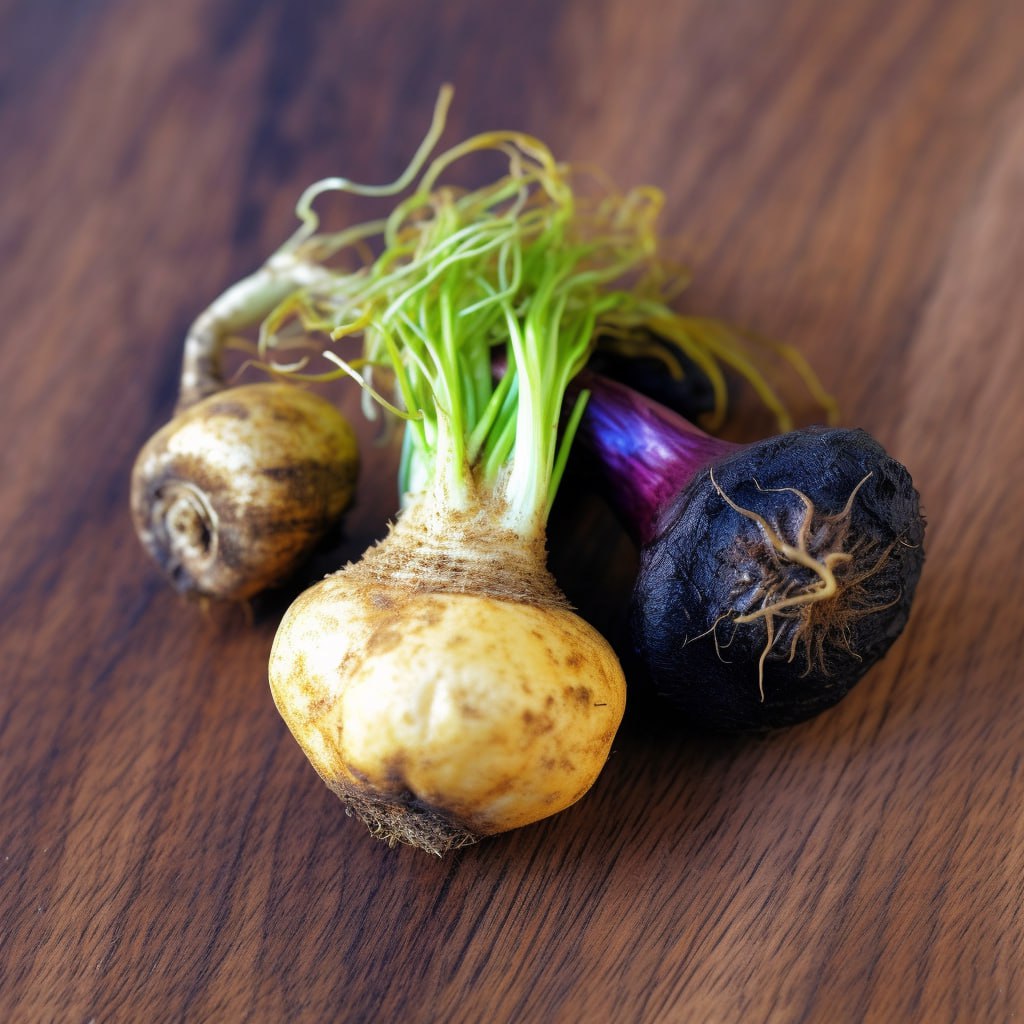
Maca Extract
The effect of lipid-soluble extract from maca (Lepidium meyenii), which contains macamides, on swimming endurance capacity, as an indicator of fatigue, in weight-loaded forced swimming rats was investigated. The swimming times to exhaustion of rats supplemented for 3 weeks with 30 and 100 mg/kg of maca extract increased by 25% and 41%, respectively. Supplementation with 100 mg/kg of maca extract reduced serum lactate dehydrogenase activity and muscle lipid peroxidation, and increased hepatic and muscle total glutathione compared with those values in controls. The levels of energy sources and serum lactate remained unchanged despite the longer swimming time in the supplemented rats than those in controls. These results suggest that supplementation with lipid-soluble maca extract improved swimming endurance capacity and this effect can be explained partly by attenuation of exercise-induced oxidative stress.
Effects of macamides on endurance capacity and anti-fatigue property in prolonged swimming mice
Context: Lepidium meyenii Walp. (Brassicaceae), most commonly known as “maca”, has been used as a food or folk medicine to improve vitality in Peru. Previous research demonstrated that lipid-soluble extract from maca improved swimming endurance capacity. Macamides are considered the typical lipid-soluble markers for maca and proved to have several pharmacological properties, such as improving sexual performance and neuroprotective activies.
Objective: The present study investigates the effects of macamides on endurance capacity and anti-fatigue property in prolonged swimming mice.
Materials and methods: The Balb/c mice were divided into seven groups: a control group, low-dose groups of N-benzyllinoleamide, N-benzyloleamide, and N-benzylpalmitamide, high-dose groups of these macamides. The macamides groups received the commercial products (12 and 40 mg/kg, ig), while the control group received vehicle for 21 d. On the 14th day, the mice were given the weight-loaded swimming test. On the 21st day, the mice were sacrificed immediately after 90 min swimming, and some biochemical parameters were measured.
Results and discussion: Compared with the control group, exhaustive swimming time was significantly prolonged in high-dose group of N-benzyloleamide (p < 0.05); the levels of lactic acid (LD), blood ammonia (BA), and lactate dehydrogenase (LDH) were significantly decreased (p < 0.05), whereas the levels of liver glycogen (LG) and non-esterified fatty acid (NEFA) were significantly increased (p < 0.05) in high-dose group of N-benzyloleamide. The malondialdehyde (MDA) contents in the brain, muscle, and liver were significantly decreased (p < 0.05), whereas superoxide dismutase (SOD) and glutathione peroxidase (GSH-PX) activities in the brain, muscle, and liver were significantly increased in high-dose group of N-benzyloleamide (p < 0.05).
Conclusion: The results indicate that N-benzyloleamide has pharmaceutical property against exercise-induced fatigue, and this effect can be explained by the modulated energy metabolism and improved antioxidant status.
Maca (Lepidium meyenii Walp.) has emerged as a popular functional plant food due to its various pharmacological properties, including anti-oxidation, anti-inflammation and anti-fatigue activity. In this study, we investigated the role of Maca aqueous extract (ME) on muscle during exercise-induced fatigue both in vivo and in vitro. As a result, ME significantly enhanced mouse leg grip-strength and increased exercise endurance in the rota-rod test. ME could clear the accumulation of metabolites – blood lactic acid (BLA), blood urea nitrogen (BUN) and reactive oxygen species (ROS) levels after weight-loaded forced swimming.
Focusing on muscle, we found that the administration of ME strengthened mouse muscle structures so that exercise-induced metabolic stress was alleviated by upregulating NAD+/NADH. Furthermore, ME inhibited the reduction of the viability and accumulation of ROS by treatment with H2O2 in C2C12 skeletal muscle cells. ME-induced activation of energy metabolism in skeletal muscle might up-regulate mitochondrial biogenesis and function, thereby protecting against oxidative stress-induced damage. We concluded that the effects of Maca played a crucial role in the regulation of exercise-induced fatigue in mouse muscle, which could be expected to serve as a functional food supplement for improving exercise performance and alleviating physical fatigue.
Rhizoma Atractylodis Macrocephalae (Baizhu)
Objectives: This meta-analysis aimed to assess the effectiveness and safety of Chinese herbal medicine (CHM) in treating chronic fatigue syndrome (CFS).
Methods: Nine electronic databases were searched from inception to May 2022. Two reviewers screened studies, extracted the data, and assessed the risk of bias independently. The meta-analysis was performed using the Stata 12.0 software.
Results: Eighty-four RCTs that explored the efficacy of 69 kinds of Chinese herbal formulas with various dosage forms (decoction, granule, oral liquid, pill, ointment, capsule, and herbal porridge), involving 6,944 participants were identified. This meta-analysis showed that the application of CHM for CFS can decrease fatigue Scale scores (WMD: –1.77; 95%CI: –1.96 to –1.57; p < 0.001), fatigue Assessment Instrument scores (WMD: –15.75; 95%CI: –26.89 to –4.61; p < 0.01), Self-Rating Scale of mental state scores (WMD: –9.72; 95%CI:–12.26 to –7.18; p < 0.001), Self-Rating Anxiety Scale scores (WMD: –7.07; 95%CI: –9.96 to –4.19; p < 0.001), Self-Rating Depression Scale scores (WMD: –5.45; 95%CI: –6.82 to –4.08; p < 0.001), and clinical symptom scores (WMD: –5.37; 95%CI: –6.13 to –4.60; p < 0.001) and improve IGA (WMD: 0.30; 95%CI: 0.20–0.41; p < 0.001), IGG (WMD: 1.74; 95%CI: 0.87–2.62; p < 0.001), IGM (WMD: 0.21; 95%CI: 0.14–0.29; p < 0.001), and the effective rate (RR = 1.41; 95%CI: 1.33–1.49; p < 0.001). However, natural killer cell levels did not change significantly. The included studies did not report any serious adverse events. In addition, the methodology quality of the included RCTs was generally not high.
Conclusion: Our study showed that CHM seems to be effective and safe in the treatment of CFS. However, given the poor quality of reports from these studies, the results should be interpreted cautiously. More international multi-centered, double-blinded, well-designed, randomized controlled trials are needed in future research.
Millettiae speciosae Champ. Leguminosae
Millettiae speciosae Champ. Leguminosae (MSC), is a well-known Chinese herb traditionally used as food material and medicine for enhancing physical strength. Our preliminary study found that the aqueous extract of this herb (MSE) had an anti-fatigue effect. In this paper, we further separated MSE into total polysaccharides (MSP) and supernatant (MSS) by alcohol precipitation, and explored which fraction was active for its anti-fatigue effect. Mice were orally administered with MSP or MSS at the doses of 200, 400, and 800 mg/kg for 20 days and the anti-fatigue effect was assessed by exhaustive swimming exercise (ESE). The biochemical parameters related to fatigue after ESE and the in vitro antioxidant activity of active fraction were determined.
Our results showed that MSP, instead of MSS, significantly extended the swimming time to exhaustion (p < 0.05), indicating that MSP is responsible for the anti-fatigue effect of MSE. In addition, MSP treatment increased the levels of glucose (Glu) and muscle glycogen, whereas it decreased the accumulations of blood urea nitrogen (BUN) and lactic acid (Lac). Moreover, ESE increased the levels of creatine phosphokinase (CK), lactic dehydrogenase (LDH), and malondialdehyde (MDA) but reduced superoxide dismutase (SOD) and glutathione (GSH) in plasma. In contrast, MSP inhibited all the above changes relating to fatigue. Furthermore, an in vitro antioxidant test revealed that MSP dose-dependently scavenged ·OH and DPPH free radicals. Taken together, these findings strongly suggested that MSP was able to alleviate physical fatigue by increasing energy resources and decreasing accumulation of detrimental metabolites. The antioxidant activity may crucially contribute to the observed anti-fatigue effect of MSP.
anti-fatigue Effect of Millettiae speciosae Champ (Leguminosae) Extract in Mice
Purpose: To evaluate whether Millettiae Speciosae Champ. (Leguminosae) can enhance exercise performance as well as ascertain if it a potential functional food material.
Methods: The extract of Millettia speciosa Champ. (MSE) was orally administered to mice in 500, 1000, 2000 mg/kg doses to investigate its anti-fatigue effect in both forced swimming and climbing tests. Glycogen, triglyceride (TG), blood urea nitrogen (BUN) and creatine phosphokinase (CK) levels in plasma which can indicate alterations in energy utilization during exercise performance, were determined to analyze the operating exercise mechanisms.
Results: The results showed that swimming time to exhaustion was longer in all treated groups (41.06 ± 1.92, 47.84 ± 1.60, 54.00 ± 2.45 min for 500, 10000 and 2000 mg/kg doses, respectively) than for control (19.45 ± 0.62 min, p < 0.05). The middle and high doses of MSE-treated groups significantly prolonged the climbing time compared with control (p < 0.05). Furthermore, MSE reduced the content of TG significantly by increasing fat utilization, delayed the accumulation of BUN and decreased the level of CK (p < 0.05). In addition, administration of MSE significantly protected the depletion of muscle glycogen when compared with control (p < 0.05).
Conclusion: The results show for the first time that Millettia speciosa Champ. (Leguminosae) has significant anti-fatigue activity, and also suggest that it is a potential functional food material.
Momordica charantia
Hualian No. 4 wild bitter gourd (WBG) is a specific vegetable cultivated by the Hualien District Agricultural Research and Extension Station in Taiwan. WBG is commonly consumed as a vegetable and used as a popular folk medicine. However, few studies have demonstrated the effects of WBG supplementation on exercise performance, physical fatigue and the biochemical profile. The purpose of this study was to evaluate the potential beneficial effects of WBG extract on fatigue and ergogenic functions following physiological challenge. Three groups of male ICR mice (n=8 per group) were orally administered 0, 1 or 2.5 g/kg/day of WBG for 4 weeks. They were respectively designated the vehicle, WBG-1X and WBG-2.5X groups. WBG significantly decreased body weight (BW) and epididymal fat pad (EFP) weight.
Concerning physical performance, WBG supplementation dose-dependently increased grip strength and endurance swimming time. Concerning anti-fatigue activity, WBG decreased levels of serum lactate, ammonia, creatine kinase and blood urea nitrogen, and economized glucose metabolism after acute exercise challenge. Glycogen in the liver and gastrocnemius muscle dose-dependently increased with WBG treatment. Concerning the biochemical profile, WBG treatment significantly decreased alanine aminotransferase (ALT), blood urea nitrogen (BUN) and urea acid (UA), and increased total protein (TP). Therefore, 4-week supplementation with WBG may decrease white adipose weight, enhance energy economy, increase glycogen storage to enhance exercise performance and reduce fatigue.
Among potent dietary supplements, Momordica charantia, commonly called bitter melon, has various biological effects, such as antioxidant and anti-inflammatory effects, and improves energy metabolism and fatigue recovery. However, it is unknown whether Momordica charantia extract (MCE) induces anti-fatigue effects during exercise training in high-temperature environments. This study aimed at investigating the efficacy of MCE by examining 10 male tennis players consuming 100 mL MCE/dose (6 times a day over 4 weeks) during the summer training season. Peripheral (ammonia and uric acid) and central (serotonin, dopamine, and prolactin) fatigue parameters were measured before and after MCE consumption; before, during, and after exercise; and the next morning.
After consuming MCE supplements, ammonia levels were higher during and after exercise and recovered the next morning, whereas uric acid levels did not change at any time point. Serotonin levels were lower during exercise. Dopamine levels were higher, especially during exercise. Prolactin levels were lower at all time points, especially during and after exercise. Although high-intensity training in a hot environment causes accumulation of fatigue-related metabolites, our results indicate that 4 weeks of MCE intake positively influenced fatigue parameters, suggesting that MCE can efficiently combat fatigue.
Among potent dietary supplements, Momordica charantia, commonly called bitter melon, has various biological effects, such as antioxidant and anti-inflammatory effects, and improves energy metabolism and fatigue recovery. However, it is unknown whether Momordica charantia extract (MCE) induces anti-fatigue effects during exercise training in high-temperature environments. This study aimed at investigating the efficacy of MCE by examining 10 male tennis players consuming 100 mL MCE/dose (6 times a day over 4 weeks) during the summer training season. Peripheral (ammonia and uric acid) and central (serotonin, dopamine, and prolactin) fatigue parameters were measured before and after MCE consumption; before, during, and after exercise; and the next morning.
After consuming MCE supplements, ammonia levels were higher during and after exercise and recovered the next morning, whereas uric acid levels did not change at any time point. Serotonin levels were lower during exercise. Dopamine levels were higher, especially during exercise. Prolactin levels were lower at all time points, especially during and after exercise. Although high-intensity training in a hot environment causes accumulation of fatigue-related metabolites, our results indicate that 4 weeks of MCE intake positively influenced fatigue parameters, suggesting that MCE can efficiently combat fatigue.
Morinda officinalis
Three polysaccharides MP-1, MP-2, and MP-3 were isolated from hot water extract of Chinese medicine Morinda officinalis through 95% ethanol precipitation and gel-filtration chromatography (DEAE-Sepharose CL-6B column and Sephadex G-75 or G-100 column). MP-1 was identified as an inulin-type fructan with simple linear (2–>1)-linked structure. Both MP-2 and MP-3 were acidic polysaccharides which consisted predominantly of galacturonic acid, arabinose and galactose. Partial structure characterization of MP-3 was carried out by partial acid hydrolysis and periodate oxidation. The total polysaccharides of the herb were tested in mice weight-loaded swimming model and were found to have anti-fatigue activity.
Moringa oleifera
anti-fatigue properties of the ethanol extract of Moringa oleifera leaves in mice
Background: Moringa oleifera (M. oleifera) leaves are rich in nutrients and bioactive ingredients. This study was aimed at evaluating the anti-fatigue effect of the ethanol extract of M. oleifera leaves (MLEE) on mice and its primary mechanism of action using a weight-loaded forced swimming test. In the present study, MLEE was prepared by ultrasound-assisted extraction, and its anti-fatigue effect and antioxidant capacity were evaluated in mice. Mice were administrated MLEE (320 mg kg−1 body weight) for 15 days.
Result: MLEE supplementation significantly increased levels of glucose and non-esterified fatty acids (NEFA), while decreasing levels of lactate and blood urea nitrogen in serum (P < 0.05); the levels of glycogen in the liver and muscle were also increased, as was the activity of glycogen synthase and the level of NEFA in muscle (P < 0.05). According to a Western blot analysis, MLEE increased the expression of AMPKα1, JNK, AKT and STAT3 in the muscle of mice.
Conclusion: Our findings indicate that MLEE has an anti-fatigue effect via the AMPK-linked route, which enables it to control energy metabolism and enhance antioxidant enzyme activity.
The effects of the aqueous extract of Moringa oleifera on swimming performance and related biochemical parameters were investigated in male Wistar rats (130–132 g). Four groups of rats (16 per group) were fed a standard laboratory diet and given distilled water, 100, 200, or 400 mg/kg of extract, respectively, for 28 days. On day 28, 8 rats from each group were subjected to the forced swimming test with tail load (10% of body weight). The remaining 8 rats per group were subjected to the 90-minute free swim. Maximum swimming time, glycemia, lactamia, uremia, triglyceridemia, hepatic and muscle glycogen, hematological parameters, and oxidative stress parameters (superoxide dismutase, catalase, reduced glutathione, and malondialdehyde) were measured.
Results. M. oleifera extract increased maximum swimming time, blood hemoglobin, blood glucose, and hepatic and muscle glycogen reserves. The extract also increased the activity of antioxidant enzymes and decreased the blood concentrations of malondialdehyde. Furthermore, it decreased blood concentrations of lactate, triglycerides, and urea. In conclusion, the anti-fatigue properties of M. oleifera extract are demonstrated by its ability to improve body energy stores and tissue antioxidant capacity and to reduce the tissue build-up of lactic acid.
Objective: To investigate the anti-fatigue effects of composition of Moringa oleifera leaves and Polygonatum polysaccharide, and to explore the mechanisms.
Methods: Thirty male Kunming mice were randomly divided into control (C) and composition of Moringa oleifera leaves and Polygonatum polysaccharide group (MP). There were 15 mice in each group. Group C was given distilled water and the group MP was given composition intragastriclly every day. The volume was 0.5 ml. After 14 days of treatment, weight-bearing swimming experiment was conducted, and exhaustive swimming time was recorded. The bearing weight was 3% of the body weight. In another experiment, 48 male Kunming mice were randomly divided into quiet control group (QC), swimming control group (SC) and composition group (MP). There were 16 mice in each group. The QC and SC groups were given distilled water intragastrically, and the group MP was treated with composition every day for 14 days. The volume was 0.5 ml. On the day 15, 30 minutes after intragastriclly administration of distilled water, blood, liver and hind leg muscle of the QC group were collected immediately. The SC and MP groups were subjected non-weight-bearing swimming experiment, and blood, liver and hind leg muscle were collected after swimming. The fatigue related indexes, oxidant/antioxidant parameters and energy metabolism indicators in serum and tissues were determined by commercial kits.
Results: The exhaustive swimming time of mice in MP group was significantly longer than that in the C group (P<0.05). Compared with the control group, non-weight-bearing swimming decreased the contents of serum glucose and GSH, the contents of hepatic glycogen and ATP, the hepatic activities of SOD, LDH and ATPase, and muscle activity of GSH-Px (P< 0.05). However, serum levels of BUN and MDA were increased (P<0.05). Compared with the SC group, the composition remarkably increased the contents of serum glucose and hepatic glycogen, increased serum content of GSH, enhanced hepatic activities of SOD, LDH and ATPase and muscle activity of GSH-Px, and increased the hepatic content of ATP (P<0.05). However, the serum level of BUN was decreased (P<0.05).
Conclusion: The Moringa oleifera leaves and Polygonatum polysaccharide composition possesses anti-fatigue effects. Anti-oxidant and improving energy metabolism could be the important mechanisms.
Mulberry fruit extract
Flavonoids from mulberry leaves by microwave- assisted extract and anti-fatigue activity
Flavonoids from mulberry leaves (FML) were extracted using microwave-assisted extraction method (MAE). Several correlation factors were studied to optimise conditions at laboratory scale. The research results indicated that the optimal extraction parameters are as follows: ethanol concentration is 60%, material/solvent ratio is 1:15, microwave irradiation power is 560 W and irradiation time is 5 min. FML were tested in mice weight-loaded swimming model. Both high-dose and middle-dose of FML could obviously prolong the swimming endurance time, and had active effects on the serum blood urea nitrogen (BUN), hepatic glycogen and blood lactic acid levels in mice. The above results suggest that appropriate dose of FML possessed an anti-fatigue activity in mice.
Anthocyanins, copiously distributed in a variety of colored fruits and vegetables, are probably the most important group of visible plant pigments besides chlorophyll. And the mulberry fruit is one of the anthocyanins-rich fruits. Total flavonols, total phenolic acids and anthocyanins contents of ten varieties mulberry juice purification (MJP) and mulberry marc purification (MMP) were determined. The highest content was 965.63±4.90 mg RE/g, 690.83±7.38 mg GAE/g and 272.00±1.20 mg cyanidin-3-glucoside/g FW, respectively. Moreover, MJP and MMP exhibited high antioxidant activity, including total force reduction (TRP), Fe³⁺ reducing power (FRAP) and DPPH • radical scavenging capacity. In addition, the anti-fatigue activity of MJP and MMP was determined through mice-burden swimming experiments. Interestingly, the antioxidant and anti-fatigue capacities of MMP were much higher than those of MJP. The experimental results suggested that the generally discarded mulberry marc had greater value of development and utilization as food processing waste.
Mushrooms Extract Polysaccharides
anti-fatigue Functions and Mechanisms of Edible and Medicinal Mushrooms
Fatigue is the symptom of tiredness caused by physical and/or psychological stresses. As fatigue is becoming a serious problem in the modern society affecting human health, work efficiency, and quality of life, effective anti-fatigue remedies other than pharmacological drugs or therapies are highly needed. Mushrooms have been widely used as health foods, because of their various bioactive constituents such as polysaccharides, proteins, vitamins, minerals, and dietary fiber. This paper reviews the major findings from previous studies on the anti-fatigue effects, the active components of mushrooms, and the possible mechanisms. Many studies have demonstrated the anti-fatigue effects of edible and medicinal mushrooms.
These mushrooms probably mitigate human fatigue through effects on the functional systems, including the muscular, cardiovascular, hormone, and immune system. The bioactive constituents that contribute to the anti-fatigue effects of mushrooms may include polysaccharides, peptides, nucleosides, phenolic compounds, and triterpenoids. Further research is still needed to identify the active ingredients and to investigate their mechanism of action on the anti-fatigue effects. Since most previous studies have been carried out in animal models, more human trials should be performed to verify the anti-fatigue function of edible and medicinal mushrooms.
Nicotinamide
Background & aims: Chronic fatigue Syndrome (CFS) is a complex condition, characterized by severe disabling fatigue with no known cause, no established diagnostic tests, and no universally effective treatment. Several studies have proposed symptomatic treatment with coenzyme Q10 (CoQ10) and nicotinamide adenine dinucleotide (NADH) supplementation. The primary endpoint was to assess the effect of CoQ10 plus NADH supplementation on age-predicted maximum heart rate (max HR) during a cycle ergometer test. Secondary measures included fatigue, pain and sleep.
Methods: A proof-of-concept, 8-week, randomized, controlled, double-blind trial was conducted in 80 CFS patients assigned to receive either CoQ10 plus NADH supplementation or matching placebo twice daily. Maximum HR was evaluated at baseline and at end of the run-in period using an exercise test. fatigue, pain and sleep were evaluated at baseline, and then reassessed at 4- and 8-weeks through self-reported questionnaires.
Results: The CoQ10 plus NADH group showed a significant reduction in max HR during a cycle ergometer test at week 8 versus baseline (P = 0.022). Perception of fatigue also showed a decrease through all follow-up visits in active group versus placebo (P = 0.03). However, pain and sleep did not improve in the active group. Coenzyme Q10 plus NADH was generally safe and well tolerated.
Conclusions: Our results suggest that CoQ10 plus NADH supplementation for 8 weeks is safe and potentially effective in reducing max HR during a cycle ergometer test and also on fatigue in CFS. Further additional larger controlled trials are needed to confirm these findings.
Deteriorating sleep quality and physical or mental fatigue in older adults leads to decreased quality of life and increased mortality rates. This study investigated the effects of the time-dependent intake of nicotinamide mononucleotide (NMN) on sleep quality, fatigue, and physical performance in older adults. This randomized, double-blind placebo-controlled study evaluated 108 participants divided into four groups (NMN_AM; antemeridian, NMN_PM; post meridian, Placebo_AM, Placebo_PM). NMN (250 mg) or placebo was administered once a day for 12 weeks. Sleep quality was evaluated using the Pittsburgh Sleep Quality Index.
Fatigue was evaluated using the “Jikaku-sho shirabe” questionnaire. Grip strength, 5-times sit-to-stand (5-STS), timed up and go, and 5-m habitual walk were evaluated to assess the physical performance. Significant interactions were observed between 5-STS and drowsiness. 5-STS of all groups on post-intervention and drowsiness of the NMN_PM and Placebo_PM groups on mid- and post-intervention showed significant improvement compared with those in pre-intervention. The NMN_PM group demonstrated the largest effect size for 5-STS (d = 0.72) and drowsiness (d = 0.64). Overall, NMN intake in the afternoon effectively improved lower limb function and reduced drowsiness in older adults. These findings suggest the potential of NMN in preventing loss of physical performance and improving fatigue in older adults.
Nigella sativa
Nigella sativa seed extract attenuates the fatigue induced by exhaustive swimming in rats
In previous studies, Nigella sativa (NS) has been studied due to its various physiological and pharmacological activities. However, evidence on the effects of NS on physical fatigue following exhaustive swimming remains limited. In the present study, the authors evaluated the potential beneficial effects of NS against the fatigue activity following exhaustive swimming. Rats were orally administered with NS extract (2 g/kg/day) for 21 days, and the anti‑fatigue effect was assessed by exhaustive swimming exercise. The presented results indicated that pre-treatment of NS extract significantly increased the time to exhaustion. In hemodynamic parameters, NS extract increased blood pO2 and O2sat, but decreased pCO2. For underlying mechanisms, NS extract protected depletion of energy, indicated by increased levels of blood pH, glucose and tissue glycogen contents, and decreased levels of blood lactate, tissue lactic dehydrogenase and creatine kinase, when the NS extract was pre‑treated. In addition, the NS extract inhibited oxidative stress following exhaustive swimming, as reflected by the results of increased levels of superoxide dismutase and redox ratio, and decreased the level of malondialdehyde when the NS extract was pre‑treated. Collectively, the present study demonstrated that NS extract has an anti‑fatigue activity against exhaustive swimming by energy restoration and oxidative-stress defense.
Nigella sativa L. (Black seed), is a traditional herbal medicine that has been used for many purposes. The present study was designed to investigate the effects of hydro-alcoholic extract of nigella sativa L. (NS) on performance of Forced Swimming Test (FST), blood biochemical parameters related to fatigue and thyroid functions. Therefore, Blood Urea Nitrogen (BUN), Creatine Kinase (CK), Lactic Dehydrogenase (LDH), and Total Protein (TP), triiodothyronine T3, thyroxin T4 and TSH tests were investigated. Thirty five male adult mice were randomly divided into five groups: three NS-fed groups, one fluoxetine treated group and one control group. Three NS experimental groups received hydro-alcoholic extract of NS at doses of 50, 100 and 200 mg/kg orally for two weeks. Immobility time decreased in all NS groups compared with control group. Administration of NS significantly increased the concentration of T3 and T4 of the treatment groups. On the contrary, the amount of BUN, CK, LDH, TP and TSH decreased. In conclusion, black seed extract at the experimented doses showed anti-depressant, anti-fatigue and hyperthyroid effects.
No major side effects or adverse events were reported during the telephonic interviews on days 7 and 14. Three participants from the BCO-5 group and one from the placebo group reported bloating and borborygmus with a taste of oil in the mouth at different instances. However, all of them continued since they were satisfied with the improvement in their sleep quality. By day 14, no adverse events had been reported, and none of the participants showed signs of sleepiness or daytime drowsiness with fatigue.
Oenanthe javanica
Oenanthe javanica, popularly known as water dropwort, has long been used in various ethnomedical systems in Asia, especially in China, Korean, and Japan, for treating various chronic and acute hepatitis, jaundice, alcohol hangovers, abdominal pain, and inflammatory conditions. The present review aims to provide a general report of the available literature on traditional uses, phytochemical, pharmacological, nutritional, and toxicological data related to the O. javanica as a potential source of new compounds with biological activities.
Considering phytochemical studies, coumarins, flavonoids and flavonoid glycosides, organic acids, and polyphenols were the main classes of compounds identified in the whole plant which were correlated with their biological activities such as hepatoprotective, anti-inflammatory, immune enhancement, ethanol elimination, antioxidant, antiviral, neuroprotective, anti-cancer, anticoagulant, anti-fatigue, hypoglycemic, cardiovascular protection, analgesic, and insecticidal activities.
Oolong Tea extract
Antimicrobial Properties of Tea (Camellia sinensis L.)
The beverage known as tea is an infusion of variously pro- cessed leaves of one of the varieties of an evergreen shrub, Camellia sinensis L. Tea is the most widely drunk beverage in the world (39). Green tea, popular in the Far East, differs from the black tea familiar in the West in that an oxidation step (called ‘‘fermentation’’) occurs in the processing of the latter compound but not the former compound. Although it has little nutritional value per se, tea is refreshing, mildly stimulating, and produces a feeling of well-being. The latter two properties have been assumed to be due to caffeine, about 50 mg of which is present in a cup of tea; caffeine is known to have ‘‘stimulant and anti-soporific actions, that elevate mood, decrease fatigue and increase capacity for work’’ (32). However, other compo- nents of a cup of tea, notably, the polyphenols, may also con- tribute to the effects of tea, in view of their known pharmaco- logical properties (40) (see below). The complex of oxidized polyphenols in tea is often called ‘‘tannin’’ (20).
Green tea phytochemicals are a potent source of exogenous antioxidant candidates that could nullify excess endogenous ROS and RNS inside the body, and thereby diminish the impact of photoaging. Several in vivo and in vitro studies suggest that green tea supplementation increases the collagen and elastin fiber content, and suppresses collagen degrading enzyme MMP-3 production in the skin, conferring an anti-wrinkle effect. The precise mechanism behind the anti-photoaging effect of green tea has not been explored yet. Studies using the worm model have suggested that green tea mediated lifespan extension depends on the DAF-16 pathway. Apart from this, green tea has been reported to have stress resistance and neuroprotective properties.
Its ROS scavenging activity makes it a potent stress mediator, as it can also regulate the stress induced by metal ions. It is known that tea polyphenols can induce the expression of different antioxidant enzymes and hinder the DNA oxidative damage. Growing evidence suggests that green tea can also be used as a potential agent to mediate neurodegenerative diseases, including Alzheimer’s disease. EGCG, an abundant catechin in tea, was found to suppress the neurotoxicity induced by Aβ as it activates glycogen synthase kinase-3β (GSK-3β), along with inhibiting c-Abl/FE65—the cytoplasmic nonreceptor tyrosine kinase which is involved in the development of the nervous system and in nuclear translocation. Additionally, green tea polyphenols induce autophagy, thereby revitalizing the overall health of the organism consuming it. Green tea was able to activate autophagy in HL-60 xenographs by increasing the activity of PI3 kinase and BECLIN-1. This manuscript describes the reported anti-photoaging, stress resistance, and neuroprotective and autophagy properties of one of the most widely known functional foods—green tea.
Anti-fatigue effects of green tea beverage concentrate in mice
The anti-fatigue effects of green tea beverage concentrate in mice was studied by randomizing 240 Kunming mice to 4 groups, and oral gavage of distilled water(control group) or various doses of green tea beverage concentrate[133mg/(kg·bw), 665 mg/(kg·bw), 1995 mg/(kg·bw)] respectively, for consecutive 45 days. The loading swimming time, levels of lactate acid, serum urea, and liver glycogen were determined before and after swimming tests.
Results showed that, compared with control group, administration of green tea beverage concentrate can significantly lengthen the swimming time (for low and medium dose groups, P0.01), reduce the lactate acid level(immediately after swimming for the low dose group (P0.05), 20 minutes after swimming for all dose groups (P0.05), and increased the content of liver glycogen( for medium dose group, P0.05), while no significant difference was found in serum urea level (P0.05).It was concluded that green tea beverage concentrate may have anti-fatigue effects in mice, with strongest effects seen in medium dose group.
Oryzanol
Background & objectives: Enhanced muscle strength is seen when resistance exercise is combined with the consumption of nutritional supplements. Although there is a limited number of studies available about the efficacy of gamma oryzanol supplementation with resistance exercise in humans, but its usage as a nutritional supplement for strength is common in athletes. The aim of this study was to determine the effects of gamma oryzanol supplementation during 9-week resistance training on muscular strength and anthropometric measurements of young healthy males.
Methods: In this double-blind clinical trial, changes of anthropometric measurements and muscular strength were studied after chronic resistance exercise and gamma oryzanol supplementation in 30 healthy volunteers (16 in supplement and 14 in placebo). Each day, gamma oryzanol supplement (600 mg) and placebo (the same amount of lactose) were consumed after training. The participants exercised with 80 per cent 1-Repetition Maximum (1-RM), for one hour and four days/week. Anthropometric measurements and subjects’ 1-RM for muscular strength were determined at the commencement and end of the 9-week study.
Results: There was no significant difference between the baseline characteristics and target variables at baseline between the two groups. After gamma oryzanol supplementation, there was no significant difference in the means of anthropometric and skin fold measurements between the supplement and placebo groups. However, there were significant differences between the supplement and placebo groups for 1-RM of bench press and leg curl, which showed that gamma oryzanol improved muscle strength following resistance training.
Interpretation & conclusions: Our findings indicated that 600 mg/day gamma oryzanol supplementation during the 9-week resistance training did not change anthropometric and body measurements, but it increased muscular strength in young healthy males. Further, studies need to be done in trained athletes, women, and in patients who suffer from muscular fatigue.
Panax quinquefolium (American ginseng)
anti-fatigue effects of proteins isolated from Panax quinquefolium
Ethnopharmacological relevance: American ginseng (Panax quinquefolium) is an obligate shade perennial plant that belongs to Araliaceae ginseng species, and is native to eastern USA and Canada. Ginseng proteins are reported to have several pharmaceutical properties. However, such properties of American ginseng proteins (AGP) have seldom been reported. Also, anti-fatigue properties of AGP have not been studied. Therefore, we examined the anti-fatigue effects of AGP in mice.
Materials and methods: The molecular weight and protein contents of AGP were determined by SDS-PAGE, while the amino acid composition was analyzed by HPLC. The mice were divided into four groups. The control group was administered distilled water by gavage every day for 28 days. The other groups, designated as AGP treatment groups, were administered 125, 250 and 500 mg/kg of body weight, respectively of AGP by gavage every day for 28 days. anti-fatigue activity was estimated using forced swimming test, and biochemical indices were determined using available kits.
Results: The subunit molecular weight of AGP ranged from 8–66 kD and the protein content measured by Bradford assay was 1.86 mg/mL. The forced swimming time of low, intermediate and high groups were found to be longer as compared to the control group. AGP significantly decreased blood lactate (BLA) and serum urea nitrogen (SUN) levels, and increased hepatic glycogen (GLU) level. Additionally, AGP lowered malondialdehyde (MDA) content and increased the levels of glutathione peroxidase (GPx) and superoxide dismutase (SOD).
Conclusion: AGP shows anti-fatigue activity in mice, as measured by the physiological indices for fatigue.
anti-fatigue Effects of Acute Red Ginseng Intake in recovery from Repetitive Anaerobic Exercise
Ginseng root is one of the traditional medical remedies used for promotion of health and treatment of disease in many Asian countries (1). One particular kind of ginseng, red ginseng, has been the focus of a number of studies and has also demonstrated a positive effect on sports performance as an anti-fatigue (2) and anti-inflammation agent (3) along with ability to mitigate exercise-related muscle damage (4). Most of these studies have focused on medium to long-term intake of red ginseng root. Our study focused on the effect of acute red ginseng intake as a possible nutritional ergogenic aid. We confirmed the effect of acute intake of this plant root on markers of repeated anaerobic capacity namely fatigue, and muscle damage.
Subjects of the present study were 11 volunteers, male aged 20.62 ± 0.09 yr. The study was of a “crossover” design. After a one-week washout period, study participants were divided into a placebo group (PG; n=11) and a red ginseng group (RG; n=11, 5 g/day). Repeated anaerobic exercise capacity was evaluated by peak power and mean power measures by five times of the Wingate Test (Lode Excalibur Ergometer, Lode Medical Technology, Netherlands)..
Blood samples were taken at rest, immediately after exercise, at 30 min and 60 min post-exercise. Blood fatigue markers tested were lactate (Accutrend, Roche, Germany) and ammonia levels (Modular Analytics PE, Roche, Germany); muscle damage markers measured were creatine kinase (CK) and lactate dehydrogenase (LDH) levels (Modular Analytics PE, Roche, Germany). In the present study, we used the non-parametric test, Mann-Whitney U-test; this was as the subjects in each group were less than 30, and the data would not allow for a normal distribution (5). Statistical significance was set at P<0.05 (SPSS, Chicago IL, USA).
anti-fatigue effects of small-molecule oligopeptides isolated from Panax quinquefolium L. in mice
American ginseng (Panax quinquefolium L.) was reported to have extensive biological activities and pharmaceutical properties. In most of the studies, the anti-fatigue effects of American ginseng are attributed to ginsenoside, and in only a few studies, they have been attributed to oligopeptides. Therefore, the aim of this study was to observe the anti-fatigue effects of small-molecule oligopeptides isolated from Panax quinquefolium L. (QOPs) in mice. At first, mice chosen for the study were randomly divided into four experimental groups; each group of mice was further divided into five subgroups: vehicle control group, whey protein group (450 mg per kg BW), and three groups of QOPs at different doses (225 mg per kg BW, 450 mg per kg BW, and 900 mg per kg BW).
Test substances were given by gavage once a day for 30 days. QOPs can significantly prolong the forced swimming time, decrease the serum urea nitrogen (SUN) and blood lactate (BLA) levels, and increase the lactate dehydrogenase (LDH) activity and hepatic glycogen content. QOPs also markedly enhanced the superoxide dismutase (SOD) and glutathione peroxidase (GSH-Px) activity and attenuated the malondialdehyde (MDA) levels. Notably, QOPs enhanced the activity of succinate dehydrogenase (SDH), Na+-K+-ATPase, and Ca2+-Mg2+-ATPase and increased the mRNA expression of nuclear respiratory factor 1 (NRF-1) and mitochondrial transcription factor A (TFAM) and the mitochondrial DNA (mtDNA) content in skeletal muscles.
These results indicate that treatment with QOPs induces anti-fatigue effects, which may be due to the inhibition of oxidative stress and the improvement of mitochondrial function in skeletal muscles. QOPs can be used as a novel natural agent for relieving physical fatigue.
Panax notoginseng
Fatigue is a common physiological phenomenon caused by many complicated factors. Excessive fatigue will lead to a series of uncomfortable reactions and damage body health. Panax notoginseng leaves (PNL) is a new resource food that good for soothing nerves, nourishing the heart, and strengthening the spleen. Microbial fermentation could increase the content of bio-ingredients and produce new active ingredients. However, the effect of fermented P. notoginseng leaves (FPNL) on anti-fatigue and the molecular mechanisms remain to be elucidated. Thus, in this study, we evaluated the anti-fatigue effect of co-fermented P. notoginseng leaves by Saccharomyces cerevisiae and Bacillus subtilis in-vitro and in-vivo, and its mechanism was further elucidated.
The results showed that FPNL exhibited higher saponins, organic phenolic acids content, and antioxidant activity than PNL. FPNL improved ISO-induced H9c2 myocardial cell damage by alleviating apoptosis (modulating Bax and Bcl-2 protein expression) and reducing antioxidant activity in-vitro. Moreover, in-vivo experiment showed that FPNL significantly prolonged the weight-loading swimming time of mice. After gavaged FPNL, the levels of liver glycogen (LG) and serum lactate dehydrogenase (LDH) activity were increased in mice. In contrast, the levels of blood urea nitrogen (BUN), lactate acid, and malondialdehyde (MDA) were decreased. In summary, our results indicated that FPNL showed a good anti-fatigue effect in-vivo and in-vitro.
anti-fatigue effects of Panax notoginseng in simulation plateau-condition mice
Background: Panax notoginseng (PN) is one of the most commonly used Chinese herbal drugs. Panax notoginseng saponins (PNS) is the main effective components of PN. However, the anti-fatigue effect of PNS in plateau-condition is unknown.
Objective: Explore the anti-fatigue effects of PNS in mice living under simulation plateau-condition.
Materials and Methods: Hundred male Kunming mice were randomly divided into five groups (n=20): one normoxia control group (NCG), one hypoxia control group (HCG), and three PNS groups in low dosage (0.42 g/kg), mid dosage (1.11 g/kg), and high dosage (11.53 g/kg). HCG and PNS groups were fed at a simulated elevation of 5 km. NCG and HCG were intragastric administrated with distilled water. After continuous administration for 10 days, the exhaustive swimming time, glycogen contents in liver, blood lactic acid (BLA), and blood glucose were determined.
Results: Exposure of the mice to simulation plateau-condition with 5 km altitude for 10 days caused significant decrease of exercise tolerance compared to normoxia environment. The swimming time and glycogen contents in liver were significantly increased at all tested concentration (0.42, 1.11, and 11.53 g/kg). The area under the BLA curve was significantly decreased at the concentration of 0.42 g/ kg. The blood glucose of resting and 0 minutes after swimming were significantly increased by 29.31% and 15.51% (P<0.05) at a concentration of 11.53 g/kg compared to their own control groups, respectively.
Conclusion: These results indicate that PNS could postpone the appearance of fatigue and accelerate the restoration of fatigue in plateau environment, especially in low dosage (0.42 g/kg) case.
As an ancient Chinese herbal medicine, Panax ginseng C.A. Meyer (P. ginseng) has been used both as food and medicine for nutrient supplements and treatment of human diseases in China for years. Fatigue, as a complex and multi-cause symptom, harms life from all sides. Millions worldwide suffer from fatigue, mainly caused by physical labor, mental stress, and chronic diseases.
Multiple medicines, especially P. ginseng, were used for many patients or sub-healthy people who suffer from fatigue as a treatment or healthcare product. This review covers the extract and major components of P. ginseng with the function of anti-fatigue and summarizes the anti-fatigue effect of P. ginseng for different types of fatigue in animal models and clinical studies. In addition, the anti-fatigue mechanism of P. ginseng associated with enhancing energy metabolism, antioxidant and anti-inflammatory activity is discussed.
Panicled Fameflower
Intoduction: Cell and tissue damage can be caused by chemical species which known as free radical. Free radical is a highly reactive molecule and in excessive amount it can cause an oxidative stress which causes numerous chronic diseases. The ginseng java plant (Talinum Paniculatum (Jacq) Gaertn) contains various types antioxidants which can neutralize free radicals, such as flavonoid, saponin, alkaloid, tannin, quinone, and provitamin A.
Aims: This study aims to analyze the effects of ginseng java roots (Talinum Paniculatum) extract on Malondialdehyde (MDA) levels in male white Sprague Dawley rats with a forced swimming test model.
Methods: This study used 30 Sprague Dawley rats which were assigned into 5 different groups, such as the negative control group, positive control group, ginseng roots extract dose of 0.35 mg/200g rats body weight/day group, ginseng roots extract dose of 0.70mg/200g rats body weight/day group, and ginseng roots extract dose of 1.40 mg/200g rats body weight/day group. On the 28th and 35th day the Sprague Dawley rats were treated with a Forced Swimming Test model. The MDA level was measured on the 28th and 35th day using TBARS assay method and statistical analyze by Kruskall Wallis test with p value less than 0.05 was considered significant.
Results: This study showed that the administration of ginseng java roots extract dose of 0.35 mg/200g rats body weight/day, dose of 0.70mg/200g rats body weight/day, and dose of 1.40 mg/200g rats body weight/day were significantly lowering the MDA level (p<0.001). In addition, there were significant differences between treatment groups with various doses (p<0.001).
Conclusion: The treatment of ginseng java roots (Talinum Paniculatum) extract significantly lowered the MDA level in the Sprague Dawley Rats with Forced Swimming Test model.
In physical activity or labor, the human body is in a state of high intensity stress, and all parts or physiological functions of the body respond positively to maintain or balance the need for movement. The human body has many physiological changes in the process of movement, and fatigue is the external manifestation of various complex changes inside the human body. fatigue is also a physiological mechanism of self-protection after the body reaches a certain level of activity, which can prevent the occurrence of life-threatening excessive functional failure. The generation of fatigue is a very complex process, and its mechanism has not been concluded yet. Therefore, it is an important work to search and screen the effective components of natural plants that have anti-fatigue effect and to explore their mechanism.
Pinus koraiensis
anti-fatigue potential of Pinus koraiensis leaf extract in an acute exercise-treated mouse model
Pinus koraiensis leaf (PKL) extract exerts antihyperlipidemic, antidiabetic, and anticancer effects; however, its anti-fatigue properties have not been elucidated to date. In this study, the anti-fatigue properties of PKL were evaluated by assessing the endurance of mice by a weight-loaded forced swimming (WLFS) and rotarod (RR) tests. Subsequently, various behavioral, biochemical, and physiological parameters were measured. Treatment with PKL decreased hepatic and muscular glycogen levels in mice subjected to WLFS and RR test compared to those in acute exercise-treated (AET) mice. Additionally, plasma levels of stress-related biochemical factors (lactate, lactate dehydrogenase, aminotransferase, aspartate aminotransferase, and blood urea nitrogen) decreased significantly (P < 0.05), whereas the levels of superoxide dismutase and glutathione peroxidase increased.
Furthermore, PKL potentially improved mental fatigue by decreasing corticosterone and increasing serotonin levels. PKL increased the expression of phosphorylated cyclic adenosine-3′,5′-monophosphate response element-binding protein and brain-derived neurotrophic factor in the hippocampus. Collectively, the anti-fatigue effects of PKL could be explained by its antioxidant activity, mediating effects on glycogen synthesis, and control over stress. In conclusion, the findings of the present study suggest that PKL is a potential nutraceutical for improving exercise performance and alleviating fatigue.
Composition for fatigue recovery comprising Pinus koraiensis leaves extract as effective component
The present invention relates to a composition for fatigue recovery comprising a Pinus Koraiensis leaf extract as an effective component. When a Pinus Koraiensis leaf extract which is an effective component is injected into an animal model with fatigue and stress induced by forced swimming, the content of lactate, BUN, NH_3 and LDH in serum increased by excessive exercise (forced swimming) is reduced and the content of cortisol, an elevated stress indicator due to excessive exercise, is reduced. Accordingly, the Pinus Koraiensis leaf extract can be usefully used as a health functional food composition for fatigue recovery.
Abstract: An antioxidant peptide named PDII was purified by sequential ultrafiltration and SP Sephadex C-25 and Sephadex G-25 chromatography from the protein hydrolysate prepared by sequential enzymatic hydrolysis of pine nut kernels (Pinus koraiensis Sieb. et Zucc.) with pepsin and trypsin. The molecular mass distribution of PDII was determined and its in vitro antioxidant and in vivo anti-fatigue effect were evaluated.
The results showed that the molecular mass of PDII was distributed in the range of 500–1 100 Da, and that it had a strong antioxidant effect. PDII at all investigated doses could maintain normal blood glucose level, increase glycogen storage capacity and decrease serum urea nitrogen and malondialdehyde and blood lactate acid; there results were statistically significant compared with the blank group (P < 0.01), indicating that PDII had both antioxidant activity in vitro and anti-fatigue effect in vivo.
Pinus massoniana Lamb
THE EFFECTS ON PINE POLLEN TO exhaustive MICE’S anti-fatigue CAPABILITY
Objectives In recent years, with the rapid development of competitive sports, people pay more attention on the athletes’ nutrition, especially those with adjust physiology function, targeted to improve the body under hypoxic conditions the sports ability of the substance. However, the exercise supplements with improving the body anti-fatigue capability and safe and effective exercise supplements is still rare. Pine pollen which is a medicinal plant plays a very important role in our country, since the ancient times, people have been put it for food and drug on the market for it can adjust the function of human physiology body physiology. This experiment chooses pine pollen to observe the mice hypoxia and and resist fatigue related metabolic indices of changes after the short-term continuous treatment, in order to provide the theory basis of taking pine pollen for coaches and athletes.
Methods In the experiment, 40 healthy kunming mice are divided into two groups, which are hypoxia group and anti-fatigue e experimental group, each group 20 mice. Every large groups is divided into the treatment group and control group, each group take 10 mice. Give medicine mice pine pollen 4 g/kg/day for three consecutive weeks by irrigating stomach; The control group give normal saline into stomach. We put weight on mice tails of both the control of fatigue group and dosage group, then let them swim to exhaustion for once time. At last we observe the influence of the ability of resisting lack of oxygen in mice, exhaustion of sexual swimming and related blood biochemical index stamina when given drug.
Results In the hypoxia experiment, compared with control group, the mice’s survival time was significantly extended (p<0.01), average extend rate was 36.58%, the longest time to live is improved by 10.11 min. In the anti-fatigue experiment, compared with the control group, the mice of treatment group’s exhaustion swimming time was significantly extended (p<0.01). The treatment group is 30.42% longer than the control group, exhaustion swimming maximum time improve 6.95 min than the control group. Mice in the long time exhaustion after swimming, haemoglobin content, blood sugar levels and lactate dehydrogenase activity than control group (p<0.05), And the two groups of mice’s weight gain no significant difference (p>0.05).
Conclusions In the hypoxia experiment, compared with control group, the mice’s survival time was significantly extended (p<0.01), average extend rate was 36.58% indicates that the extended pine pollen has hypoxia role, indicates the pine pollen delay fatigue condition by the increasing hypoxia tolerance.
Polysaccharides from Pinus massoniana pollen improve intestinal mucosal immunity in chickens
Pollen has been used as a dietary supplement in traditional medicine for hundreds of years. Pinus massoniana pollen, as a traditional Chinese food supplement and traditional Chinese medicine, has a wide range of health benefits, particularly in relieving fatigue and treating diseases (Yang et al., 2015). These beneficial effects are attributed to the various chemical constituents, including nucleic acids, enzymes and coenzymes, proteins, fats acids, phospholipids, monosaccharides, polysaccharides, flavonoids, vitamins, and so on.
Plantago major L.
Evaluation of anti-fatigue and immunomodulating effects of quercetin in strenuous exercise mice
The purpose of the present study was to investigate the anti-fatigue and immunomodulating effects of quercetin in strenuous exercise mice. Mice were given orally either corn oil or quercetin (20, 40 and 60 mg/kg body weight suspended in corn oil) by gavage once a day for 28 day. All mice were sacrificed after rotarod test and the major biochemical parameters were analyzed in serum and liver.
The results indicated that quercetin possessed anti-fatigue effects by prolonging retention times, decreasing levels of blood lactate and serum urea nitrogen, and increasing levels of blood glucose, tissue glycogen and serum glucagon. Furthermore, quercetin could improve the immune function of fatigue mice by decreasing tumor necrosis factor-α levels, and elevated interleukin-10 levels. Quercetin possessed anti-fatigue effects may be related to its immunomodulating.
Effects of Plantago major L. seeds extract on endurance exercise capacity in mice
The present study was designed to investigate the effects of Plantago major L. seeds extract (PE) on endurance exercise capacity in mice. Forty eight male mice were randomly divided into four groups, such as control, low-dose PE treated, middle-dose PE treated and high-dose PE treated. The mice in the treated group were received PE (30, 60 and 120 mg/kg, i.g), and the mice in the control group received drinking water i.g for 4 weeks.
The results showed that PE prolonged the swimming time as well as glycogen amount in mice, but decrease serum urea nitrogen and blood lactate. These data suggest that PE improved endurance exercise capacity and possessed anti-fatigue effect. PE may be useful for the development of physical strength.
Polygonatum cyrtonema
In the present study, we explored the anti-fatigue activity and its potential mechanism of a purified Polygonatum cyrtonema polysaccharide (PCP) on mice using weight-loaded swimming test. Results showed that PCP remarkably prolonged the exhaustive swimming time of mice when compared with normal control group. Meanwhile, PCP decreased serum levels of lactic acid (LA), blood uric nitrogen (BUN), superoxide dismutase (SOD), glutathione peroxidase (GSH-Px) and malondialdehyde (MDA), and increased the contents of liver glycogen, muscle glycogen and muscle ATP.
These results revealed that PCP had good anti-fatigue ability. The histomorphologic analysis showed that PCP increased the cross-section area of the muscle fibers. Furthermore, PCP significantly enhanced the protein levels of bone morphogenetic protein-2 (BMP-2), phosphor-Smad1, Runt-related transcription factor 2 (Runx2) and osteocalcin (OC) in skeleton. Similar variation was also observed in the expression of osteocalcin signaling mediators of phosphorylated cAMP-response element binding protein (p-CREB) and phosphorylated hormone-sensitive lipase (p-HSL) in skeletal muscle. These results suggested that PCP resisted fatigue possibly via regulating osteocalcin signaling.
Polygonatum kingianum
Protective effect and mechanism of Polygonatum kingianum against hypoxia-induced injury
Background: Hypoxia is an essential cause of fatigue and aging, and is associated with the occurrence and development of many diseases. Polygonatum kingianum (PK) is a deficiency-nourishing Chinese herbal medicine utilized as both medicine and food, and it has long been used to ameliorate human conditions associated with fatigue and aging over 2000 years in China. PK is an important genuine-medicinal-materials cultivated in Yunnan, China, and is used by the Bai, Wa, and Zhuang nationalities as a traditional medicine for enhancing immunity, anti-fatigue, and anti-aging, while the preventive effect of PK on hypoxia-induced injury and the underlying mechanism are indefinite.
Aim of the study: The present study aimed to evaluate the anti-hypoxia efficacy and understand the corresponding mechanism of PK water extract.
Materials and methods: The main active ingredients and targets of PK were predicted using network pharmacology, and the anti-hypoxia activities of Gracillin and Liquiritigenin were verified by in vitro experiments. The pharmacodynamic experiments were conducted to evaluate the major signal pathways of PK for detecting anti-hypoxia activity.
Results: Fifty active ingredients and 371 potential targets were screened by network pharmacology, then, we confirmed that Gracillin and Liquiritigenin were the main active components of PK to exert anti-hypoxia effect in vitro. The pharmacodynamic experiments revealed that PK enhanced the extension rate of the survival time (ERST) and regulated the targets-related biochemical parameters of rats under hypoxia, showing significant anti-hypoxia effects on rats.
Conclusion: The network pharmacology results suggested that PK exerts its anti-hypoxia effect through a multi-component and multi-target manner. Simultaneously, we also observed that Gracillin (saponins) and Liquiritigenin (flavonoids) are the main active components of PK to play a role in anti-hypoxia. The anti-hypoxia effect of PK could be associated with scavenging excess free radicals, maintaining the activities of antioxidant enzymes, and inhibiting oxidative stress due to lipid peroxidation. These findings provide insight into the Polygonatum kingianum as promising medicines or healthcare products for preventing and treating hypoxia.
Protective effect and mechanism of Polygonatum kingianum against hypoxia-induced injury
Background: Hypoxia is an essential cause of fatigue and aging, and is associated with the occurrence and development of many diseases. Polygonatum kingianum (PK) is a deficiency-nourishing Chinese herbal medicine utilized as both medicine and food, and it has long been used to ameliorate human conditions associated with fatigue and aging over 2000 years in China. PK is an important genuine-medicinal-materials cultivated in Yunnan, China, and is used by the Bai, Wa, and Zhuang nationalities as a traditional medicine for enhancing immunity, anti-fatigue, and anti-aging, while the preventive effect of PK on hypoxia-induced injury and the underlying mechanism are indefinite.
Aim of the study: The present study aimed to evaluate the anti-hypoxia efficacy and understand the corresponding mechanism of PK water extract.
Materials and methods: The main active ingredients and targets of PK were predicted using network pharmacology, and the anti-hypoxia activities of Gracillin and Liquiritigenin were verified by in vitro experiments. The pharmacodynamic experiments were conducted to evaluate the major signal pathways of PK for detecting anti-hypoxia activity.
Results: Fifty active ingredients and 371 potential targets were screened by network pharma- cology, then, we confirmed that Gracillin and Liquiritigenin were the main active components of PK to exert anti-hypoxia effect in vitro. The pharmacodynamic experiments revealed that PK
enhanced the extension rate of the survival time (ERST) and regulated the targets-related biochemical parameters of rats under hypoxia, showing significant anti-hypoxia effects on rats.
Conclusion: The network pharmacology results suggested that PK exerts its anti-hypoxia effect through a multi-component and multi-target manner. Simultaneously, we also observed that Gracillin (saponins) and Liquiritigenin (flavonoids) are the main active components of PK to play a role in anti-hypoxia. The anti-hypoxia effect of PK could be associated with scavenging excess free radicals, maintaining the activities of antioxidant enzymes, and inhibiting oxidative stress due to lipid peroxidation. These findings provide insight into the Polygonatum kingianum as promising medicines or healthcare products for preventing and treating hypoxia.
Polyporus umbellatus
Effects of Erkang, a modified formulation of Chinese folk medicine Shi-Quan-Da-Bu-Tang, on mice
Shi-Quan-Da-Bu-Tang is a traditional Chinese herbal medicine formula used to increase vital energy, and strengthen health and immunity. Data from previous studies demonstrated that this formula also has the ability to attack tumor tissue. The Erkang capsule is a modified formula of Shi-Quan-Da-Bu-Tang, with the addition of four other herbs to increase the adaptogen effects and ergogenic properties. Results from this study in mice indicated that the Erkang treated group had significant differences in mortality, body weight change, fatigue, cold temperature endurance, and immune function related organ weight change, compared to the control animals.
pomegranate peel
anti-fatigue of polyphenols extracted from pomegranate peel
Performance enhancement is most desirable in persons engaged in continuous strenuous physical activity. Uncontrolled physical activity may elevate oxidative stress releasing increased levels of reactive oxygen species (ROS) leading to injury of cells. Polyphenols are known for their antioxidant potency. In this study, effect of polyphenols extracted from pomegranate peel (PPE) was investigated on swimming performance in rats. Rats were divided into four groups; where groups I and II served as sedentary controls without and with 25 mg polyphenols equivalent extract/day. Group III and IV were force fed without or with same concentration of PPE for 21 days and subjected to swimming until exhaustion for next 7 days. Time for complete exhaustion was recorded. On day 7, after swimming, the animals were sacrificed. Blood, liver and gastrocnemius muscle were analyzed for lactate dehydrogenase (LDH) and creatine pyruvate kinase (CPK) activity.
Muscle was analyzed for glycogen, DNA, RNA and ATP concentrations. Liver was analyzed for malondialdehyde (MDA) total fat and glycogen. A significant increase in swimming time was observed in rats force fed with PPE and these animals had lower activities of LDH and CPK. Muscle levels of ATP, glycogen content, DNA and RNA were significantly higher in group IV compared to group III. PPE reduced the levels of MDA and increased glycogen content without change in liver fat content. The results clearly demonstrate the possible anti-fatigue role of PPE
Puerariae radix
Antioxidant and anti-fatigue Activities of Flavonoids from Puerariae radix
This study evaluated the antioxidant and anti-fatigue activities of flavonoids from Puerariae radix (FPR). In vitro antioxidant activities of FPR were investigated through hydroxyl and superoxide radical scavenging activities. In vivo anti-fatigue activity of FPR was investigated through loaded swimming exercise of mice.
Results showed that FPR had not only in vitro antioxidant activities, but also an in vivo anti-fatigue activity in mice. FPR possessed superoxide and hydroxyl radical scavenging activity in in vitro experimental studies. In vivo experimental studies, FPR could evidently extend exhaustive swimming time of mice, inhibit the increase of blood lactic acid (BLA), decrease serum urea nitrogen (BUN) and malondialdehyde (MDA) contents, promote increases in the activities of superoxide dismutase (SOD) and glutathione peroxidase (GPX) of mice after swimming. The results provided an important basis for developing the FPR as a novel antioxidant and anti-fatigue compound.
Radix Astragali (Huangqi)
The objective of this study was to use Radix astragali as an alternative growth medium for cultivation of Ganoderma lucidum and to investigate anti-fatigue activity of its fermentation product.
The results suggested that the growth of mycelial of G. lucidum can be inhibited when using Radix astragali as a substrate, but the extracellular polysaccharide in the fermentation production of G. lucidum increased significantly compared to that of general medium. Different doses of its product lengthened significantly the exhaustive swimming time, increased the contents of hepatic glycogen, and reduced significantly the levels of serum urea nitrogen (SUN) in blood compared to the control. However, the accumulation of blood lactic acid (BLA) or accelerate the clearance of BLA in the group which was administrated with the extract of submerged fermentation of G. lucidum using Radix astragali as substrate (GR) were significantly inhibited compared to the control. These results suggested that the extract of submerged fermentation of G. lucidum using Radix astragali as substrate might significantly alleviate physical fatigue of the mice in vivo.
Fatigue is a common complaint among people under stress, causing an array of negative effects on physical function. In this study, we investigated the anti-fatigue and anti-inflammatory effects of Cervus elaphus L., Angelica gigas Nakai, and Astragalus membranaceus Bunge complex extracts (CAA) using a treadmill stress test in animal models. The mice were administered various doses of CAA (50–200 mg/kg bw per day) once daily for 21 days. After exhaustive treadmill exercise, the running time of CAA- treated mice increased 1.5 times; fatigue-related biochemical parameters, including lactate dehydrogenase (*30%), creatine kinase (*20%), and proinflammatory cytokines interleukin (IL)-1b (*10%), and IL-6 (*10%) in the serum and muscle tissue were downregulated compared with those in exercised control mice. This study provides strong evidence for the prevention of CAA-induced inflammatory incidences mediated by the blockade of nuclear factor-jB activation. Collectively, our results indicate that CAA can alleviate symptoms of fatigue in mice as an effective anti-inflammatory agent.
Radix Codonopsis Lanceolatae
Modern pharmacological studies have proved that the functions of CR in enhancing immunity, nourishing stomach and invigorating spleen are consistent with those in ancient books. In addition, we learned from ancient books that the efficacy of CR and Ginseng Radix Et Rhizoma was similar, and it was once used as a substitute for Ginseng Radix Et Rhizoma in clinical application. In general, for chronic asthenia such as spleen and stomach deficiency, lung qi deficiency, and body fatigue and weakness, CR can be used to treat these diseases instead of Radix Ginseng, and the two have been mixed for thousands of years.
Phytochemical and Pharmacological Properties of Radix Codonopsis: A Review
Abstract-Radix Codonopsis (RC) was a well-known Chinese traditional medicine. In clinical practice, RC was usually used to cure poor appetite, fatigue, psychoneurosis, inflammatory diseases, etc. Recently, many studies focused on its antitumor, antioxidant, anti-ulter, and antibacterial properties. This paper was a review of the phyto-chemical and pharmacological properties of RC. Moreover, the application prospect of RC was also discussed.
Radix Rehmanniae Preparata
anti-fatigue activity of polysaccharides extract from Radix Rehmanniae Preparata
The anti-fatigue effects of the Radix Rehmanniae Preparata polysaccharides (RRPP) were studied in mice. The RRPP were orally administered at doses of 50, 100 and 200 mg/kg for 4 weeks and the anti-fatigue activity was evaluated using a weight-loaded swimming test, along with the determination of serum urea nitrogen (SUN), hepatic glycogen and blood lactic acid (BLA) contents. The results showed that there was no significant difference in the body weight of mice in the three RRPP groups compared with the negative control group during initial, intermediate and terminal stages in the experiment (p > 0.05).
The ratio of exhausting swimming time was obviously increased 31.48% (p < 0.05) and 61.51% (p < 0.01) in the middle-dose group and the high-dose RRPP group, respectively. The BLA and SUN levels were decreased in middle-dose and high-dose RRPP groups (p < 0.01). Hepatic glycogen level was increased in three RRPP treated groups (p < 0.01). Therefore, RRPP may be responsible for the pharmacological effect of anti-fatigue of Radix Rehmanniae Preparata. The mechanism was related to the increase of the storage of hepatic glycogen and the decrease of the accumulation of SUN and BLA.
Radix Rhizoma Glycyrrhizae
Licorice/licorice-related medicine, combined with chemotherapy, may potentially reduce the side effects of chemotherapeutics, such as mucositis, anemia, anorexia, and fatigue, and may offer cheaper and safer options than current conventional medication. In this review, we mainly focused on the use of licorice-related medicines, including licorice itself, licorice-mixed ingredients (prescriptions/Kampo), and purified compounds, in an attempt to summarize the current knowledge regarding licorice application in chemotherapy.
Two years after the coronavirus disease 2019 (COVID-19) outbreak, an increasing number of patients continue to suffer from long COVID (LC), persistent symptoms, and/or delayed or long-term complications beyond the initial 4 weeks from the onset of symptoms. Constant fatigue is one of the most common LC symptoms, leading to severely reduced quality of life among patients. Ginseng Radix et Rhizoma—known as the King of Herbs in traditional Chinese medicine—has shown clinical anti-fatigue effects.
In this review, we summarize the underlying anti-fatigue mechanisms of Ginseng Radix et Rhizoma extracts and their bioactive compounds, with a special focus on anti-viral, immune remodeling, endocrine system regulation, and metabolism, suggesting that Ginseng Radix et Rhizoma is a potentially promising treatment for LC, especially in regard to targeting fatigue.
Rhodiola rosea
anti-fatigue Effects of Fermented Rhodiola rosea Extract in Mice
Rhodiola rosea is a perennial plant which grows in the alpine regions of Europe and Asia. Although the protective effects of R. rosea extract from fatigue due to exercise stress have been reported, studies on fermented R. rosea extract remain insufficient to date. Therefore, this study was conducted to examine the protective effects of fermented R. rosea extract against fatigue and exercise stress.
As a result, fermented R. rosea extract was found to significantly increase swimming time, hepatic superoxide dismutase content, and serum lactate dehydrogenase in mice, while decreasing serum blood urea nitrogen content compared to R. rosea extract. Given the above results, it is considered that fermented R. rosea extract effectively protects against fatigue caused by strenuous exercise.
Enhancement of swimming Endurance by Herbal Supplement M3P
Objective: To investigate the effect of M3P (containing Deer antler, Cordyceps sinensis, Rhodiola rosea, and Panax ginseng); an herbal remedy with the function of tonifying Kidney (Shen) and invigorating Spleen (Pi), replenishing qi and nourishing blood; on fatigue alleviation, endurance capacity and toxicity.
Methods: Swimming with weight-loading of 24 male ICR mice was used to evaluate the endurance capacity, and fatigue-related plasma biomarkers were determined. Mice were randomly assigned to control or M3P treatment groups with 6 mice for each group and were orally administered with M3P everyday for 8 weeks at doses 0, 10, 33 or 100 mg/kg. swimming time to exhaustion was measured in a specialized water tank. Lliver and kidney functions, body weight, and hematological profile were determined to evaluate the safety and toxicity after long-term M3P administration.
Results: M3P supplementation 100 mg/kg significantly increased swimming endurance time up to approximate 2.4 folds of controls (P<0.05). The plasma concentrations of cortisol and hepatic glycogen content were significantly increased in mice received M3P (P<0.05, P<0.01 respectively). The lactic acid level and blood glucose were not changed after M3P treatment (P>0.05). The liver and kidney functions muscle damage biomarker creatine, body weight, and hemograms were not altered in M3P supplementation (P>0.05).
Conclusion: M3P supplementation may improve swimming endurance accompanied by increasing hepatic glycogen content and serum cortisol level without major toxicity.
Royal jelly
anti-fatigue Effect of Fresh Royal Jelly in Mice
We investigated the anti-fatigue effect of royal jelly (RJ), which had been stored at -20°C from immediately after collection, in male Std ddY mice. The mice were accus-tomed to swimming in an adjustable-current swimming pool, then subjected to forced swimming five times during 2 wk, and the total swimming period until exhaustion was measured.
They were separated into three groups with equal swimming capacity, which were administered RJ, RJ stored at 40°C for 7 d (40-7d RJ), or the control solution including casein, cornstarch, and soybean oil before swimming. All mice were forced to swim for 15 min once; then the maximum swimming time to fatigue was measured after a rest pe-riod. The swimming endurance of the RJ group significantly increased compared with those of the other groups. The mice in the RJ group showed significantly decreased accumulation of serum lactate and serum ammonia and decreased depletion of muscle glycogen after swimming compared with the other groups, whereas there was no significant difference be-tween the 40-7d RJ group and the control group in these parameters after swimming.
A quantitative analysis of constituents in RJ showed that 5 7-kDa protein, which we previously identified as a possible freshness marker of RJ, was specifically degraded in RJ stored at 40°C for 7 d, whereas the contents of various vitamins, 10-hydroxy-2-decenoic acid, and other fatty acids in RJ were unchanged. These findings suggest that RJ can ameliorate the physical fatigue after exercise, and this anti-fatigue effect of RJ in mice seems to be associated with the freshness of RJ, possibly with the content of 5 7-kDa protein.
Background: Cancer-related fatigue (CRF) is experienced by 50% to 90% of cancer patients and can severely affect their quality of life and functional capacity. Several randomized trials have recommended various ways to alleviate the symptoms of CRF with or without recourse to medications.
Objective: The aim of this study is to evaluate the effectiveness of processed honey and royal jelly on the symptoms of CRF in cancer patients who are undergoing hormone therapy, chemotherapy, chemo-radiation, or radiotherapy.
Methods: Fifty-two participants from the patients who visited the oncology clinic of Shohada-e-Tajrish hospital in Tehran (Iran) between May 2013 and August 2014 were selected and divided into two groups. The study group (26 patients) received processed honey and royal jelly, while the control group received pure honey. Both groups were instructed to consume their 5mL supplement twice daily for 4 weeks. Both groups were assessed at the beginning of the study, after 2 weeks, and then at the end of 4 weeks of treatment. fatigue was measured using a visual analogue fatigue scale (VAFS) and fatigue severity scale (FSS). The results were compared between the two arms of study, and equality of probability distributions was assessed using a Kolmogorov–Smirnov test.
Results: The mean age of the 52 patients was 54.84. After two and four weeks of treatment with processed honey and royal jelly, VAFS and FSS due to treatment was better in the study group than in the control group, and the differences were statistically significant (p<0.001, p<0.001, respectively).
Conclusion: To the best of our knowledge, our study provided support for the use of processed honey and royal jelly to ameliorate CRF. The positive results of this study warrant further studies in this field.
Saussurea involucrata
anti-fatigue and Antioxidant Activity of Alcoholic Extract from Saussurea involucrata
Fatigue is a noticeable and highly prevalent symptom in tense, industriously, and economically affluent modern society. Therefore, new anti-fatigue agents to smooth the fatigue feature are an energetic topic. The total ethanol extract (ESI) of Saussurea involucrata Kar et Kir., known as Tian-Shan snow lotus, was evaluated for anti-fatigue activity in ICR mice with mice forced swimming test and the determination of the contents of blood lactic acid and serum urea nitrogen. ESI (0.05, 0.15, 0.25 g/kg) was administered orally to mice for 4 weeks. The average swimming times to exhaustion of the ESI-treated ICR mice (0.15, 0.25 g/kg) were prolonged by 132% and 180% (p < 0.001) with a lessening of fatigue compared with that of the control group.
Analysis of biochemical parameters showed that levels of serum urea nitrogen and blood lactic acid of experimental groups were also decreased significantly (p < 0.001) compared with that of the control group. The antioxidant activity of ESI was investigated by the 2,2-diphenyl-1-picrylhydrazyl (DPPH) free radical-scavenging assay and the hydrogen peroxide-induced luminol chemiluminescence assay and the results indicated that ESI exerts DPPH scavenging ability and reducing power.
These results provide scientific evidence that S. involucrata may have been potential as an anti-fatigue agent.
anti-fatigue Activity of Tissue Culture Extracts of Saussurea involucrata.
The anti-fatigue effect of the tissue culture of Saussurea involucrata. (TCSauI) KAR. et. KIR. (Compositae) was investigated in mice on swimming time, hepatic glycogen content, serum lactic acid content, serum urea-nitrogen, and serum lactate dehydrogenase. The current study provides evidence that TCSauI has anti-fatigue activity, suggesting the potential of the tissue culture technique to substitute for wild S. involucrata. (WSauI) in the pharmaceutical industry.
Saussurea is a genus of the Asteraceae family found in the Himalayan region. The plants of this genus are generally known as Snow Lotus. It has around 400 species out of which 62 are found in India. In this review, we have discussed about Phytochemistry and pharmacology of four species of Saussurea genus namely Saussurea lappa, Saussurea costus, Saussurea obvallata, and Saussurea involucrata. All four of them are medicinal herbs and have many bioactive phytochemical components.
Since ancient times, these plants and phytochemicals extracted from these have been used as traditionally used as medicines. Saussurea lappa and Saussurea costus have biological activities like anti-tumor, anti-bacterial, anti-inflammatory, immunomodulation, antiulcer, etc. Saussurea obvallata have anti-microbial, anti-cancer, anti-hypoxia properties whereas Saussurea involucrata have anti-fatigue, antioxidative, and anti-aging properties.
Seabuckthorn
Background: Seabuckthorn (SBT) leaves have significant antioxidant, immunomodulatory and anti-inflammatory properties. The objective of this study was to assess the anti-fatigue, antioxidant and tissue-protective properties of aqueous lyophilised extracts of SBT dried leaves in the hearts of Wistar male rats undergoing exhaustive physical exercise. Doses of 50, 200 and 800 mg kg⁻¹ body weight (BW) day⁻¹ were given orally for 1 week. A week later the rats were forced to swim in barrels until they were exhausted. The times were noted to establish the effective dose of the extracts in rats. After establishing the effective dose, the rats were then sacrificed and assessed for various biochemical parameters.
Results: SBT leaf aqueous extracts (200 and 800 mg kg⁻¹ BW) markedly prolonged the swim time of rats. Supplementation with SBT leaf aqueous extracts helped reduce the exhaustive exercise-induced increase in malondialdehyde level and selenium-dependent glutathione peroxidase activity. Alanine aminotransferase and creatine kinase levels were lowered in the exhaustive exercise with SBT treatment group (E + SBT) compared with the exhaustive exercise group (E).
Conclusion: The findings suggest that SBT leaf aqueous extract supplements can enhance exercise capacity and protect against oxidative damage caused by exhaustive exercise in rats.
anti-fatigue effect of sea buckthorn seed oil on swimming fatigue in mice
The effect of sea buckthorn seed oil (SSO) on exercise-induced fatigue in mice was explored. The animals were randomly divided into a normal control group, exercise-induced fatigue group (EFG), SSO low-dose group, SSO medium-dose group, and SSO high-dose group. The mice in all the groups underwent swimming training for 10 days. Those in the treatment groups received different amounts of SSO (0.85, 1.68, and 3.35 g/kg BW [body weight]) before the exercise. All the animals were sacrificed on the last day after an exhaustive swimming test, and serum, liver, and brain specimens were collected. In the exhaustive swimming test, the swimming durations in the SSO-treated animals were longer than those in the EFG.
Furthermore, SSO reduced serum lactic acid, blood urea nitrogen, and hepatic malondialdehyde levels and increased liver glycogen level, hepatic superoxide dismutase level, hypothalamic dopamine content, and glutathione peroxidase level. The SSO treatment decreased hypothalamic 5-hydroxytryptamine content, lipid hydroperoxide level, NLRP3 inflammasome, and interleukin-1β protein expression in the prefrontal cortex. Furthermore, it promoted the protein expression of nuclear factor erythroid 2-related factor 2 in the liver. SSO exhibited an excellent anti-fatigue effect, which may be related to its inhibition of oxidative and inflammatory injury and regulation of hypothalamic neurotransmitters.
In the present study, the effect of sea buckthorn seed oil on fatigue in mice and its potential mechanism were explored. Taken together, the findings provide insight into the potential role of sea buckthorn seed oil in the development of anti-fatigue drugs.
Silybum marianum
Evaluation of silymarin extract from Silybum marianum in mice: anti-fatigue activity
Silymarin has been used for centuries for its hepatoprotective properties. The specific objective of this study was to evaluate the anti-fatigue properties of silymarin. The silymarin was administered orally at doses of 50, 100, and 200 mg/kg for 4 weeks; the fatigue level and exercise performance were evaluated using exhaustive swimming time and pole-climbing time, as well as levels of plasma lactate, ammonia, glucose, creatine kinase (CK), serum urea nitrogen (SUN), blood lactic acid (BLA), muscle glycogen (MG), and liver glycogen (LG) contents after an intensive swimming session. The results demonstrated that silymarin treatment decreased the BLA and SUN levels while increased the LG and MG levels.
In addition, silymarin decreased plasma lactate and ammonia levels and CK activity after swimming test, this is related to the mechanism that increases energy storage (as glycogen) and release (as blood glucose), and decreases plasma levels of lactate, ammonia, and CK. The observation of the skeletal muscle structures of mice also confirmed that skeletal muscles became more damaged in the control group compared with the silymarin-treated mice after prolonged endurance exercise. Therefore, it is reasonable to infer that silymarin may bear potential pharmacological effects in combating fatigue.
Sonchus wightianus
anti-fatigue Activity of Aqueous Extracts of Sonchus arvensis L. in Exercise Trained Mice
Sonchus arvensis L. is a nutritious vegetable and herbal medicine that is consumed worldwide. The aim of this study was to evaluate the anti-fatigue effects and underlying effects of aqueous extract of Sonchus arvensis L. (SA). Male C57BL/6 mice from four groups designated vehicle, exercise, exercise with low dose (250 mg/kg) or high dose of SA (500 mg/kg), were trained by swimming exercise and orally administrated with SA every other day for 28 days. The anti-fatigue activity was determined by exhaustive swimming test, as well as the muscle structure, levels of blood hemoglobin, and metabolites including lactate and urea nitrogen. SA alleviated mice fatigue behaviors by eliminating metabolites, while improving muscle structure and hemoglobin levels.
Moreover, SA enhanced glycogen synthesis of liver but not muscle via increasing GCK and PEPCK gene expressions. Importantly, SA improved antioxidant enzymes expression and activities in both liver and muscle, which was possibly related to its primary components polysaccharides and the antioxidant components including chlorogenic acid, luteolin, and chicoric acid. Taken together, the anti-fatigue effects of SA could be partly explained by its antioxidant activity and mediating effects on glycogen synthesis and metabolites elimination. Therefore, SA could be a potential nutraceutical for improving exercise performance and alleviating physical fatigue.
Syringin (Siberian ginseng)
ES contains compounds known to have significant anti-fatigue activity. In recent years, it has received extensive attention because it is efficient. However, its active ingredients on anti-fatigue effect are still unclear. This study attempts to establish the spectrum-effect relationship of ES anti-fatigue activity to screen the effective components. The results showed that the similarity of 15 ES fingerprints obtained by LC-MS/MS was 0.533-0.992, and the chemical structures of 22 common peaks were identified.
The anti-fatigue activity of 15 batches of ES was characterized by forced swimming test of mice and quantified by CAFI, among which S4, S1 and S5 had better activity. 9 components (caffeic acid, 5-(4-O-β-D-glucosylferoyl)-quinic acid, (±)13-HODE, isofraxidin, eleutheroside E, syringin, pinoresinol diglucoside or its isomer, 7,8-dihydrodehydrocarbinol alcohol-4-O-β-D-glucoside, secoisolariciresinol-4-O-β-D-glucoside) highly related to anti-fatigue activity may be the effective components of ES.
anti-fatigue Activity of Extracts of Stem Bark from Acanthopanax senticosus
In the present study, we investigated the anti-fatigue activity in male Kunming mice of extracts of stem bark from Acanthopanax senticosus (ASSE) using a forced swimming test. Mice were divided into four groups (three ASSE administered groups and the control group). The control group were gavaged with distilled water and ASSE administered groups were gavaged with ASSE (100, 200 and 400 mg/kg). After four weeks, a forced swimming test was performed and the biochemical parameters related to fatigue were examined.
The results suggested that ASSE could extend the swimming time to exhaustion of the mice, as well as increase the tissue glycogen contents, while decreasing the blood lactate and serum urea nitrogen contents. This indicated that ASSE had anti-fatigue activity and could elevate the exercise tolerance.
Tartary Buckwheat
Anti-Fatigue Properties of Tartary Buckwheat Extracts in Mice
Anti-fatigue properties of tartary buckwheat extracts (TBE) was investigated in male Kunming mice. The animals were divided into four groups. The first group, designated as the control group (control), was administered with distilled water by gavage every day for 28 days. The other three groups, designated as TBE treatment groups, were administered with TBE of 60, 120 and 240 mg/kg body weight, respectively, by gavage every day for 28 days. Exhaustive swimming time, blood lactic acid (BLA), blood urea nitrogen (BUN), tissue glycogen, glutathione peroxidase (GPx) and superoxide dismutase (SOD) of mice after swimming were determined. The results showed that tartary buckwheat extracts had anti-fatigue properties, which extended the exhaustive swimming time of mice, effectively inhibiting the increase of BLA, decreasing the level of BUN, increasing the tissue glycogen content and the activities of SOD and GPx of mice. However, further study is needed to elucidate the exact mechanism of the effect of TBE on fatigue.
Fagopyrum tataricum (L.) Gaertn.: A Review on its Traditional Uses, Phytochemical and Pharmacology
Fagopyrum tataricum (L.) Gaertn. is an effective medical plant, and is also used as a healthy and adjuvant therapy functional food. Although a considerable amount of scientific research was reported on F. tataricum in the last decades, it is currently scattered across various publications. The present review comprises the traditional uses and ethnobotanical, phytochemical and pharmacological research on F. tataricum in the last decades. A large number of chemical studies and pharmacological during the last decades have demonstrated the vast medicinal potential of F. tataricum. The objective of this review is to bring together most of the scientific research available on F. tataricum and evaluate its effects and mechanisms
Tetracarpidium conophorum
Toona sinensis aqueous
Toona sinensis is a perennial deciduous tree commonly found in China that has traditionally been used as a health food and herbal medicine for the treatment of various diseases. Here we explored the anti-fatigue effect of TSL-1 (a bioactive fraction of T sinensis) in a mouse model. After 1 week of acclimation, 8-week-old ICR mice were fed with either a standard diet or a standard diet containing TSL-1 for 15 days and then subjected to swimming until exhaustion. All mice were immediately sacrificed after exhaustive swimming, and major metabolic substrates were measured in serum and liver.
The results showed that feeding TSL-1 to mice significantly increased their maximum swimming times to exhaustion compared with those of the control group (P < 0.05). Furthermore, dietary TSL-1 decreased the levels of blood lactic acid, serum urea nitrogen, and liver malondialdehyde, and increased the activity of superoxide dismutase in serum. Therefore, the present study demonstrated that TSL-1 enhanced the endurance capacity of mice and decreased biochemical markers of fatigue.
Tremella
The anti-fatigue and anti-anoxia effects of Tremella extract
Objective: The present study intended to explore the anti-fatigue and anti-hypoxia efficacy of Tremella extract in mouse model.
Methods: Kunming mice were randomized into 5 groups randomly (n = 12/group; half male and female), and given 0.9%Nacl (10 mL/Kg Serving as blank control group)orally, 0.6 g/kg rhodiola capsule (Serving as positive group) and Tremella extract at doses of high (3.0 g/kg), middle (1.5 g/kg) and low (0.5 g/kg) once a day for 14 days. At the end of drug intragastric gavage, following endurance running test, rotating rod test, normobarie hypoxia test and sodium nitrite poisoning test were performed.
Result: 14-day Tremella extract administration fails to influence mouse horizontal and vertical movement indicating little neurotoxicity at chosen doses. Through rotating rod, forced running test, the anti-fatigue activity of Tremella extract was demonstrated. Via normobarie hypoxia test, sodium nitrite poisoning test, Tremella extract was confirmed to possess anti-hypoxia effect. Tremella extract treatment significantly enhanced the liver levels of superoxide dismutase (SOD), and glutathione peroxidase (GSH-Px), increased the expressions of ATP and hepatic glycogen, muscle glycogen in tissue.
Conclusion: We conclude that Tremella extract efficiently enhances mouse fatigue endurance and anti-hypoxia capability partly through energy reserves and antioxidant enzyme activity.
TRICHILIA CATIGUA (Catuaba)
Antioxidant, anticholinesterase and anti-fatigue effects of Trichilia catigua (catuaba)
Background: Trichilia catigua A. Juss. (Meliaceae) is a species known as catuaba and used in folk medicine for the treatment of fatigue, stress, impotence and memory deficit. The main phytochemical compounds identified in the barks of T. catigua are flavalignans, flavan-3-ols and flavonoids which are associated with its antioxidant activity. Pre-clinical studies with T. catigua extracts have identified many pharmacological properties, such as anti-inflammatory, antidepressant, antinociceptive, pro-memory and neuroprotective against ischemia and oxidative stress. This study was designed in order to compare the chemical composition and in vitro antioxidant and anticholinesterase activity of four different polarity extracts and selected the one most active for in vivo studies in rodent models of stress, fatigue and memory.
Methods: Hexane, chloroform, hydroalcoholic and aqueous extracts from bark of Trichilia catigua were analyzed by RPHPLC-DAD-ESI-MS/MS. Antioxidant activity was assessed by 2,2-diphenyl-1-picryl hydrazyl (DPPH) assay and acetylcholinesterase inhibition by Ellman’s modified method. In vivo studies (stress, fatigue and memory) were carried out with adult male mice and rats treated with hydroalcoholic extract in doses of 25–300 mg/kg (p.o.).
Results: We confirmed the presence of cinchonain IIa, Ia and Ib, as main constituents in the four extracts, while procyanidins were detected only in hydroalcoholic extract. Antioxidant and anticholinesterase activity were observed for all extracts, with most potent activity found on the hydroalcoholic extract (EC50 = 43 μg/mL and IC50 = 142 μg/mL for DPPH scavenger and acetylcholinesterase inhibition, respectively). The treatment of laboratory animals with hydroalcoholic extract did not protect rats from cold immobilization stress and did not prevent the scopolamine-induced amnesia in mice. However, the treatment of mice with the hydroalcoholic extract partially reduced the fatigue induced by treadmill, since the highest dose increased the spontaneous locomotor activity and reduced the deficit on grip strength after the forced exercise (p < 0.05), in some observation times.
Conclusions: These data suggest the hydroalcoholic extract as the most suitable for plant extraction and partially support the folk use of T. catigua as anti-fatigue drug.
Trichilia catigua: therapeutic and cosmetic values
Medicinal plants play an important role in human health care. It is estimated that about 25–30% of all drugs are evaluated as therapeutic agents derived from natural products. Research in the pharmaceutical industry has demonstrated that for complex diseases, natural products still represent a valuable source for the production of new chemical compounds, since they possess privileged structures. Among Brazilian biodiversity, “catuaba” is popularly used as a tonic to treat fatigue, stress, impotence, memory deficits, and digestive disorders. Studies show antibacterial, trypanocidal, antioxidant, antiarrhythmic, antidepressant, improvement of memory, anti-inflammatory and antinociceptive activities, as well as phytocosmetic activity in cellulite treatment and in anti-ageing.
Trichilia catigua A. Juss. is a small shrubby tree prevalent in South America. It is commonly used locally in Brazil as an aphrodisiac tonic. Preparations of this herb also find application in folk medicine to alleviate fatigue, stress, and improve memory. Recent research has confirmed several pharmacological activities, including antioxidant, antinociceptive, anti-inflammatory, and neuroprotective effects of Trichilia catigua (Silva, 2004; Longhini et al., 2017). Alcoholic extract of the Trichilia catigua bark, traditionally known as “Catuama” (Pizzolatti et al., 2002), exhibits significant effects in stimulating erection time in the rabbit cavernosa and is generally exploited as a stimulant of the reproductive system and as an anti-fatigue drug
Tricholoma matsutake has been popular as food and biopharmaceutical materials in Asian countries for its various pharmacological activities. The present study aims to analyze the antifatigue effects on enhancing exercise performance of Tricholoma matsutake fruit body (ABM) and liquid cultured mycelia (TM) in mouse model. Two-week Tricholoma matsutake treatment significantly enhances the exercise performance in weight-loaded swimming, rotating rod, and forced running test. In TM- and ABM-treated mice, some factors were observed at 60 min after swimming compared with nontreated mice, such as the increased levels of adenosine triphosphate (ATP), antioxidative enzymes, and glycogen and the reduced levels of malondialdehyde and reactive oxygen species in muscle, liver, and/or serum.
Further data obtained from western blot show that CM and ABM have strongly enhanced the activation of 5′-AMP-activated protein kinase (AMPK), and the expressions of peroxisome proliferator have activated receptor γ coactivator-1α (PGC-1α) and phosphofructokinase-1 (PFK-1) in liver. Our data suggest that both Tricholoma matsutake fruit body and liquid cultured mycelia possess antifatigue effects related to AMPK-linked antioxidative pathway. The information uncovered in our study may serve as a valuable resource for further identification and provide experimental evidence for clinical trials of Tricholoma matsutake as an effective agent against fatigue related diseases.
Tribulus terrestris extract
Two studies included in this review evaluated cortisol levels, showing opposite results. Milasius et al. [22], in endurance athletes, showed an elevation of cortisol from baseline but in the study conducted by Fernández-Lázaro et al. [15], in CrossFit® athletes, the results showed a decrease in cortisol from baseline and when compared to the control group.
In addition, these investigators [15] described remarkable improvements in the testosterone/cortisol ratio which indicates adequate fatigue control may have mitigating effects on the hypothalamic-pituitary-adrenal (HPA) axis activity by cortisol-level reduction in athletes. This difference in the results may be influenced by the characteristics of the athletes in each group, the type of exercise performed or the supplementation strategy.
Tribulus terrestris L. (TT) supplementation have been shown to enhance sports performance in many but not all studies. Moreover, data regarding the potential impact of TT supplementation on CrossFit® endurance is limited. This study aimed to determine whether TT supplementation improve body composition, hormonal response, and performance among CrossFit® athletes. In a randomized, single-blind, placebo-controlled trial, a total of 30 healthy CrossFit®-trained males were randomly allocated to receive either 770 mg of TT supplementation or a placebo daily for 6 weeks.
Body mass, fat mass, fat composition, testosterone and cortisol levels, and CrossFit® performance (5 common Workouts of the Day: back squat, bench press, dead lift, Grace, and CrossFit® Total) were assessed before and after intervention. There were no significant group x time interactions for the outcomes of the study except for testosterone levels and bench press performance (p < 0.05). TT supplementation did not impact enhance performanceor body composition in CrossFit® male athletes. However, TT supplementation may act as a testosterone booster helping the recovery after physical loads and mitigating fatigue.
Experimental research on the anti-fatigue effect of tribulus terrestris in sports food
Objective: This paper aims to study the anti-fatigue effect of Tribulus terrestris in sports food, which provides theoretical and practical basis for the prevention of exercise fatigue.
Methods: 24 healthy SD rats were divided into control group, exercise fatigue group and Tribulus terrestris + exercise fatigue group. After seven-day adaptive feeding, the two experimental groups took five-week increasing load treadmill training. The rats in Tribulus terrestris + exercise fatigue group took intragastric administration of Tribulus terrestris extract once a day before exercise. By the fourth week, 24 hours after the training, the blood was obtained from the orbital venous plexus of each narcotized rat; the liver and spleen of each rat were frozen for later use; their abdominal venous blood was collected; the numbers of natural killer cells and natural killer T cells of the rats were detected by a flow cytometer; the content of hemoglobin and muscle glycogen in the rats was detected by Sysmex automatic blood cell analyzer.
Results: In comparison with control group, there was an evident decrease in the weights and NK cell numbers of the rats in exercise fatigue group, indicating that in the exercise fatigue group, the exercise-induced immune of the rats with exercise fatigue was suppressed. In comparison with exercise fatigue group, numbers of NK and NKT cells of the rats in Tribulus terrestris + exercise fatigue group increased significantly (even greater than those of the control group), which showed that Tribulus terrestris extract could enhance the immunity of the rats which took excessive exercise and improve their fatigue resistance. In comparison with the control group, hemoglobin and muscle glycogen content of the rats in exercise fatigue group decreased more obviously, while a significant increase of hemoglobin and muscle glycogen level was found in Tribulus terrestris + exercise fatigue group (with no significant difference from the control group).
Conclusion: Tribulus terrestris extract can improve the exercise-induced immune-suppression of the rats with exercise fatigue and enhance their anti-fatigue ability.
Trigonella foenum-graecum L.
Background: Trigonella foenum-graecum L. (Fabaceae) is commonly known as fenugreek. Aim of the present study was to assess anti fatigue potential of fenugreek hydro-alcoholic extract (FHE).
Methods: The anti fatigue activity of FHE was investigated in in vivo rat model subjected to weight loaded forced swim test (WFST) at a dosage of 10 mg/kg body weight. In vitro antioxidant activities were carried out by spectrophotometric methods.
Results: exhaustive swimming time in WFST was increased by more than 2-fold in FHE supplemented group to that of control group on day 13. The FHE treatment lowered malondialdehyde and lactic acid levels in liver and muscle tissues compared with control exercised group (p < 0.05). FHE also reduced serum lactic acid, blood urea nitrogen and creatine phosphokinase activities significantly to that of control. Administration of FHE significantly protected the depletion of serum glucose, liver and muscle glycogen, and activities of antioxidant enzymes i.e. SOD, CAT and GPx (6.05 ± 0.5; 22.0 ± 1.1 and 2084 ± 158 U/mg protein, respectively).
Conclusion: In the present study we report that FHE ameliorates various impairments associated with physical fatigue.
Objective: Trigonella foenum-graecum L. (fenugreek) is widely used as a leafy vegetable and spice in China and North Africa. Recent studies have reported that fenugreek can reduce fatigue; however, its anti-fatigue mechanism remains unclear. Therefore, this study aimed to investigate the potential anti-fatigue effects of fenugreek extract (FE) on mitophagy and the underlying mechanisms.
Materials and methods: We evaluated the potential effects of FE tablet on an exhaustive exercise-induced fatigue (EEF) rat model. Oxidative stress indicators and fatigue biomarkers in the serum and skeletal muscle were detected. Mitophagy and mitochondrial morphology were observed using transmission electron microscopy. The expression levels of mitochondrial autophagy-related proteins were detected using western blot and immunofluorescence.
Results: Compared with the model group, FE enhanced the activities of the antioxidant enzymes superoxide dismutase and glutathione peroxidase as well as total antioxidant capacity; however, it decreased the level of malondialdehyde in the serum and skeletal muscle after a 7-day treatment. Moreover, certain indicators of mitochondrial function, such as reactive oxygen species levels, ATP levels, cellular and mitochondrial Ca2+ levels, and ATPase activity, were significantly improved in the FE group compared with the model group. Finally, we found that mitophagy was induced by exhaustive exercise and inhibited by FE. Regarding mitochondrial autophagy-related proteins, the expression levels of LC3B, FUNDC1, PGAM5, PARKIN, and PINK1 in the skeletal muscle tissue were increased in the EEF group compared with the control group. After administration of FE and a positive control drug, a significant reversal in the expression of the above-mentioned proteins was noted.
Conclusions: Our findings demonstrate that FE exerted anti-fatigue effects in the EEF rat model by regulating the mitophagy-related FUNDC1/LC3B signaling pathway rather than the PINK1/PARKIN signaling pathway.
Effects of Fenugreek Seeds (Trigonella foenum greaecum) Extract on Endurance Capacity in Mice
Exercise-induced fatigue has been attributed to the following factors. First, myoglobin and an energy meta- bolic system coenzyme leak out into the blood from cells and tissues damaged by exercise, and destruction of red blood cells occurs. Second, exercise promotes consump- tion of energy sources such as glycogen by mobilizing internal energy metabolism to the maximum and using and depleting the energy source. Thirdly, through these processes, exercise causes the production and accumu- lation of metabolism-related substances, such as lactic acid, in the body (1– 3).
Therefore, recovery from exer- cise fatigue requires repair of the damage that has occurred in the body. Specifically, resynthesis of the leaked cell and tissue components and consumed energy sources is needed, as are decomposition and removal of internal reduction substances. During in vivo screening for endurance capacity and anti-fatigue foods, an extract of fenugreek seeds was found to have a potent enhancing effect on endurance capacity in mice.
Viola odorata L.
anti-fatigue Effect of Viola odorata L. in Forced Swimming Test in Rat
Fatigue is a complex phenomenon that is explained as difficulty starting or keeping voluntary physical or mental activity leading to negative impacts on life and work performance. This study aimed to investigate the anti-fatigue effects of Viola odorata L. in an animal model. Aqueous and ethanol extracts of V. odorata were prepared and total phenolics content was determined. Then, the anti-fatigue activity of the extracts was evaluated via a weight-loaded forced swimming test in the rat. To this end, 48 male Wistar rats were randomly classified into 6 groups. The control group using distilled water and other groups with ethanol (EVO; 50, 100, 200 mg/kg) and aqueous extracts of V. odorata (WVO; 50, 100mg/kg) were gavaged once daily for four weeks. Then, the forced swimming was conducted and swimming time, as a fatigue factor was measured.
In addition, to validate the effect of V. odorata on the endurance capacity of the rats, biochemical factors including glucose (Glc), lactate dehydrogenase (LDH), and tumor necrosis factor (TNF-α) were examined in the serum. Hepatotoxicity was also assessed using hematoxylin-eosin staining. Our Data indicated that the forced swimming time of the EVO-100, EVO-200, and WVO-100 groups was significantly increased. The serum Glucose in the group which received EVO-200 was increased significantly, while serum LDH levels in all treated groups were significantly decreased. Also, the serum level of TNF-α in the groups which received EVO-100 or 200 was increased significantly. However, there was no considerable difference in serum TNF-α level and no hepatotoxicity within aqueous extract groups. Pathology results showed fewer effects of the aqueous extract rather than ethanol extract on the liver. The results provide evidence for the development and use of V. odorata aqueous extract as an anti-fatigue supplement.

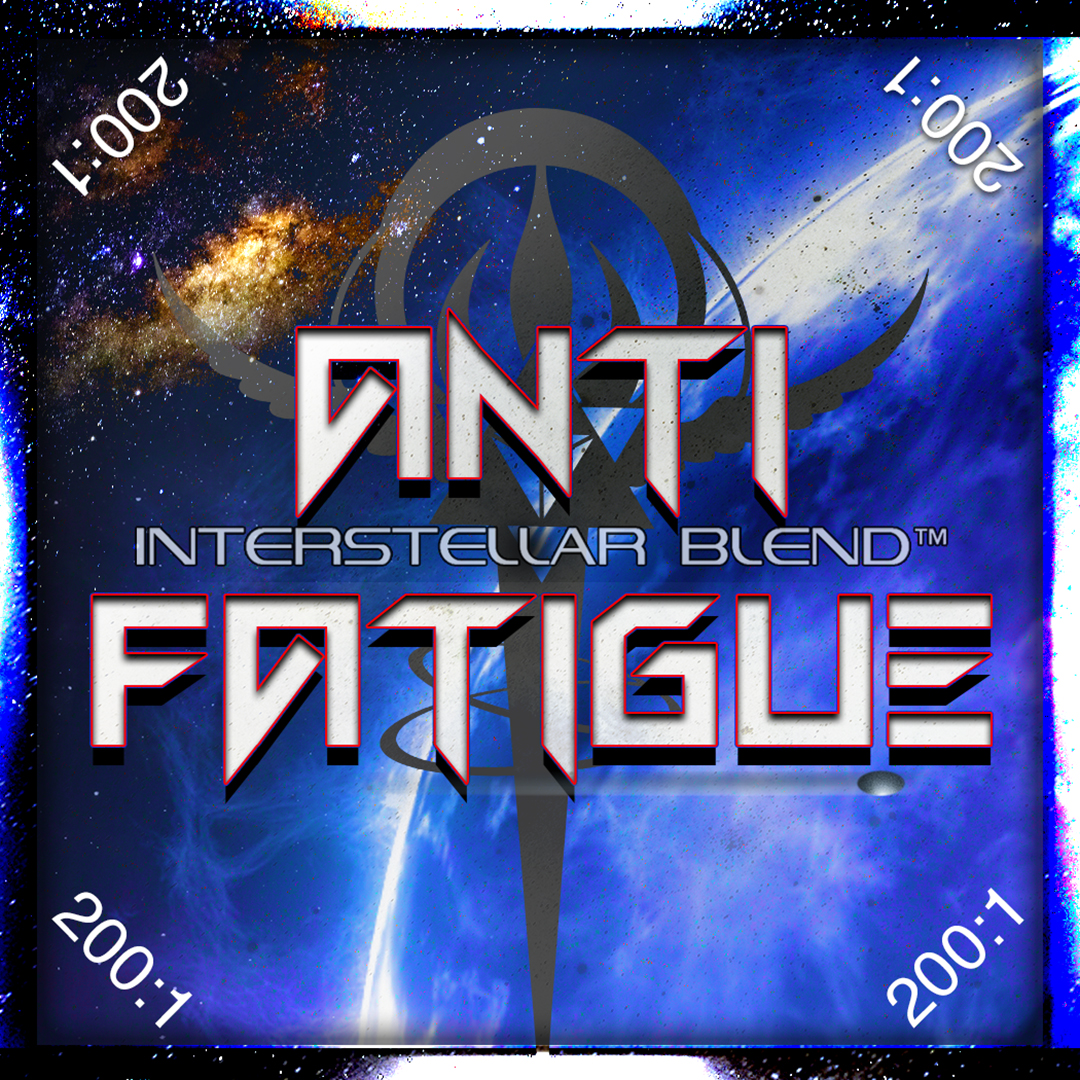

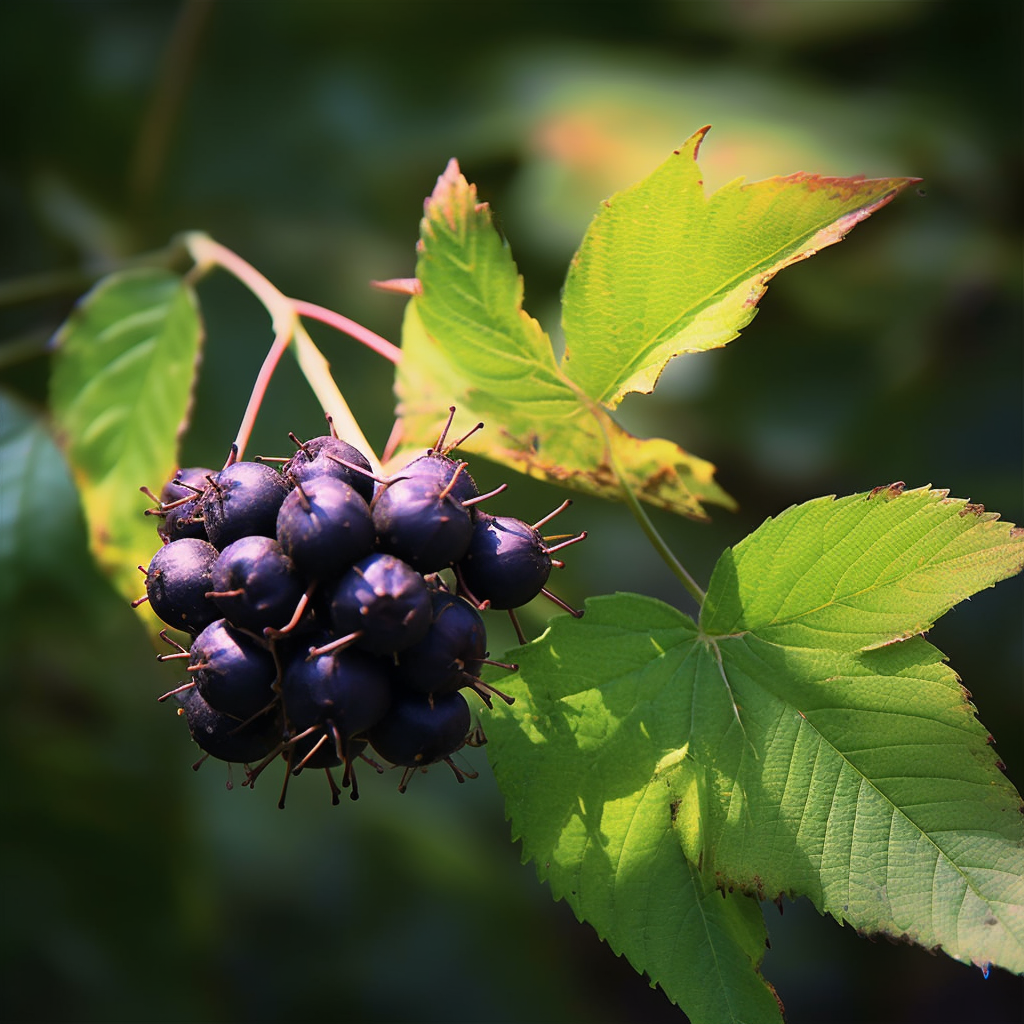

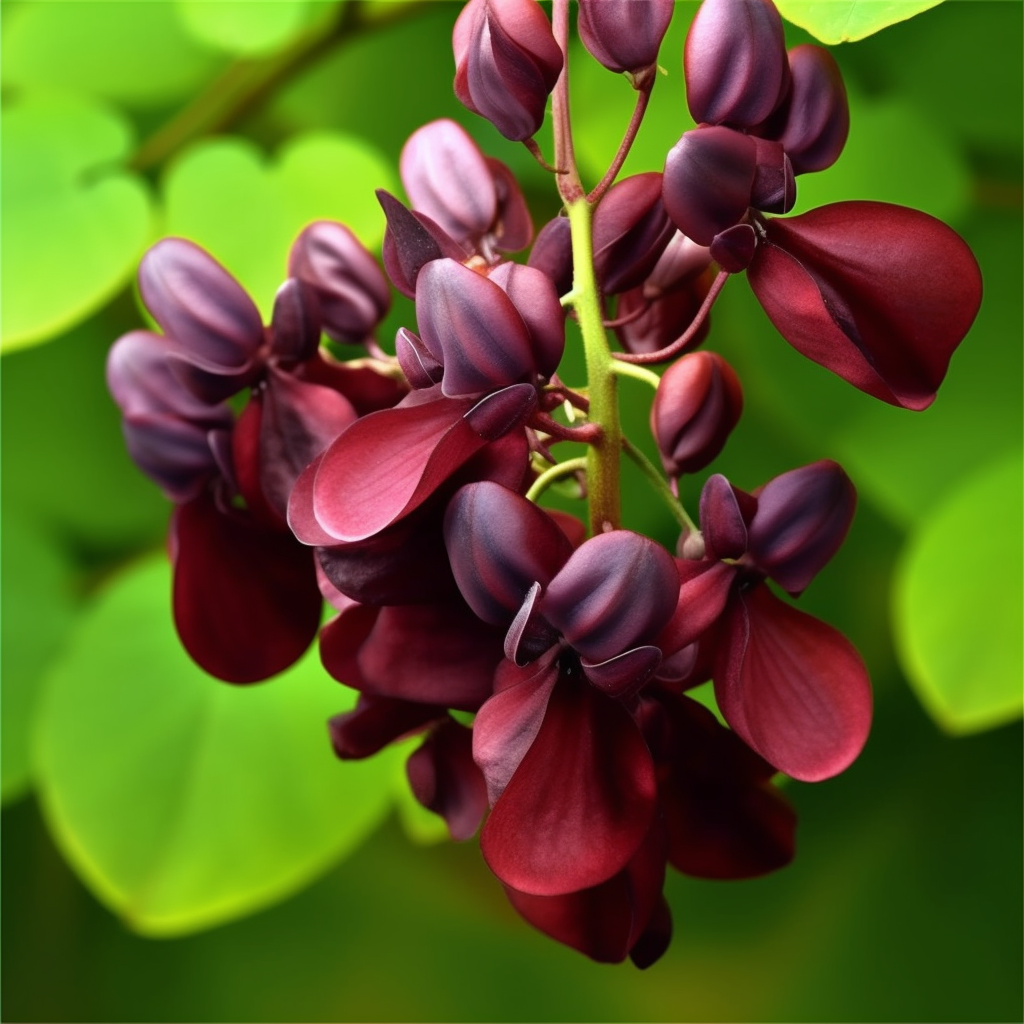

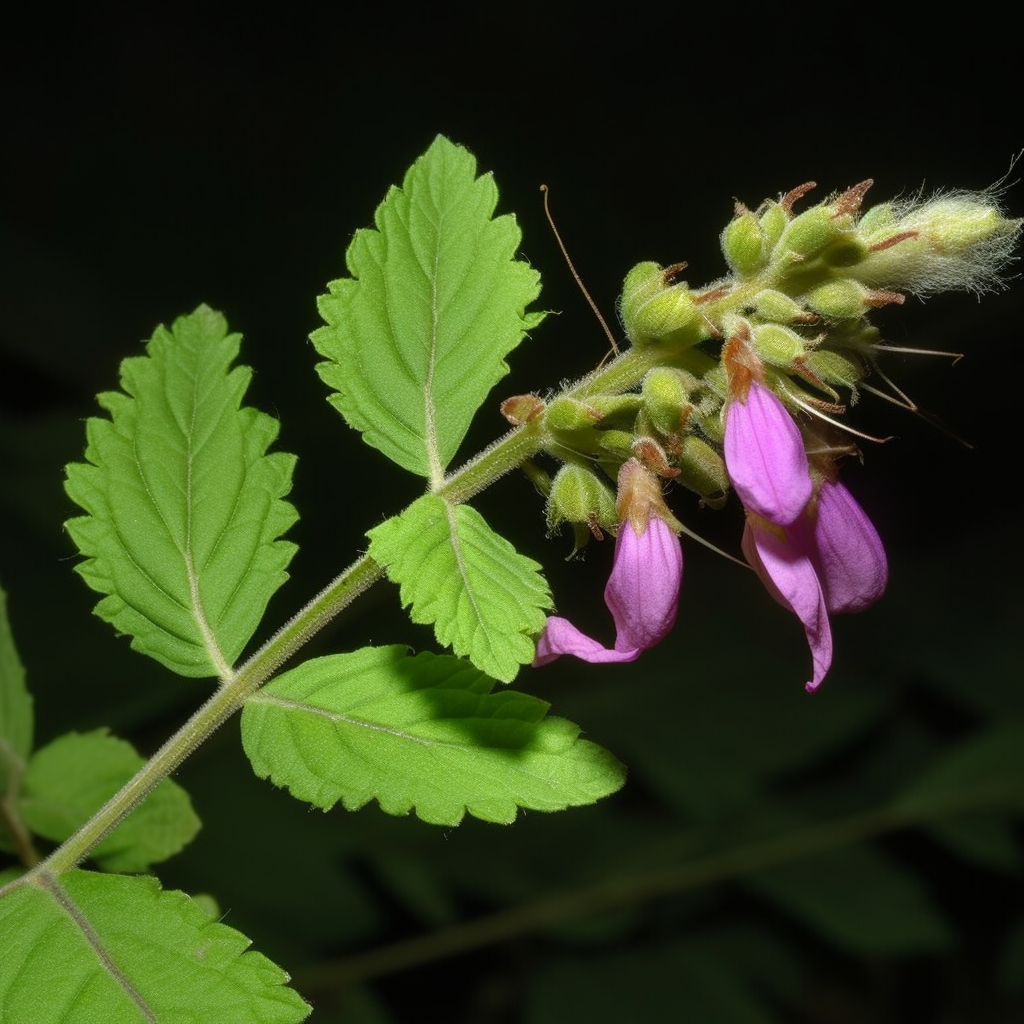
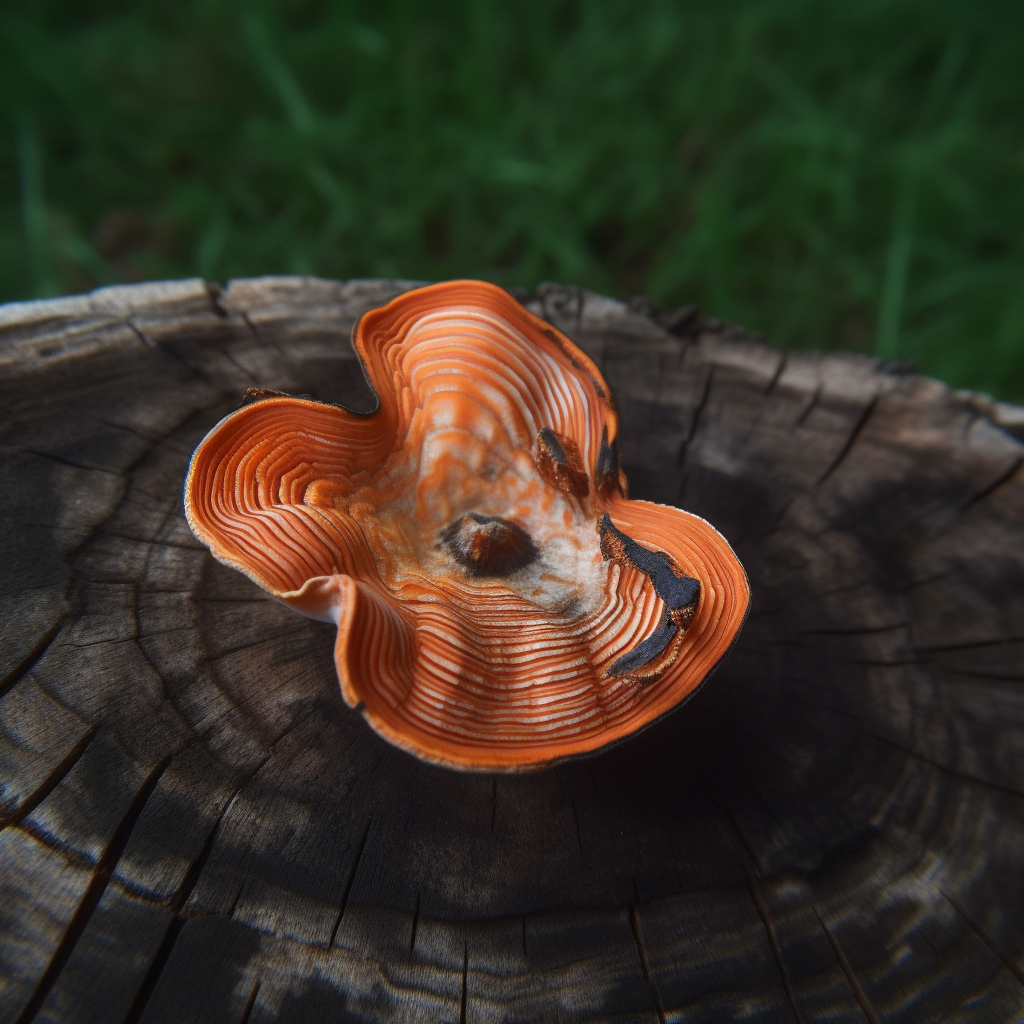
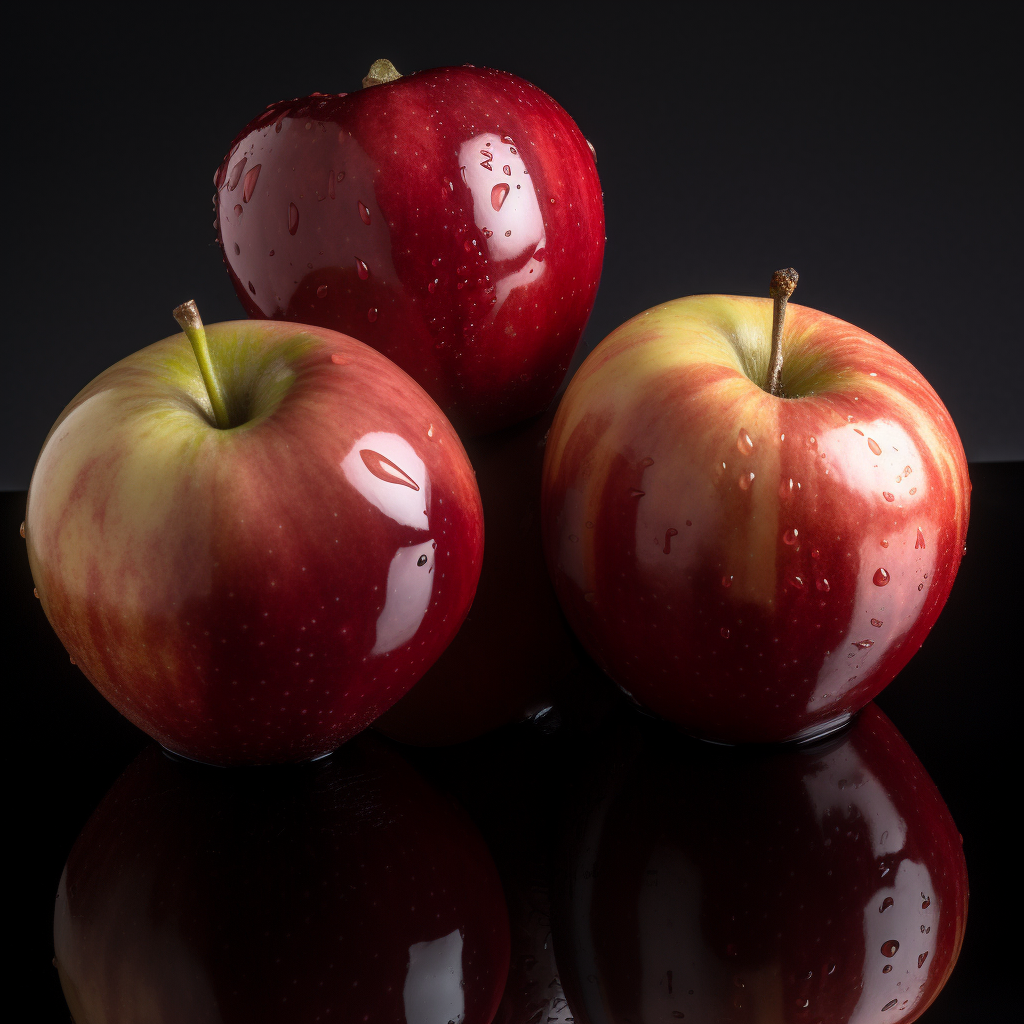
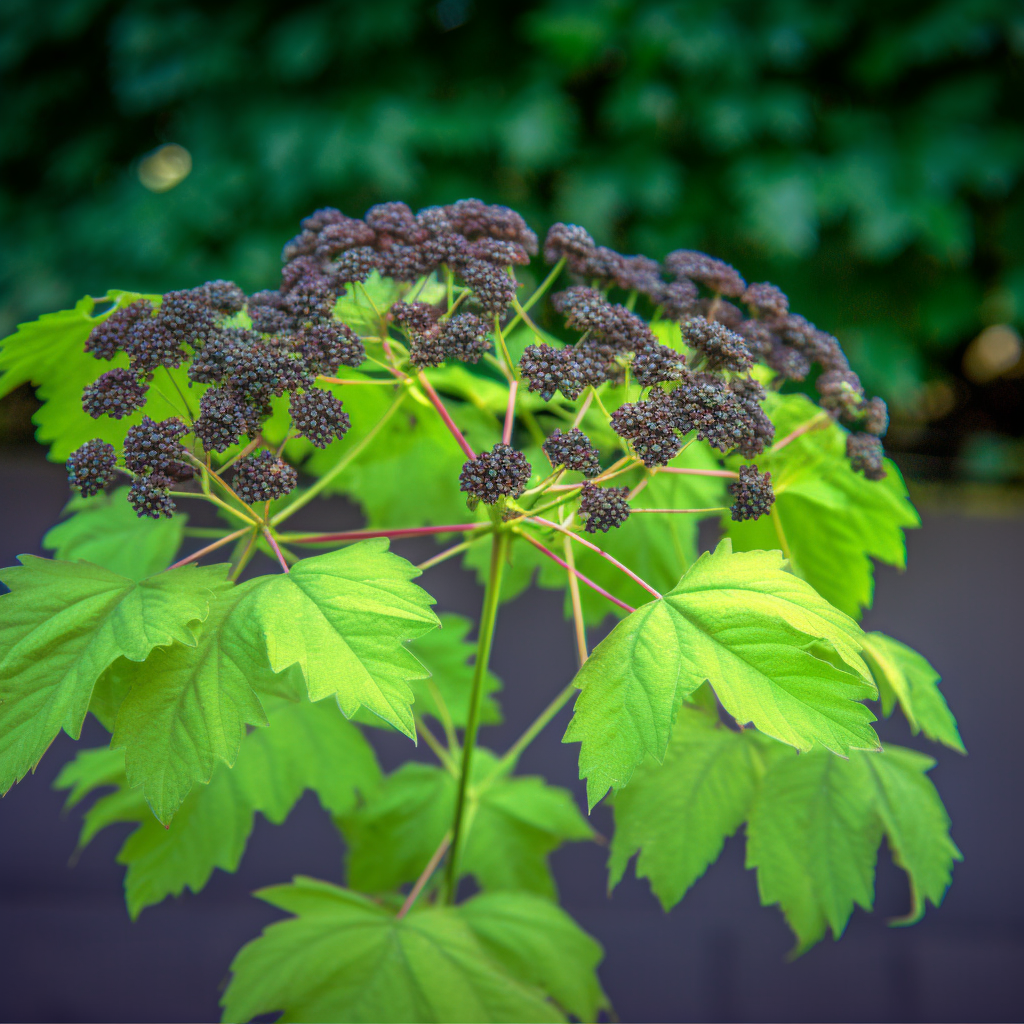
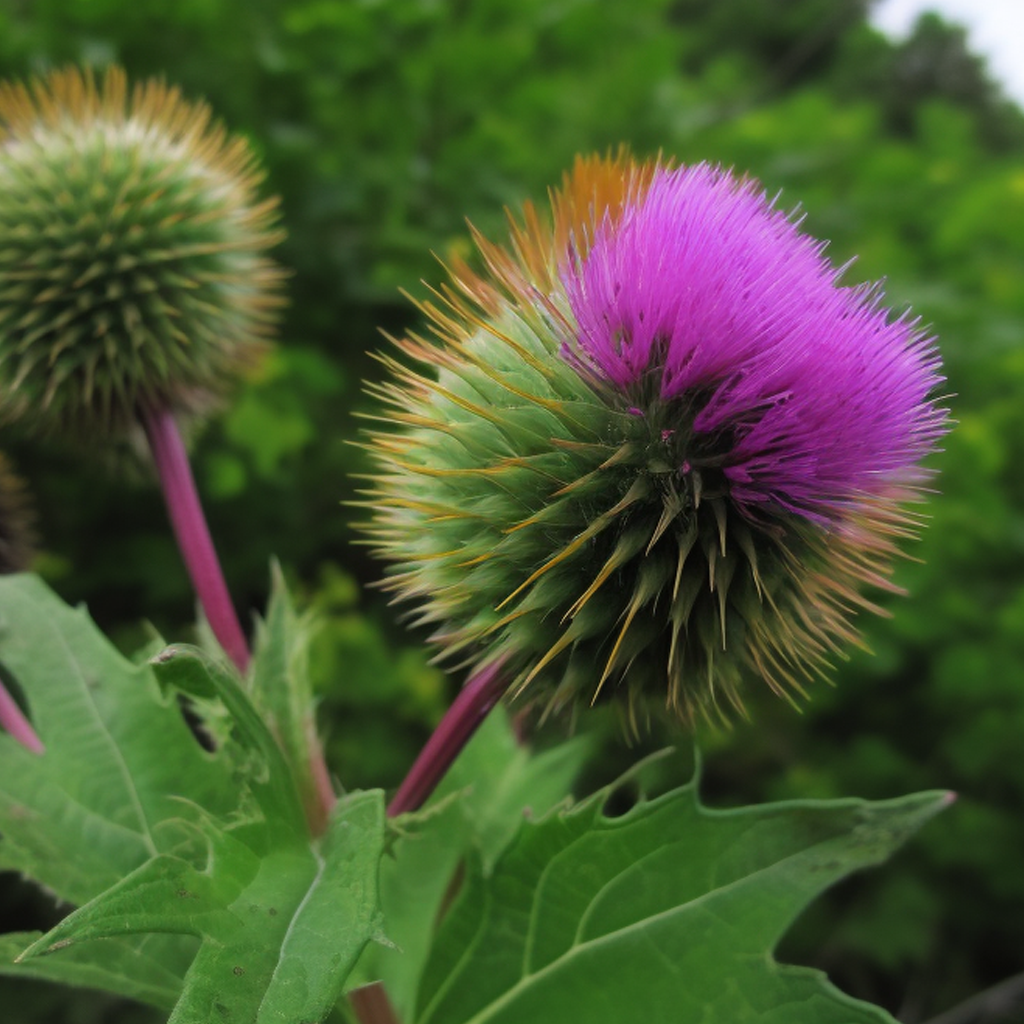
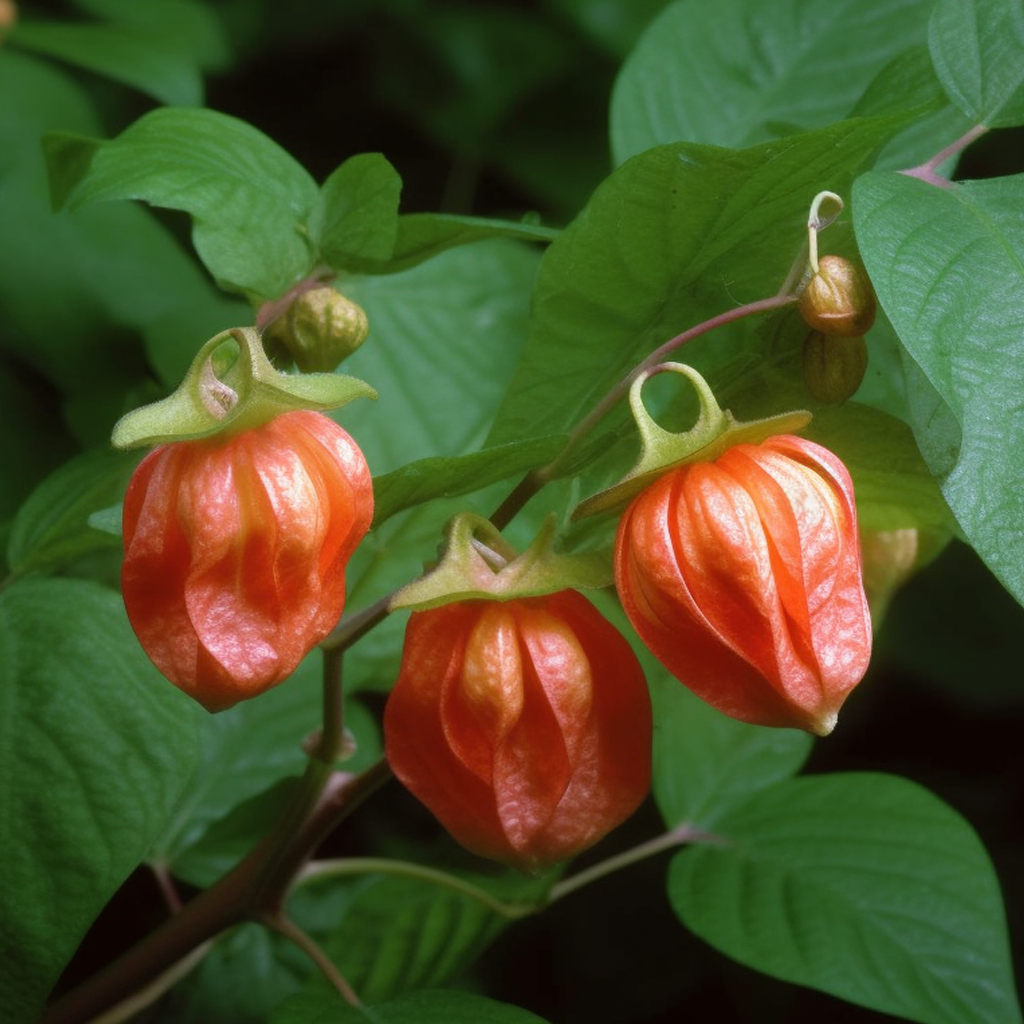
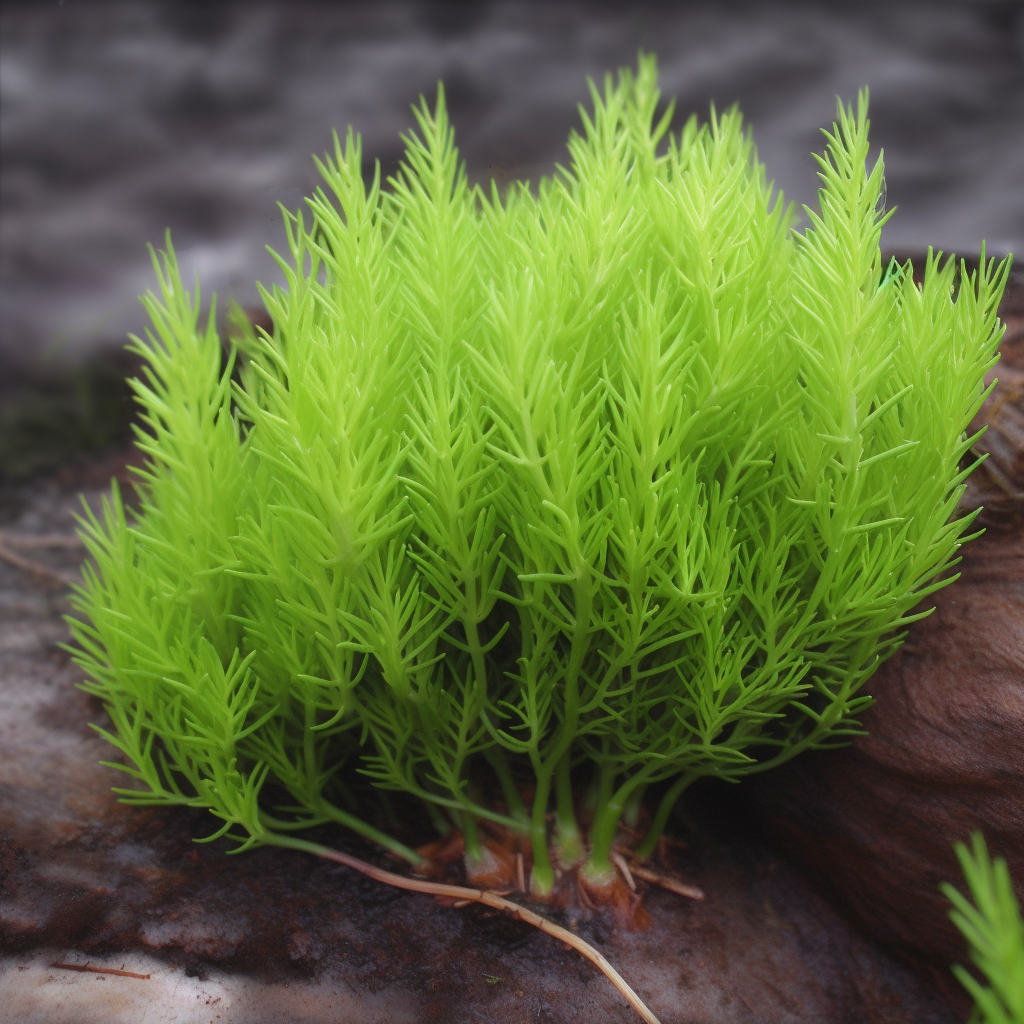
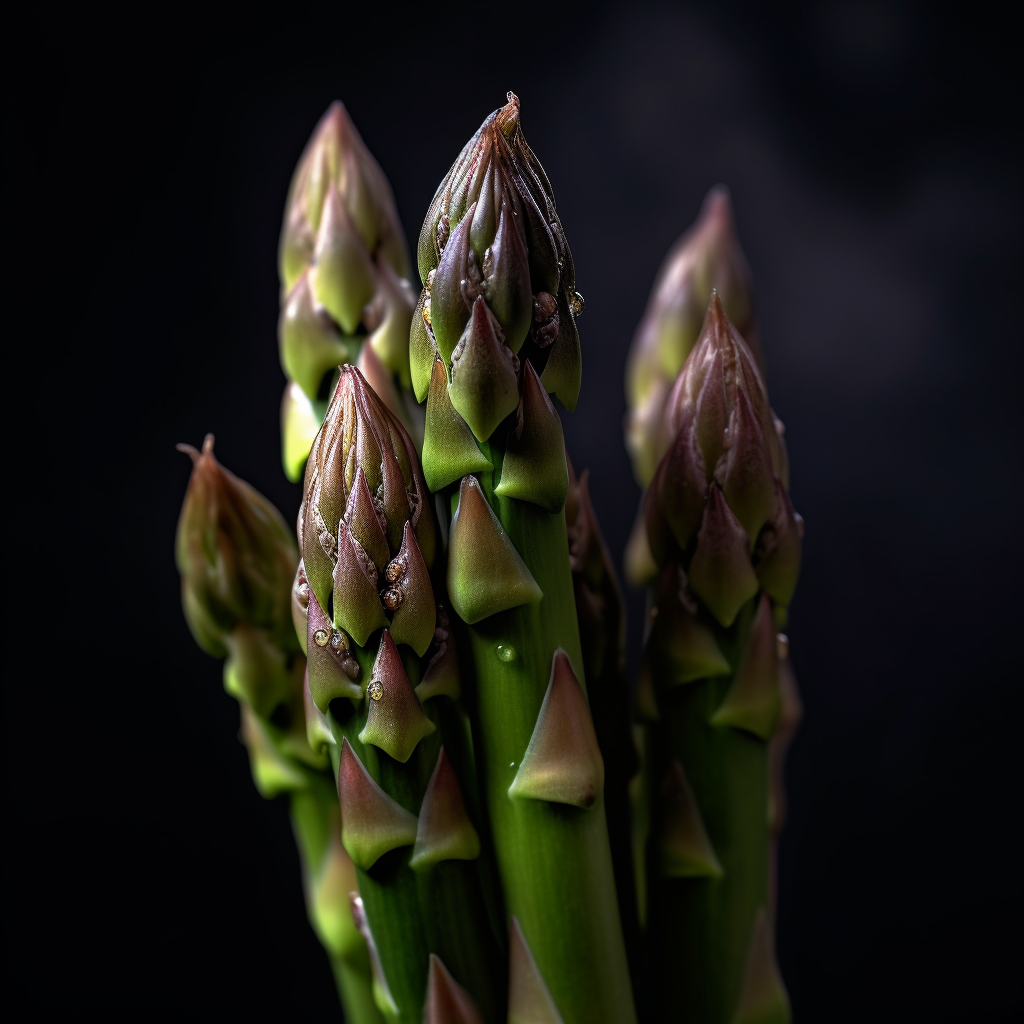
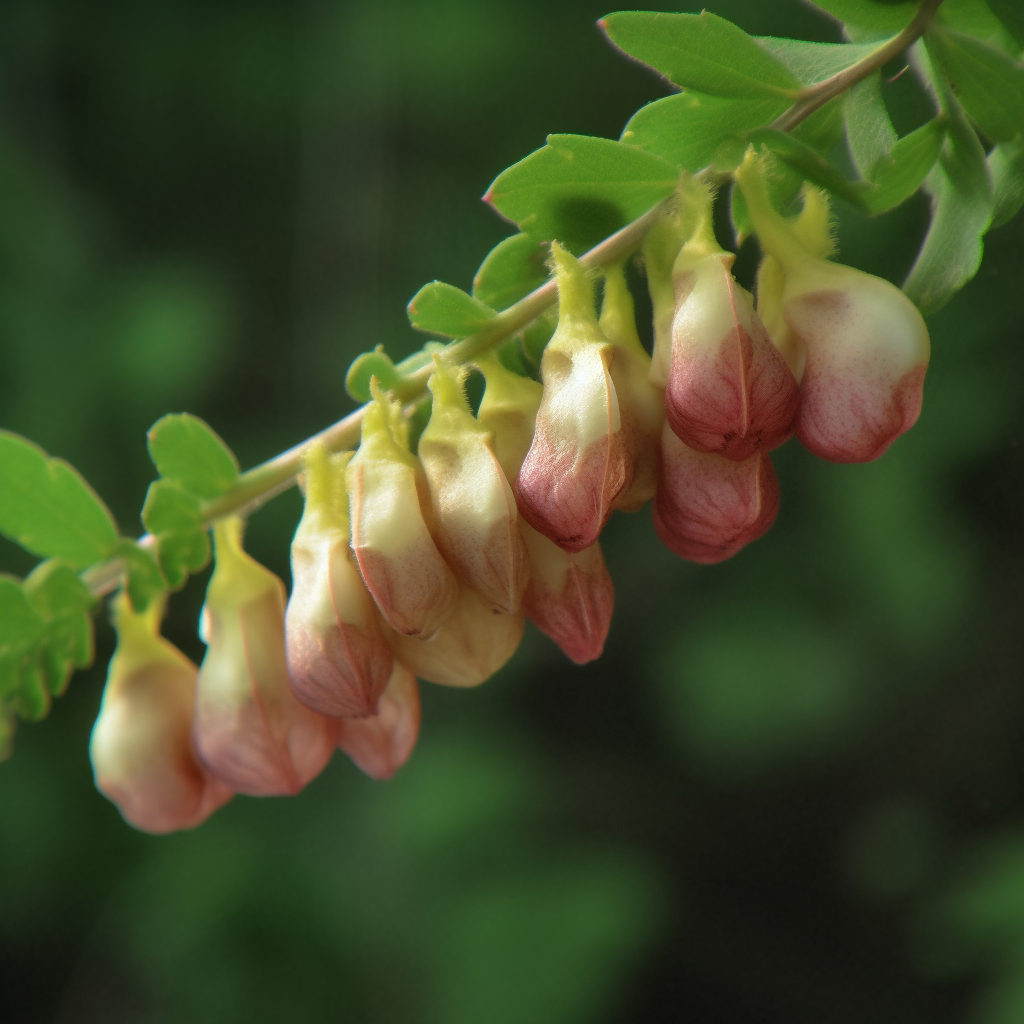
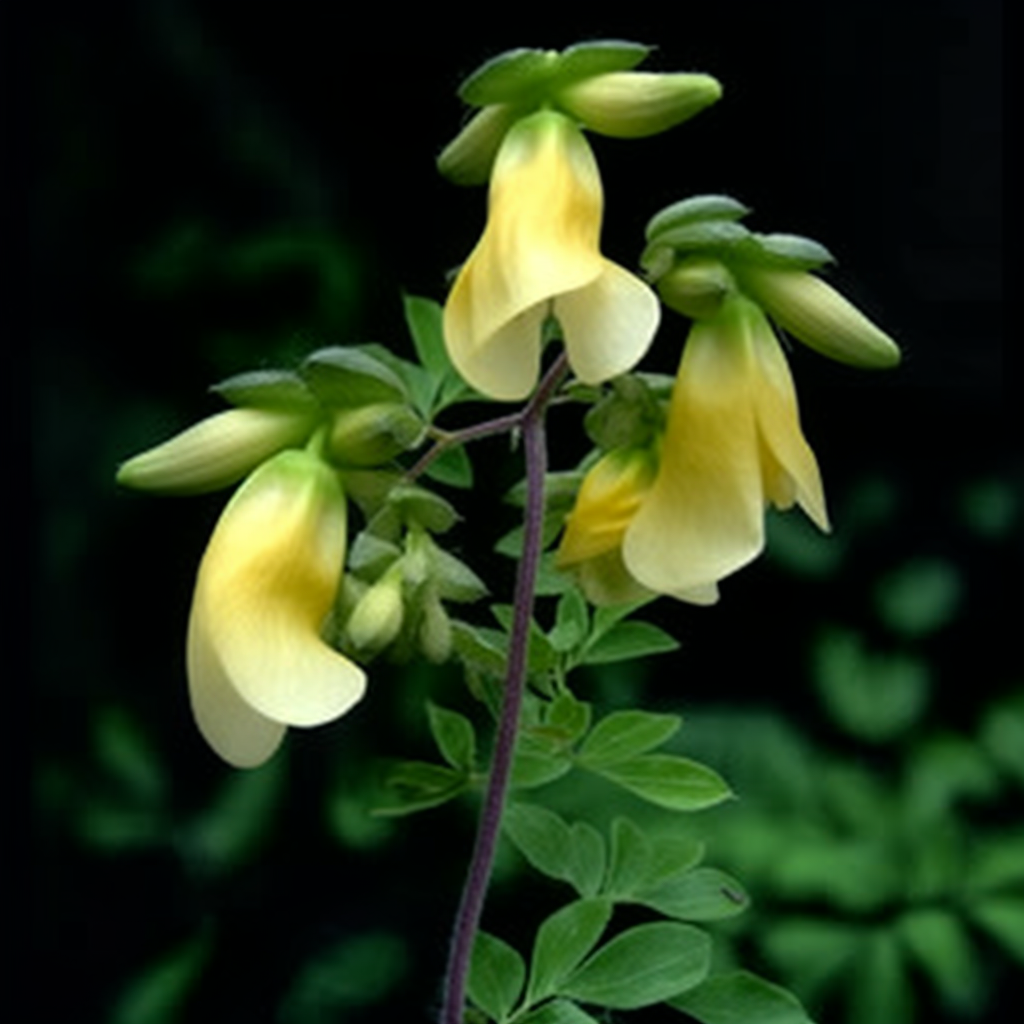
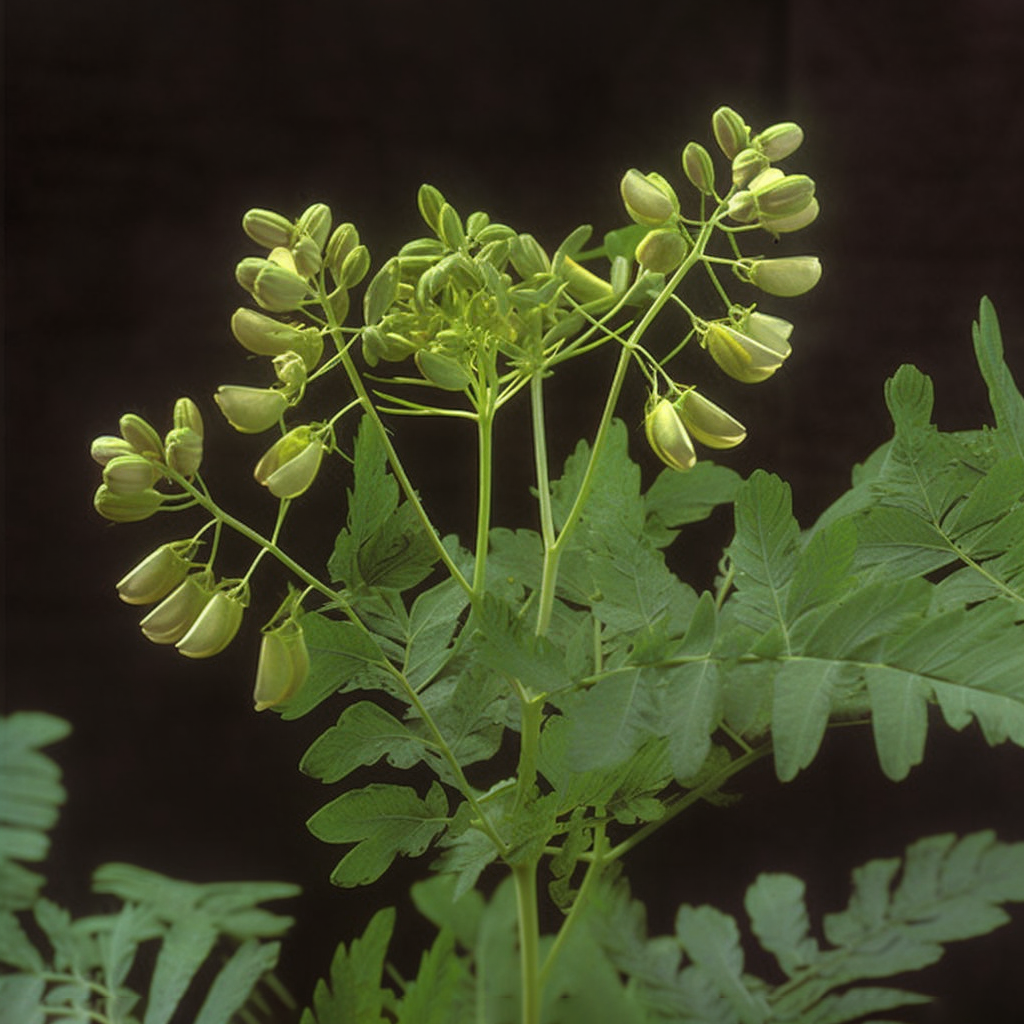
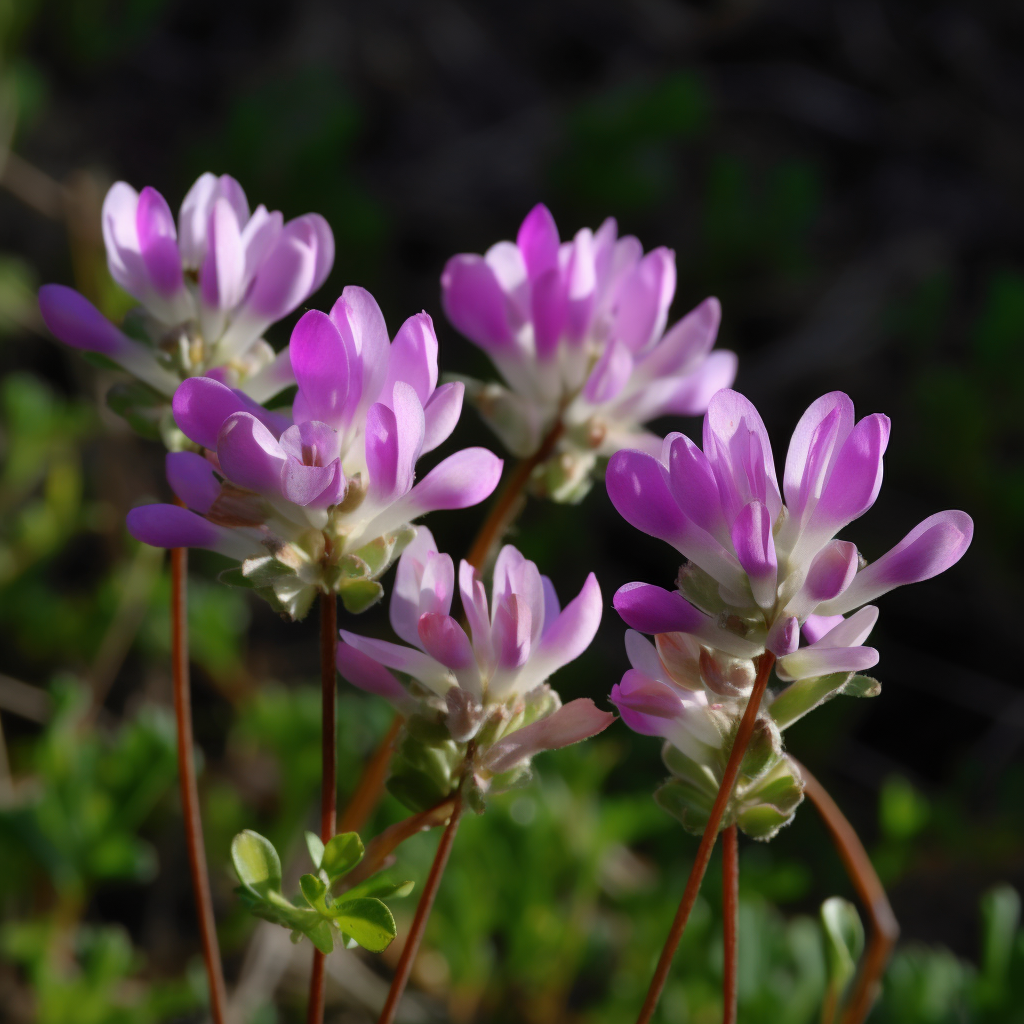
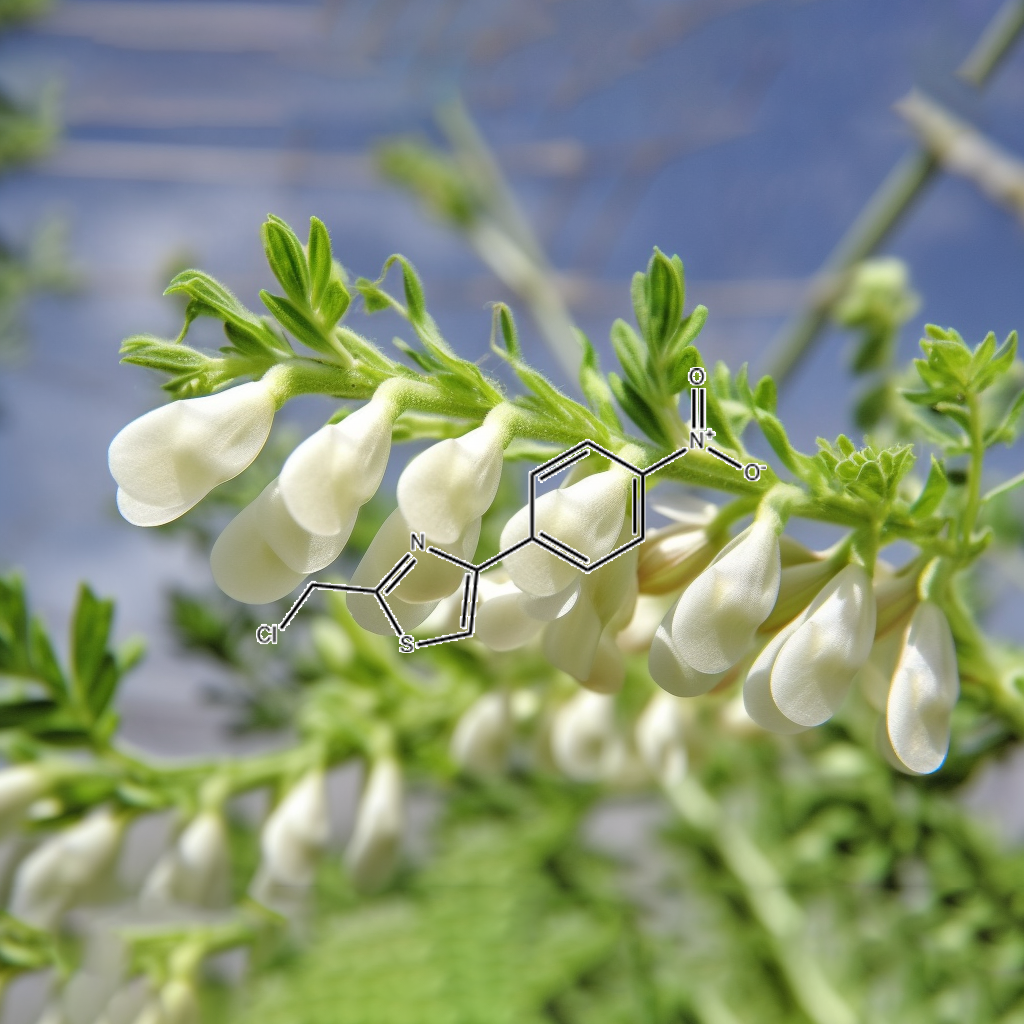
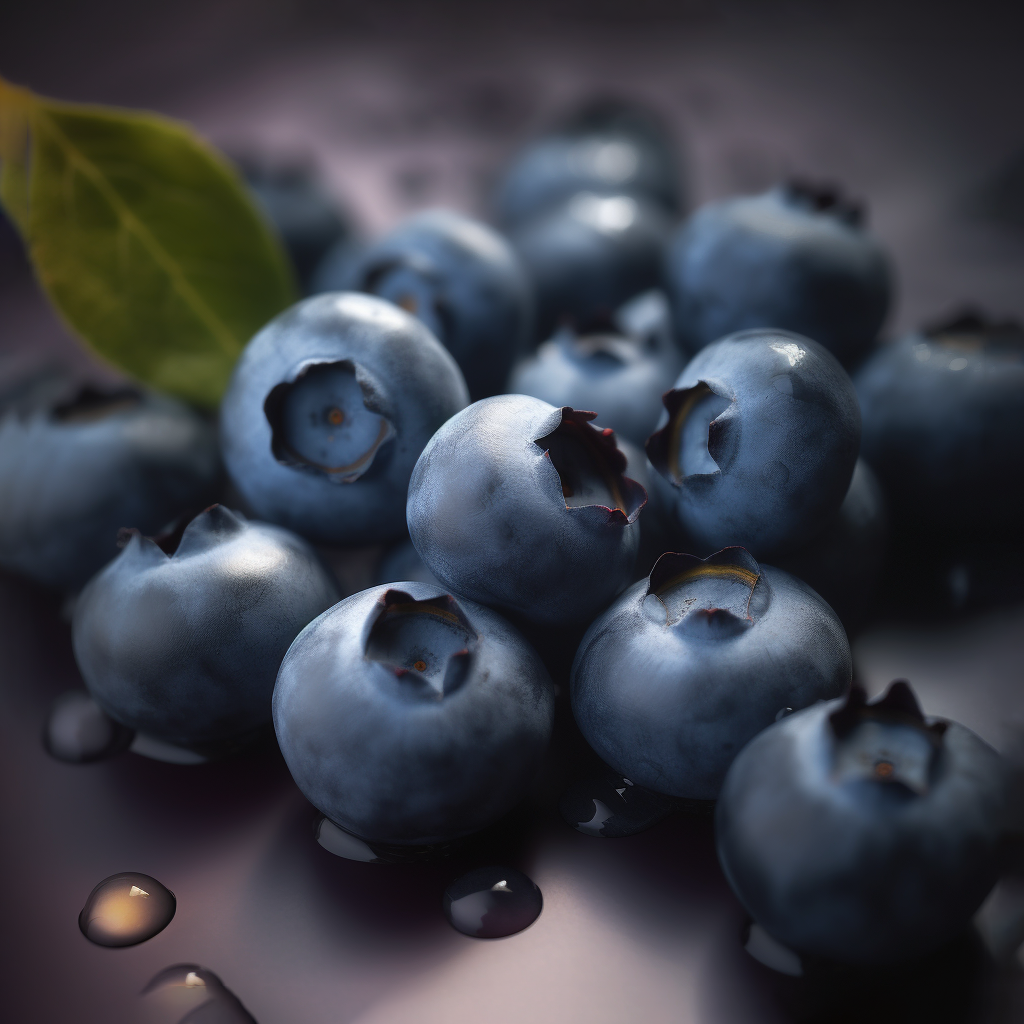

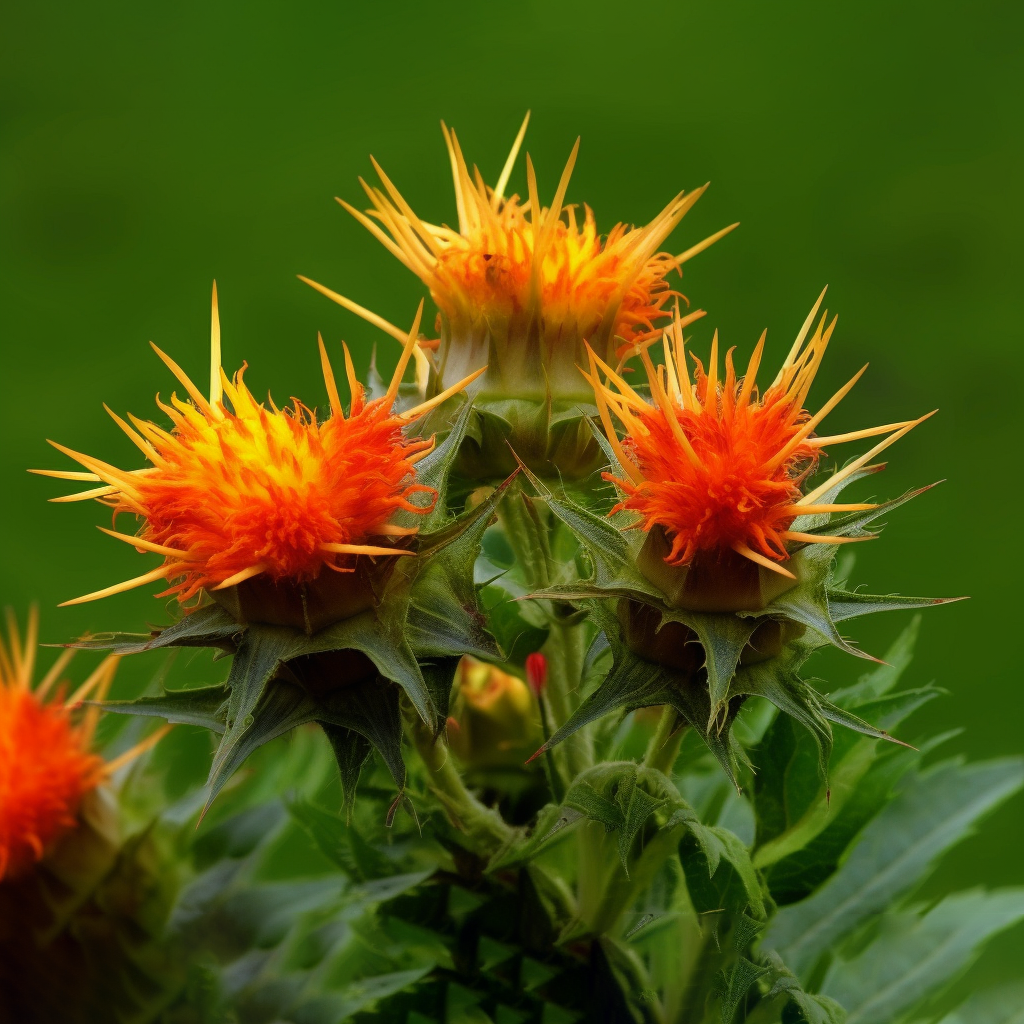
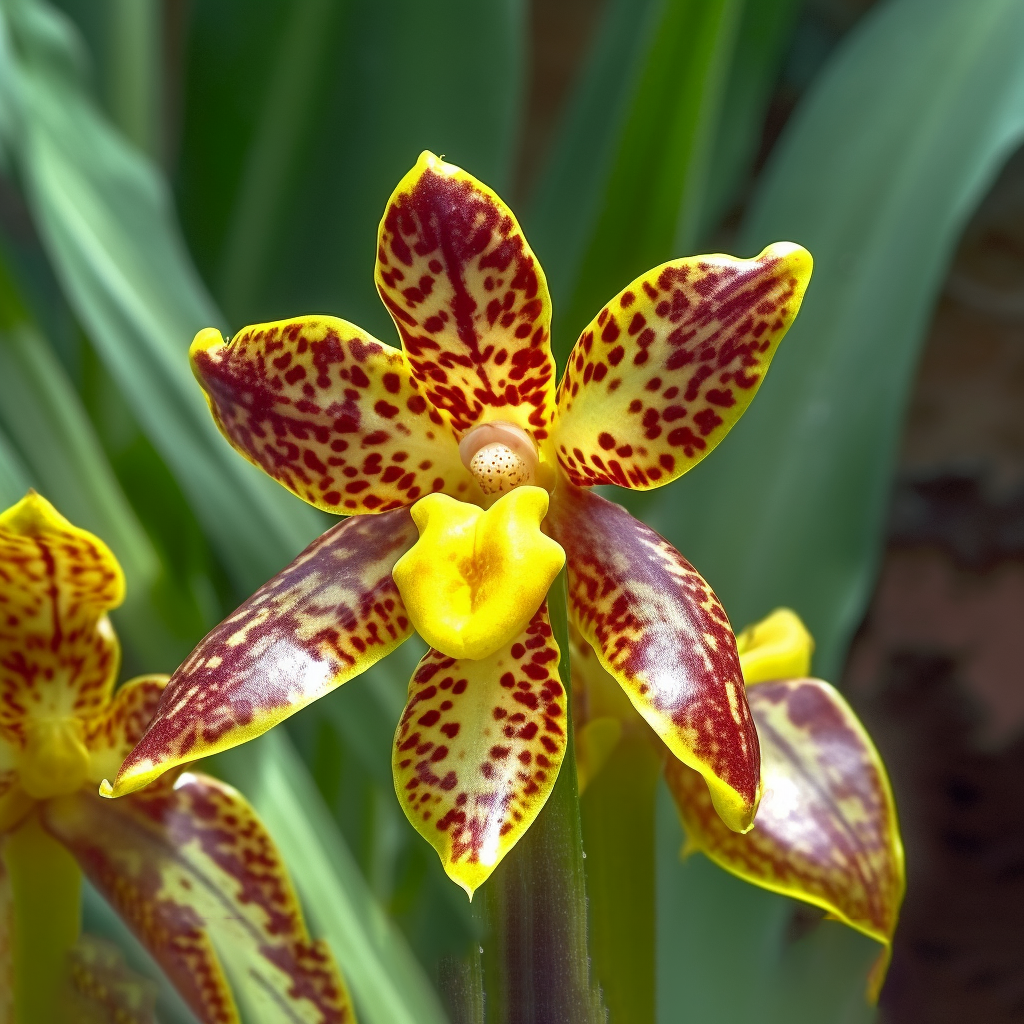
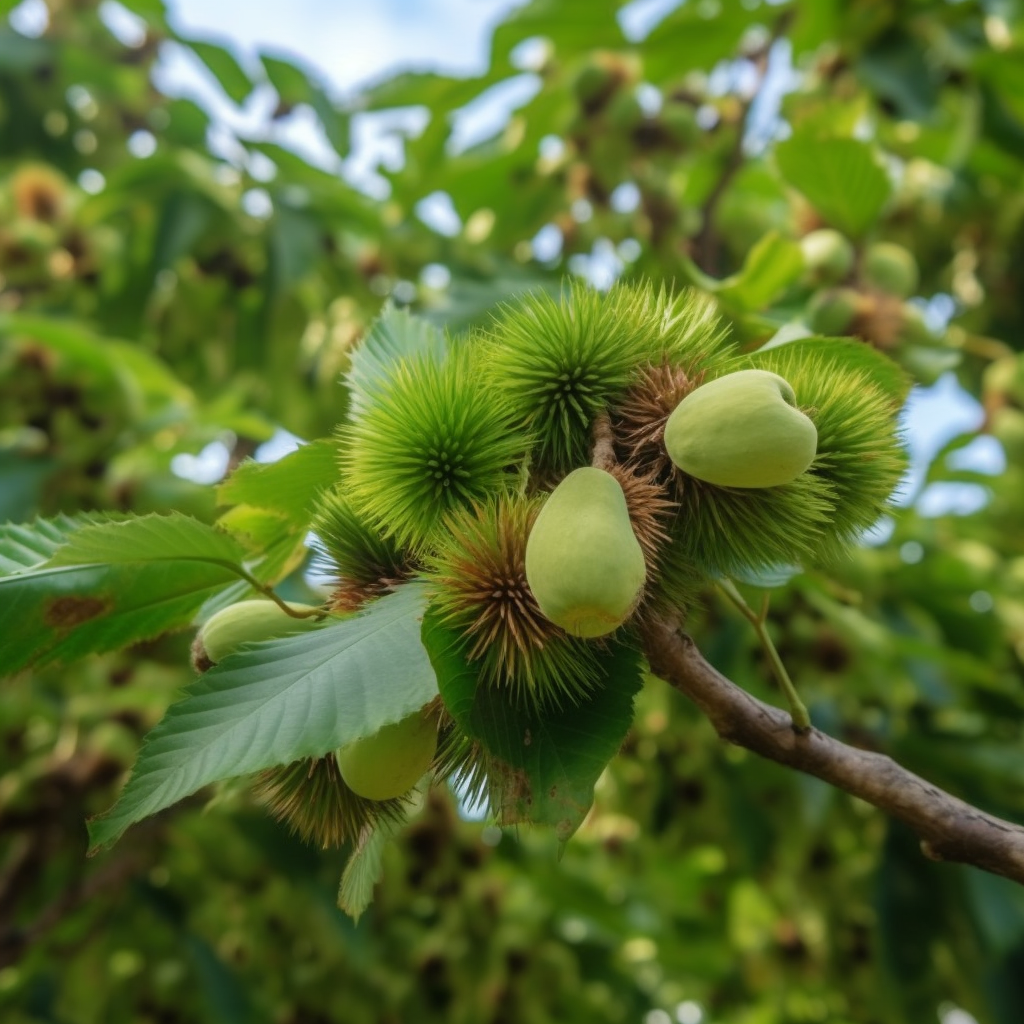


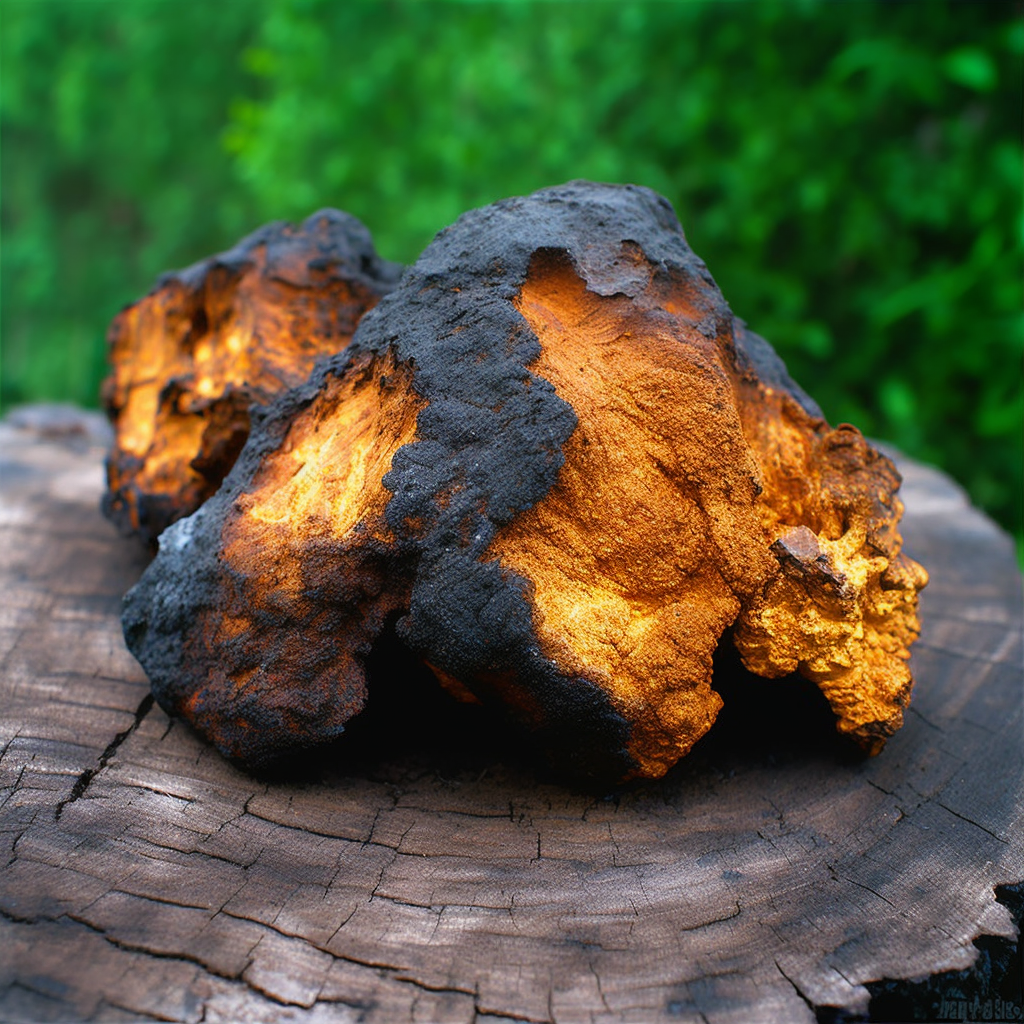
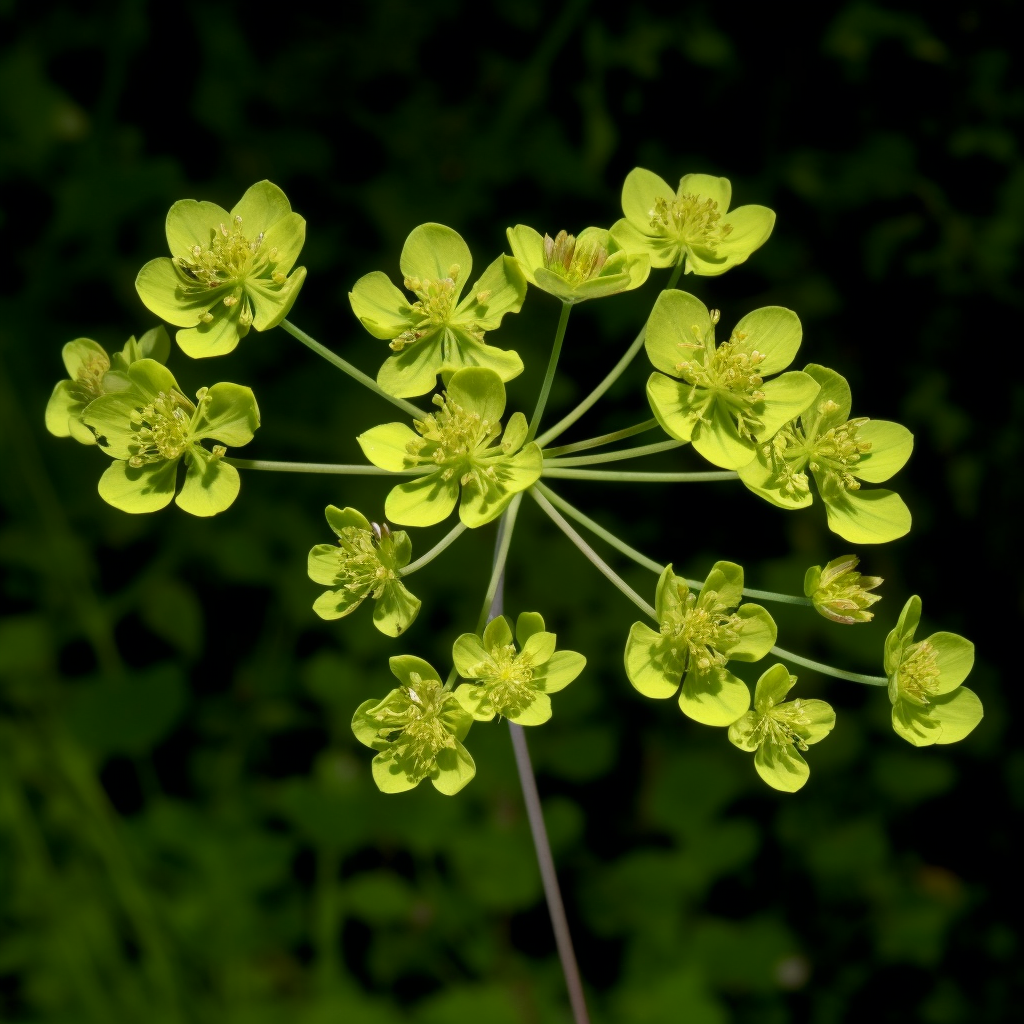
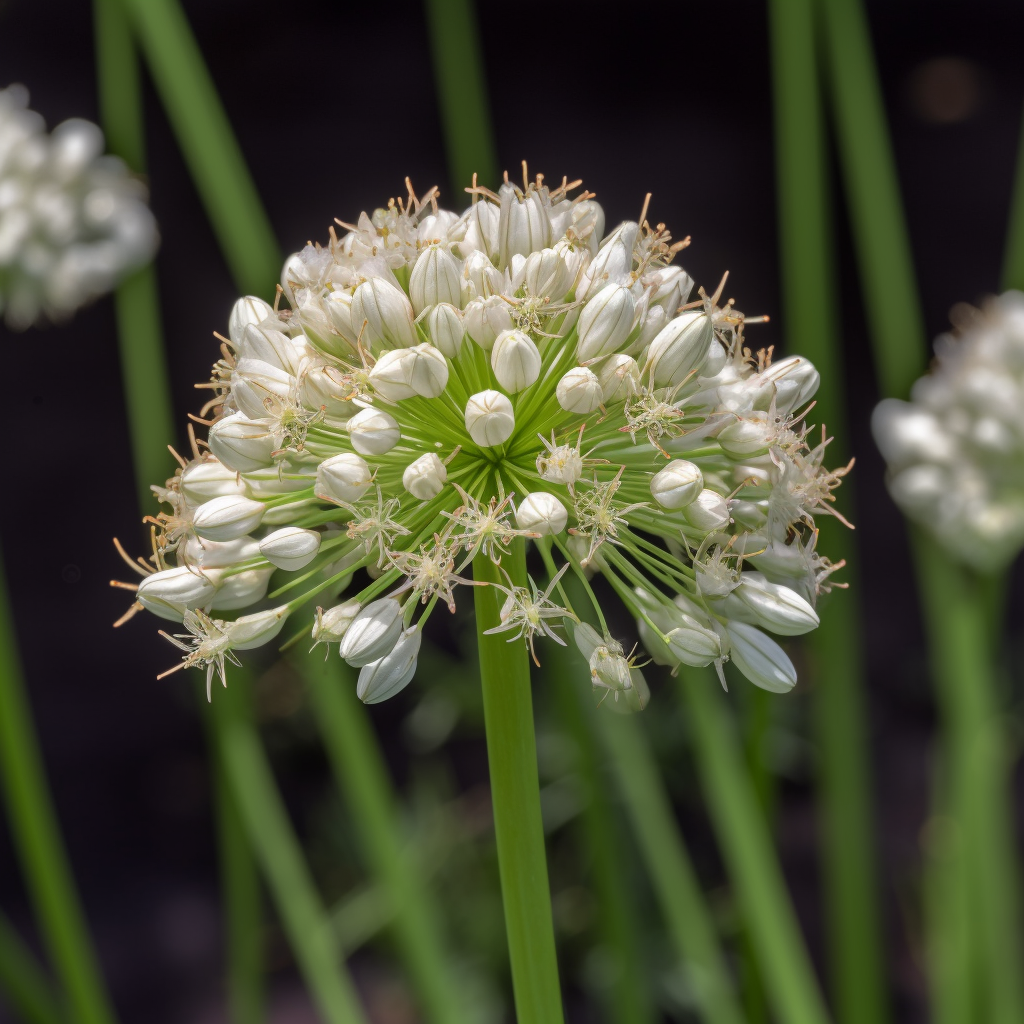
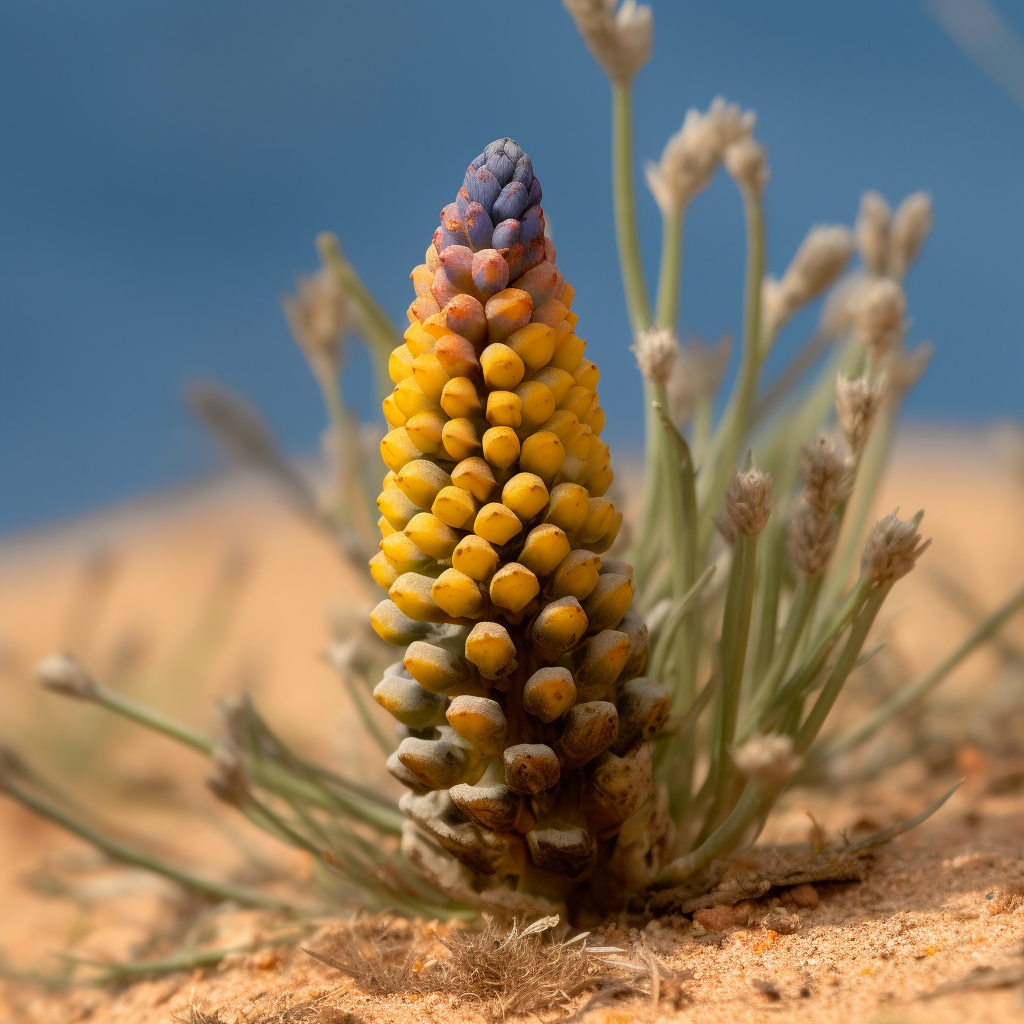

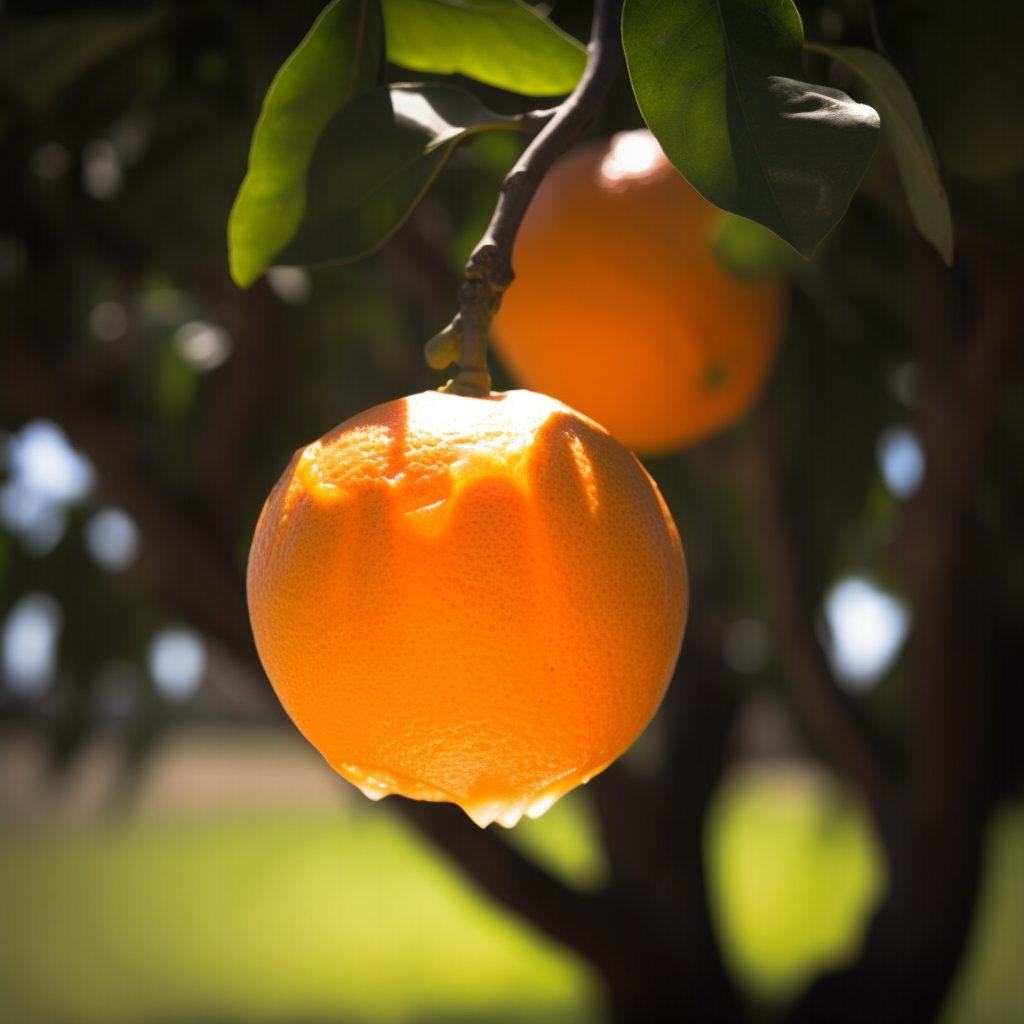
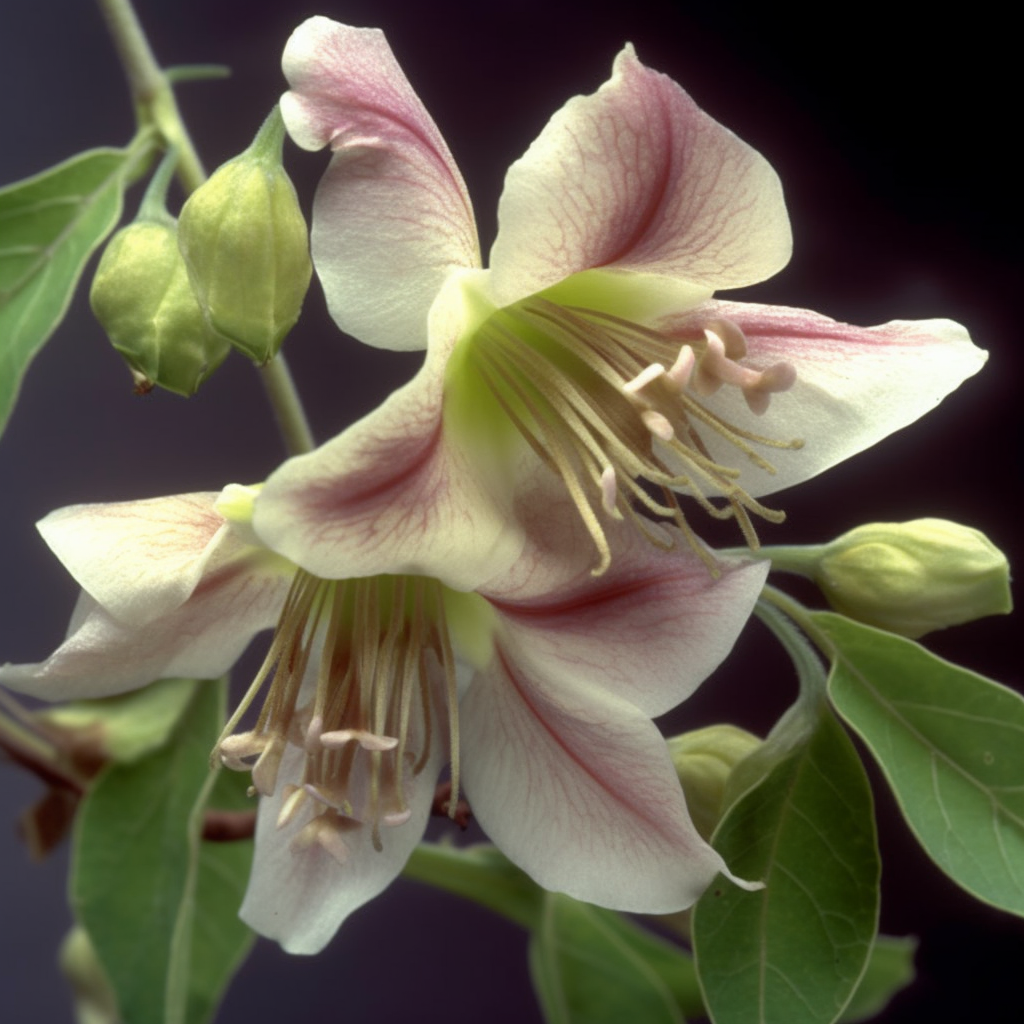

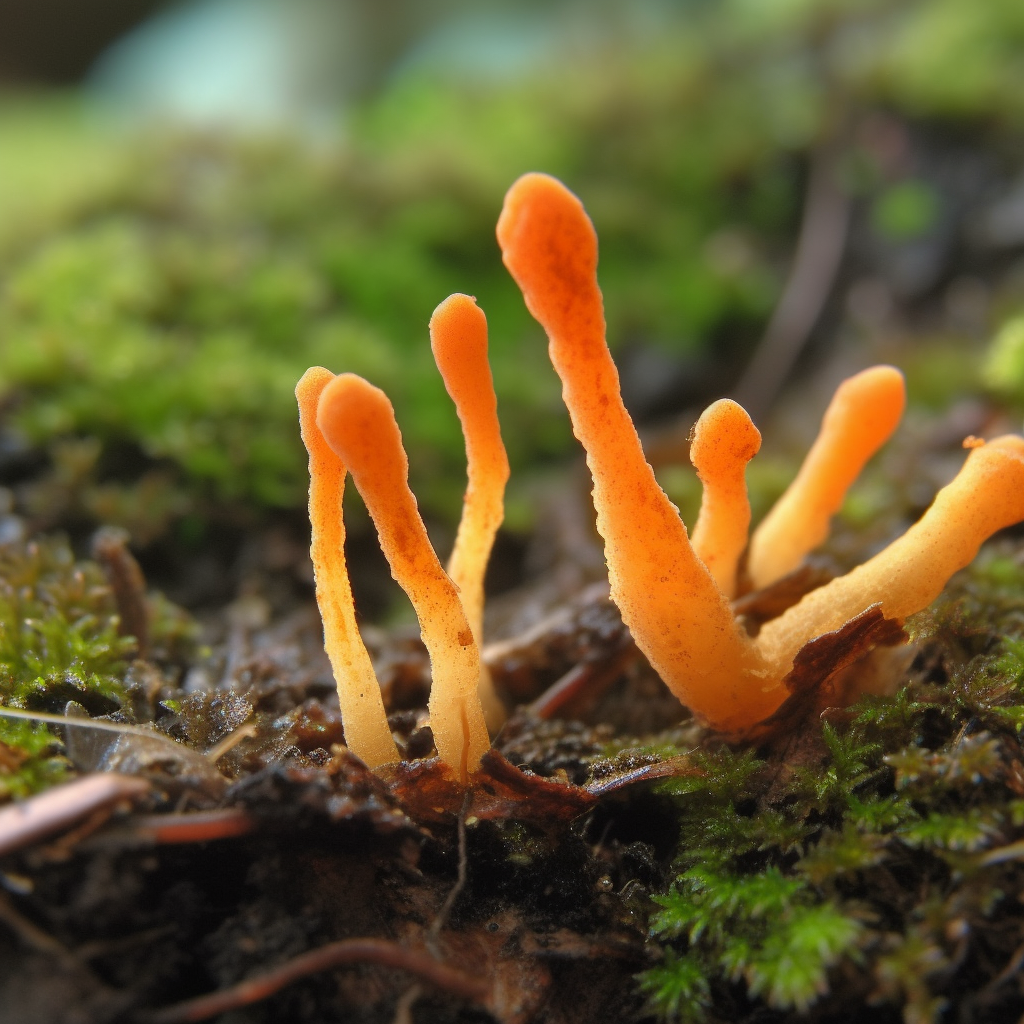
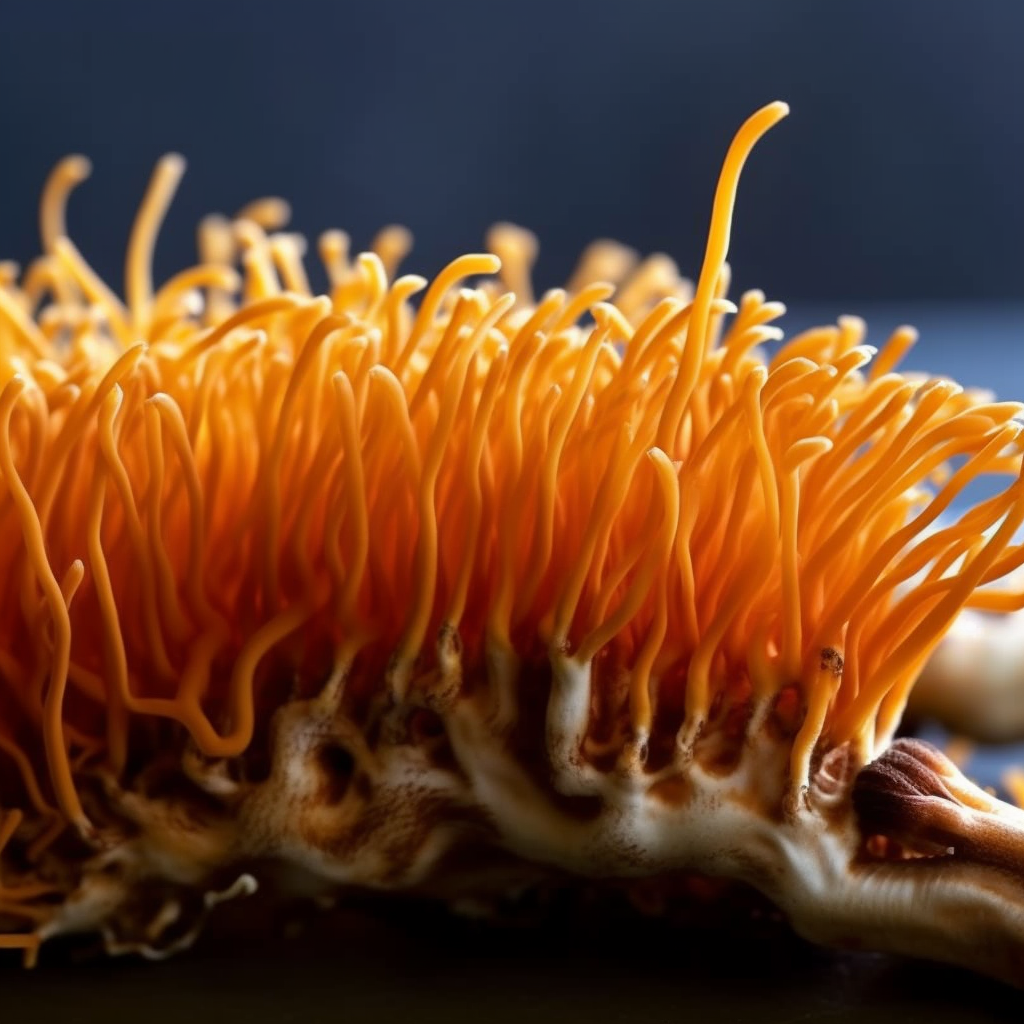
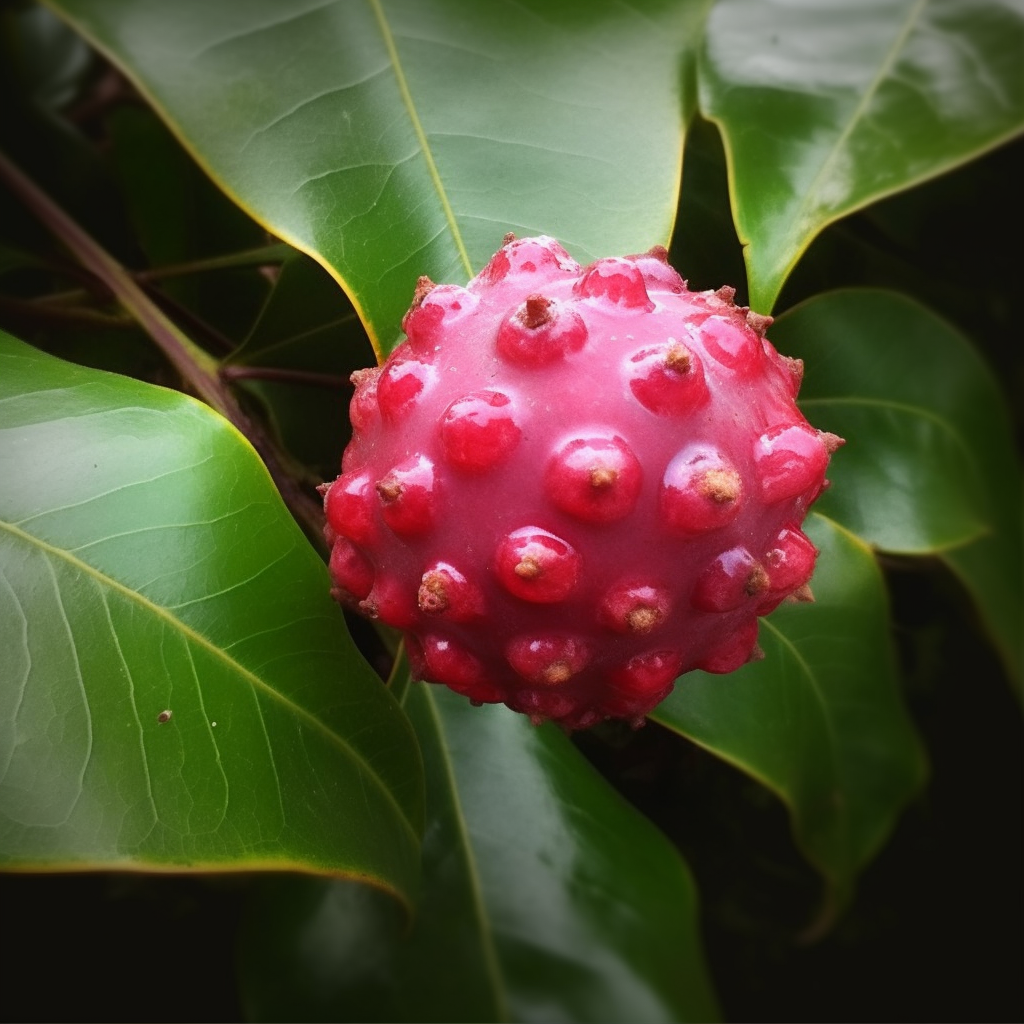

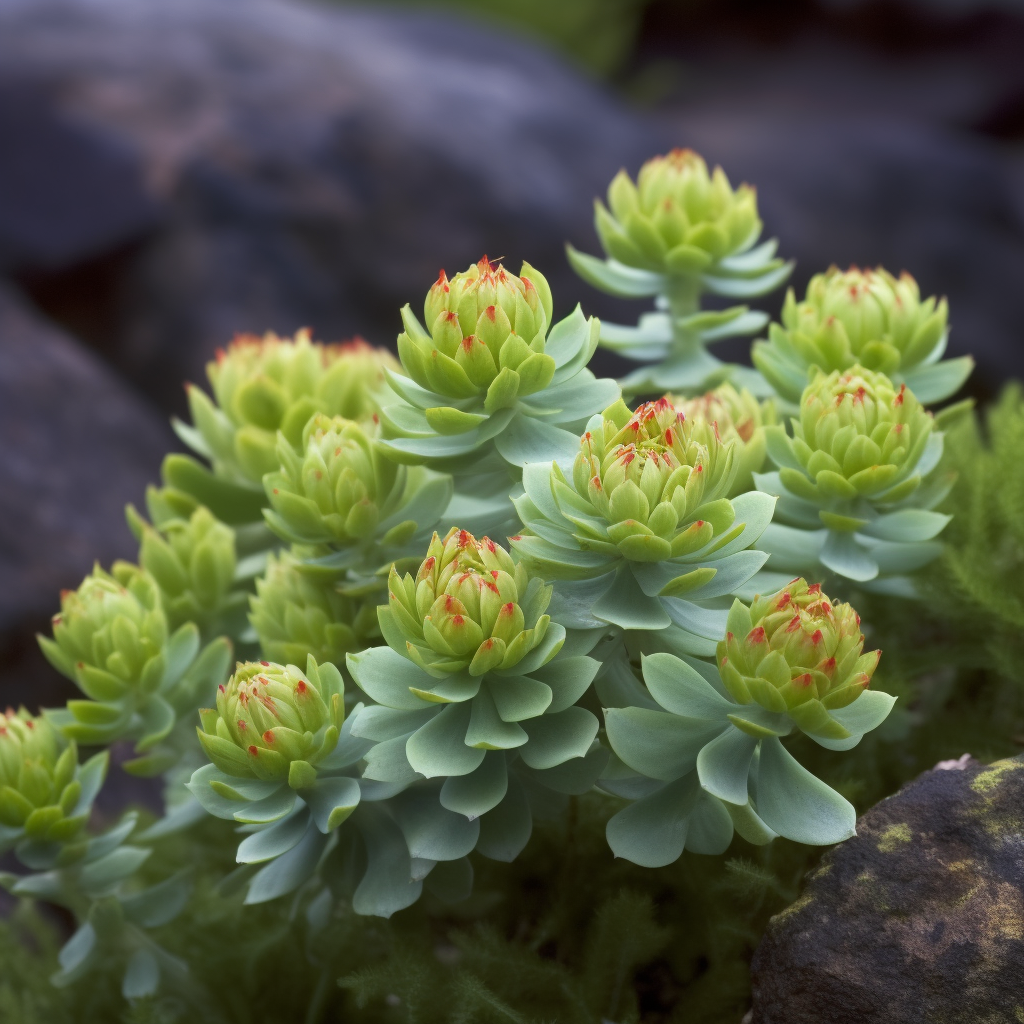
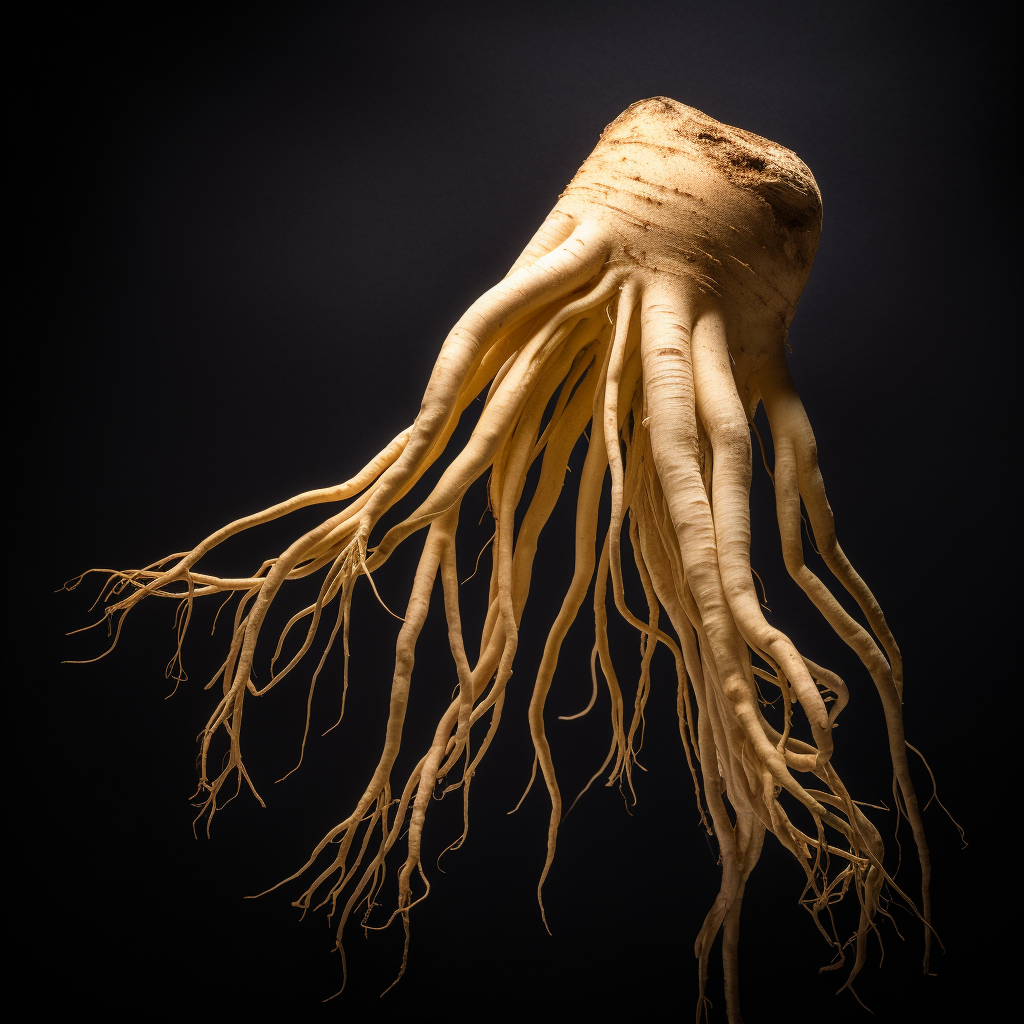
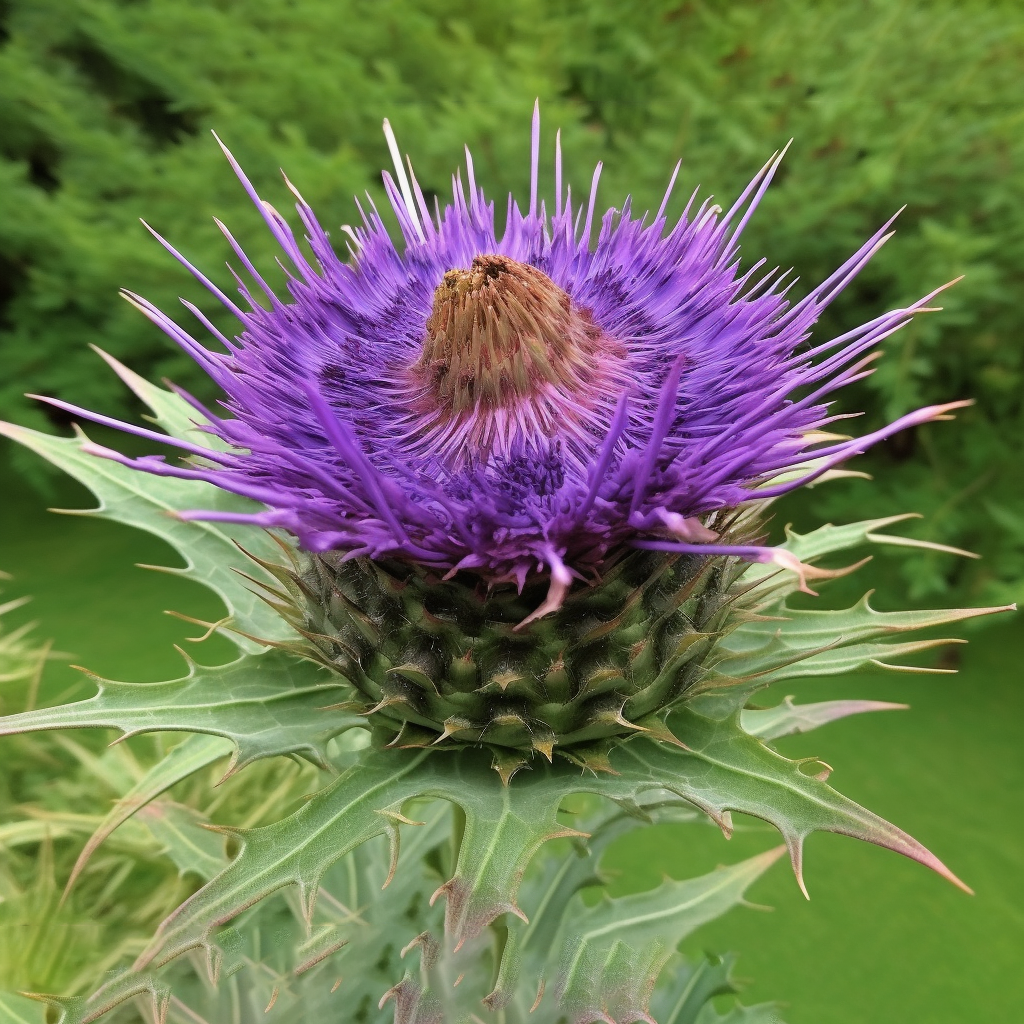
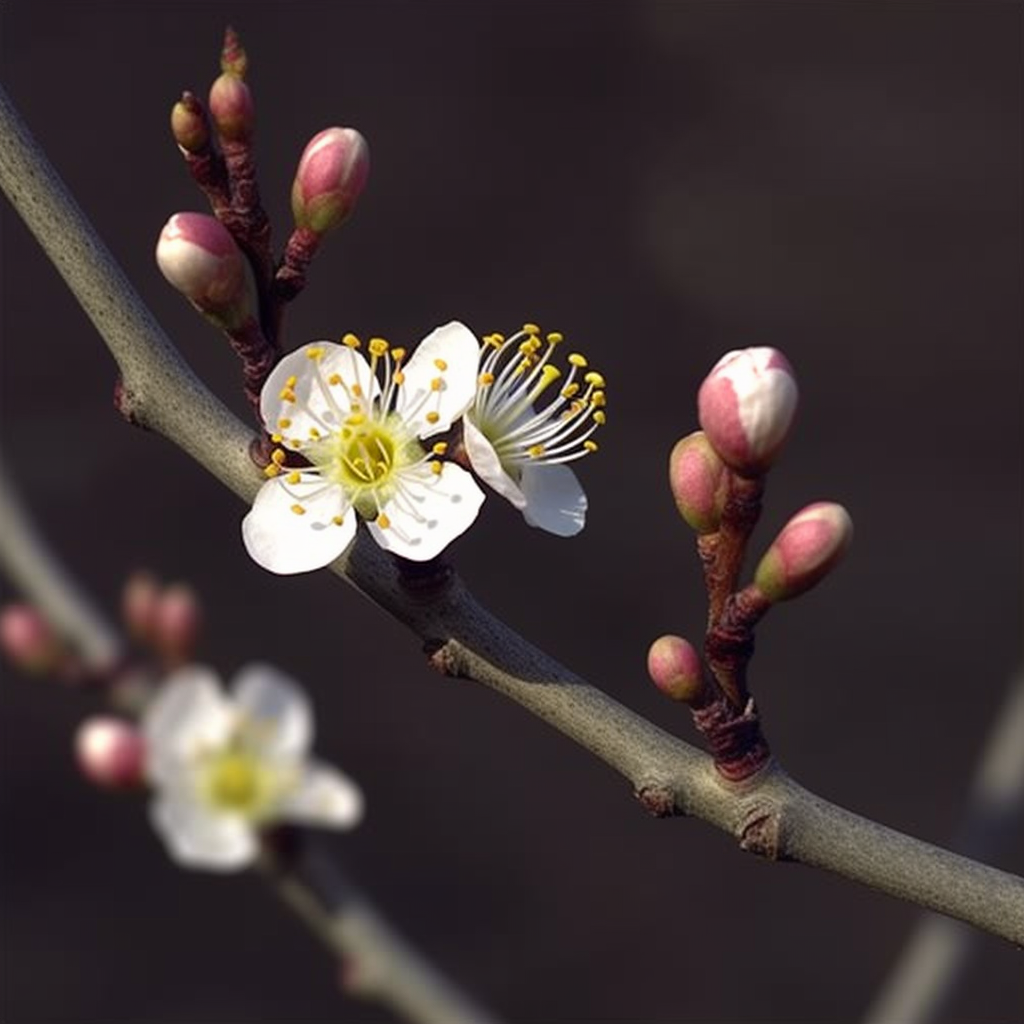



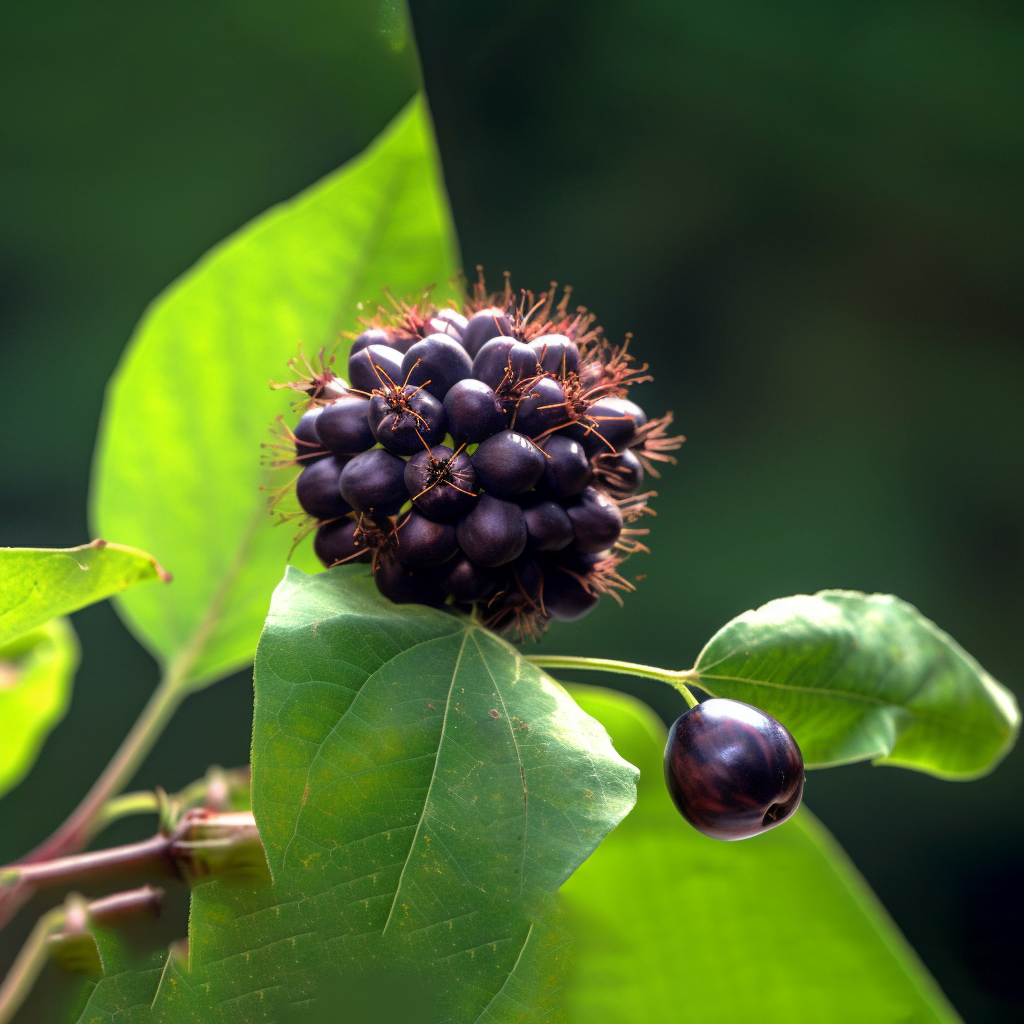
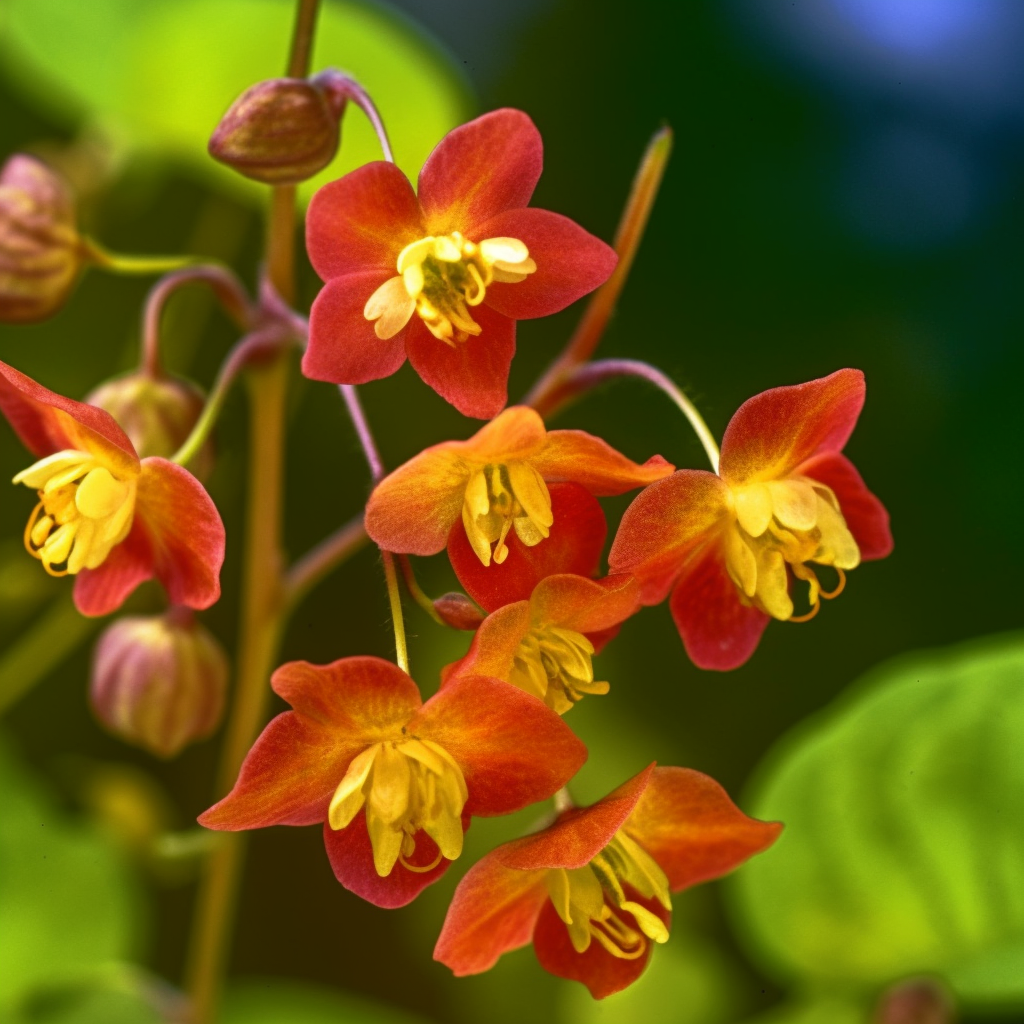
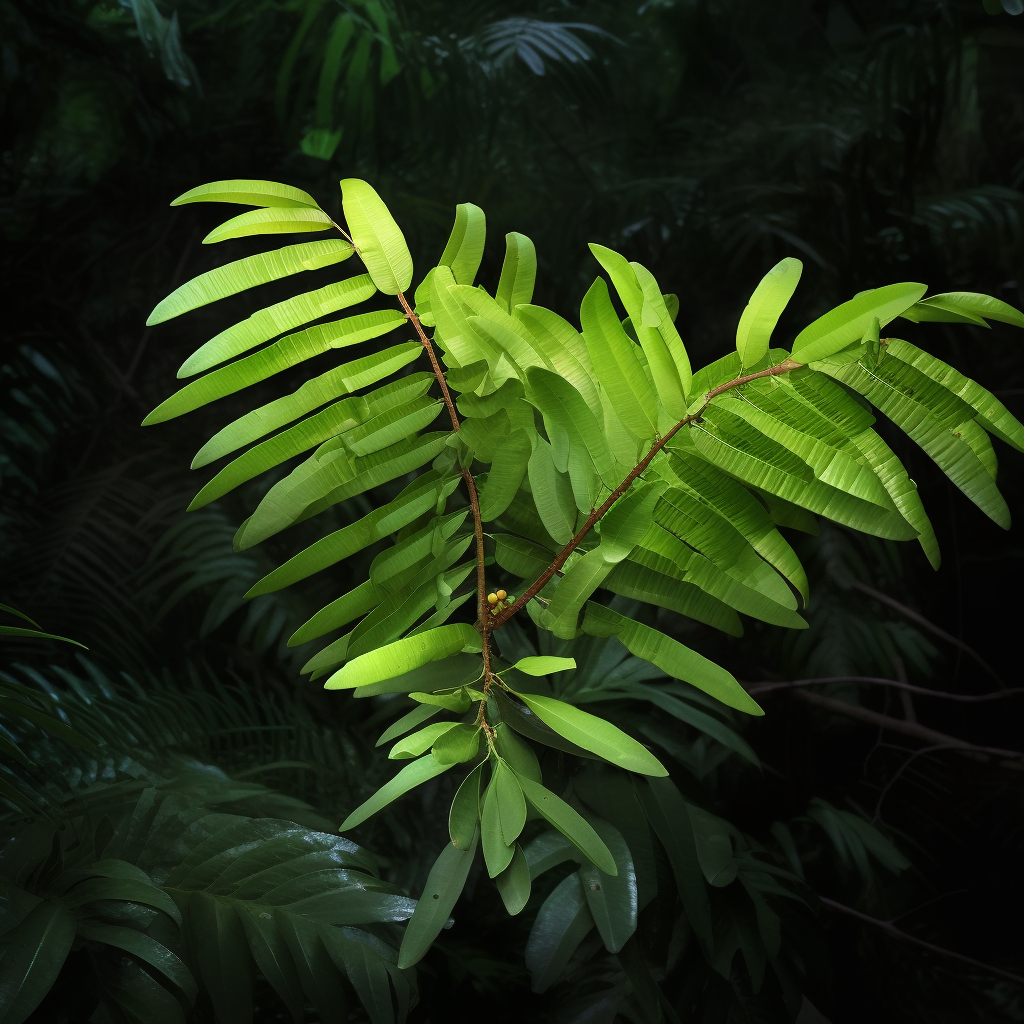
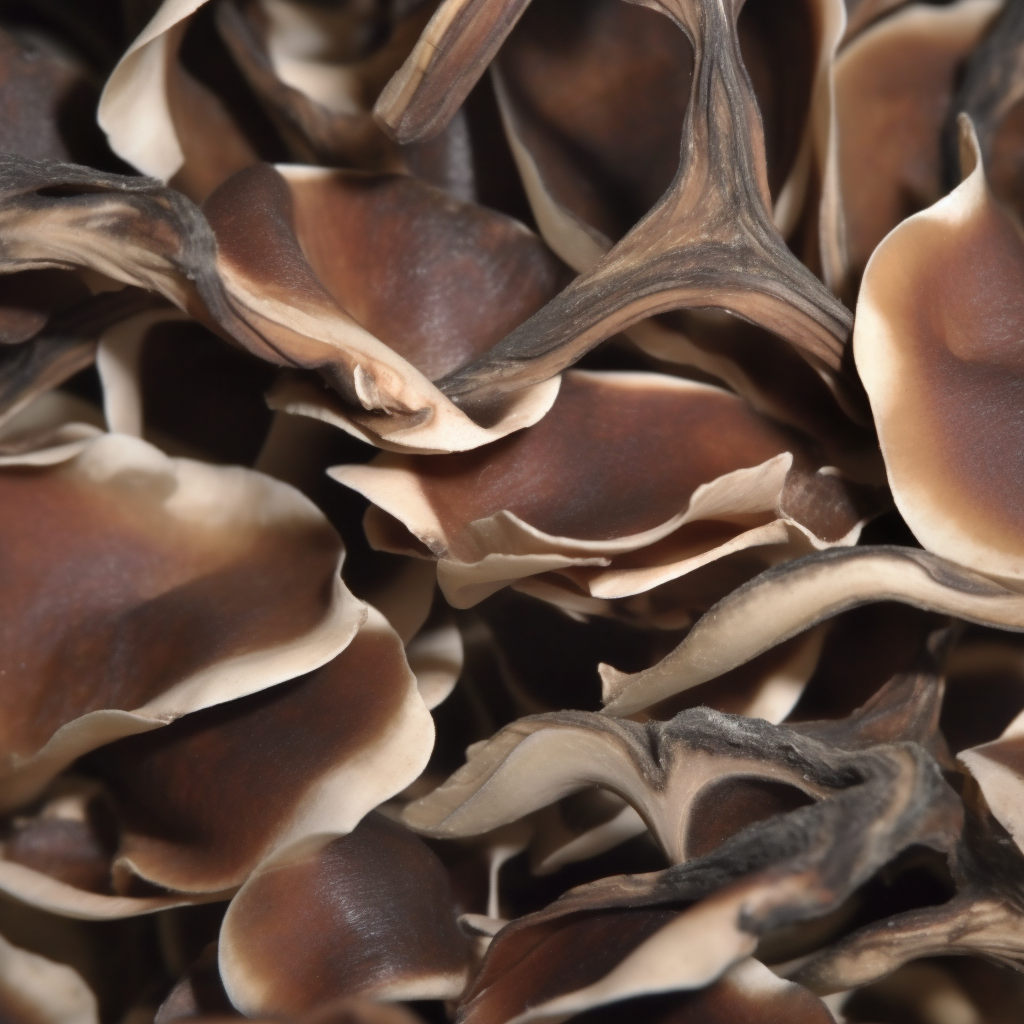

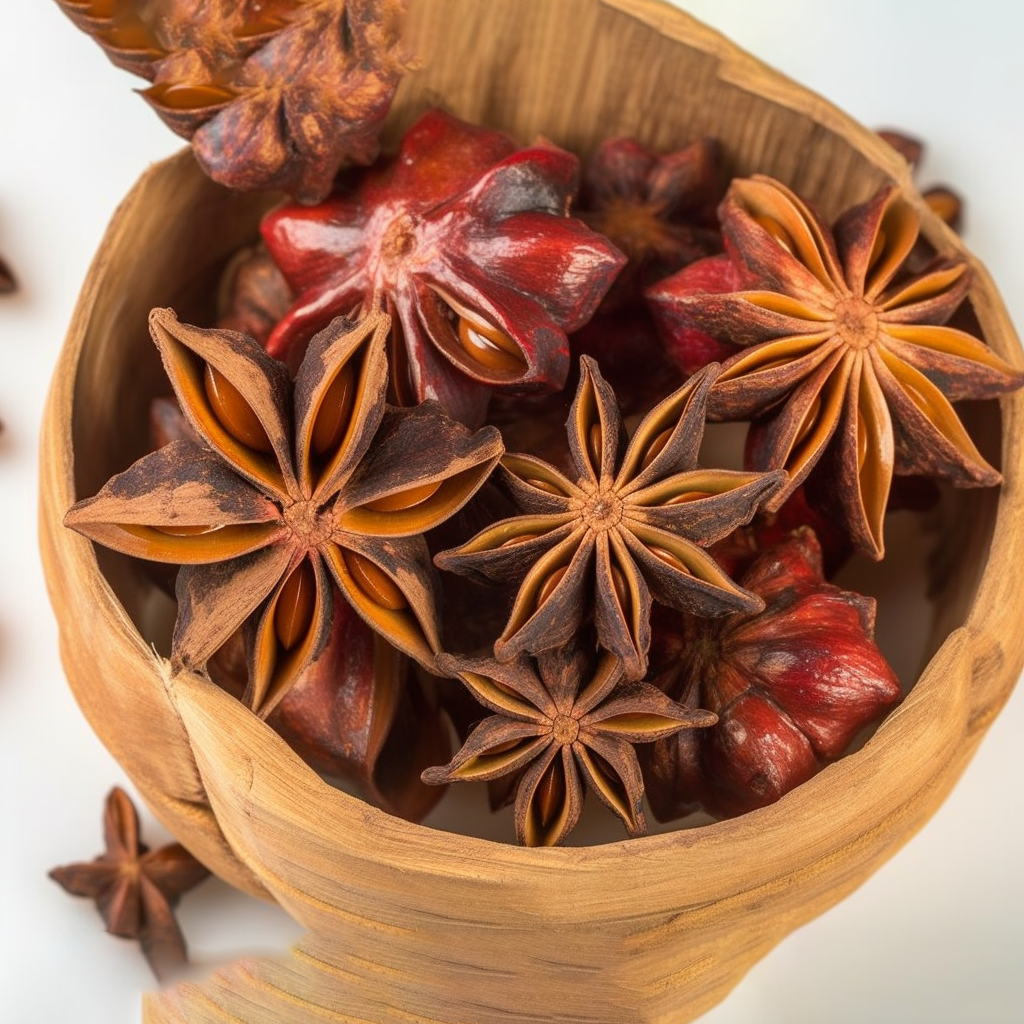
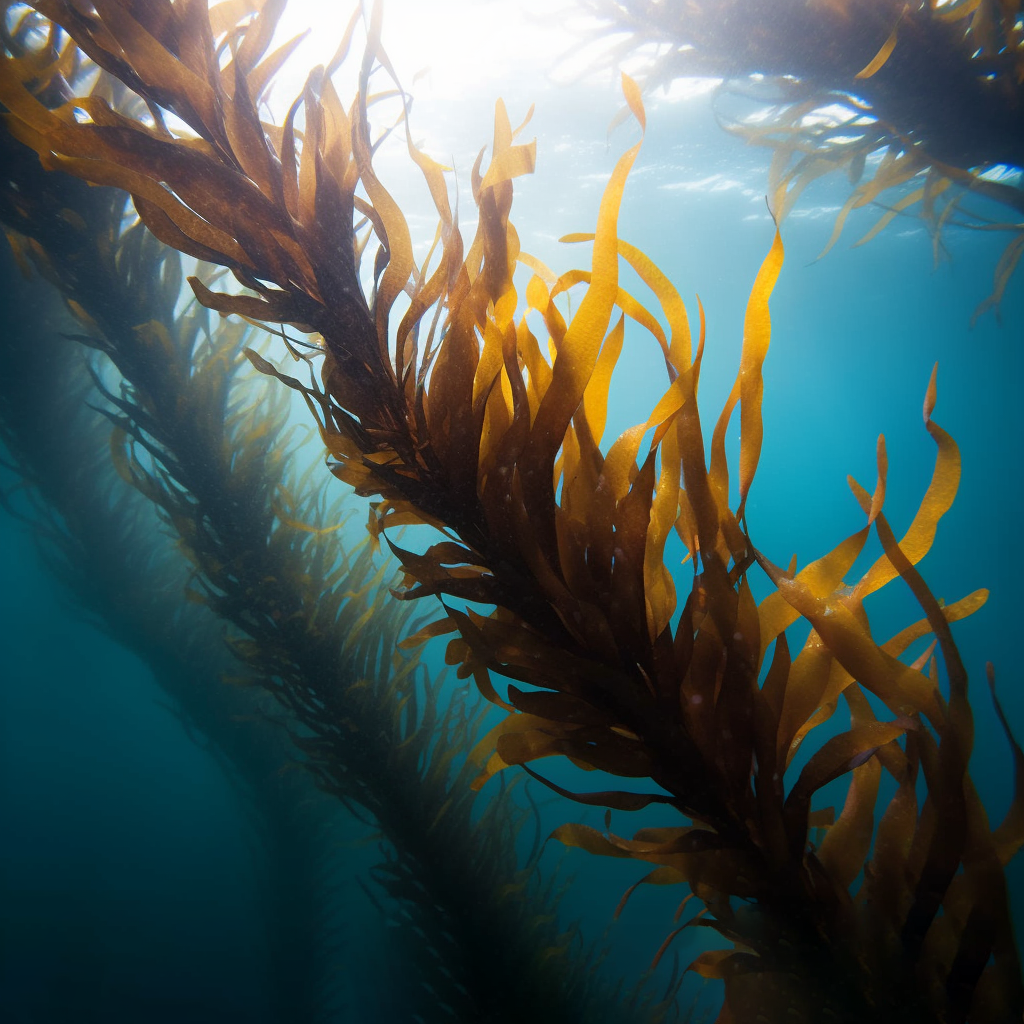
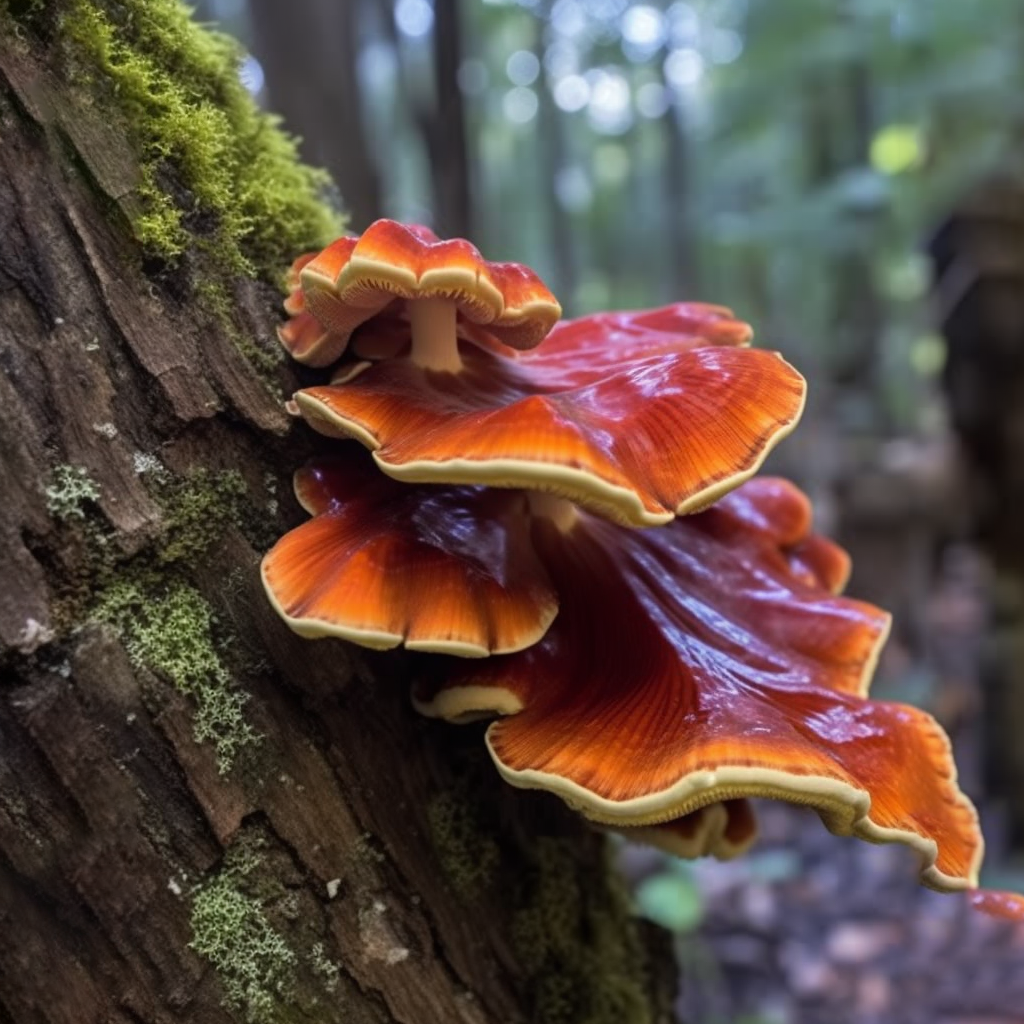
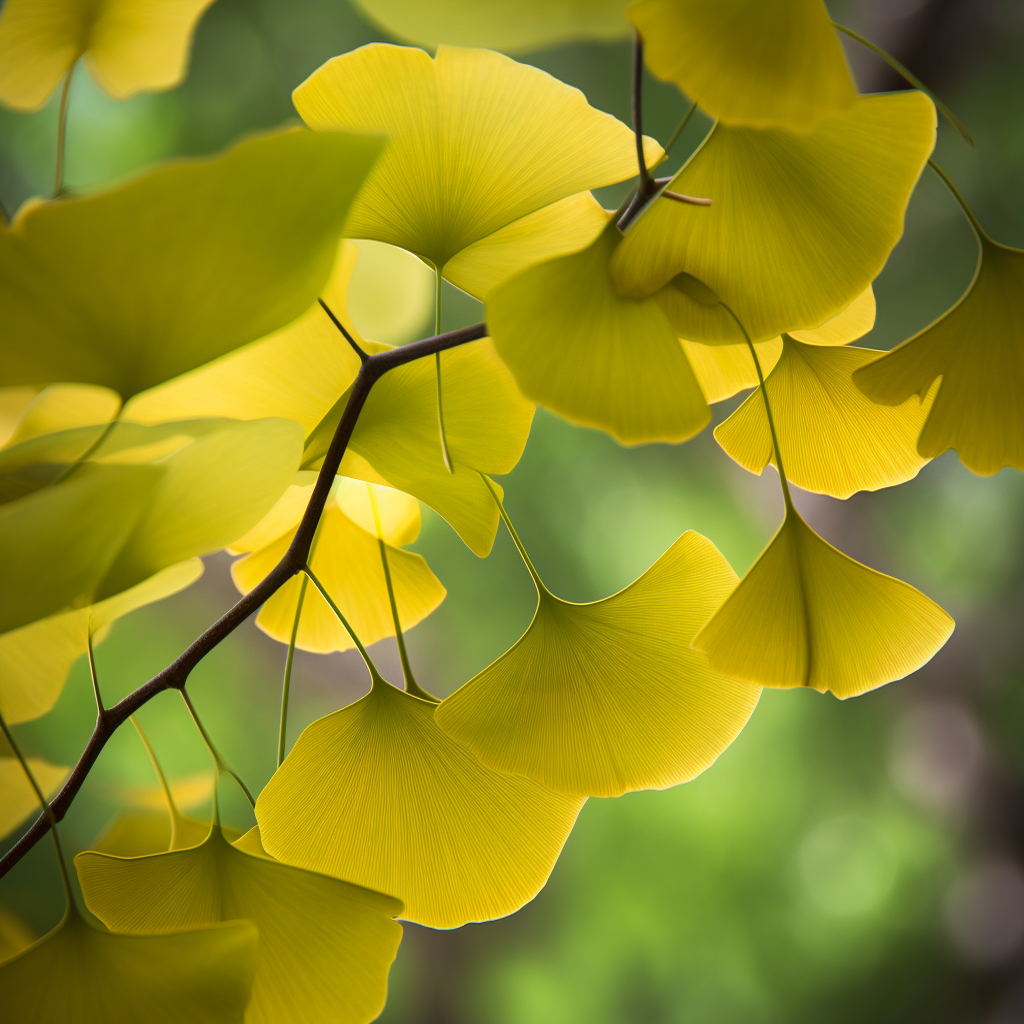
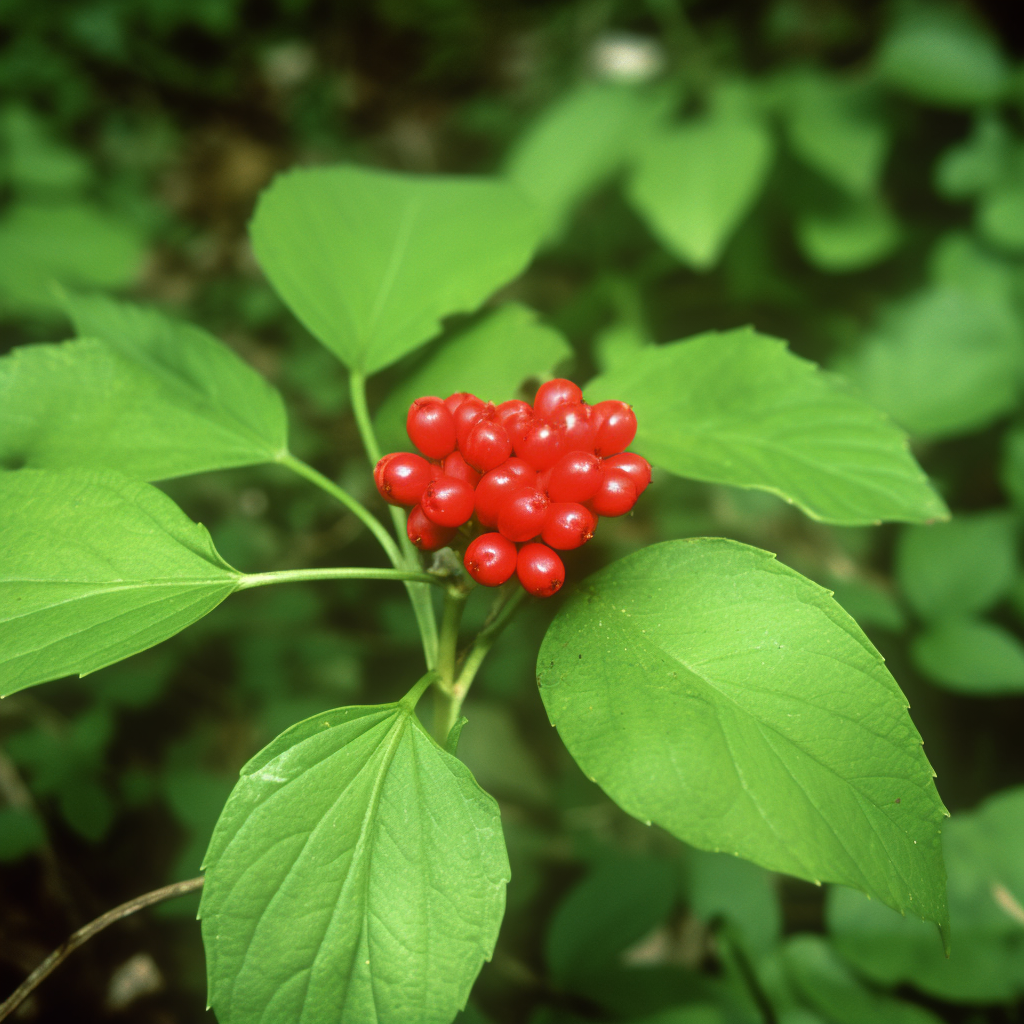
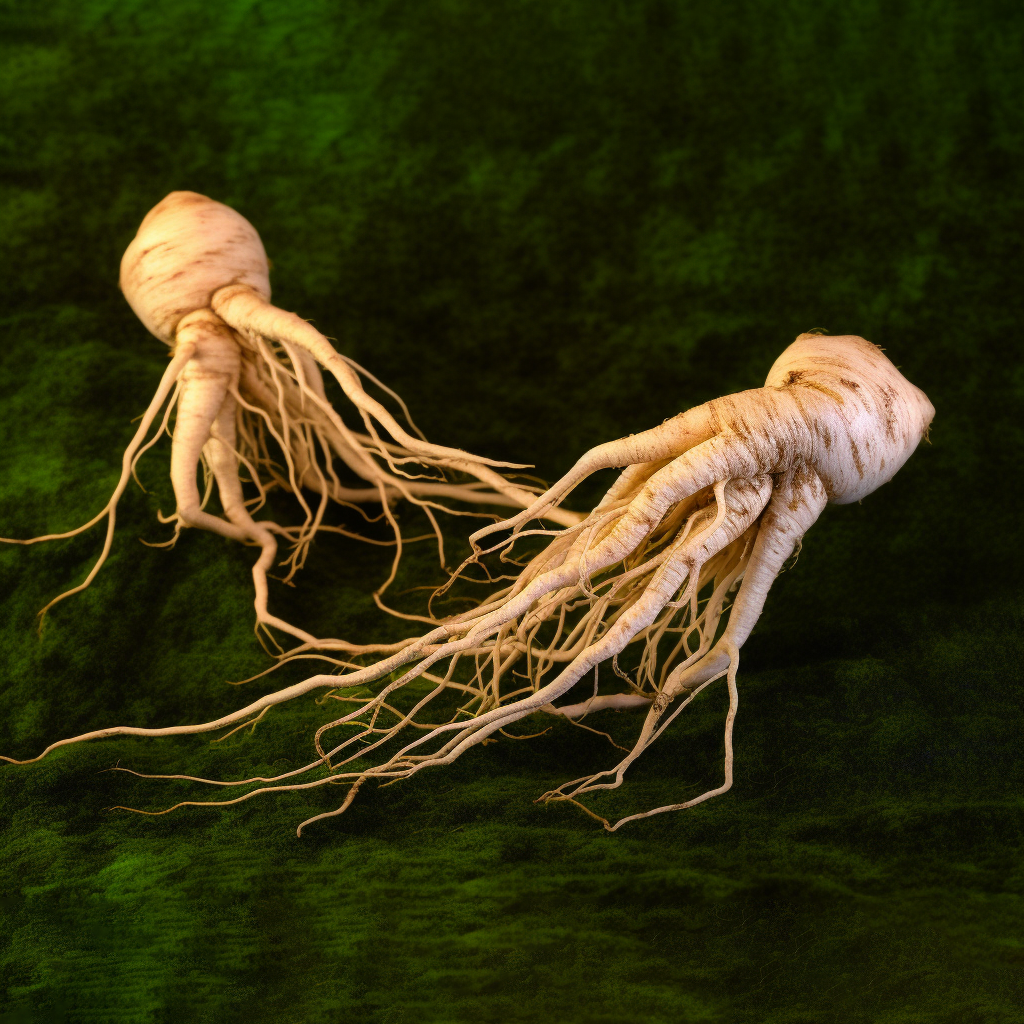
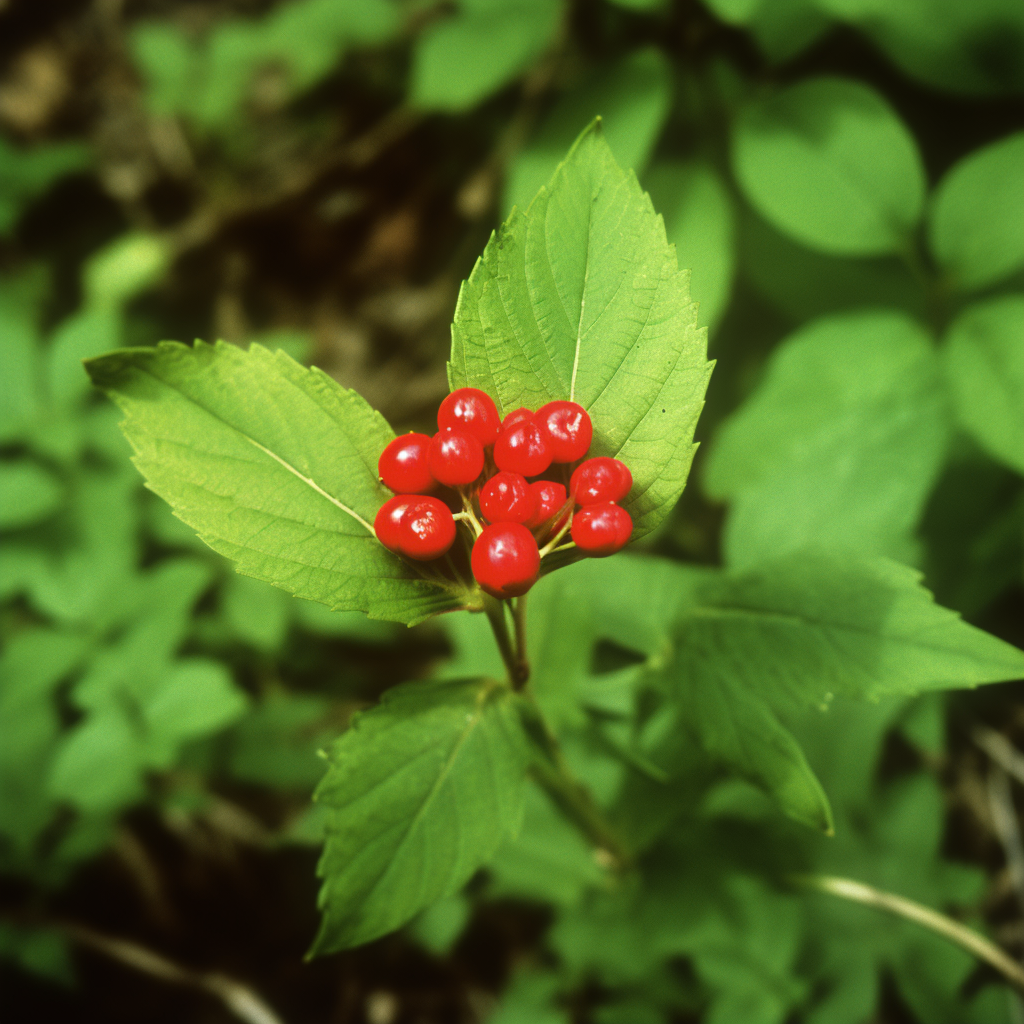
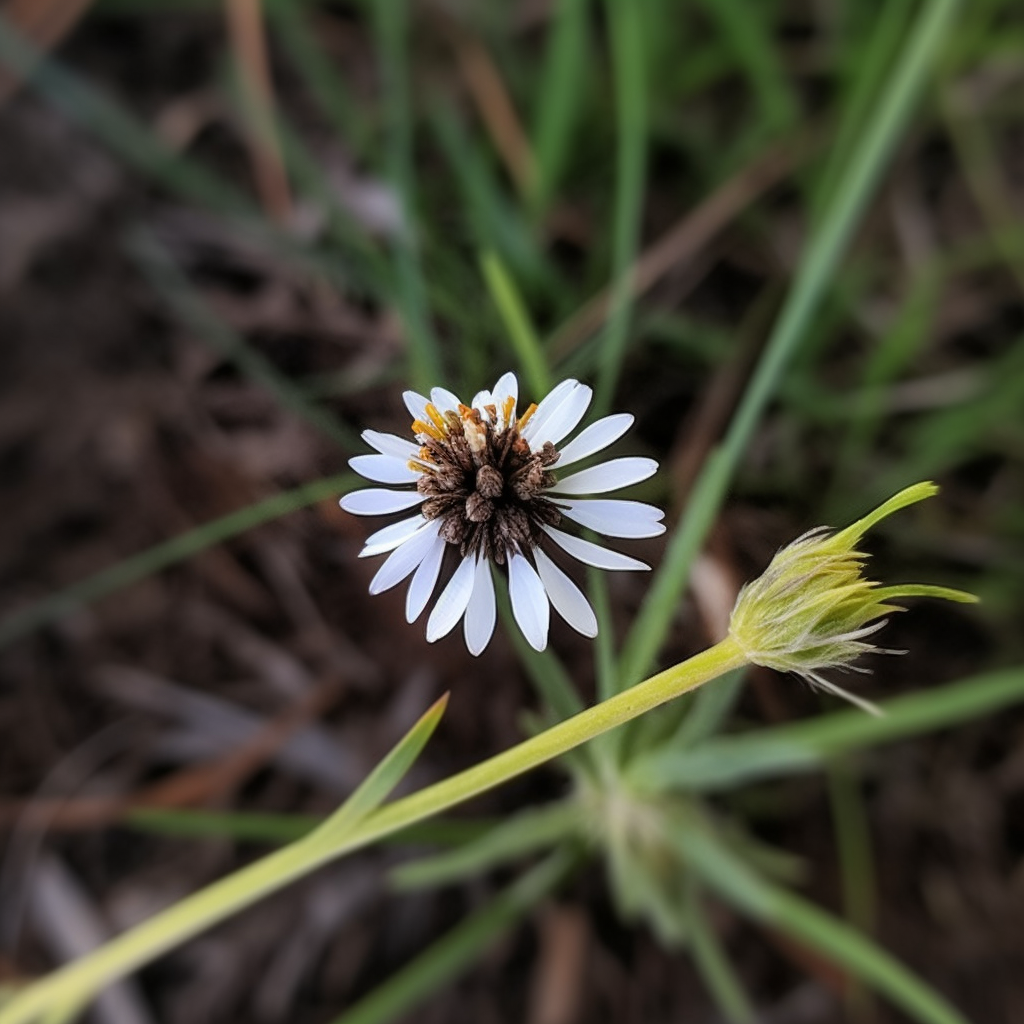
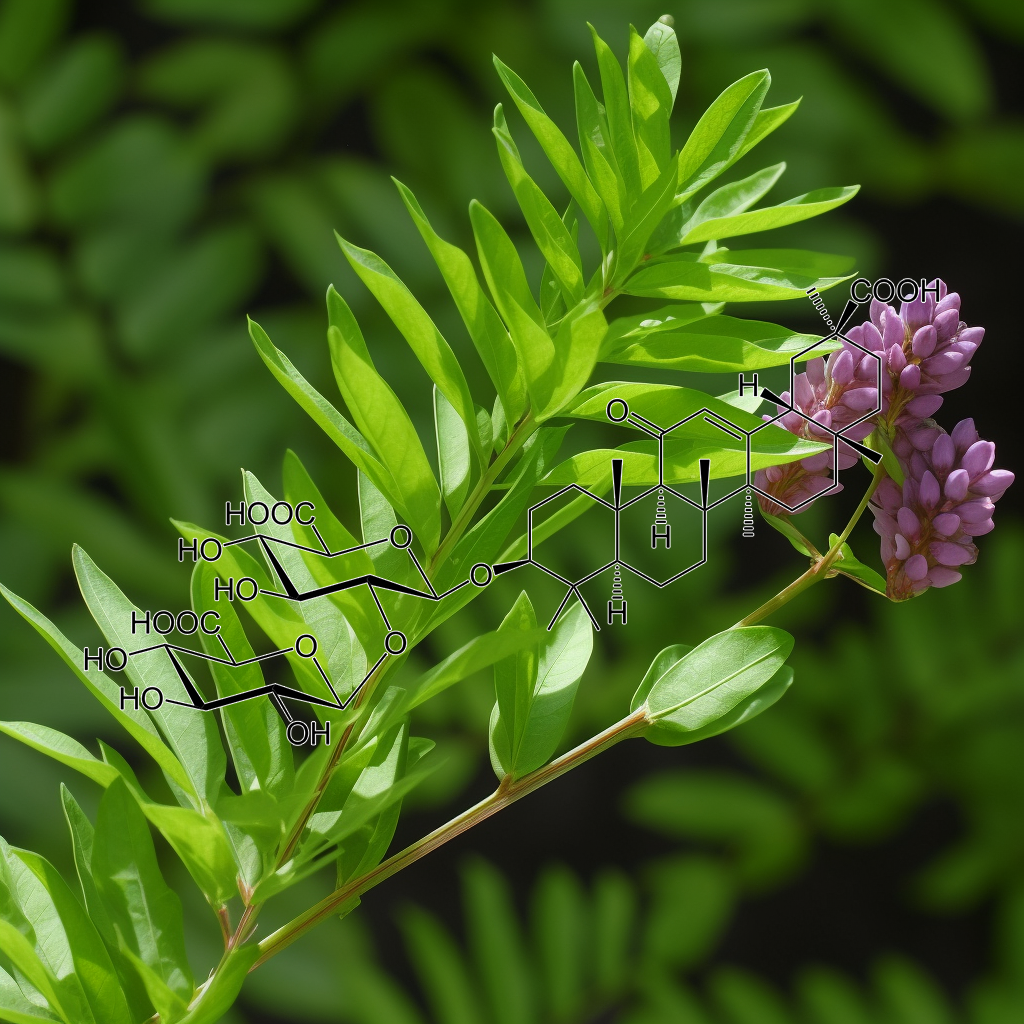
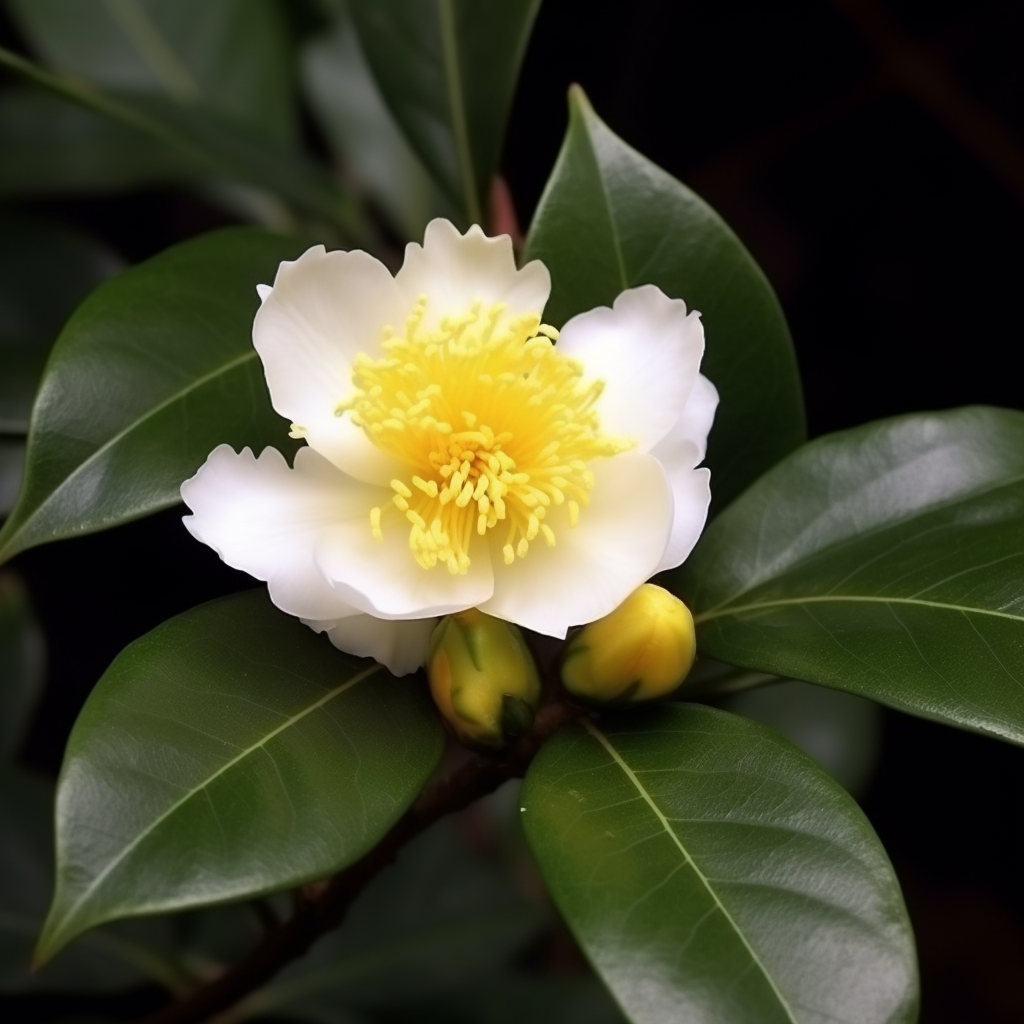

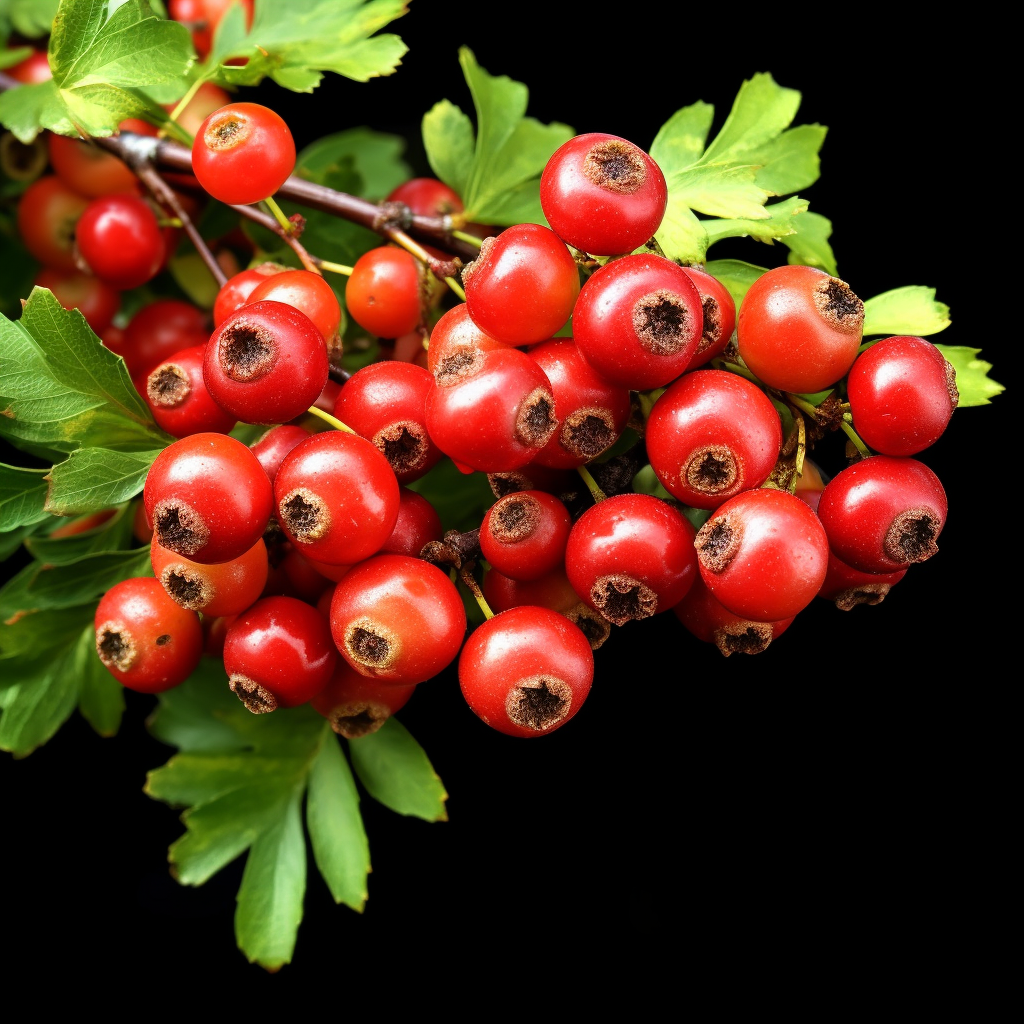
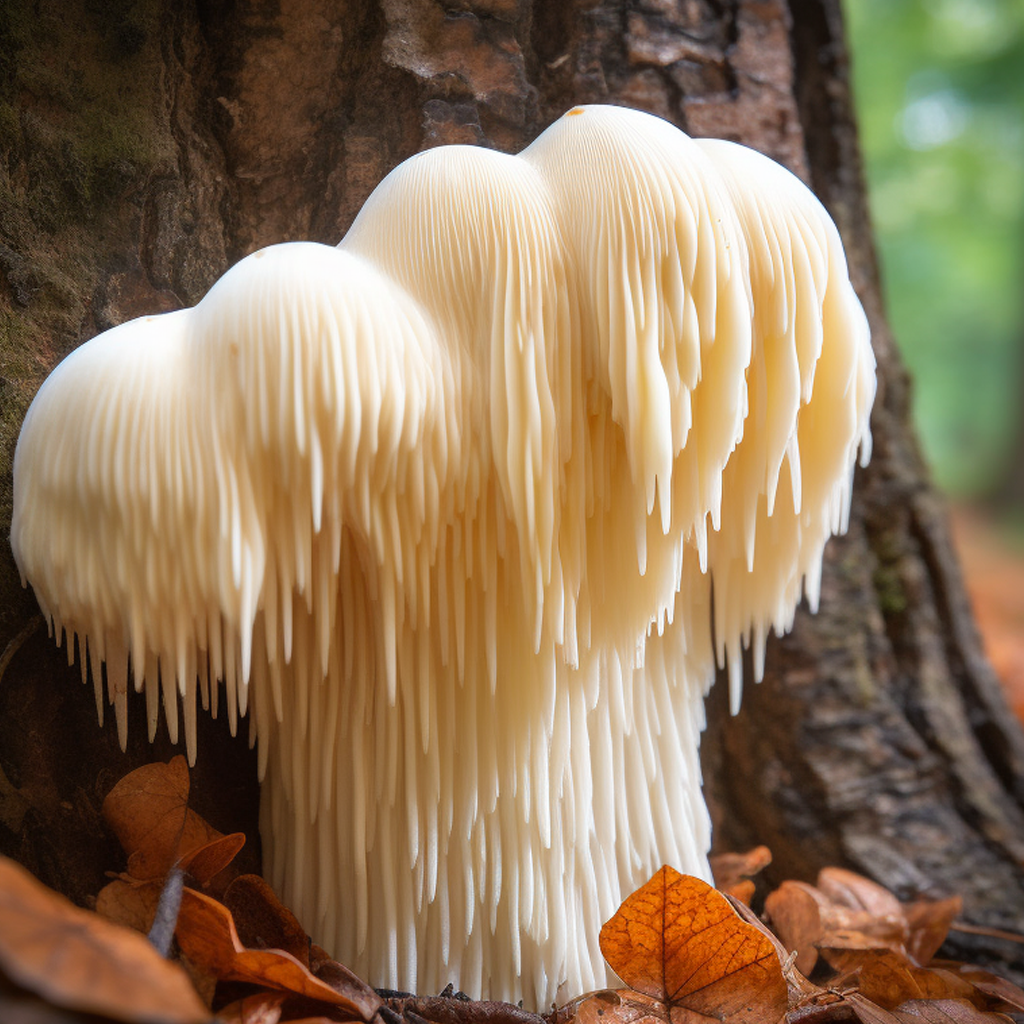
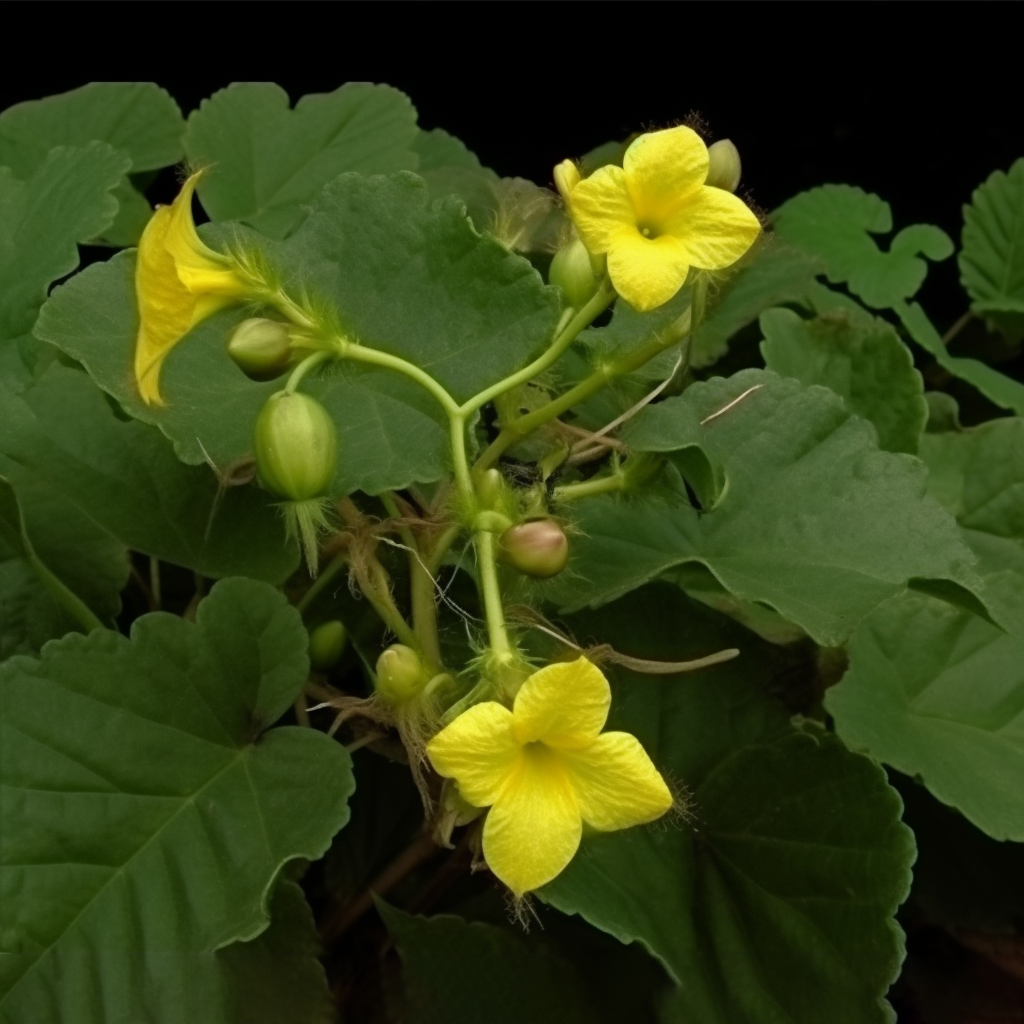

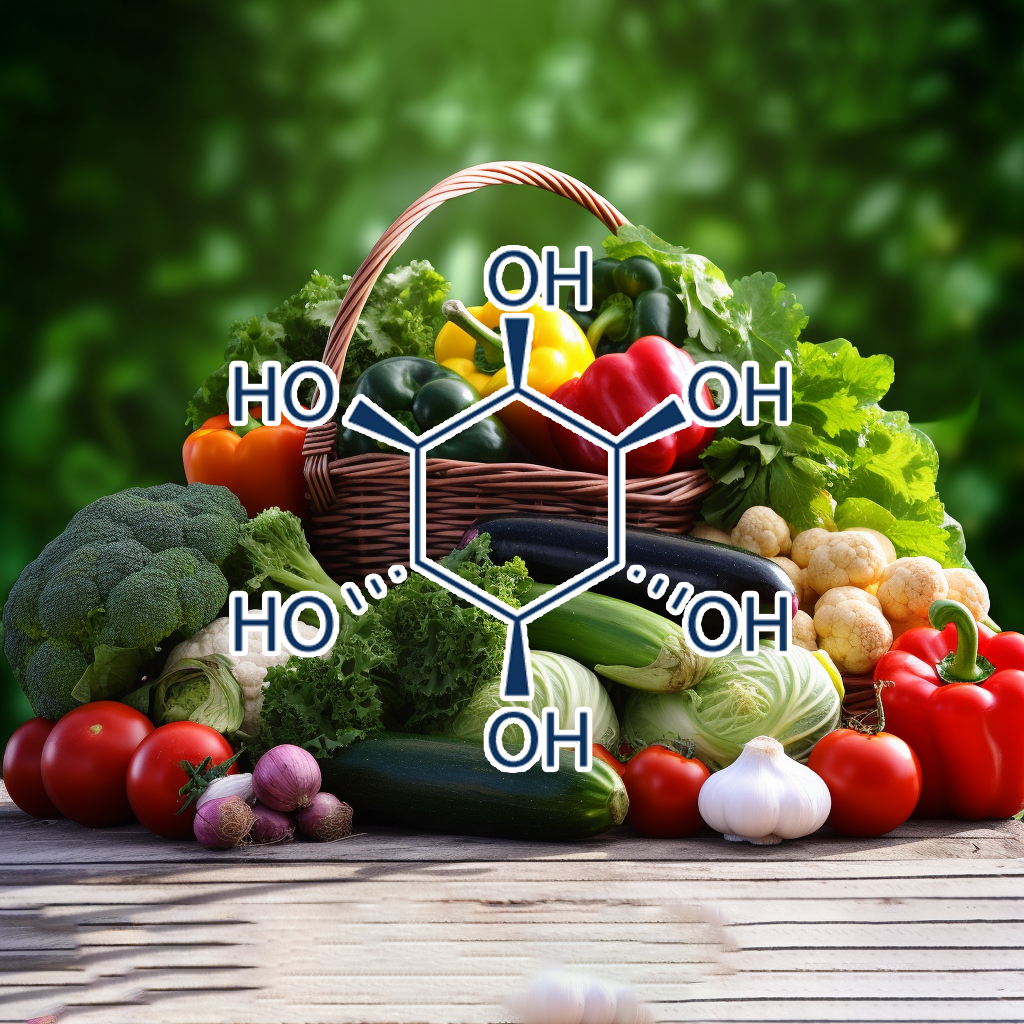
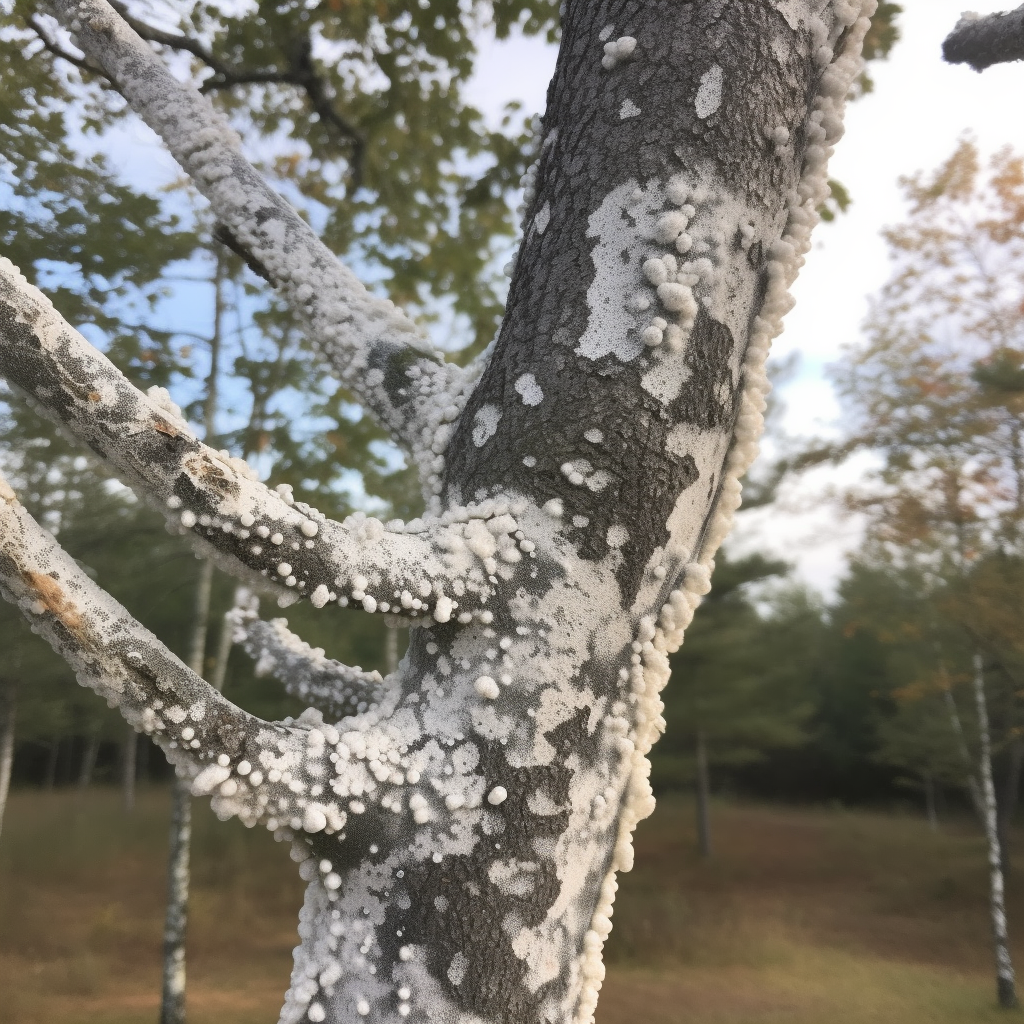
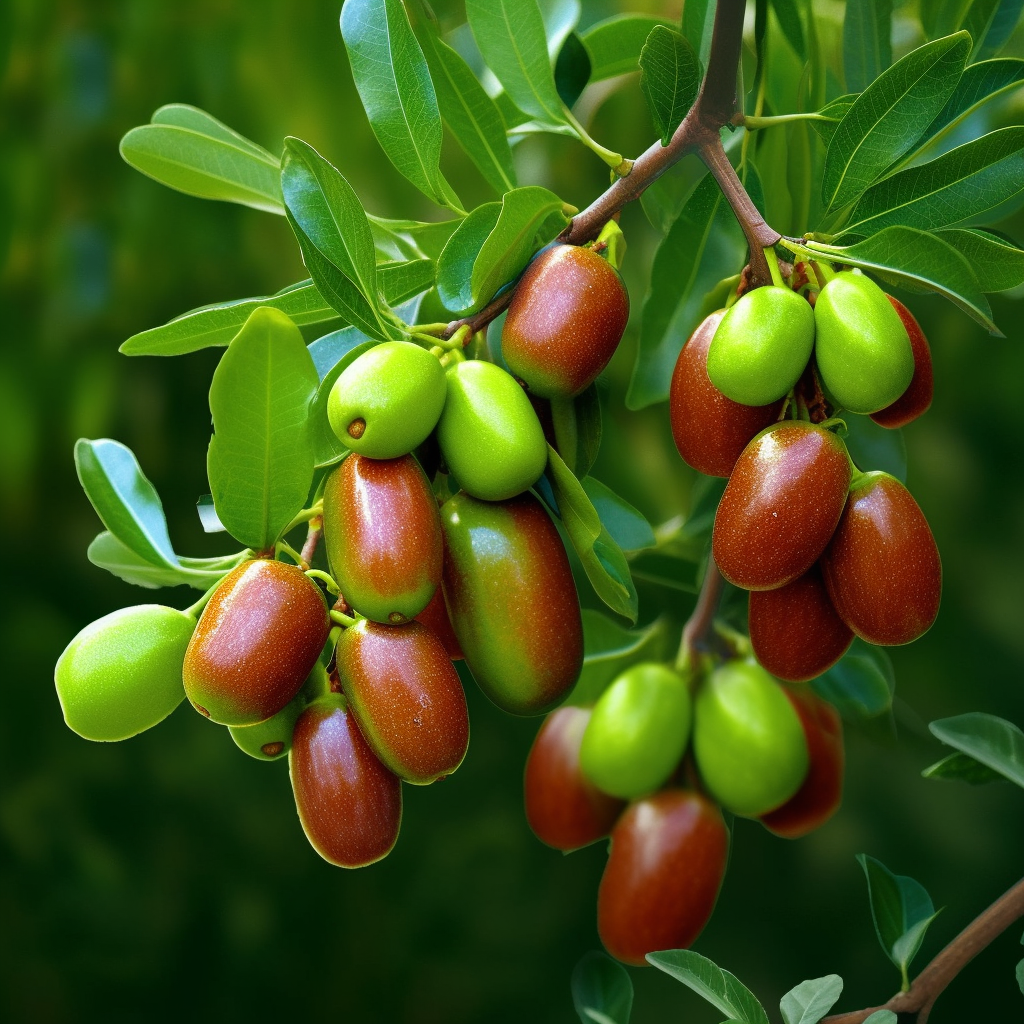
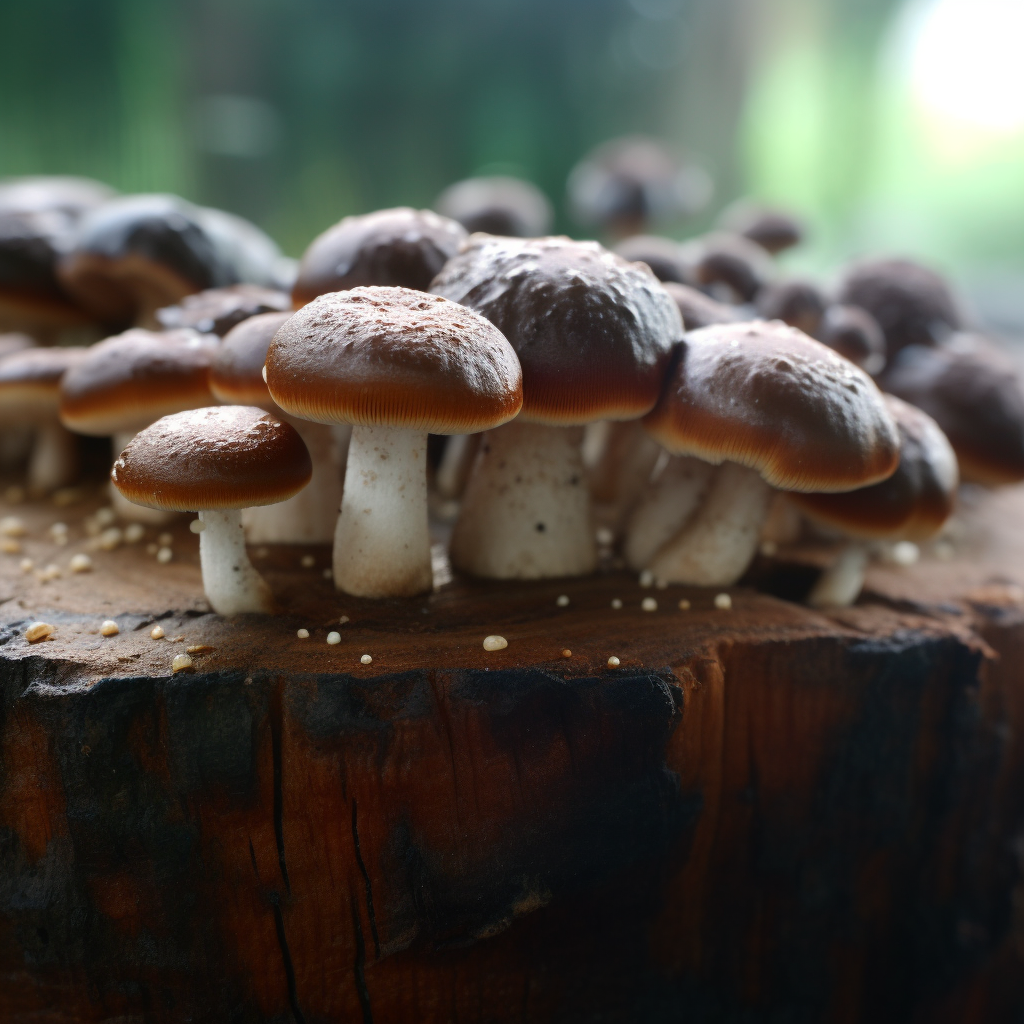
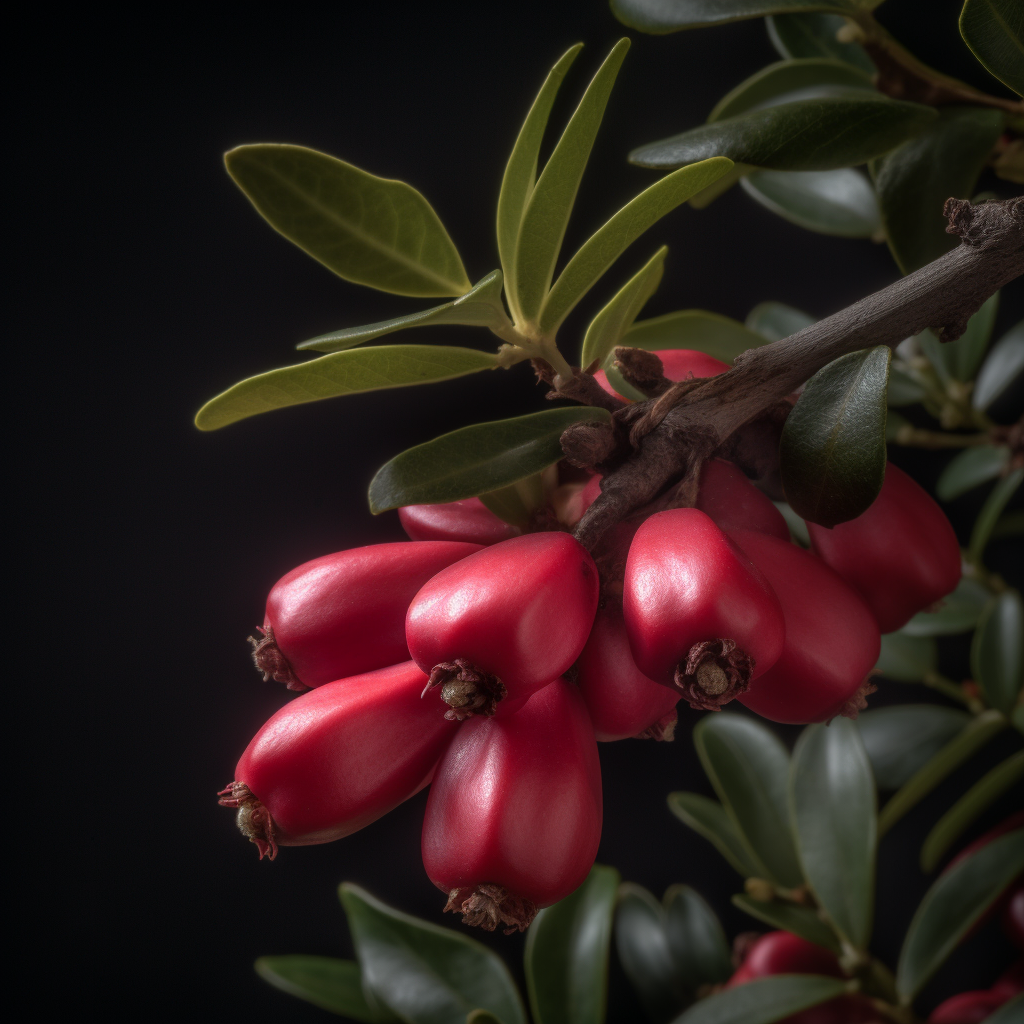
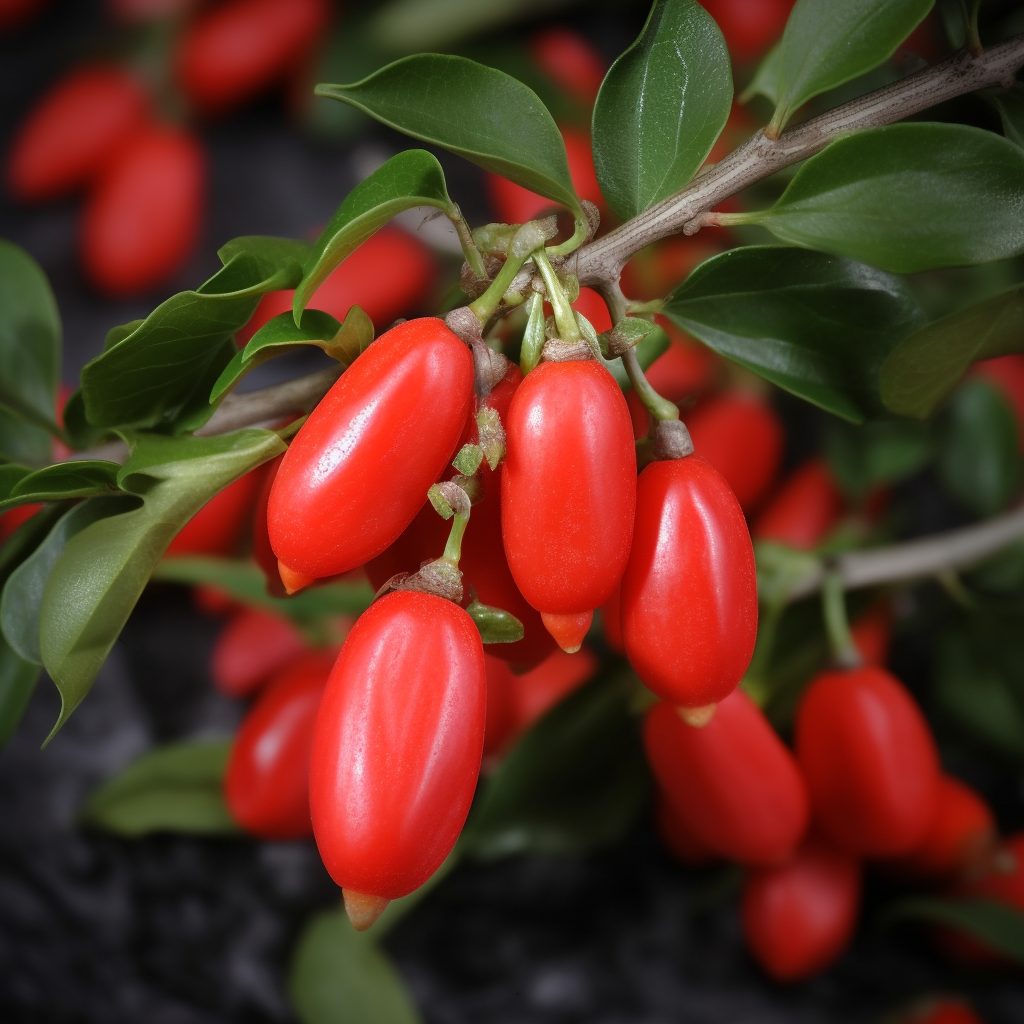
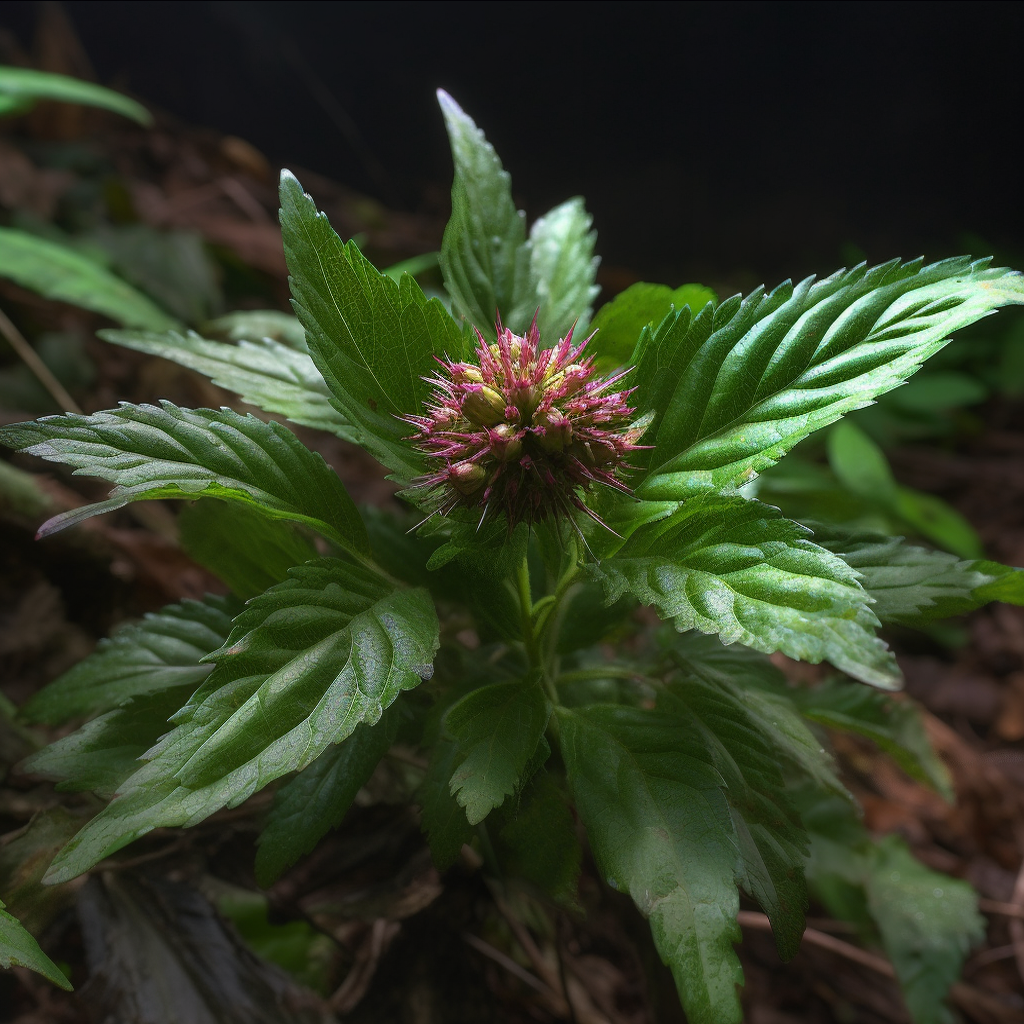
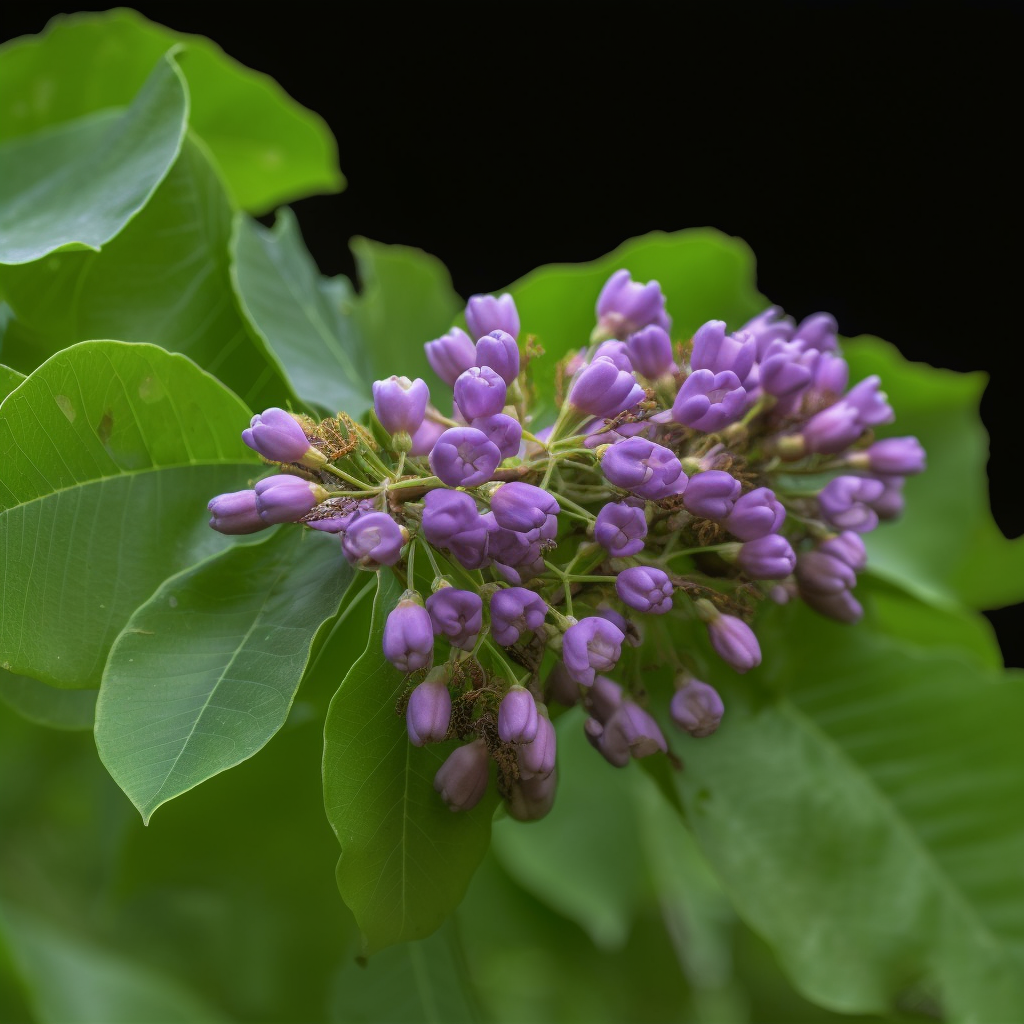

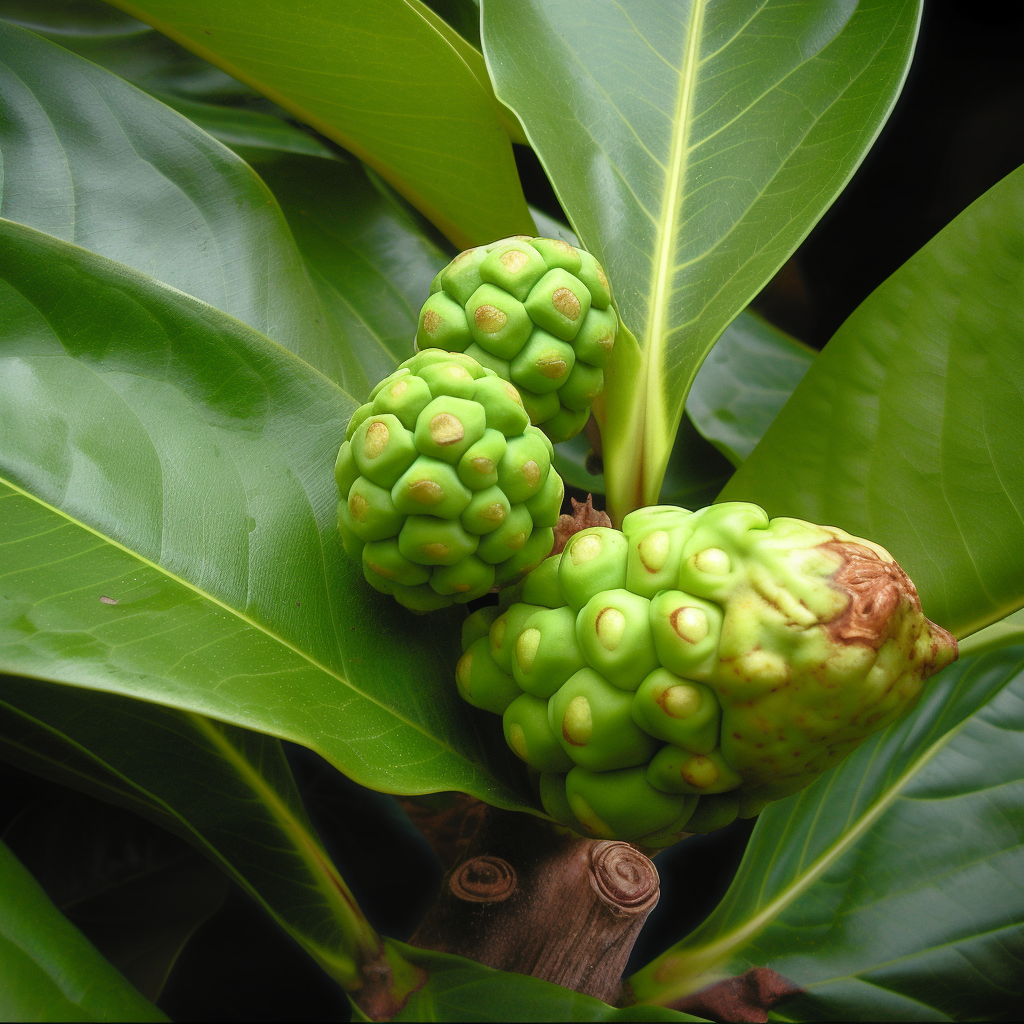
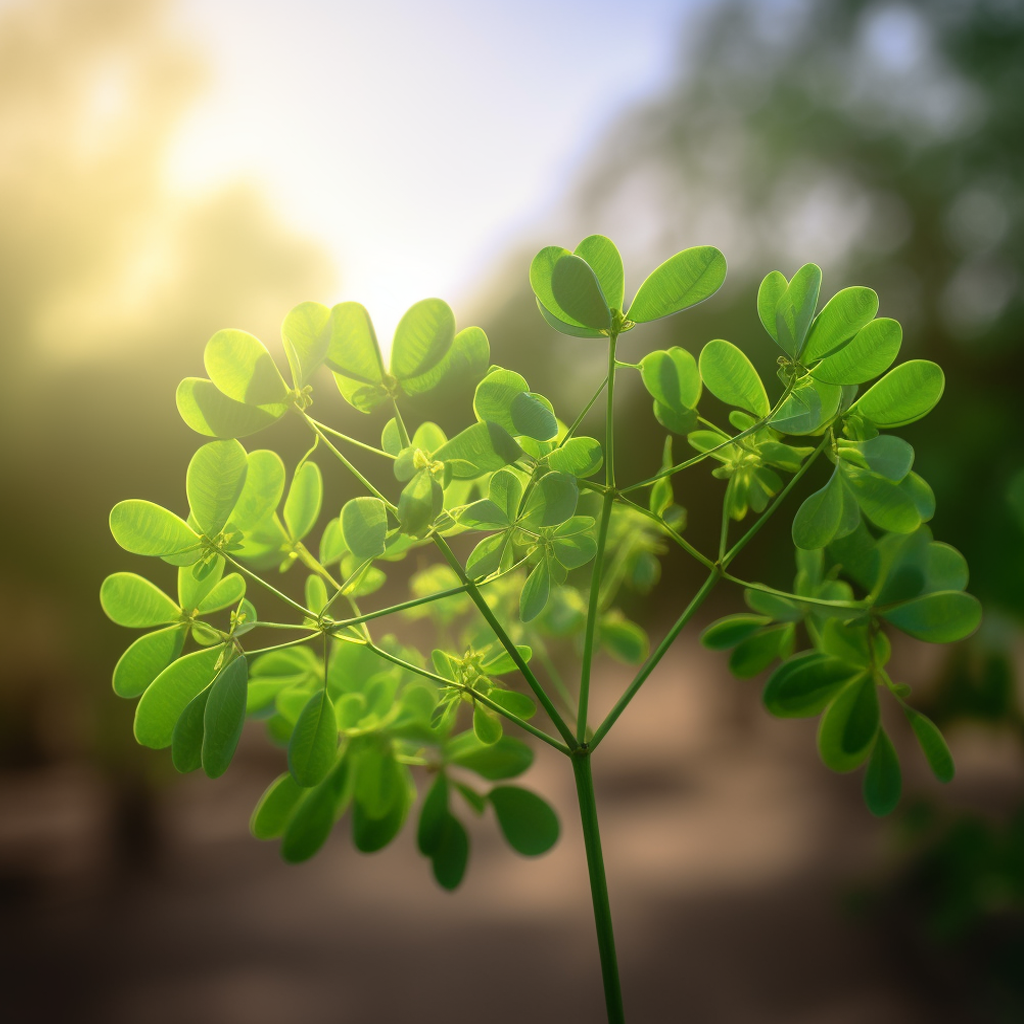

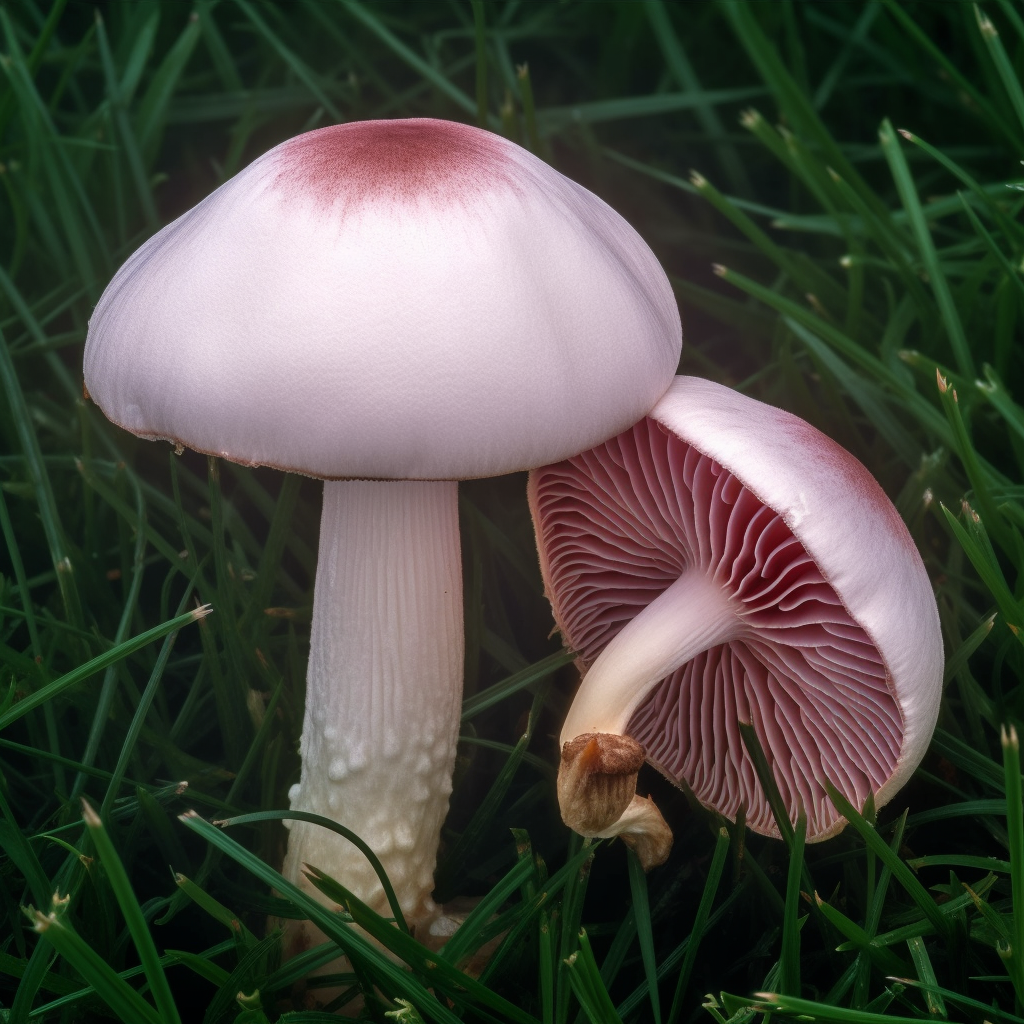
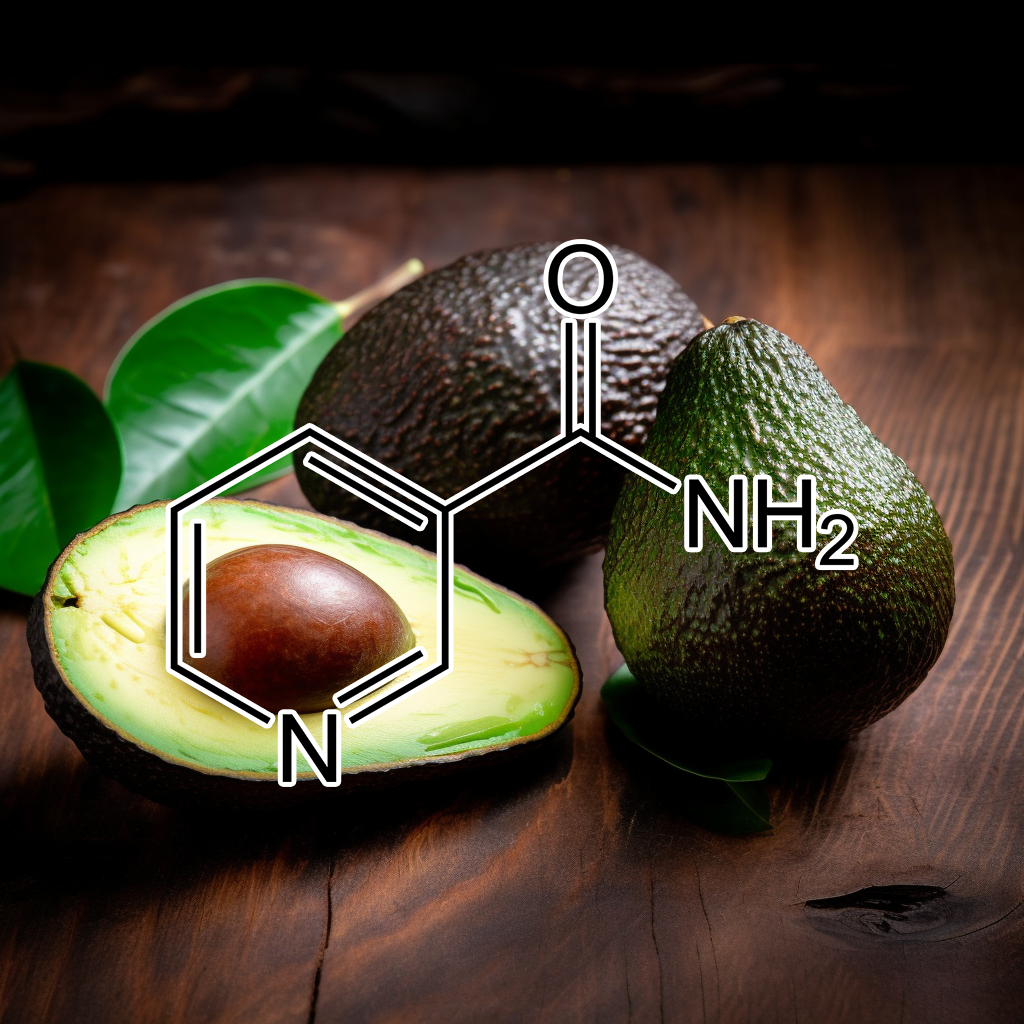



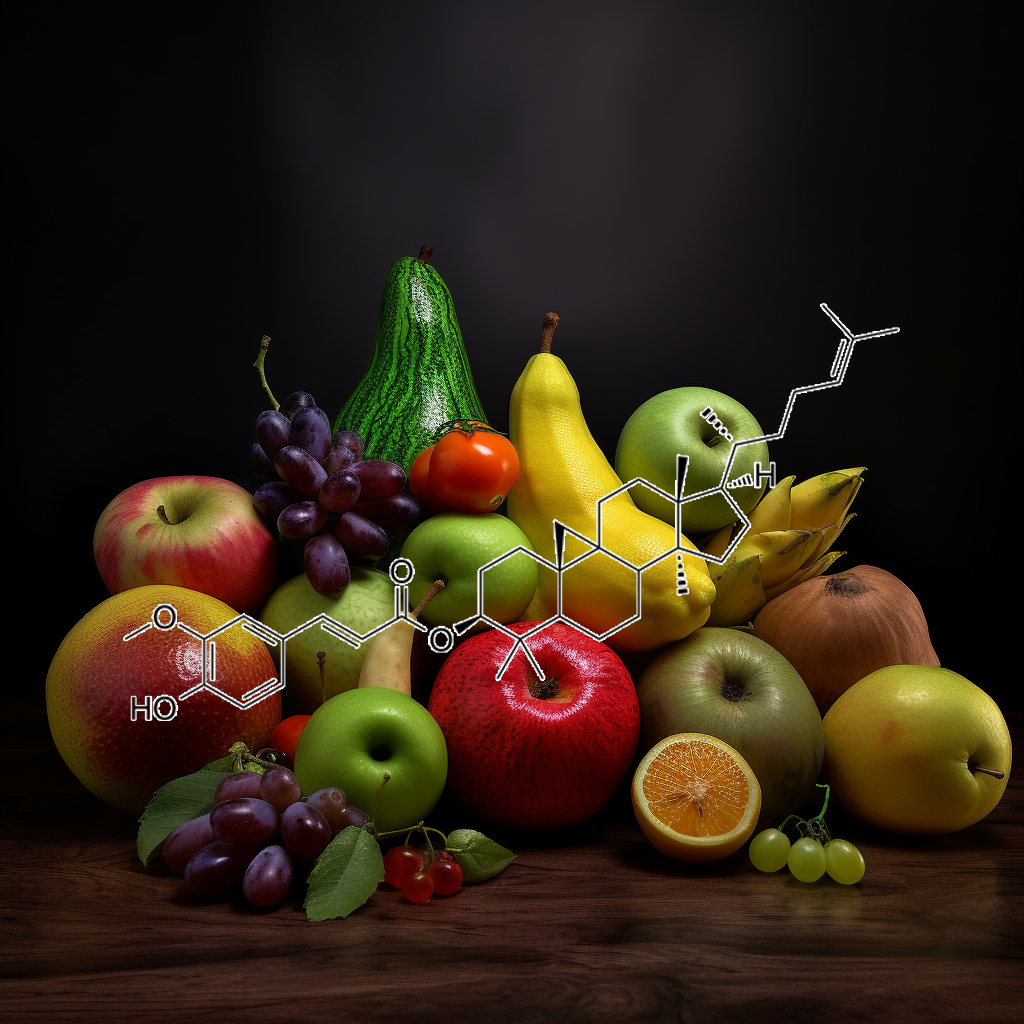
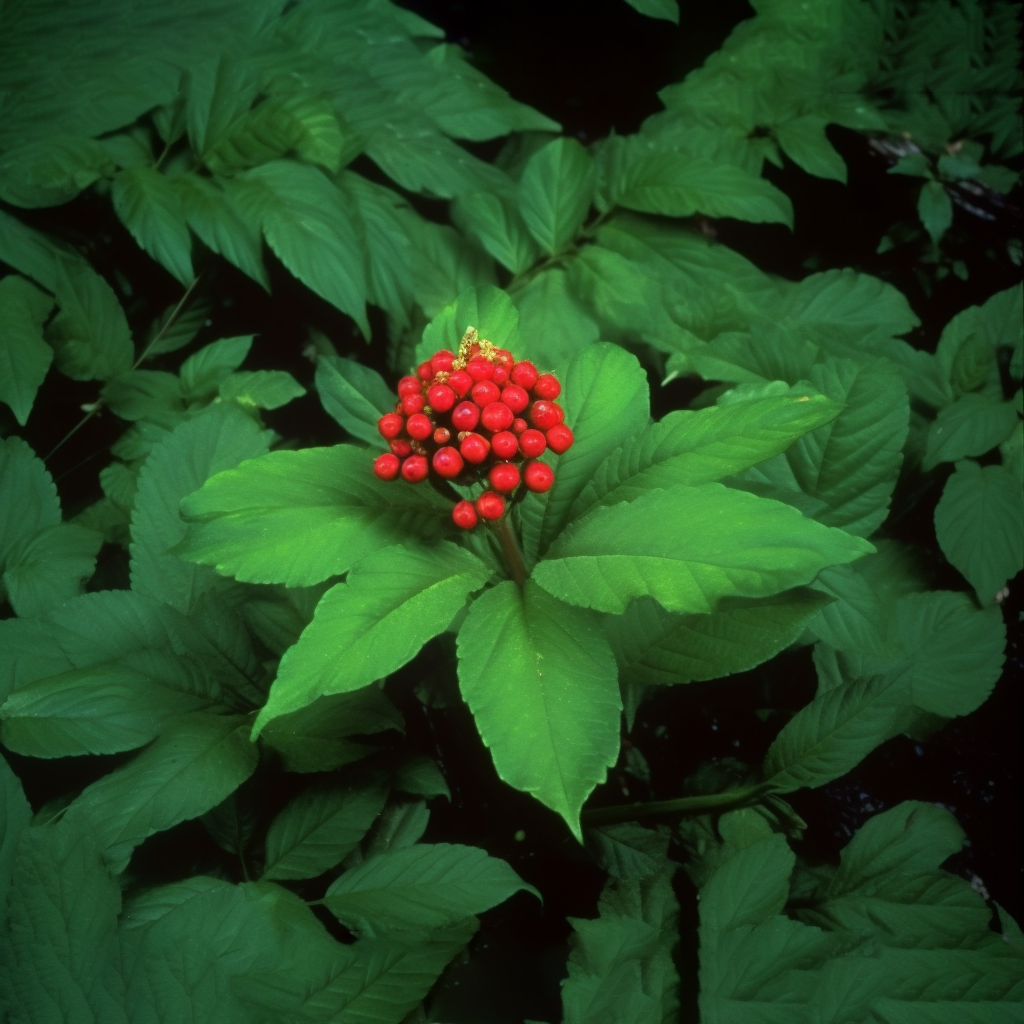
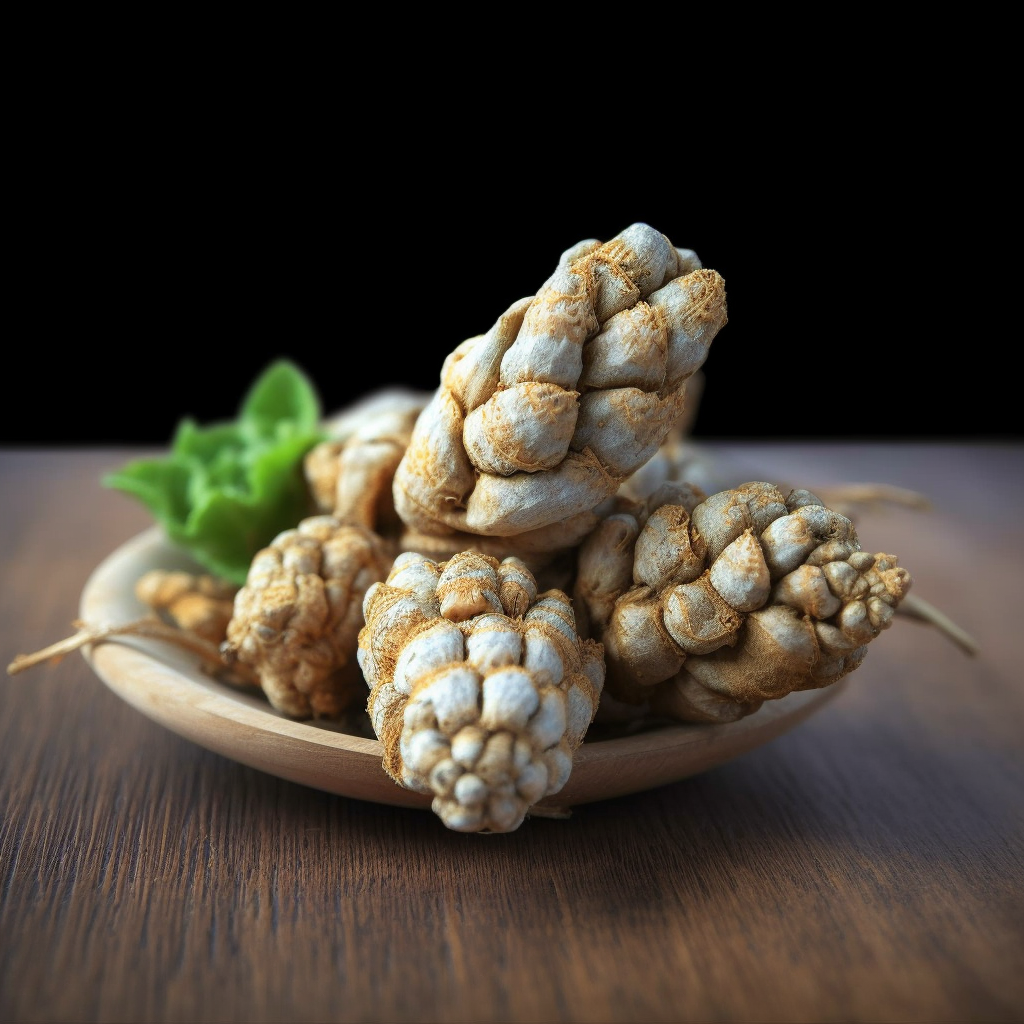

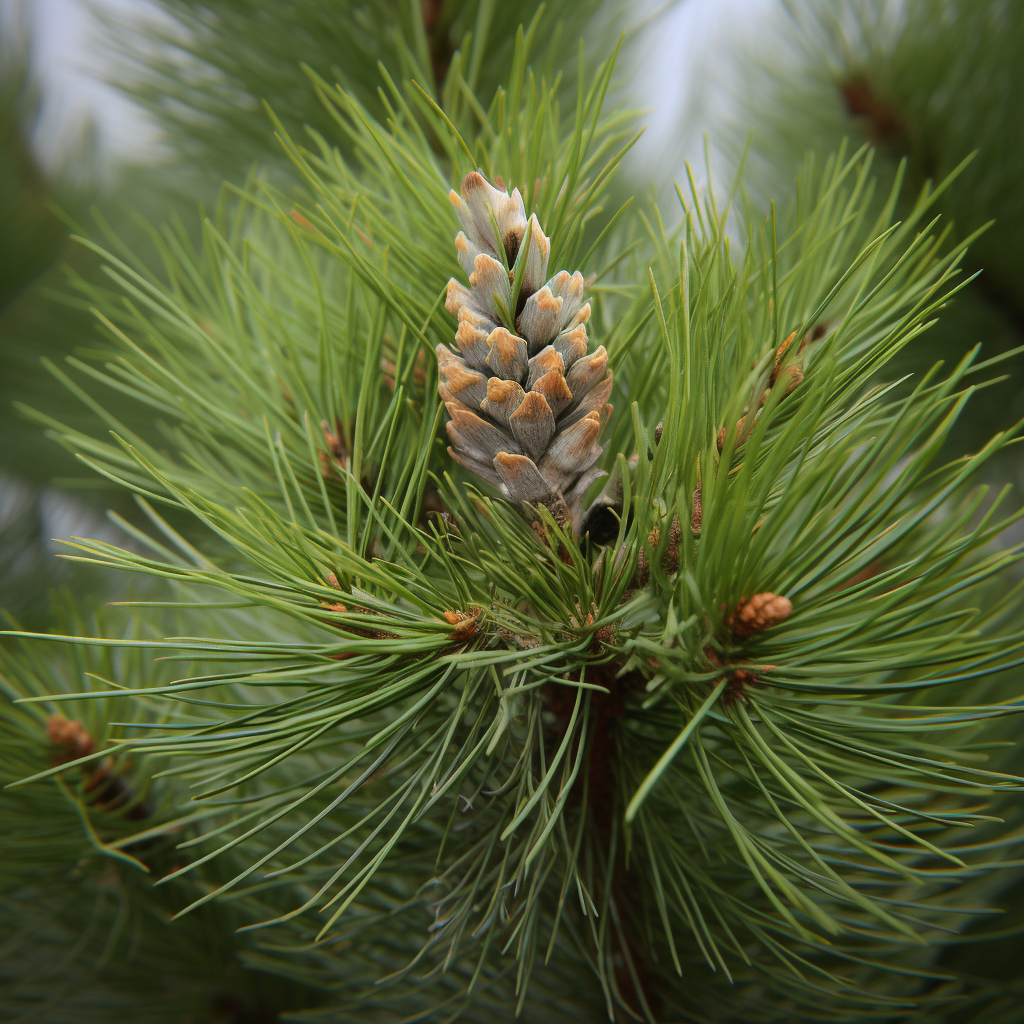
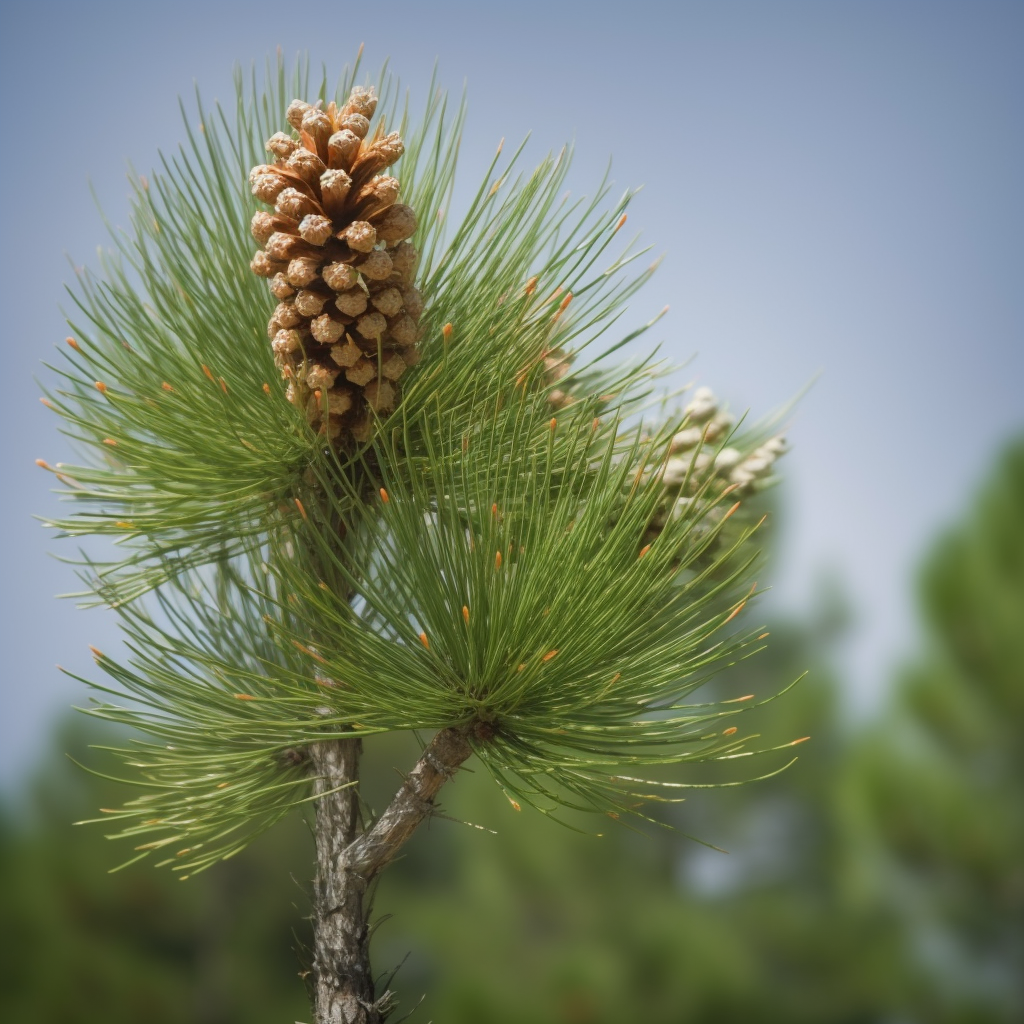
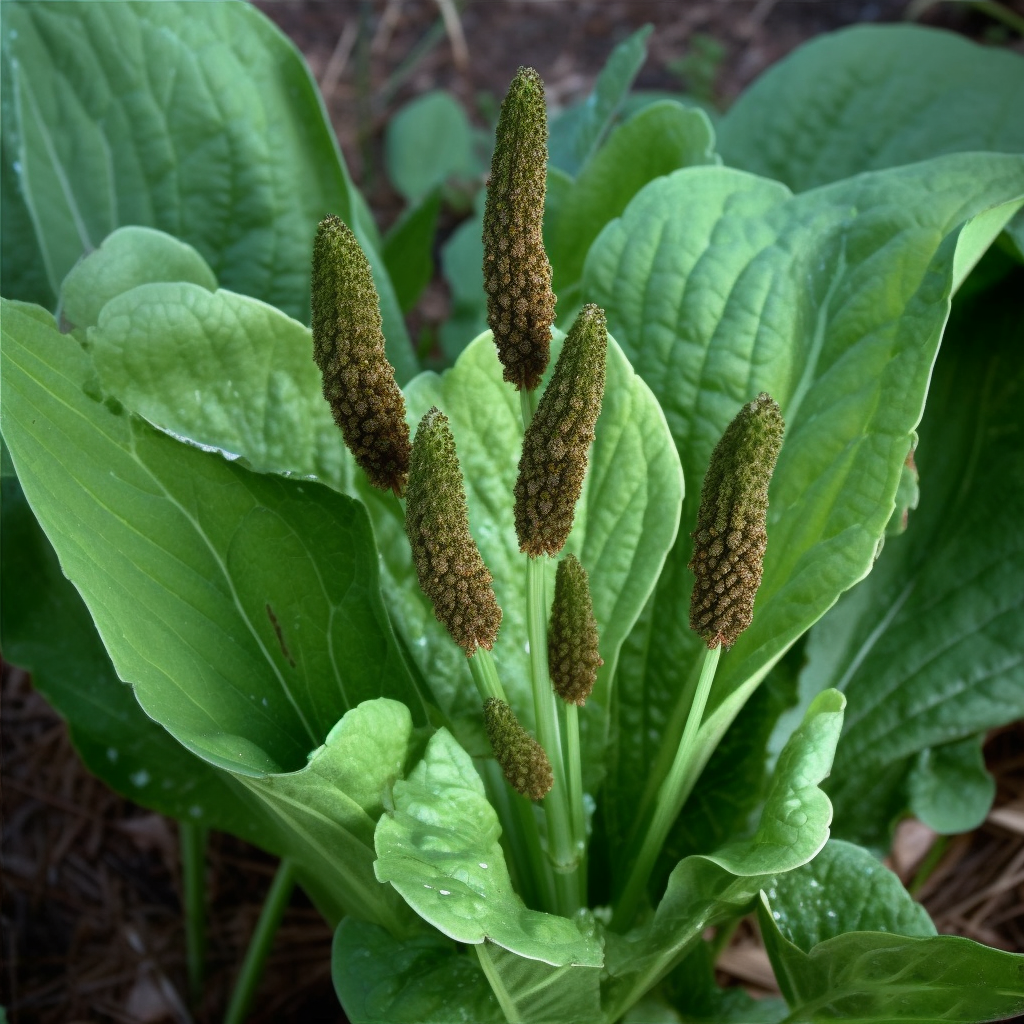
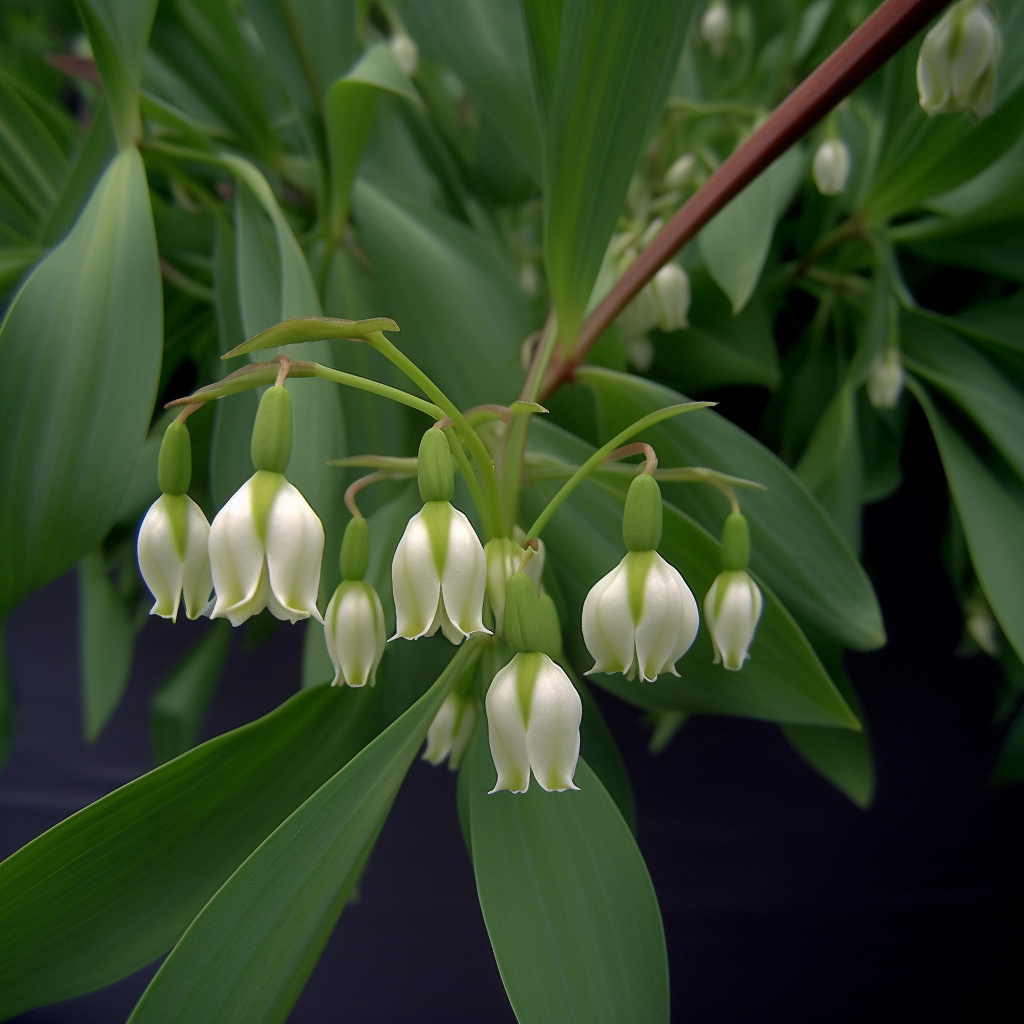
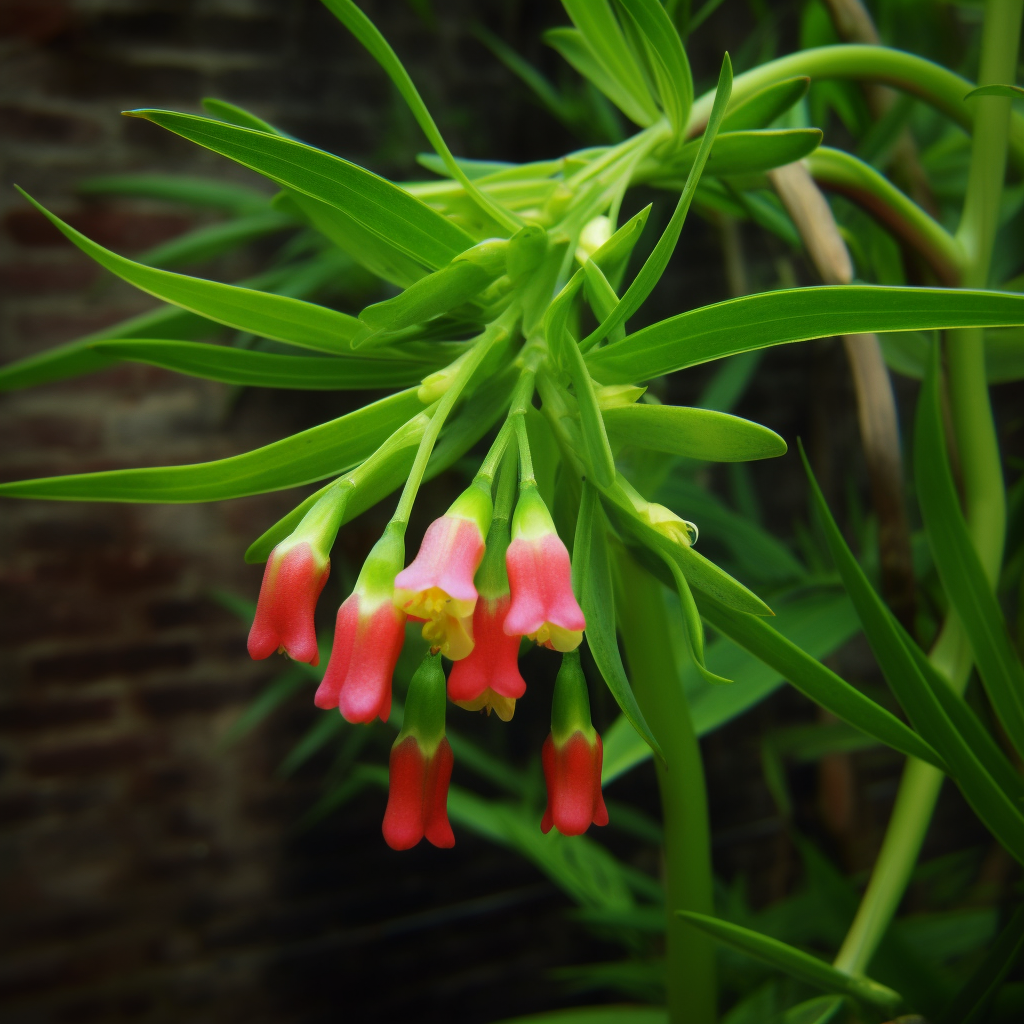
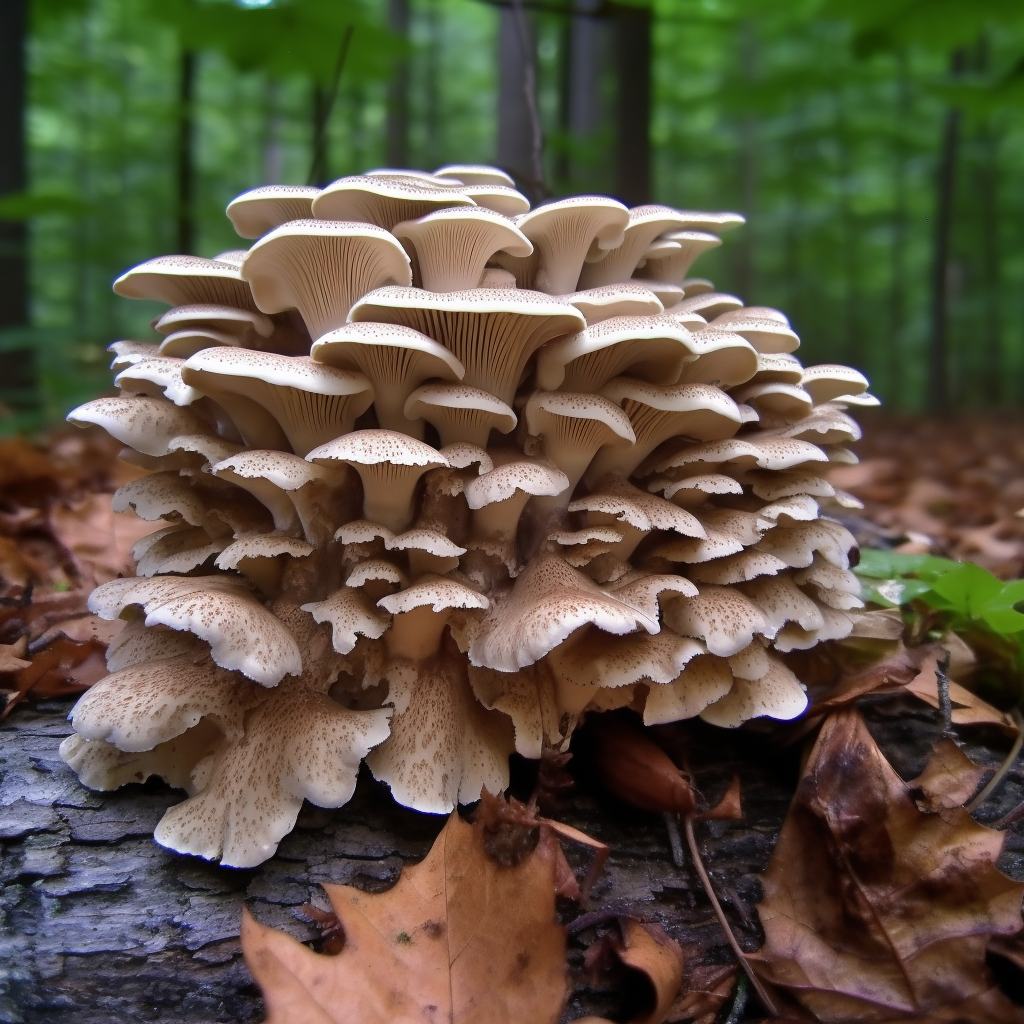
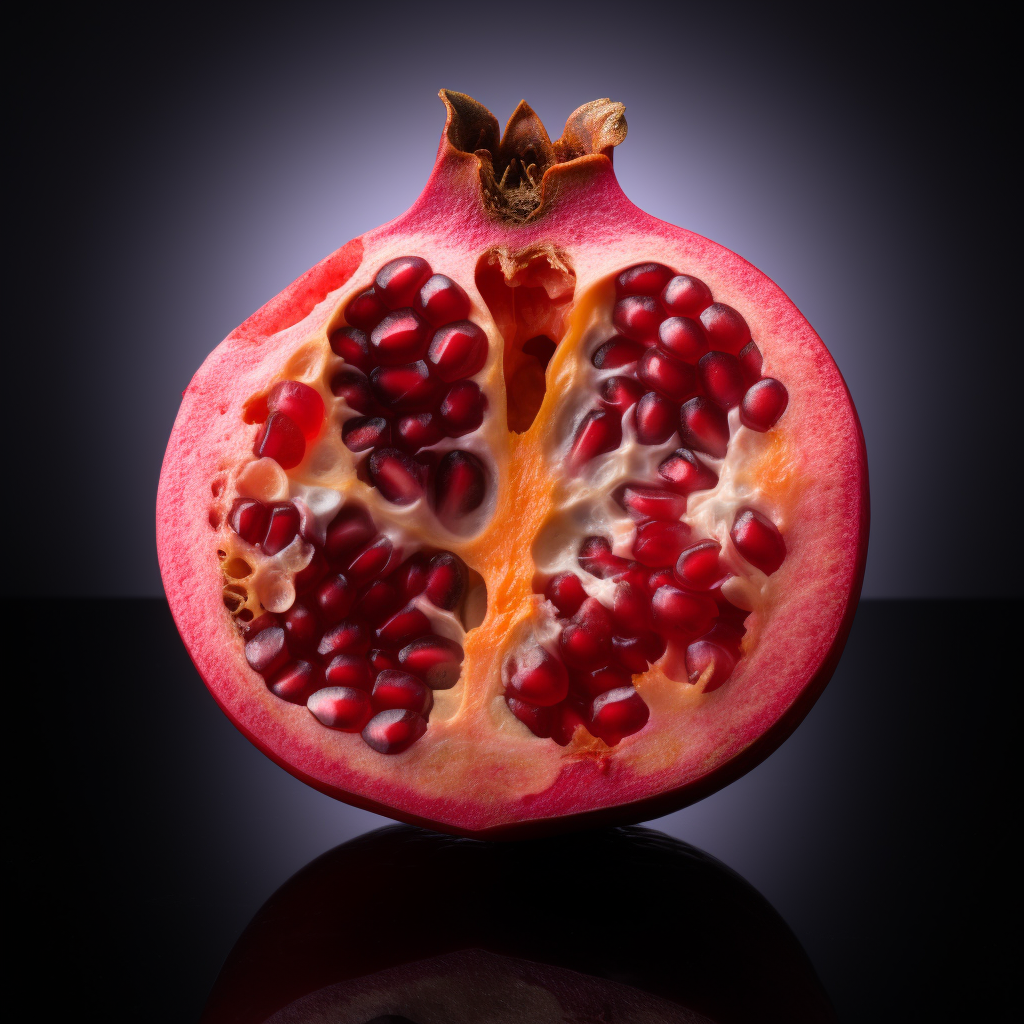
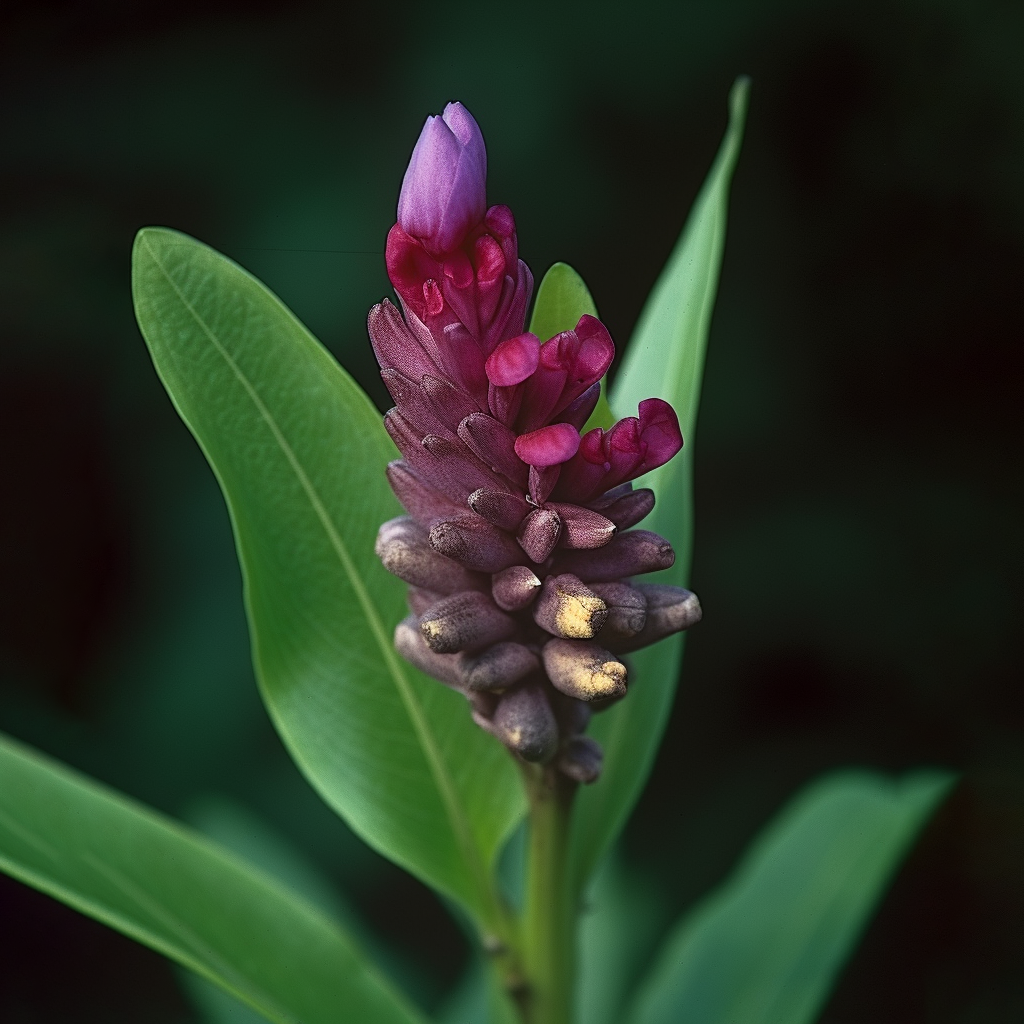
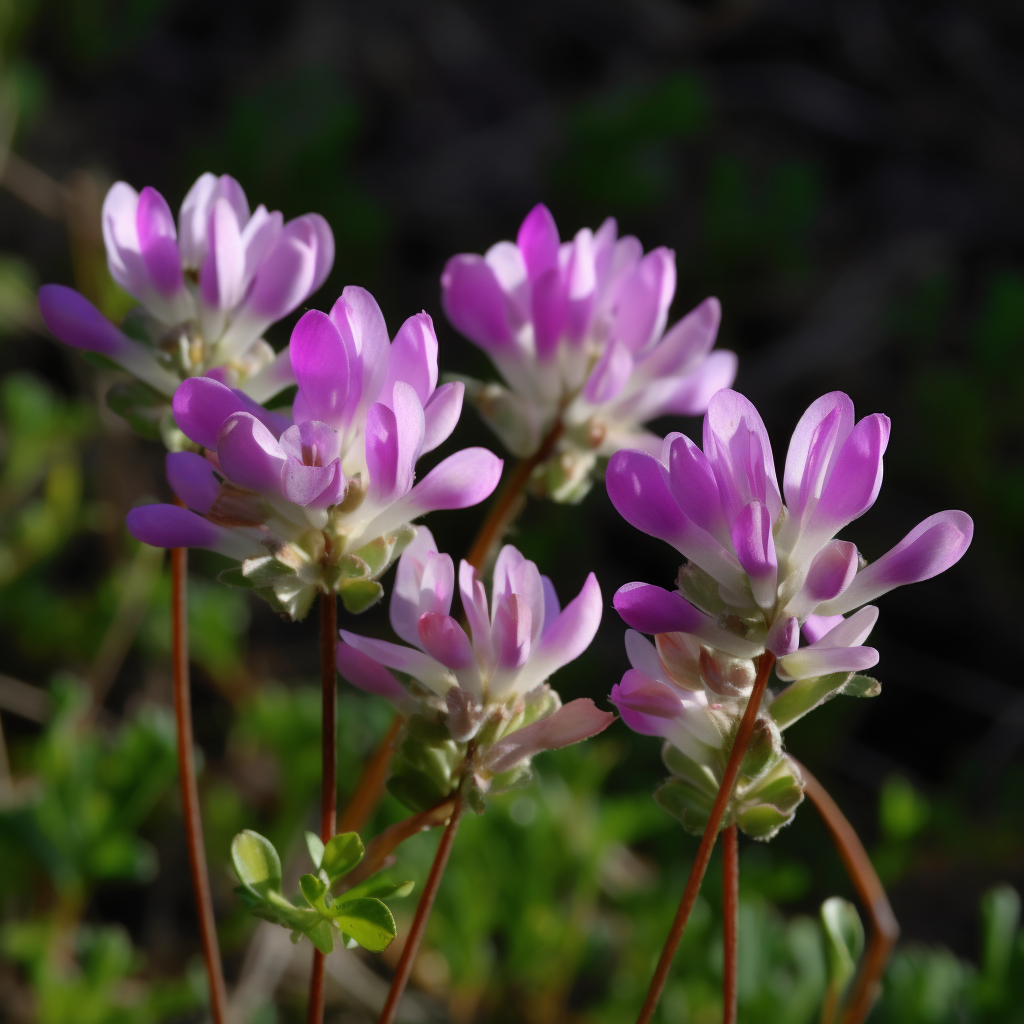

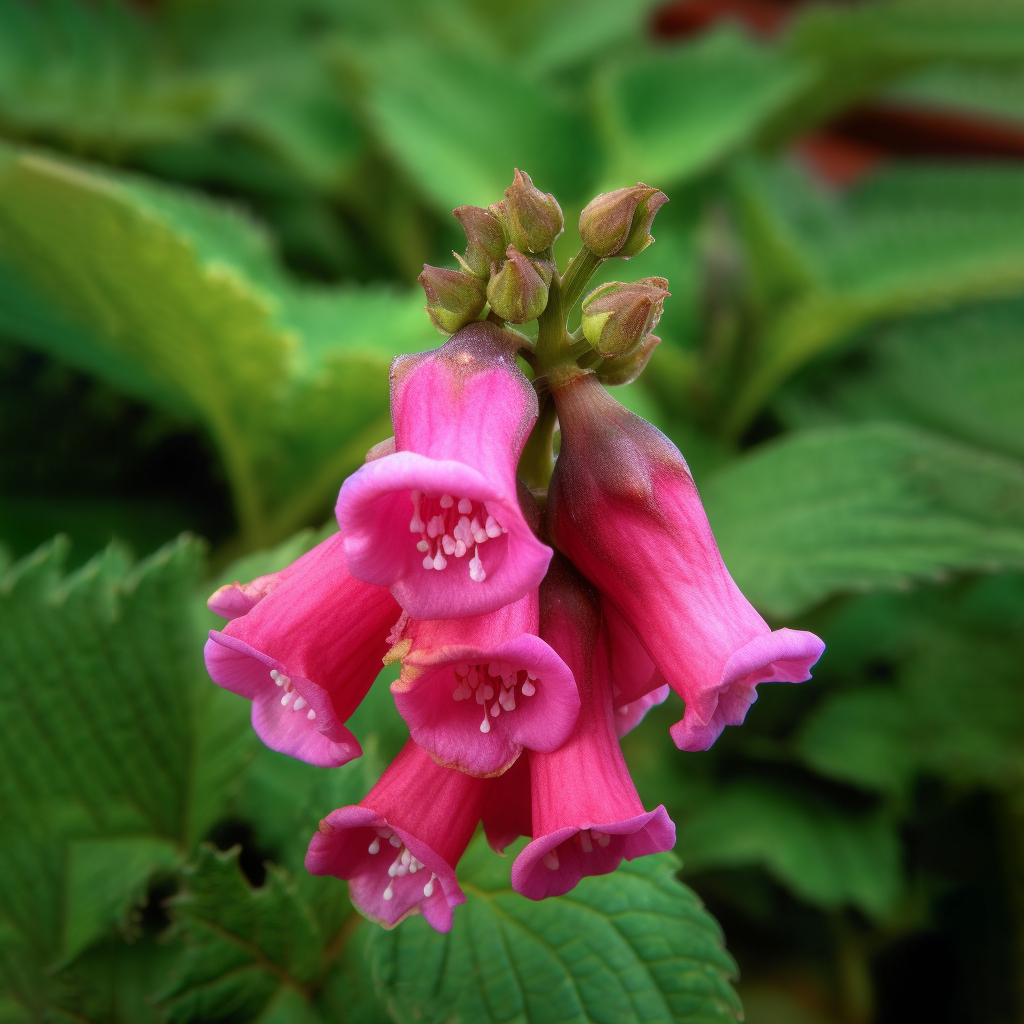
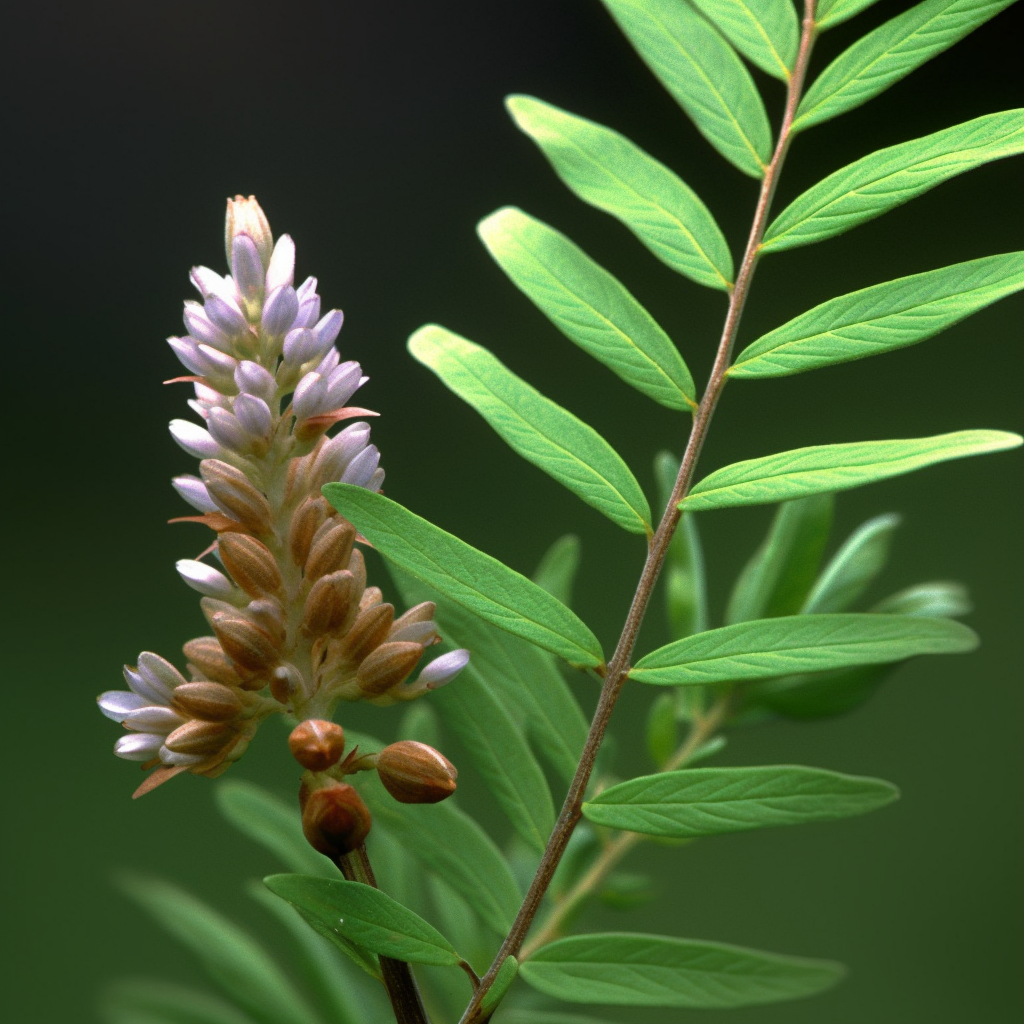
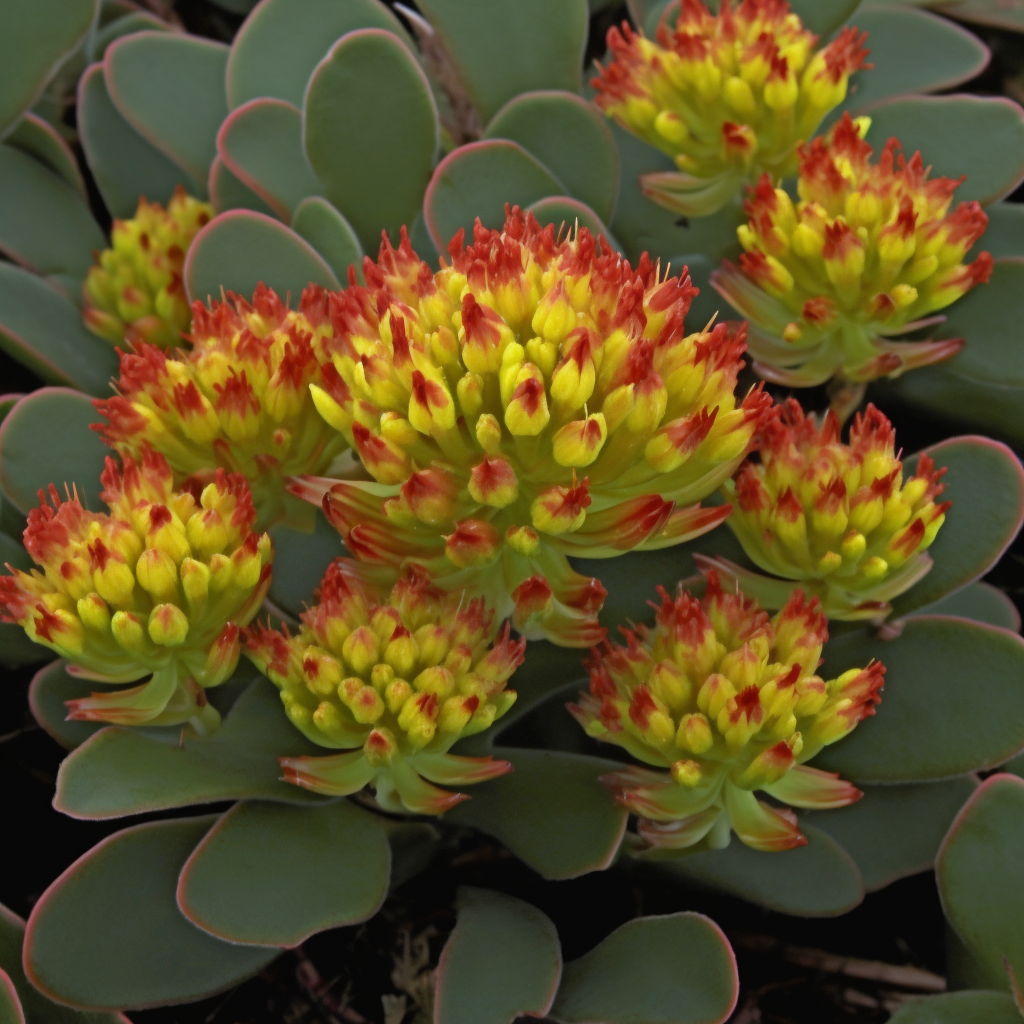
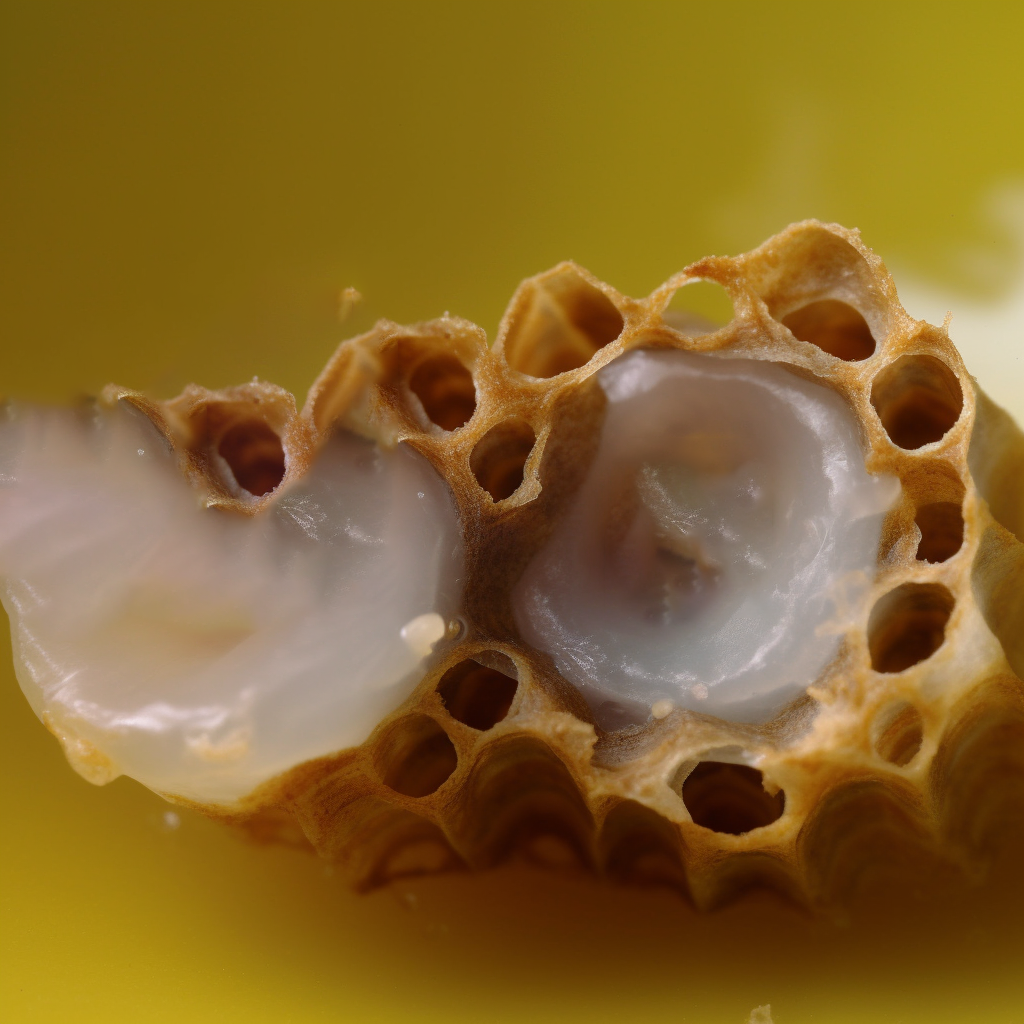
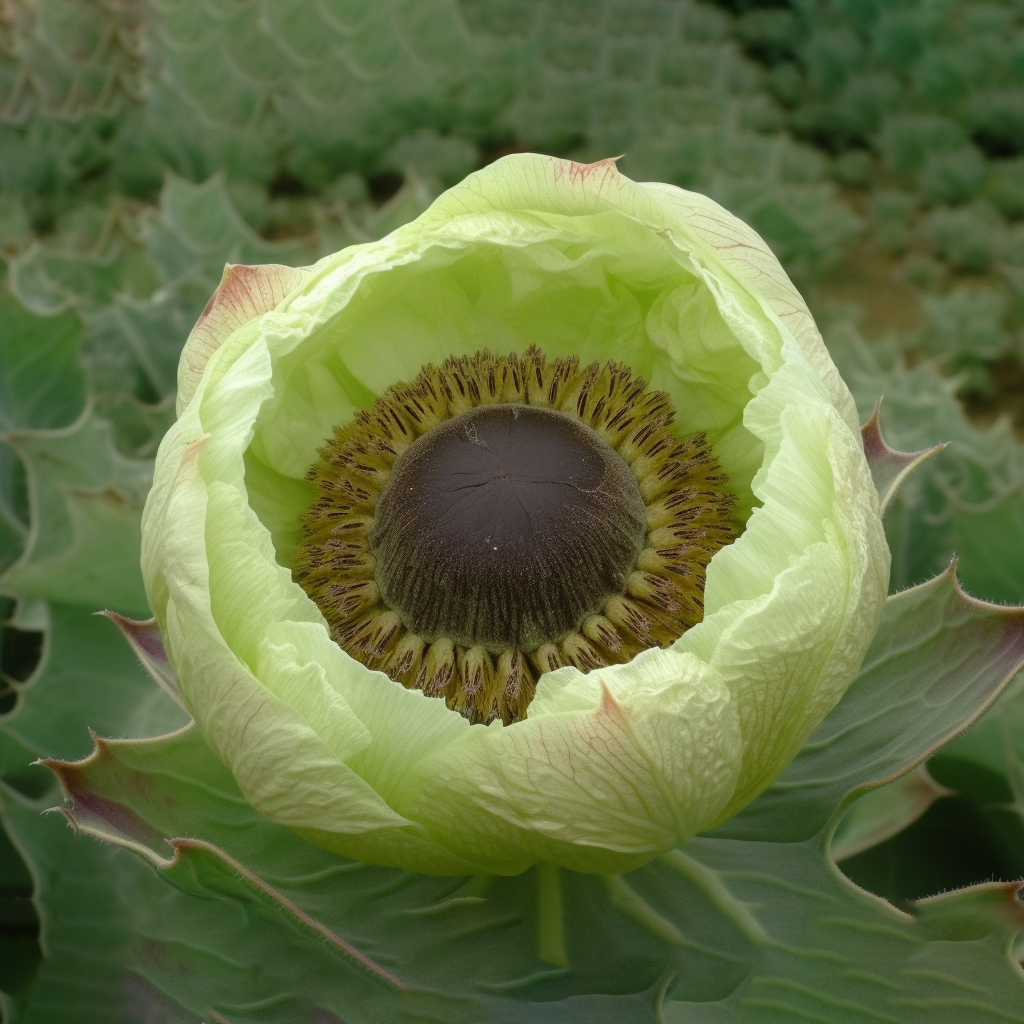
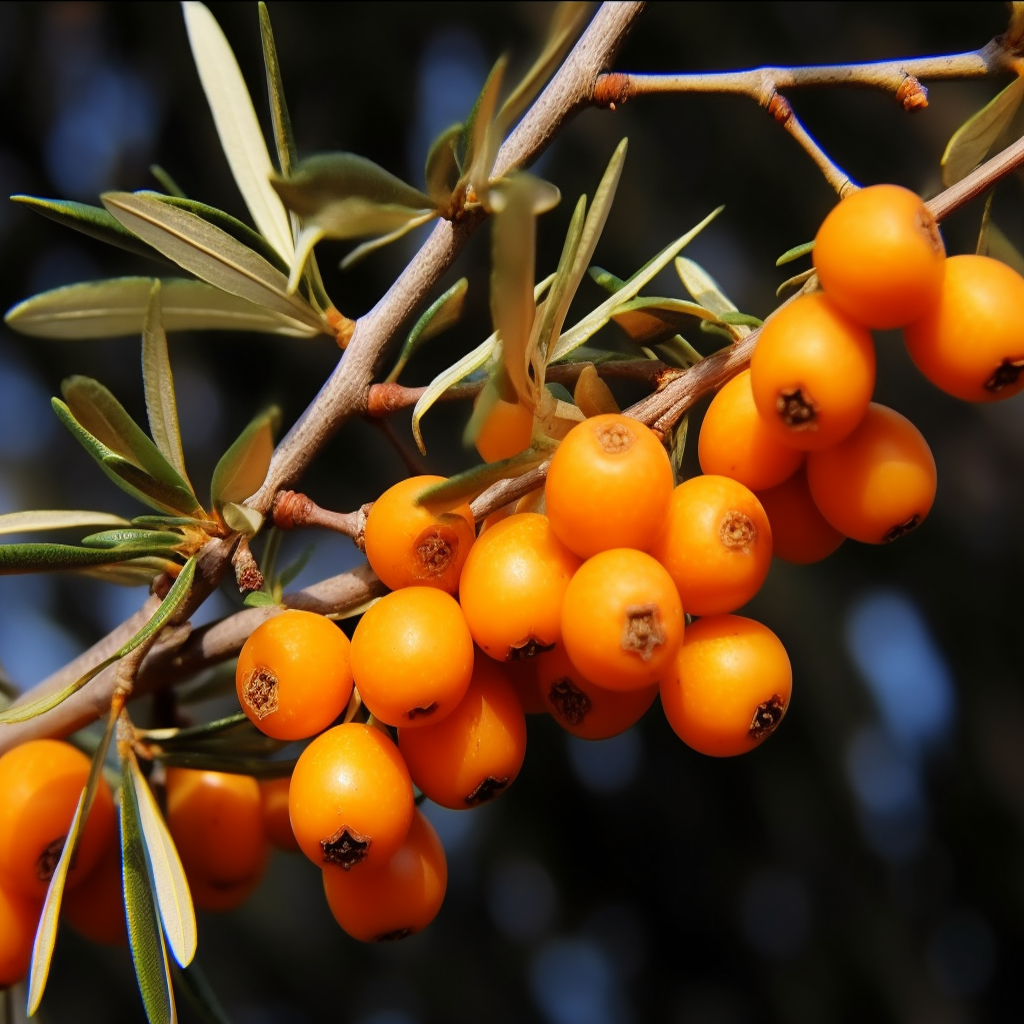

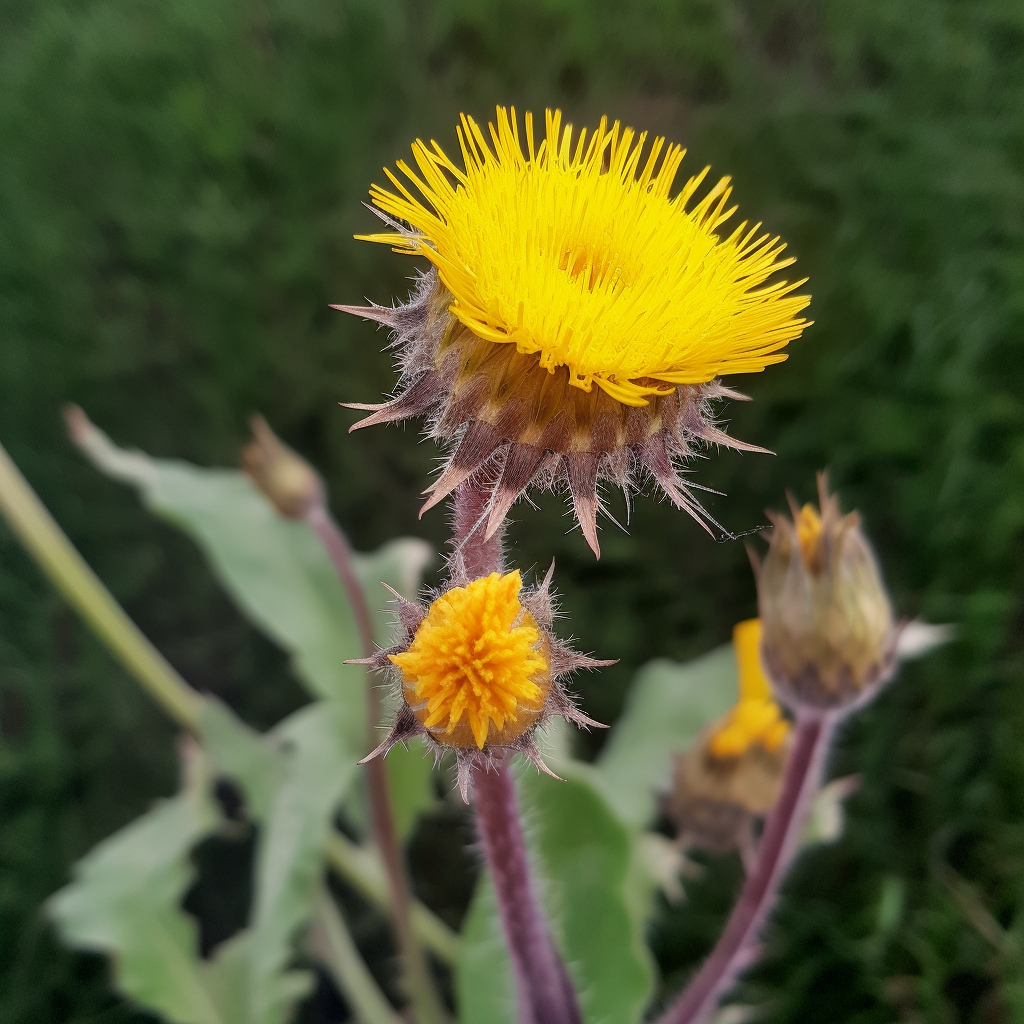
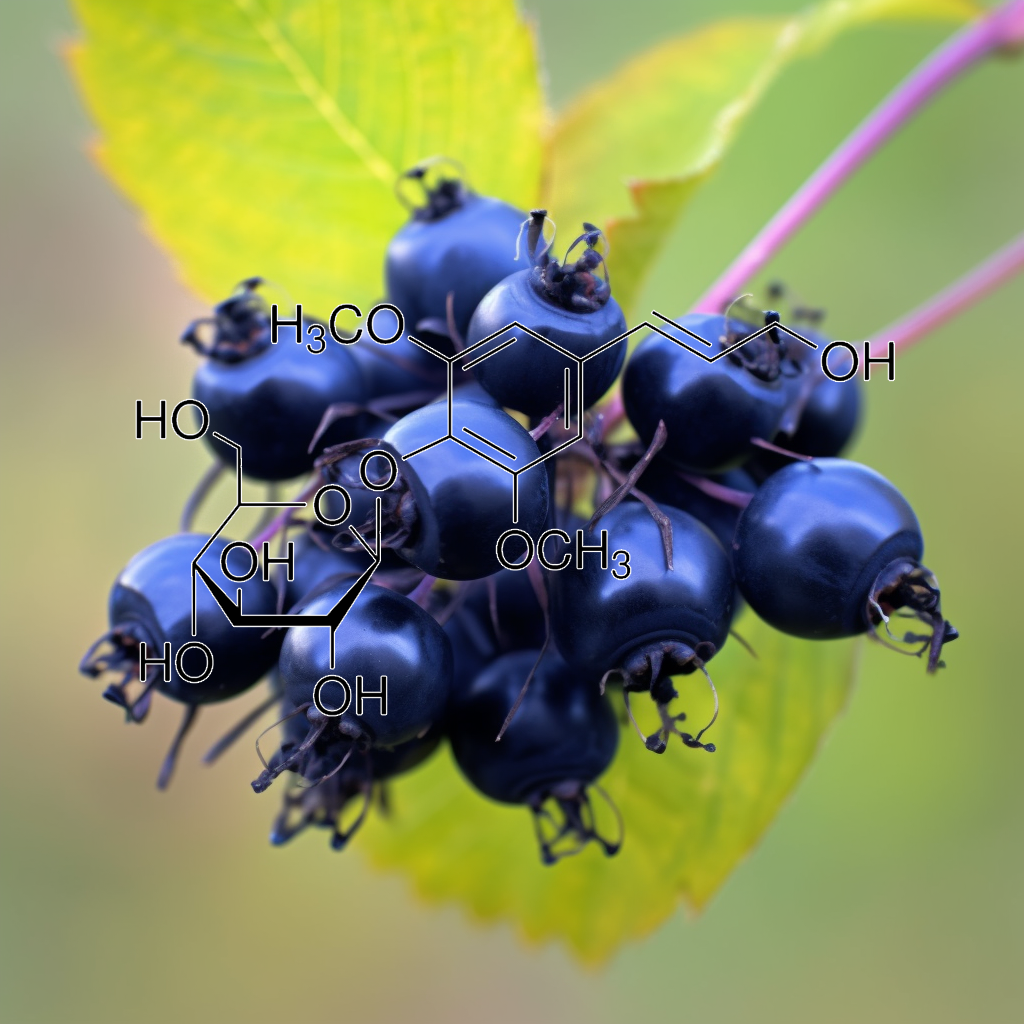
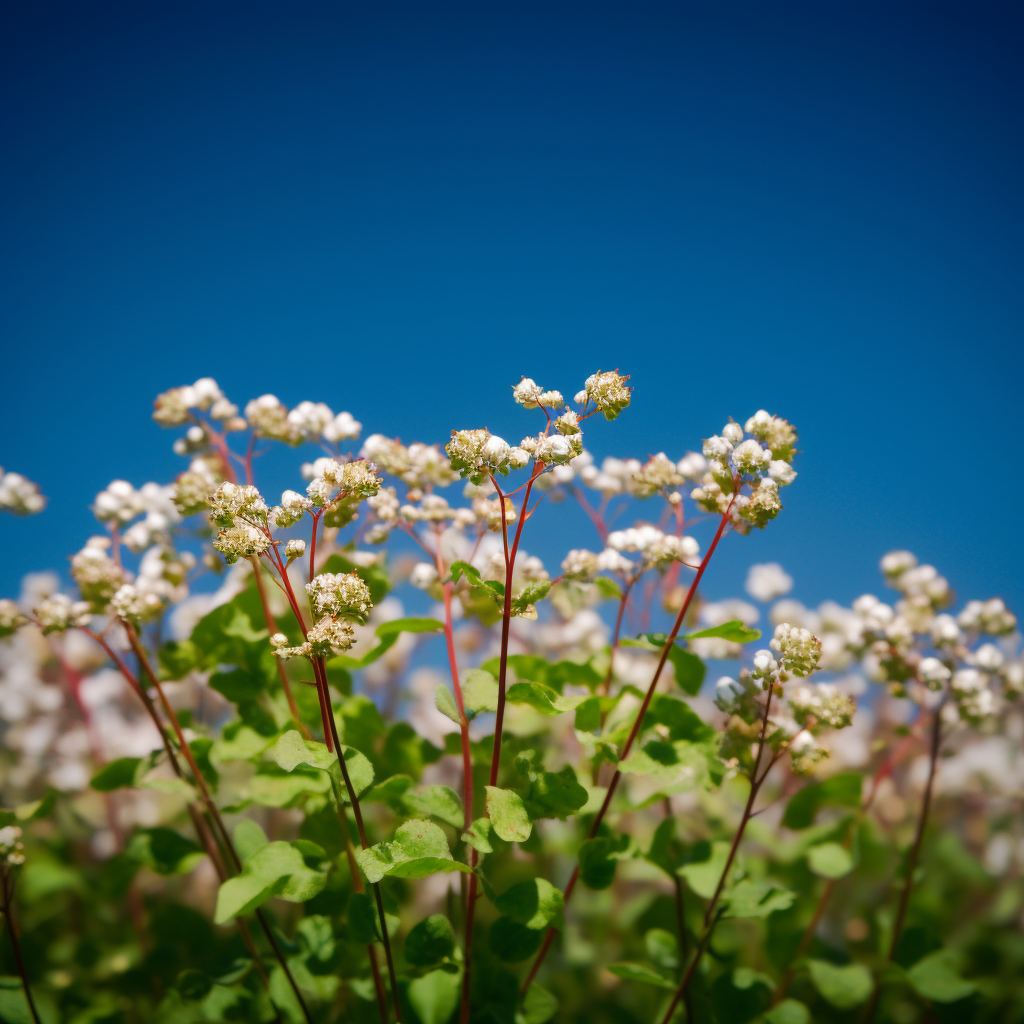
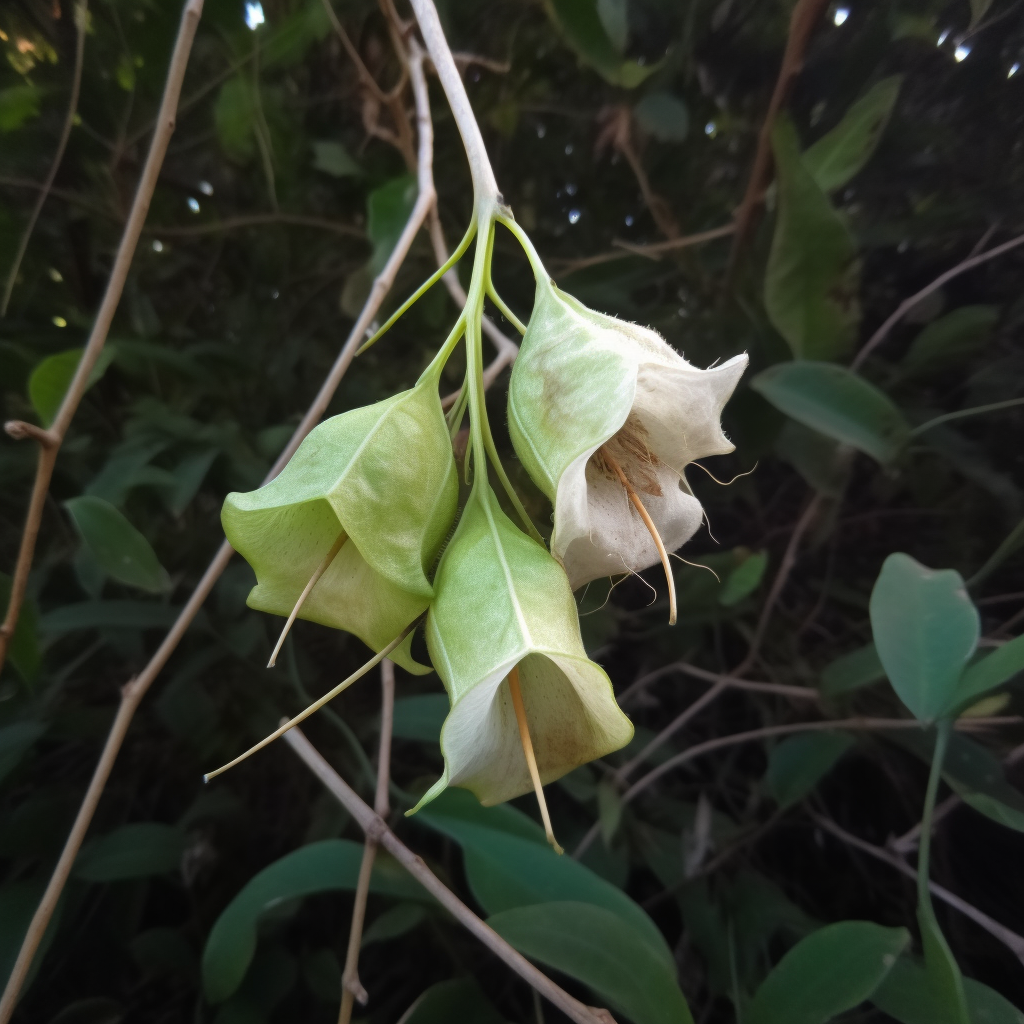
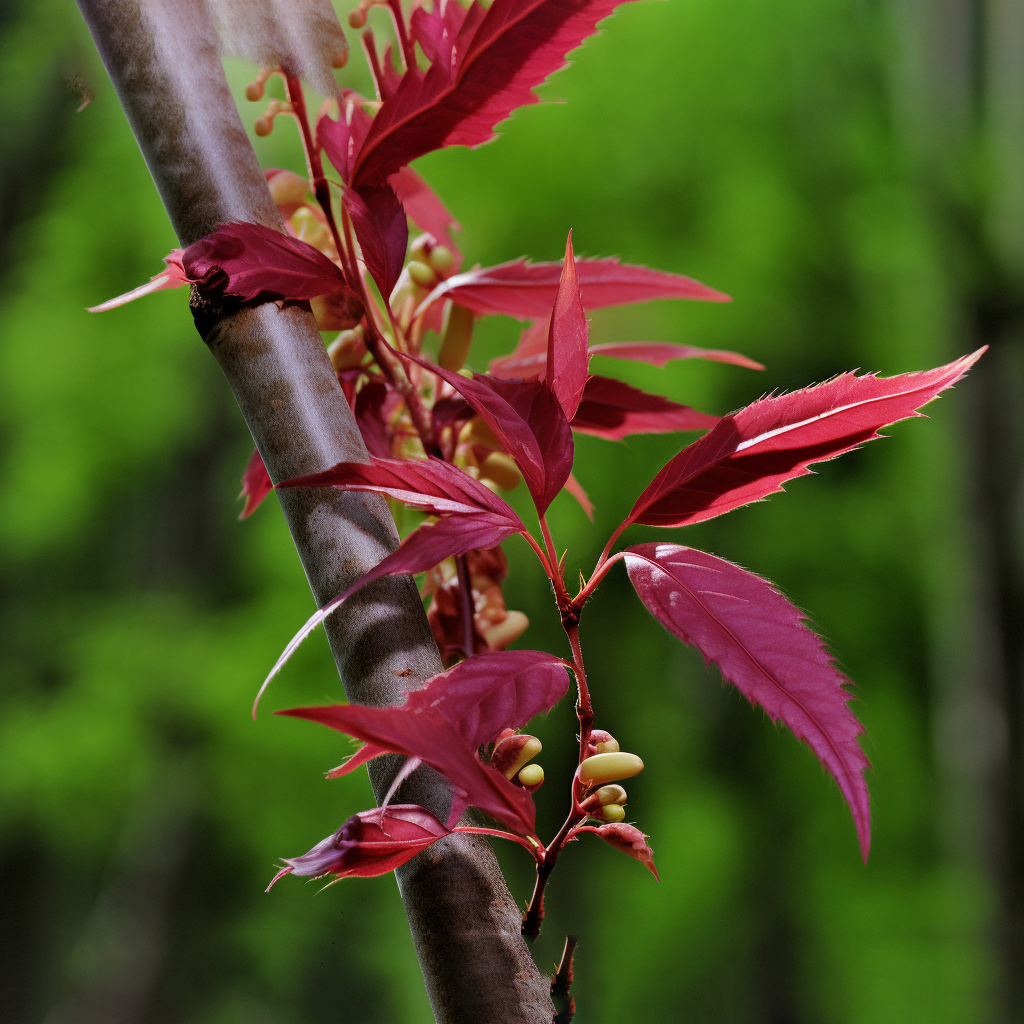
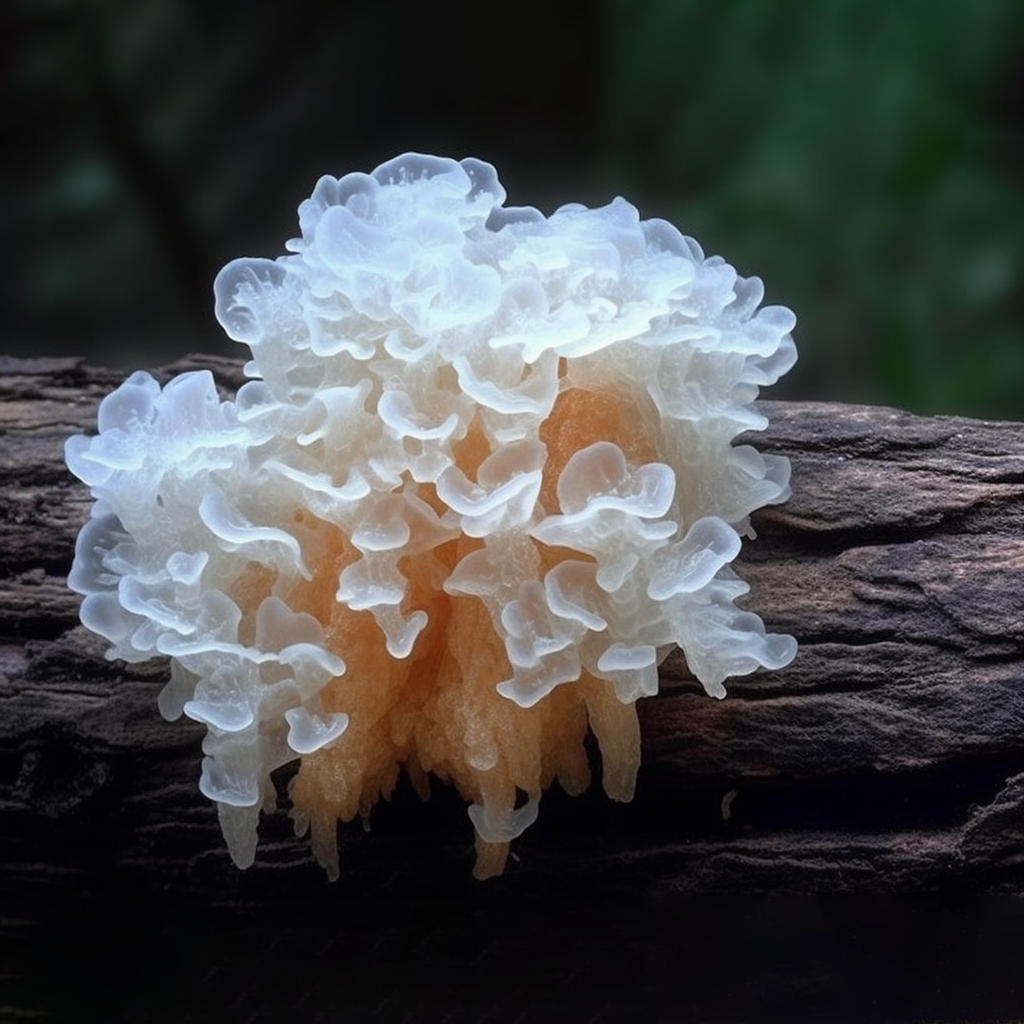
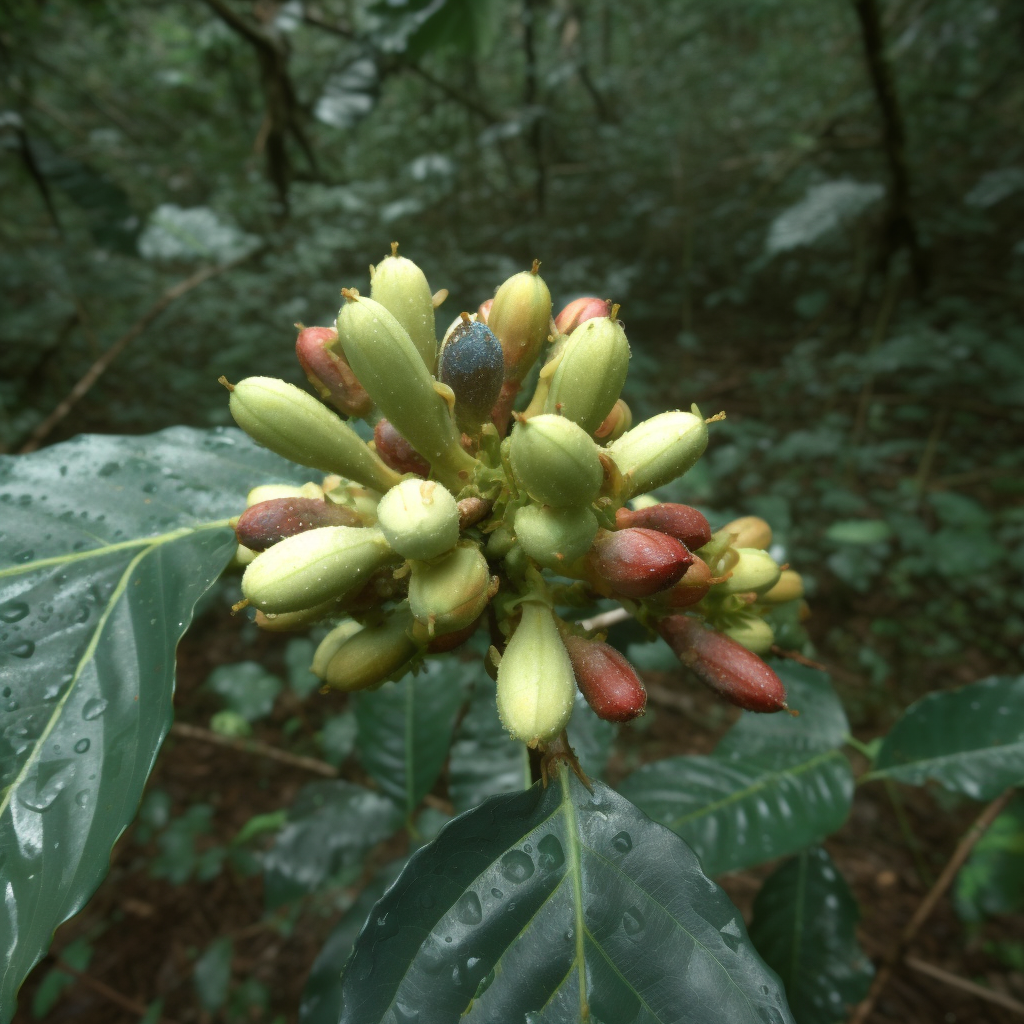
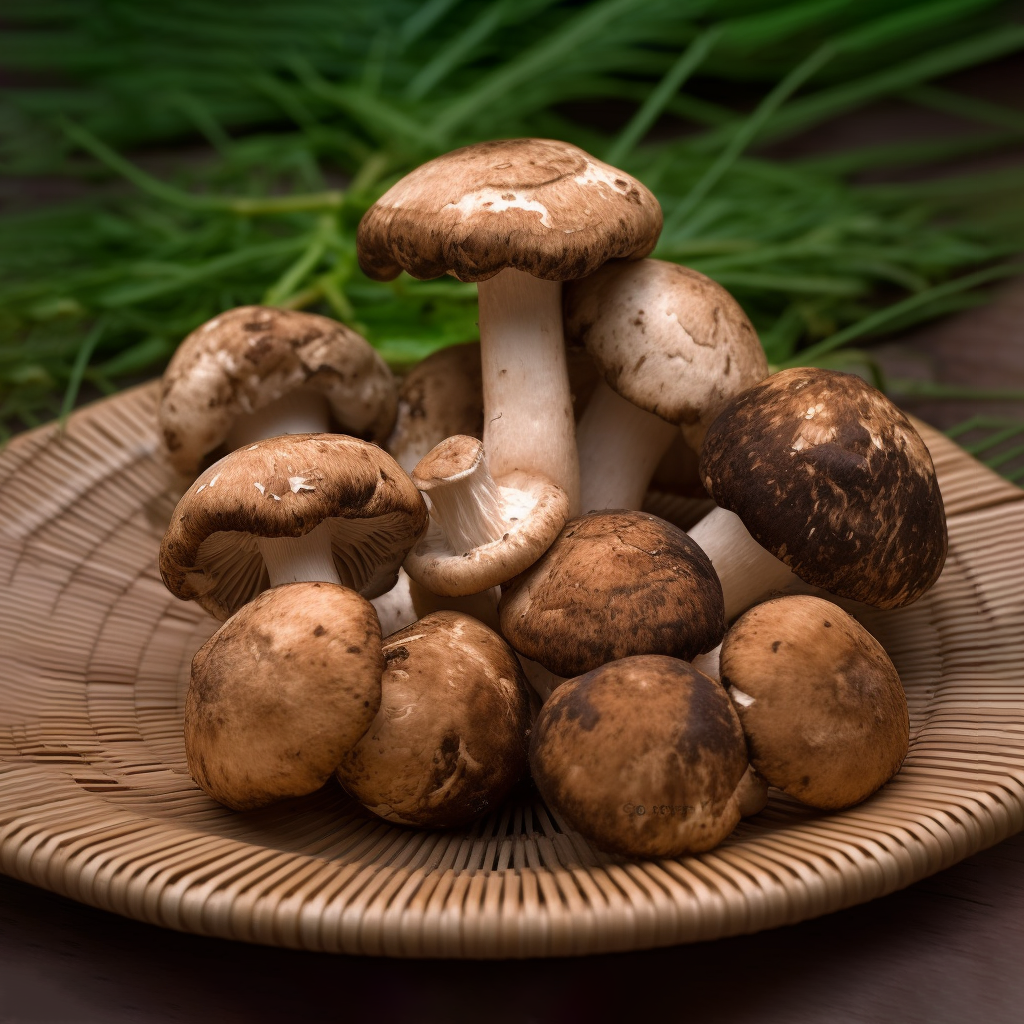
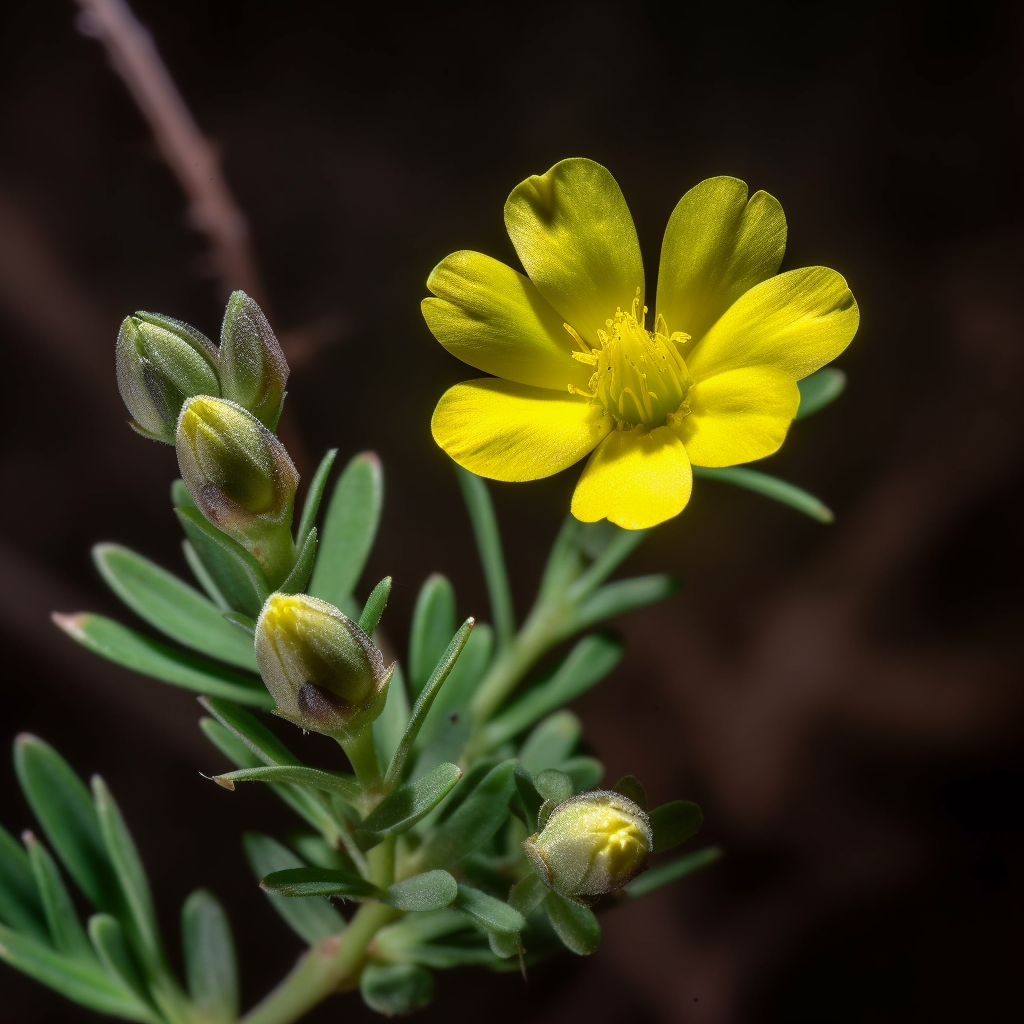
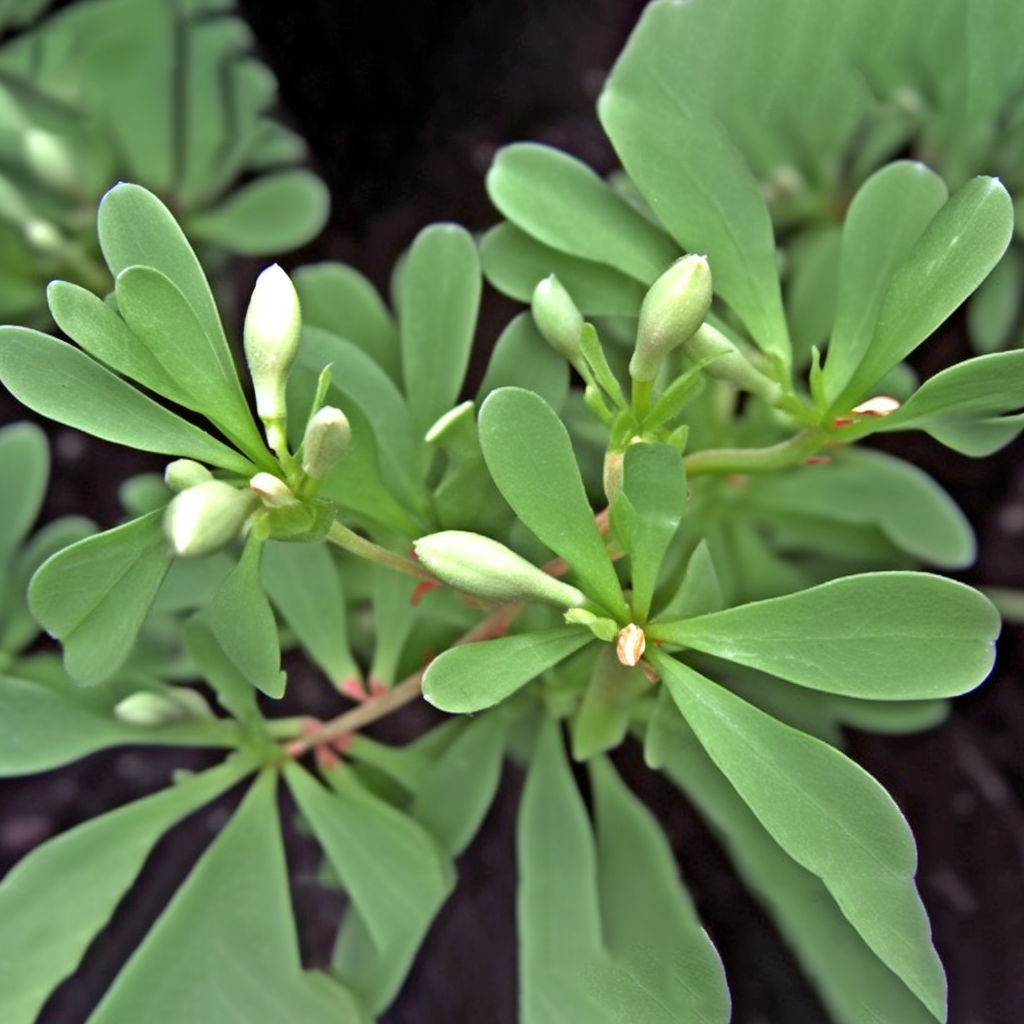
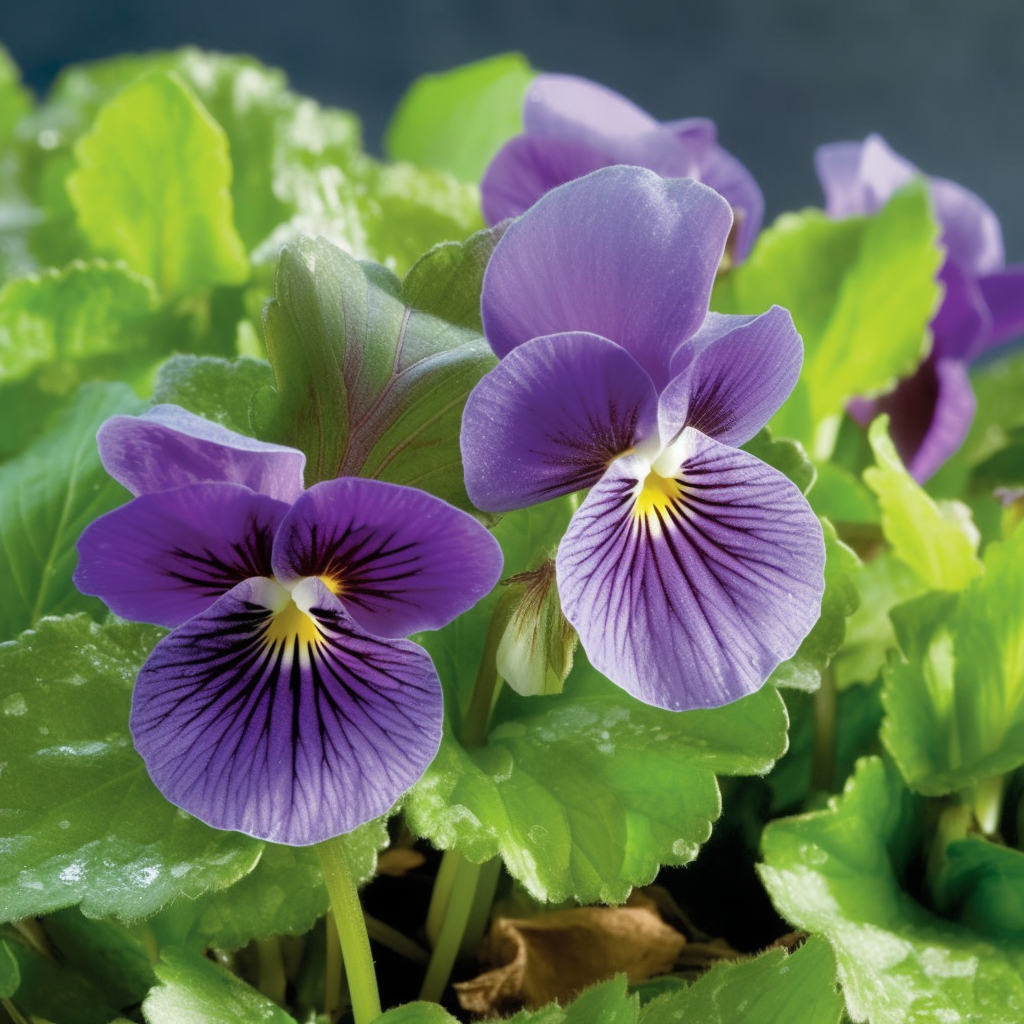
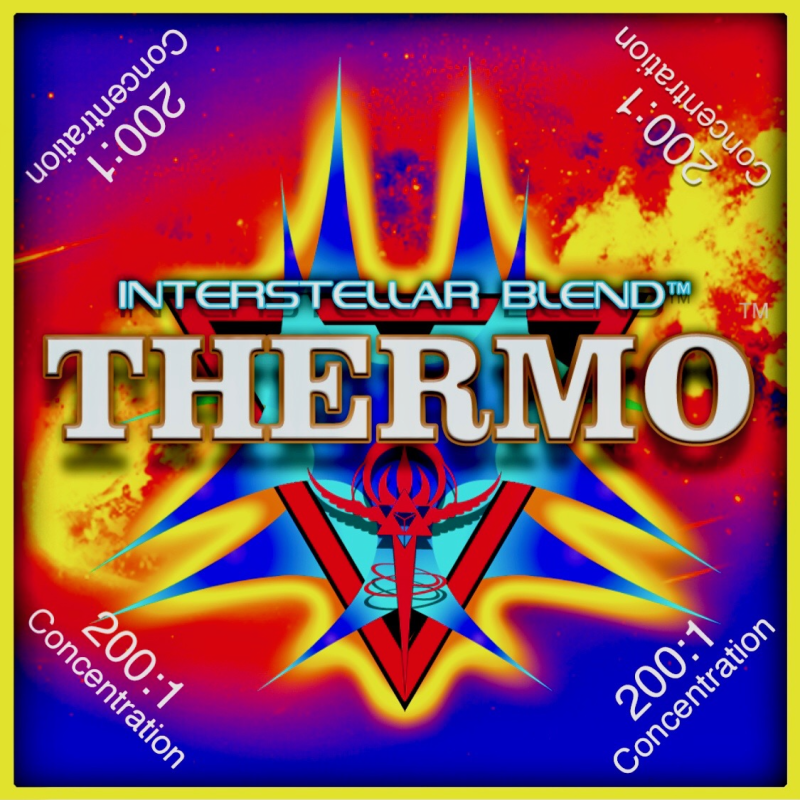

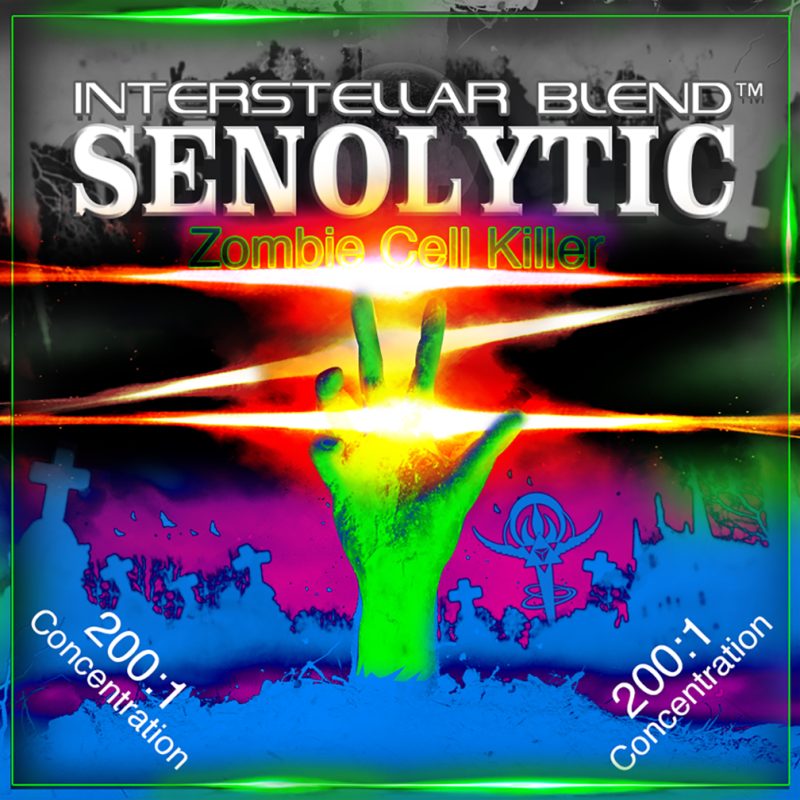



Dylan C –
I am a carpenter that works out in the sun for hours lifting, climbing, and constantly moving. Needless to say, if anyone knows how it is to be fatigued at the end of the day, it is me. From the first day I used the Anti-Fatigue blend I felt the effects almost immediately and felt it the rest of the day just from the first dose! After about ten to twenty minutes after taking it, you begin to have a sort of giddy feeling that increases into a euphoria sensation. You begin to feel very optimistic and excited about the future.
After testing it out before hot, strenuous days at work, I noticed that I was just not getting tired at all! In addition, I was able to concentrate on my daily task in an exceptional way as a result of not being distracted by how rigorous the work is. I would plow through work without even realizing how much time had gone by because i was unaffected by the demanding conditions. What surprises me is that if you take it in the morning, you will feel it all day long!
Other prominent effects include enhanced hearing and vision. I was shocked by how well I could hear the world around me and how detail everything appeared to be. It takes music to a whole other level as you notice many of the ins and outs of a song that went unnoticed before. This is probably one of my favorite blends for the reasons discussed. It’s almost as if it has features of many of the other blends all packaged together. I don’t think this formula could have been made any better! Absolutely incredible!!!
Jonathan Perrin –
I just want to say that Gavin is the FUCKING GOAT!! These herbs are absolutely unfucking believable!! Anti Fatigue is unreal! I didn’t have ANY caffeine, just the herbs and was wired all day long! It’s hard to pick a favorite blend because they’re all amazing! I told Gavin he needs to chill on making so many bangers because my wallet can’t take it anymore. My favorite stack so far is combining Trinity, Nebula, Autonomous, Rewire, Matcha, 7 Sages, Thermo, and Luteolin. You will feel BETTER than the guy from the Limitless Movie! Not only are all of the herbs outstanding, but the information and science he has on his website will literally blow you away! If you follow his protocol that he has on his website, and take the herbs that you gravitate the most towards, its impossible for you not to feel like you’ve never felt before. Before I first purchased his products, I was HIGHLY skeptical because I’ve been let down SO many times with supplements before and couldn’t believe feeling this amazing was possible. Boy was I WRONG! If you take the herbs the way he says to, (first doing at least a 3 day dry fast and then following the 22/2 protocol) you will feel superhuman! I suffered with high anxiety, depression, low confidence and after taking his herbs and following his protical, I feel like a totally different person! Not only does he offer amazing products but he invites you to join his private group where he answers ANY and EVERY question you have about trying to fix whatever problem you’re buying the herbs for. Customer service and his products are the Rolls Royce of this industry. I will be a life long customer and I’m extremely grateful and blessed to have found his company. I’m now the person I’ve always wanted to be and thats thanks to all the hard work Gavin and his team has put into making all of these amazing herbs. Thank You for changing my life for the better!
Jeremiah Burns –
This might be my 3rd or 4th review I’ve written and rightfully so! I believe in these blends like I believe in my life! I’ve tried every blend he’s created and just got my hands on Anti-Fatigue.. I always say I’m gona give it a few days to see the effects, but like all his blends they hit from the start! Just took my first loading dose – it’s like a mix btw the calmness of Trinity, the focus of Rewire, and the Pain management of Ascendance😳
I’ve been so worn out lately and dragging ass! Had a pain in my back and couldn’t fully get a breathe! All gone! Didn’t realize I had a headache for weeks and it’s gone.. This will be added to the arsenal of blends I take(20 plus) daily! Excited to see this one at work the next couple months! Gavin- my man! As a loyal customers thank you for all you do!
Jeremiah Holguín –
ANTI FATIGUE
I respectfully preface that I am a real person and if you join the telegram group I will talk to you ad-nauseam about these products: I stand by the honor of my very word. 11 months ago I nearly died. I experienced brutal chemical exposure that almost killed me and completely bricked my neurological, cardiovascular, hormonal systems, REM shot immediately that effect alone nearly drove me crazy it took the fullest extent of my knowledge base as a regenerative medicine consultant to keep myself alive. Long story short I got a chance to really test the full gambit of interstellar products which I had already been using for about a year and a half prior: as close to 22/2 as often as possible / 88/8 on a fairly regular basis.
ANTI-FATIGUE is a new addition to my stack at the time of writing this I got to test some of the first public batches.
The official review:
Thank you Gavin and the entire interstellar team.
End of review.
LOL
But seriously I have tried almost all of the other interstellar blends at this point and this one takes the cake. It is My favorite interstellar blend – hands down honest to GOD. it goes with everything.. really, give it a shot can’t go wrong use as needed.
it’s effects were so very much appreciated after many many many months of debilitating fatigue from the chemical load I experienced.
It now is the heart of My favorite everyday blend: EKG + NAD + ANTI FATIGUE + OBESOGEN (EDC) BLOCKER + SPICE
Rich Ryan –
I sometimes get fatigued at work (construction) on a long afternoon, or after having eaten a heavy dinner the previous evening (fried foods or too much cheese makes me tired). Normally I use SuperNova to perk me up, but I figured I’d give Anti-Fatigue a try.
Anti-Fatigue is like a gentle helping hand that keeps you going. When you’re expecting to be more tired on long days, but then you discover that you’re not actually that beat yet, Anti-Fatigue is the reason. A moderate dose keeps me going for at least another 3-4 hours on the job.
I haven’t tried multiple doses per day yet, but if I needed to pull a 20-hour shift, I think Anti-Fatigue would do it!
I actually tried a big dose (1/2 tsp) of Anti-Fatigue and SuperNova together to see what it was like.
WOO! LIT UP! BOOM!
Was laughing and rambling around work for hours. Might have been a bit much. LOL
I gave Anti-Fatigue a good test today, as today was hiking day in the mountains around Albuquerque. I was dead-ass tired, as I’d spent the previous day climbing up and down ladders. Feet and lower legs were hurting. I figured I’d just do a short hike and call it quits. However, I did 1/2 tsp of Anti-Fatigue before going. I felt tired as hell at the base of the mountain, but after about 20 min, my pace picked up and I just kept going and going. I actually got to the point on the trail which was my personal record, and I could have kept going, but it was getting dark so I had to head down.
Impressive!
I’ve noticed increased alertness and focus like others are reporting as well. It’s important to remain laser-focused when using power tools like table or miter saws, and Anti-Fatigue definitely helps with this.
This one is a keeper for me. I’m adding it to my usual stack of blends.
KILLER BLEND!
Matt Desmarais –
Another awesome and effective blend from Gavin and the interstellar team. ANTI-FATIGUE does exactly what it sounds like but in a powerful yet subtle way. This is no sugar based monster or red bull energy, it will hit you without realizing and you’ll have a natural energy and alertness. I was anxious to try this blend, and when I did I wasn’t sure if I could really feel any difference until I realized I was half through the work day without any muscle pain or tiredness. I really love the subtle energy boost I get from this blend and it’s instantly going into my list of must haves. Love mixing ANTI-FATIGUE with GAINZ for a gym session, and you’ll notice you can push those few extra reps like it’s nothing. If I’ve got a long day of heavy labour at work, I just take some ANTI-FATIGUE with my lunchtime coffee and other blends, and while the rest of crew is having fast food sweats and lethargy, I’m gaining a clean natural feeling energy boost for the afternoon. It also works well to eliminate brain fog and slow mornings. Overall it’s another 5 star blend from Interstellar and I highly recommend it for mental or physical energy and alertness
-Matt